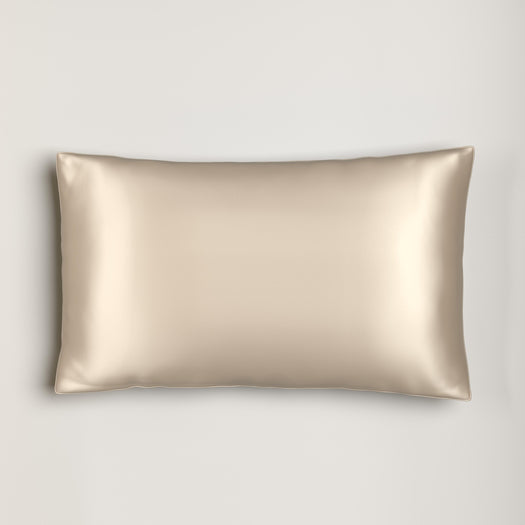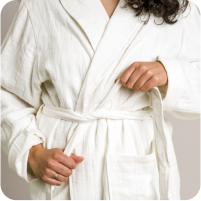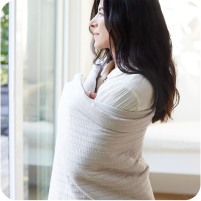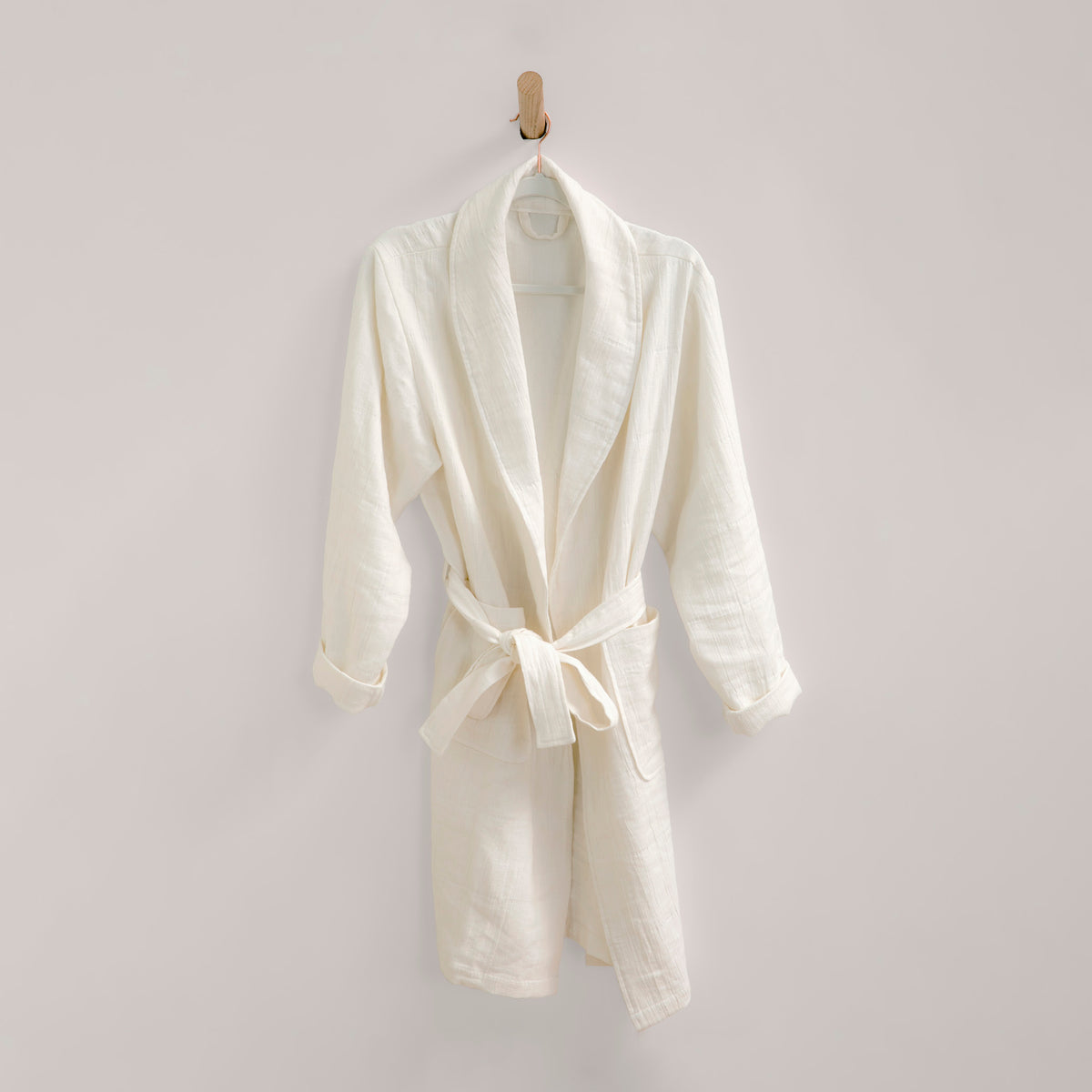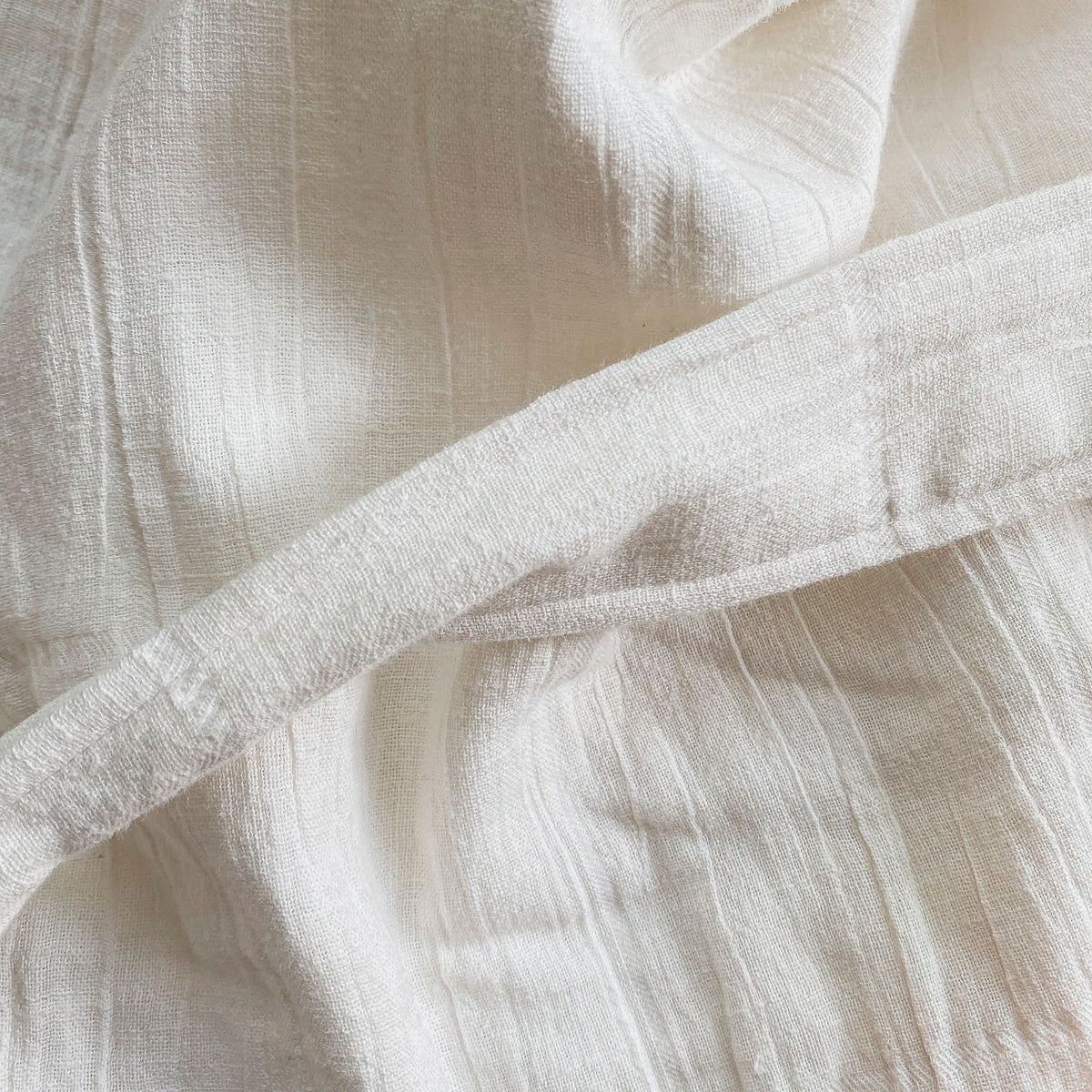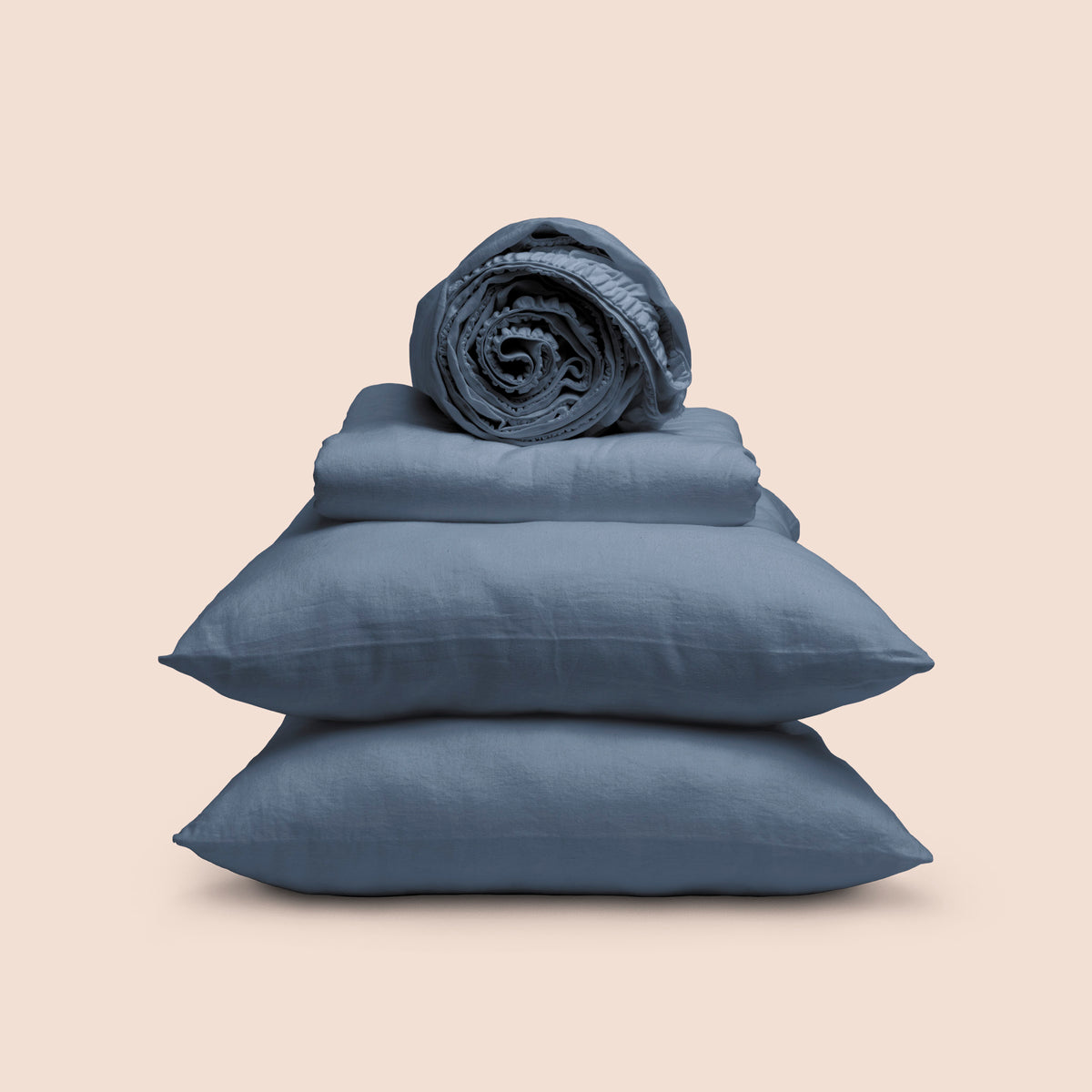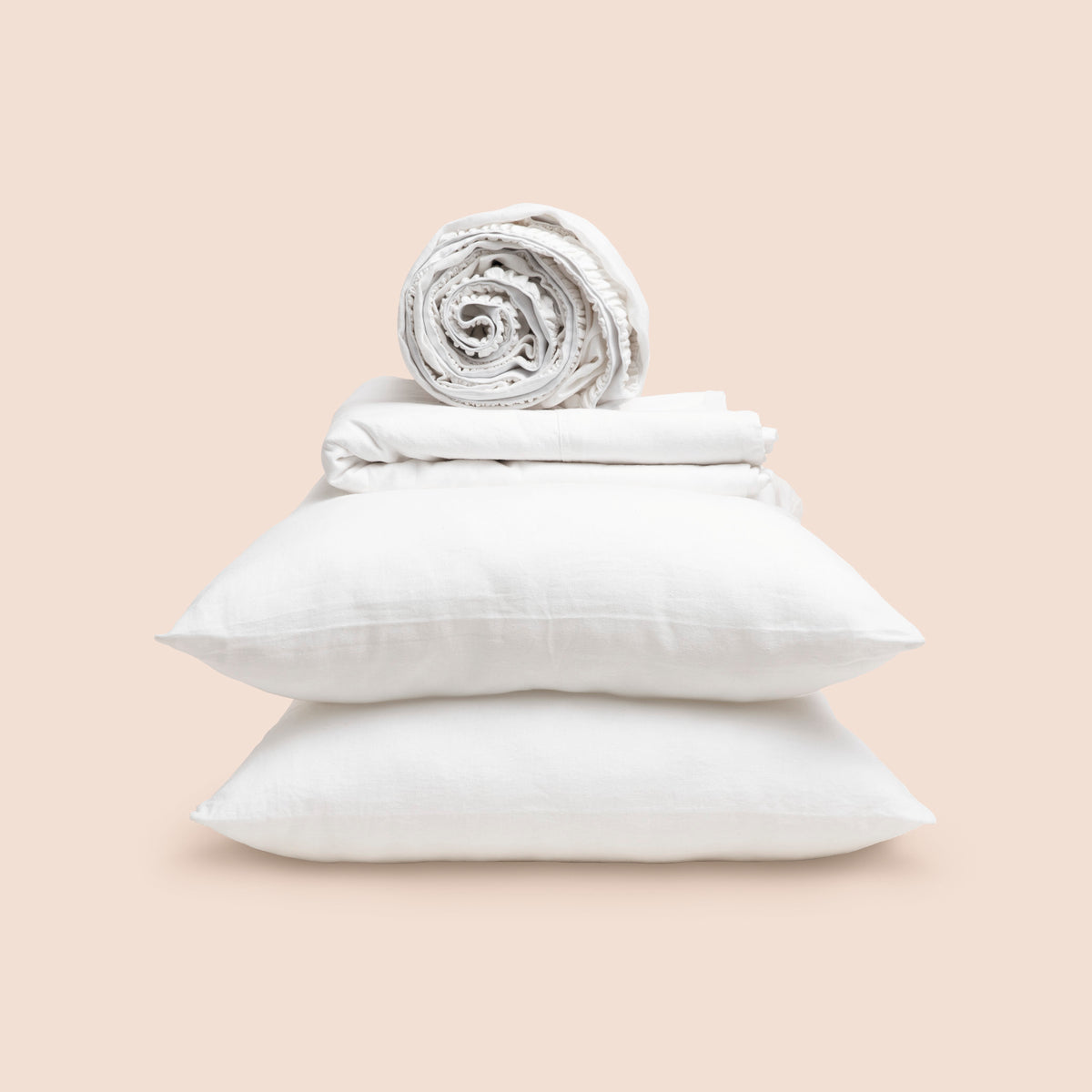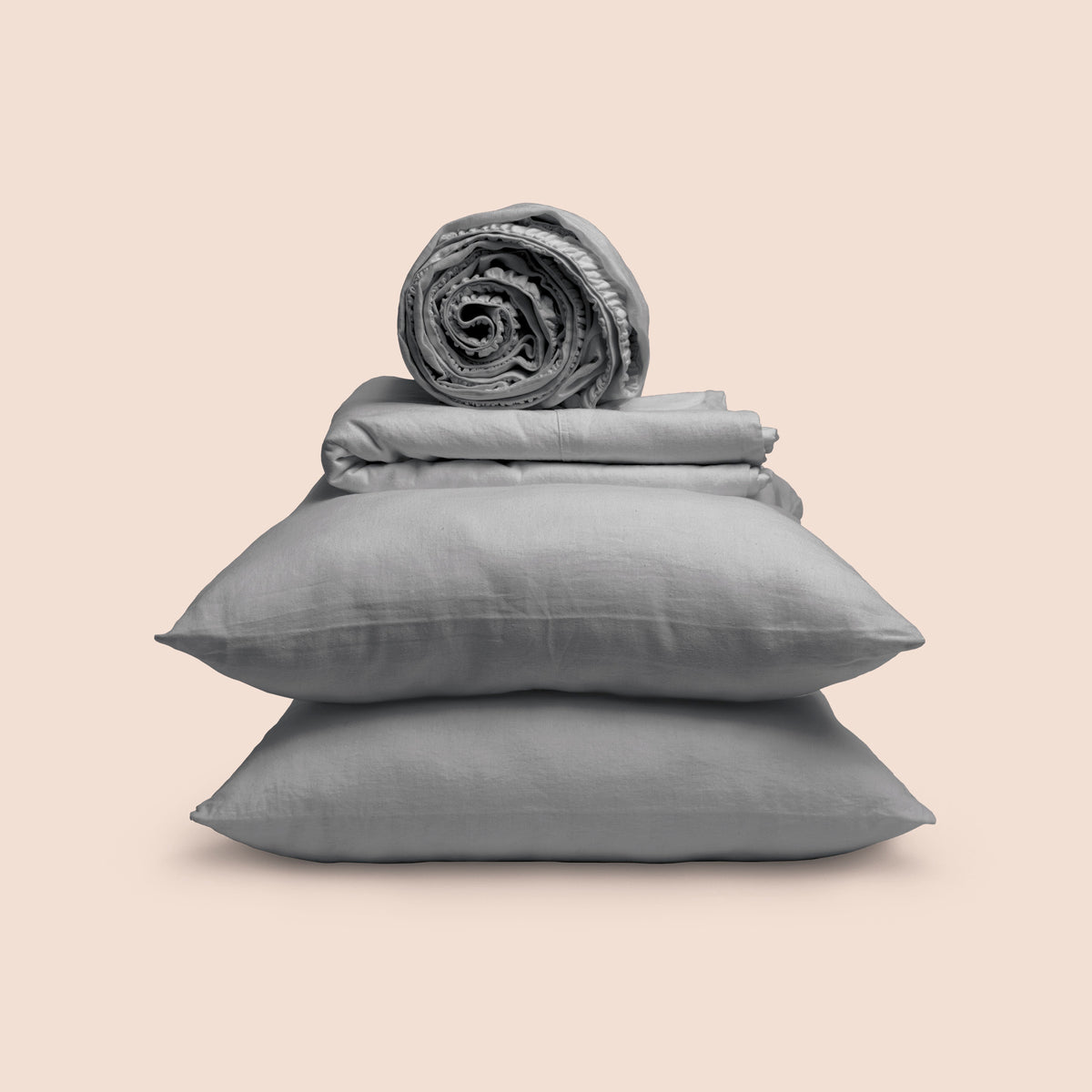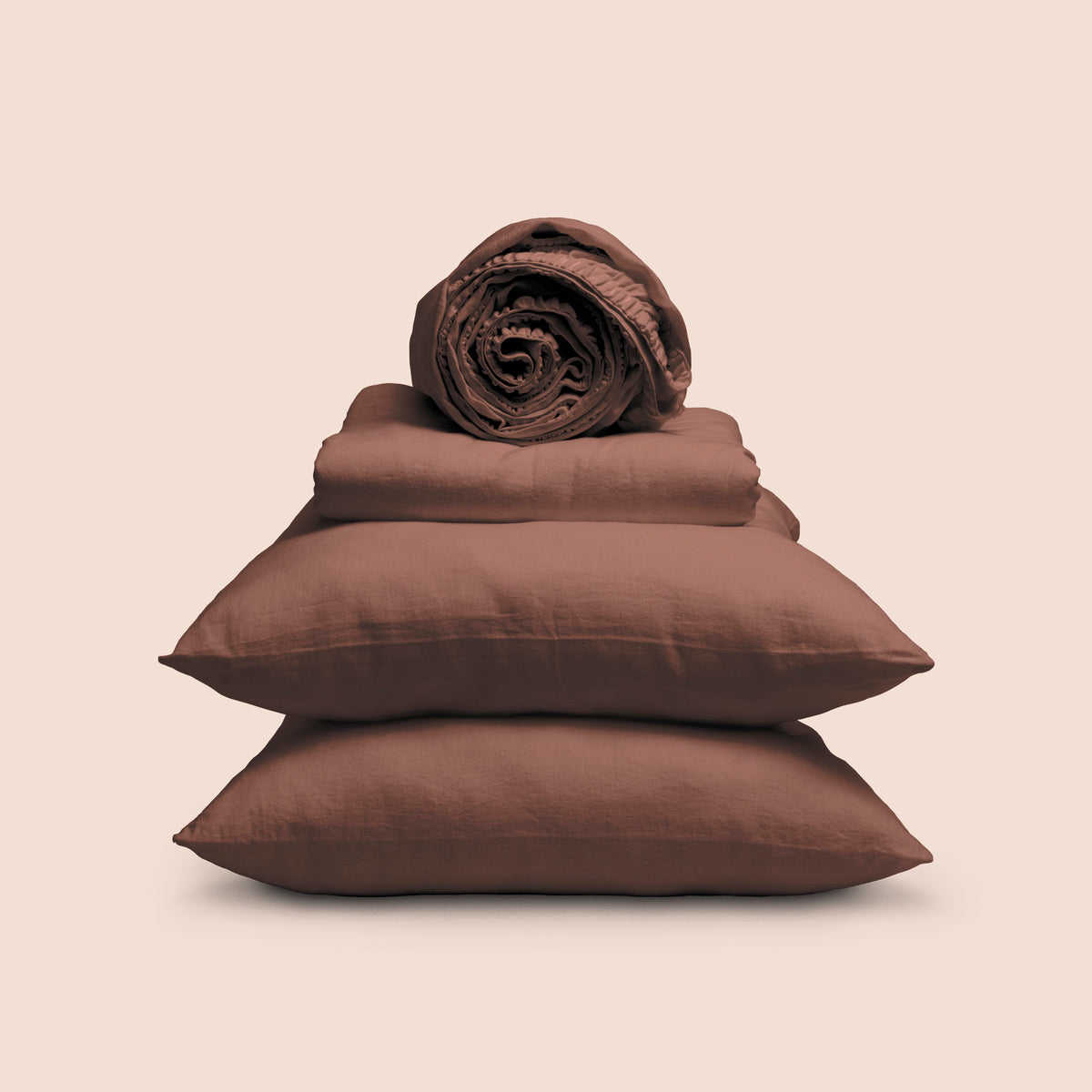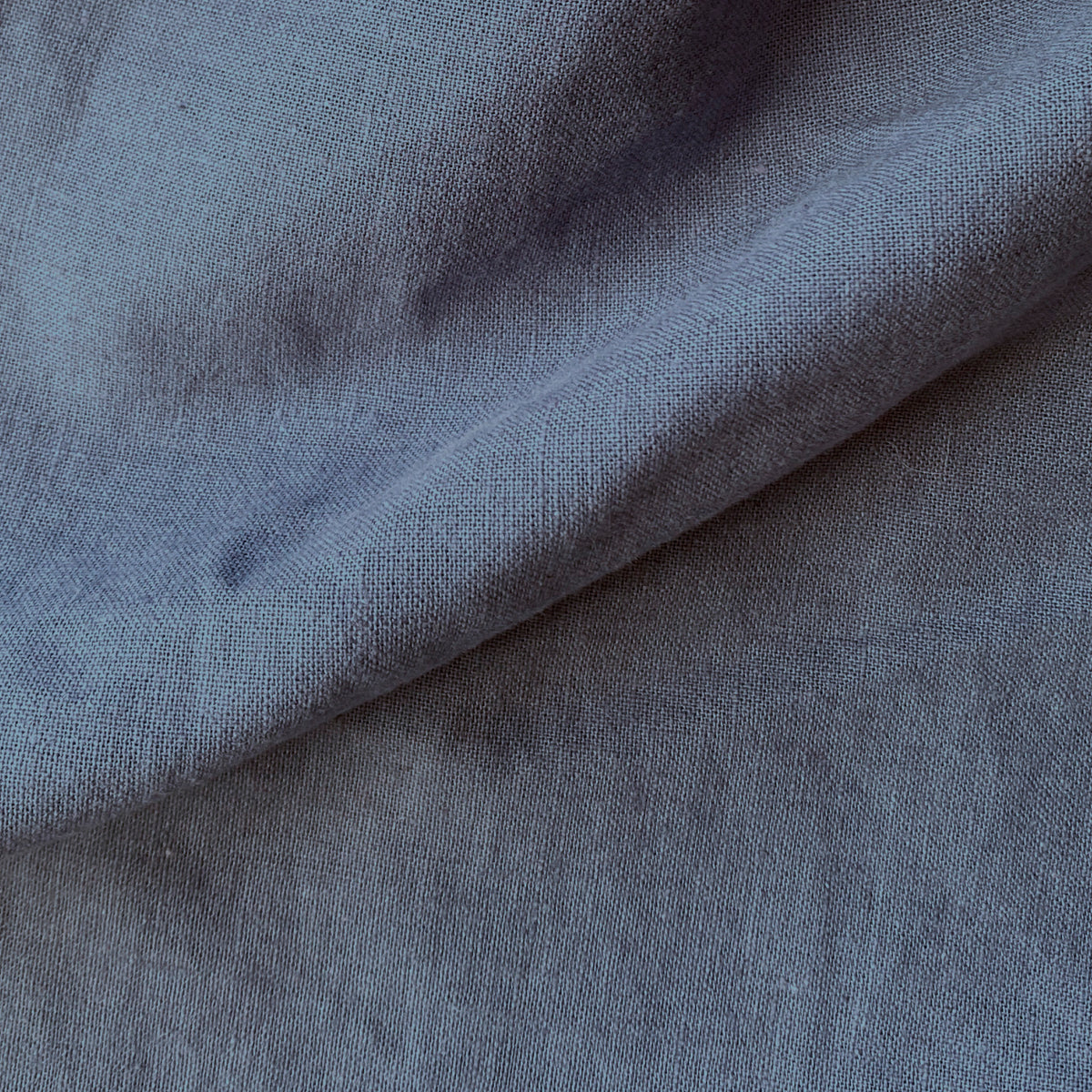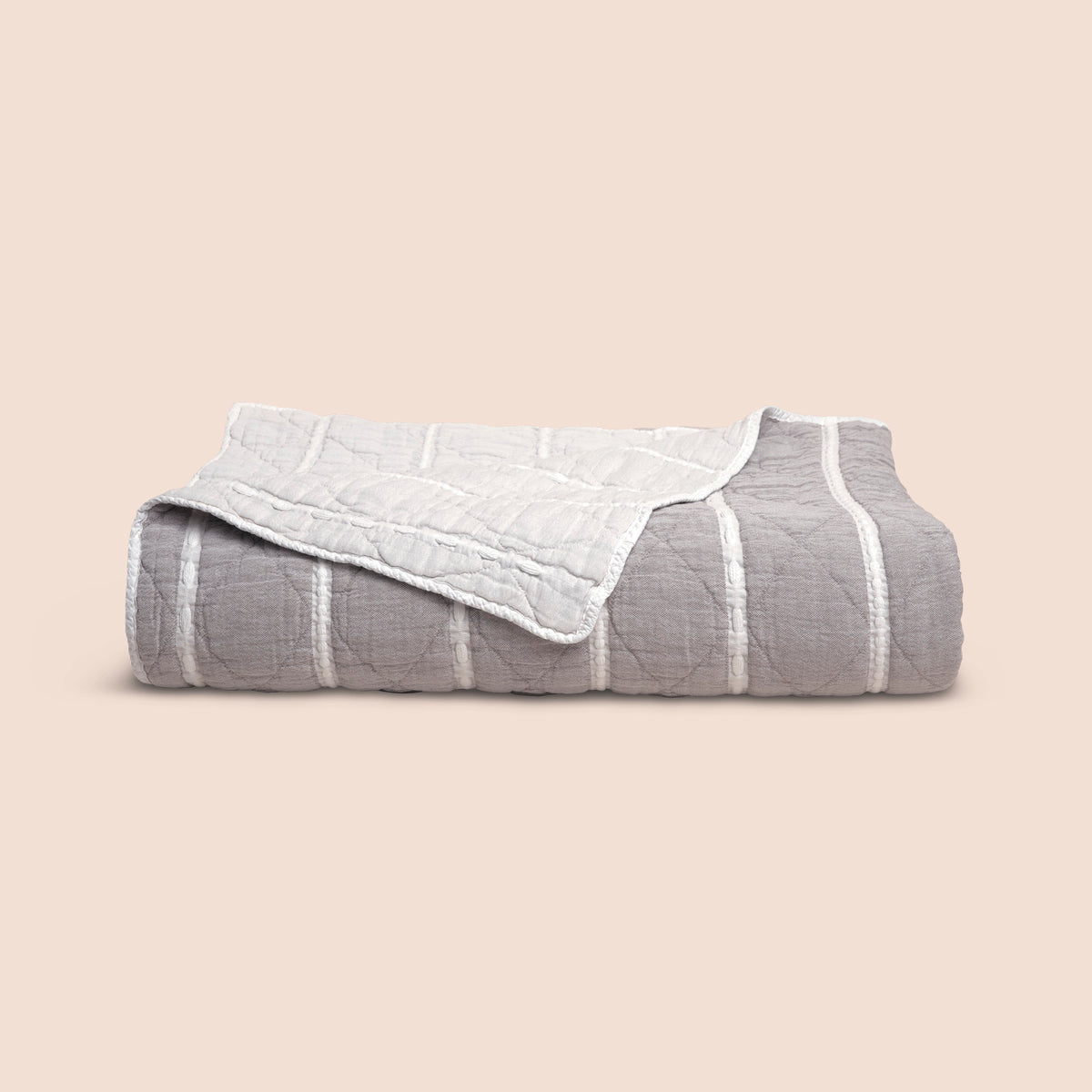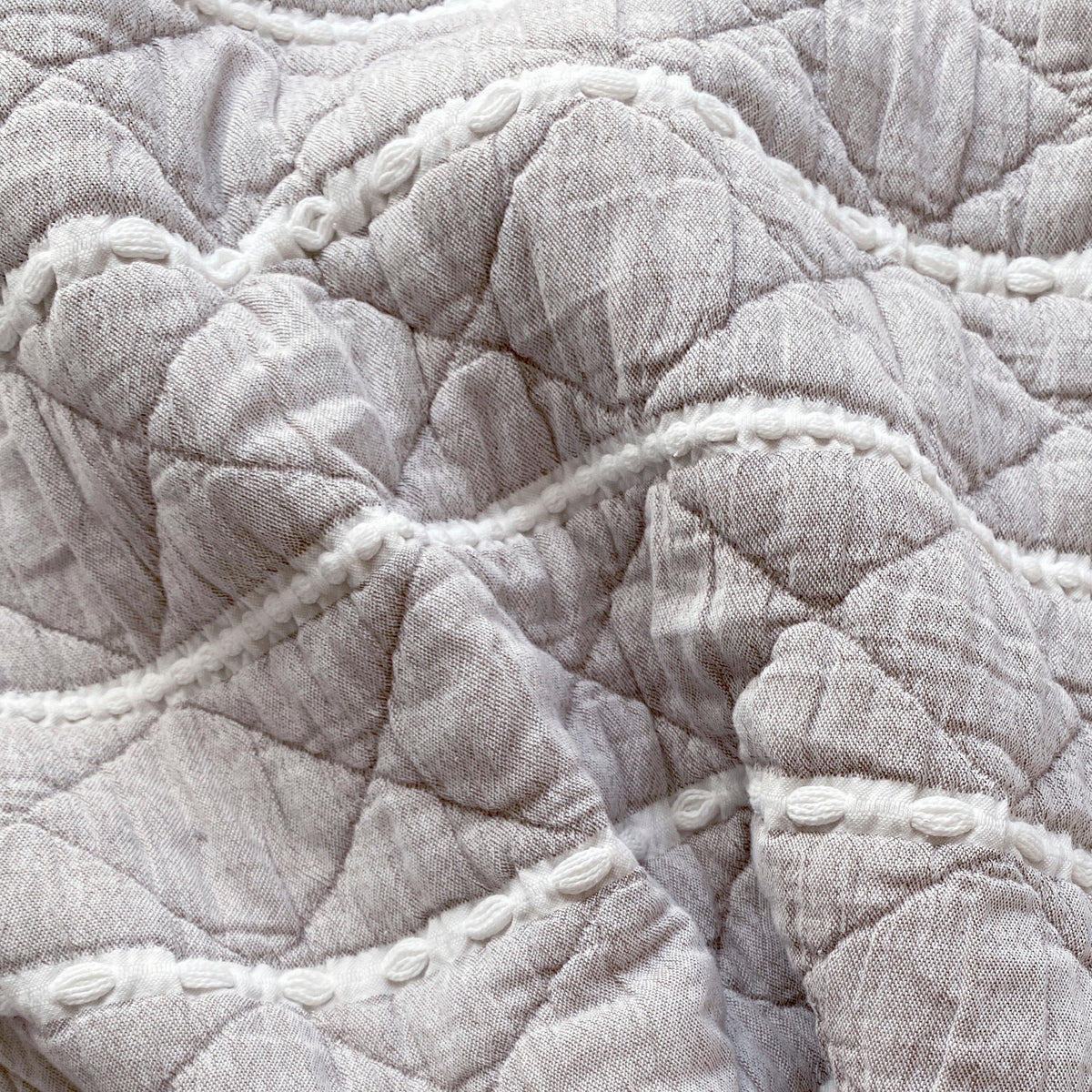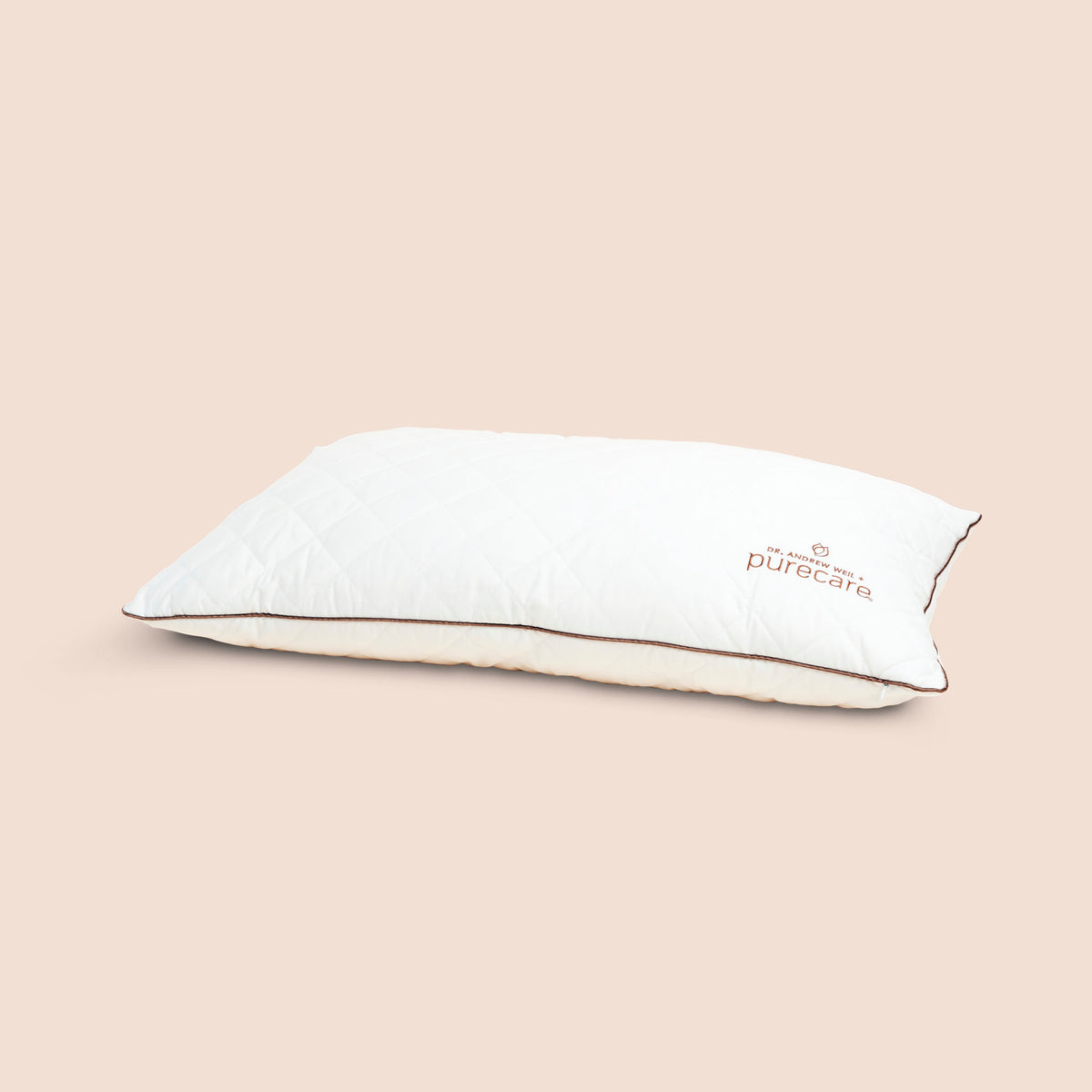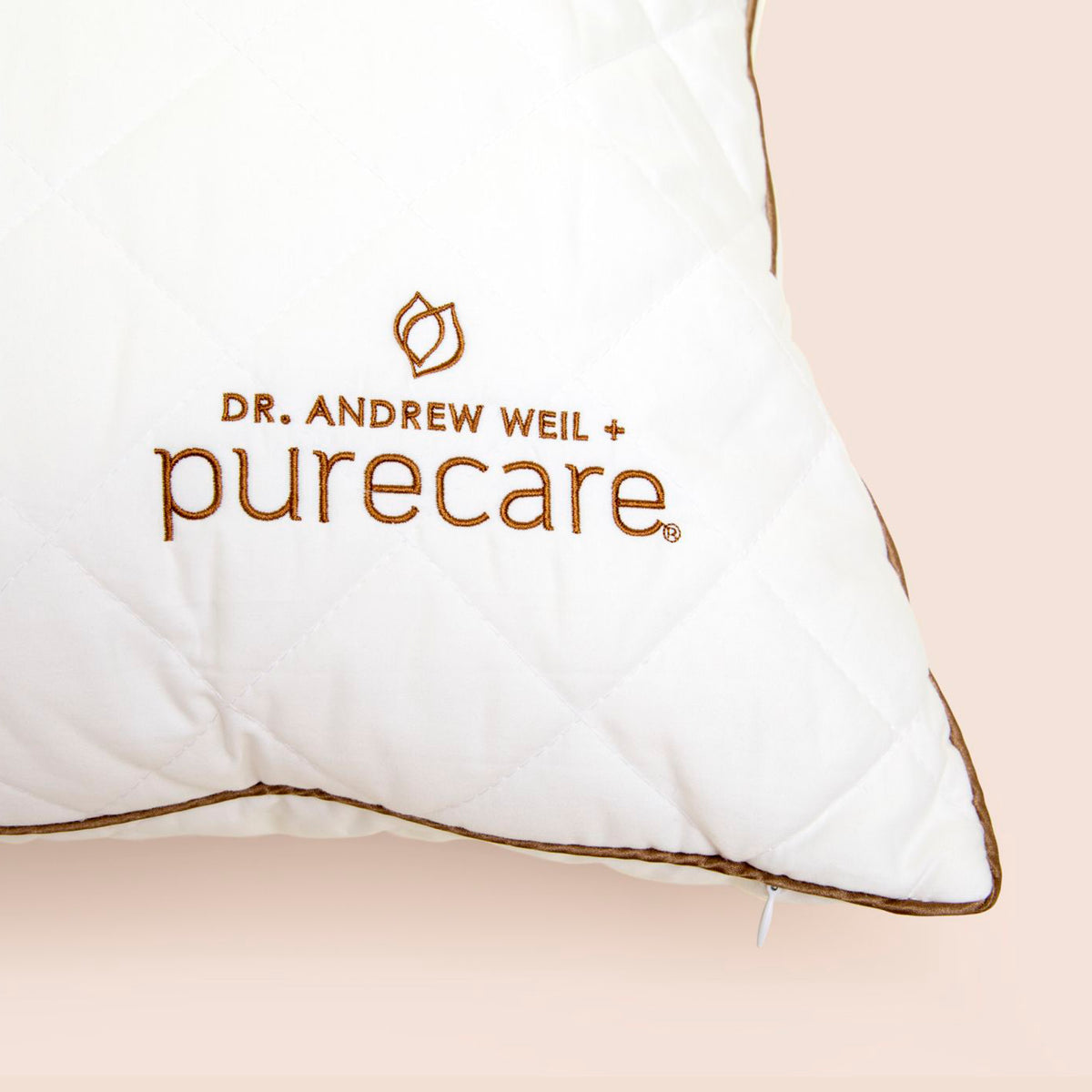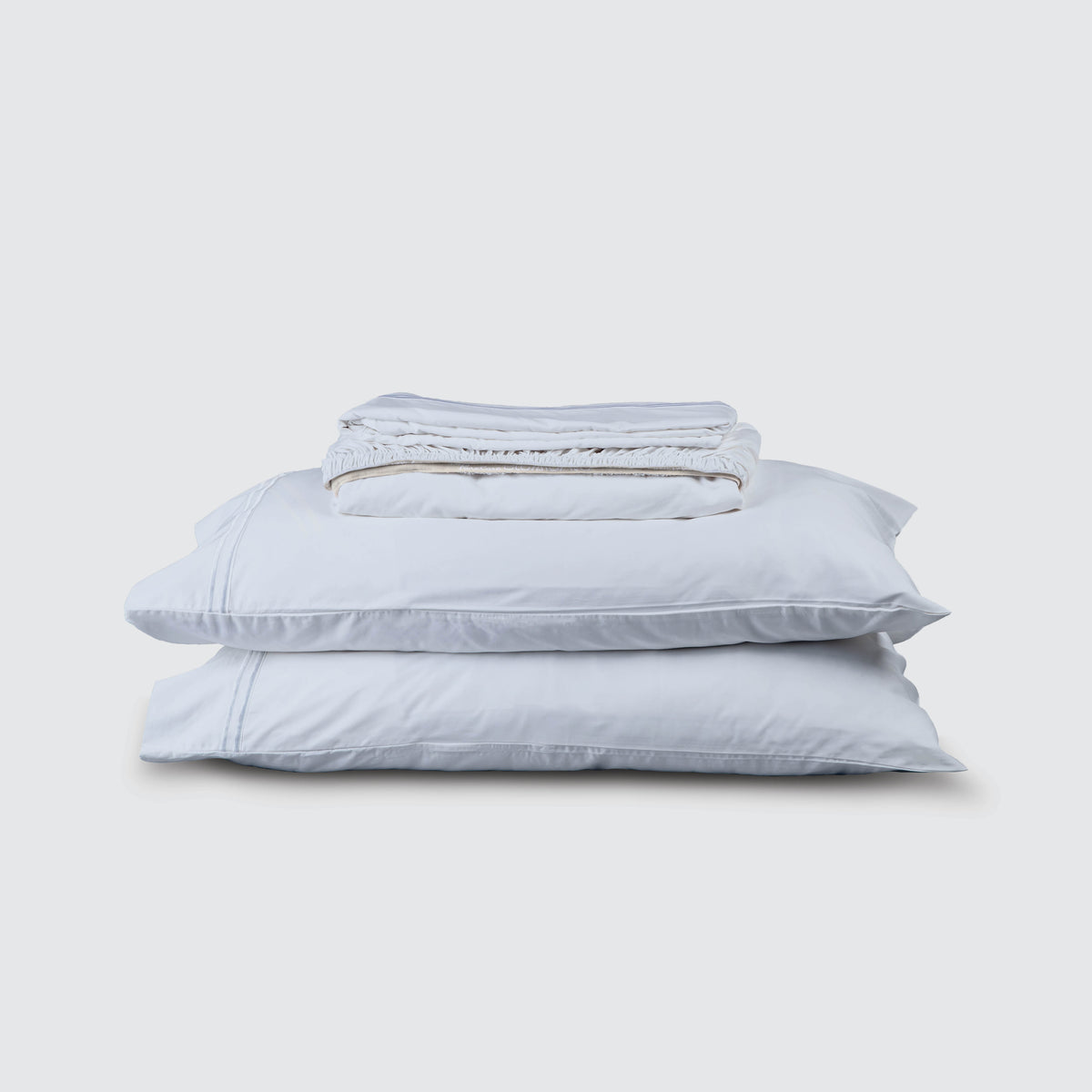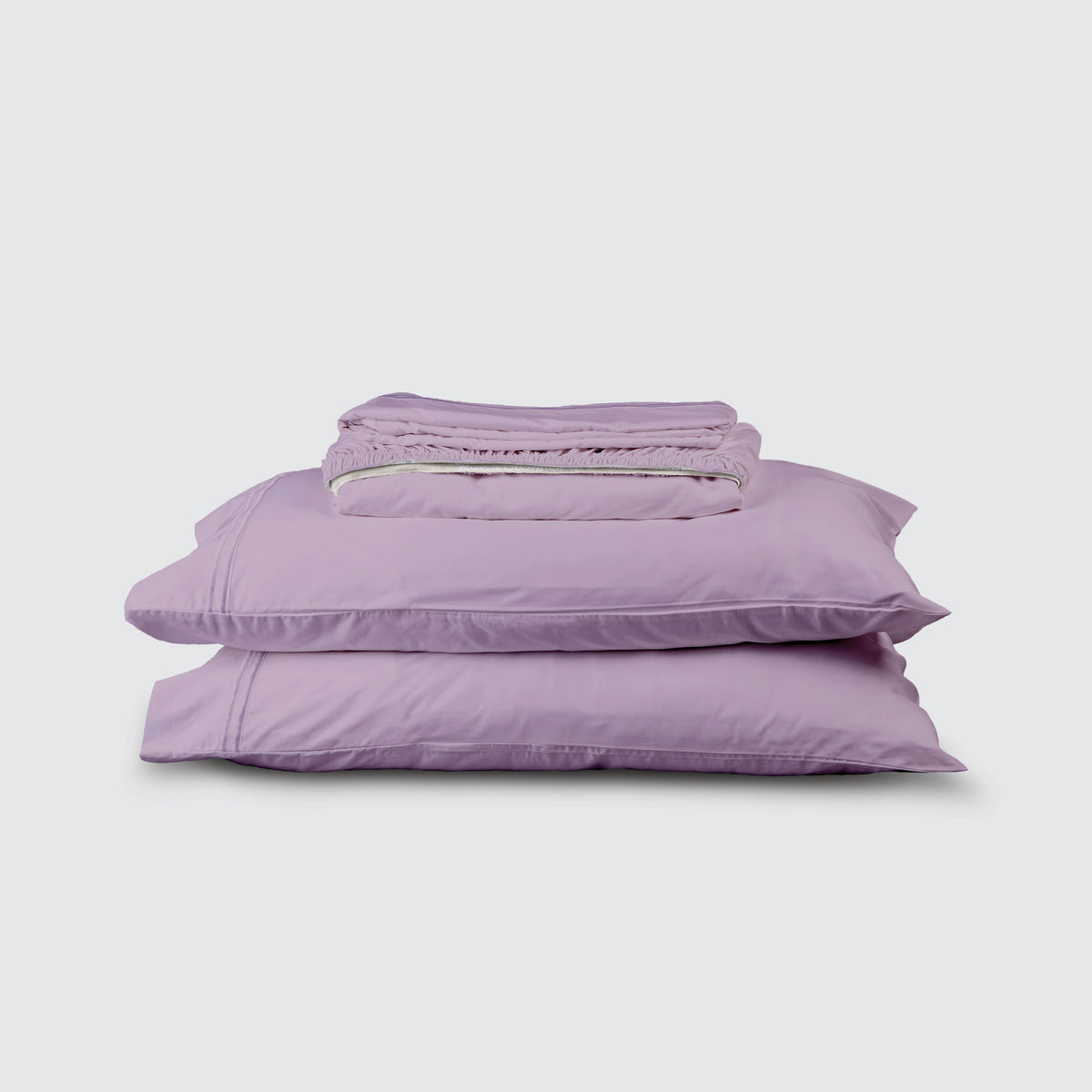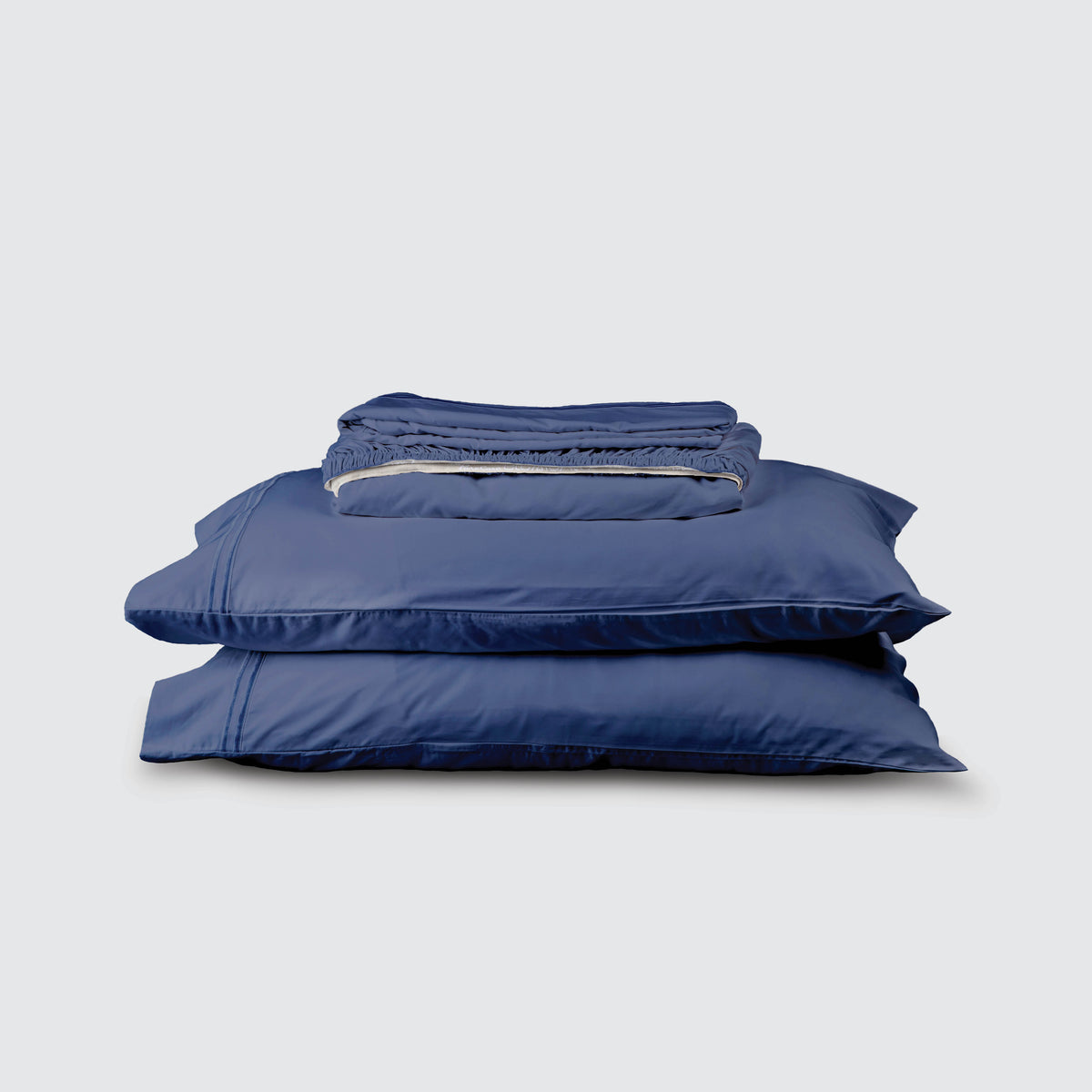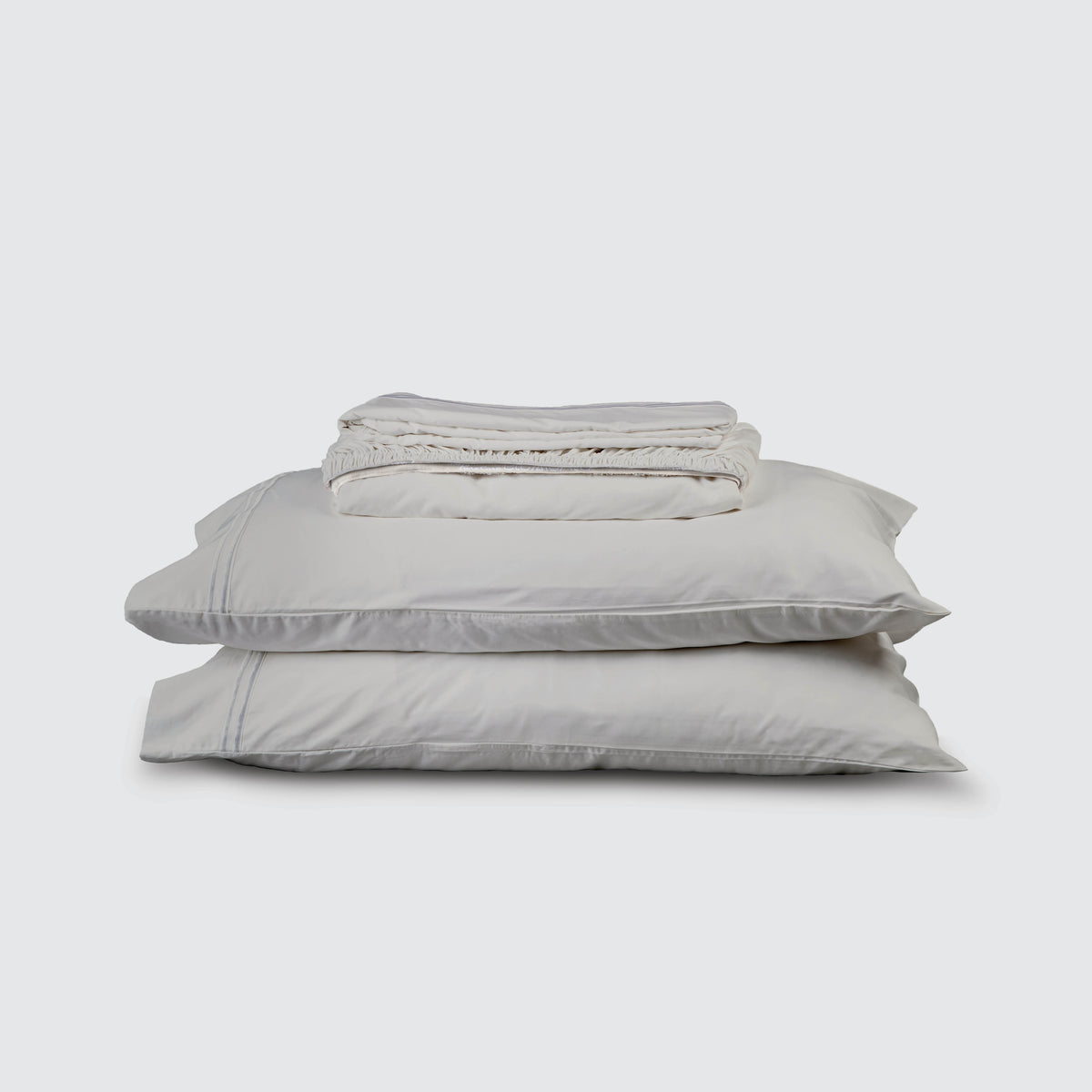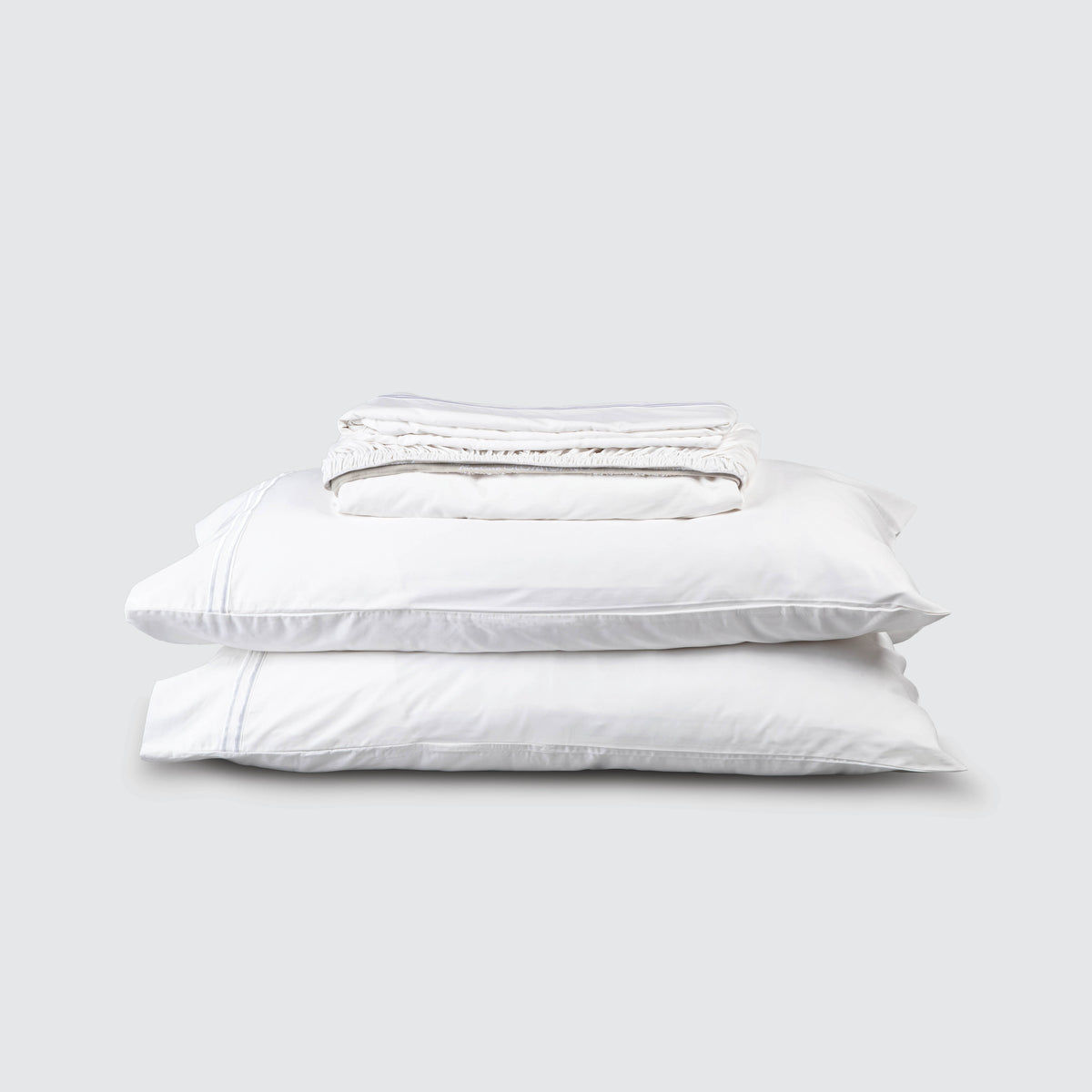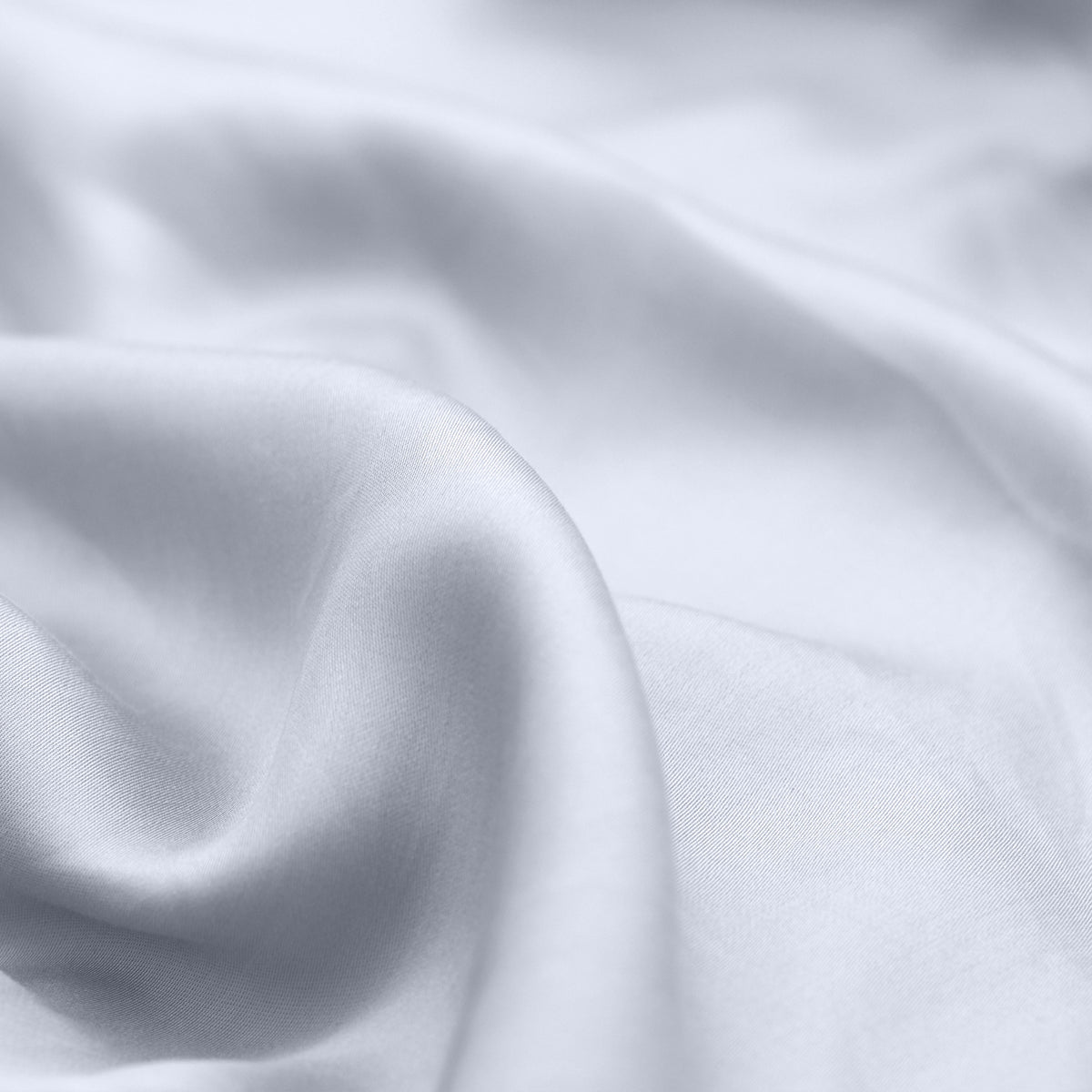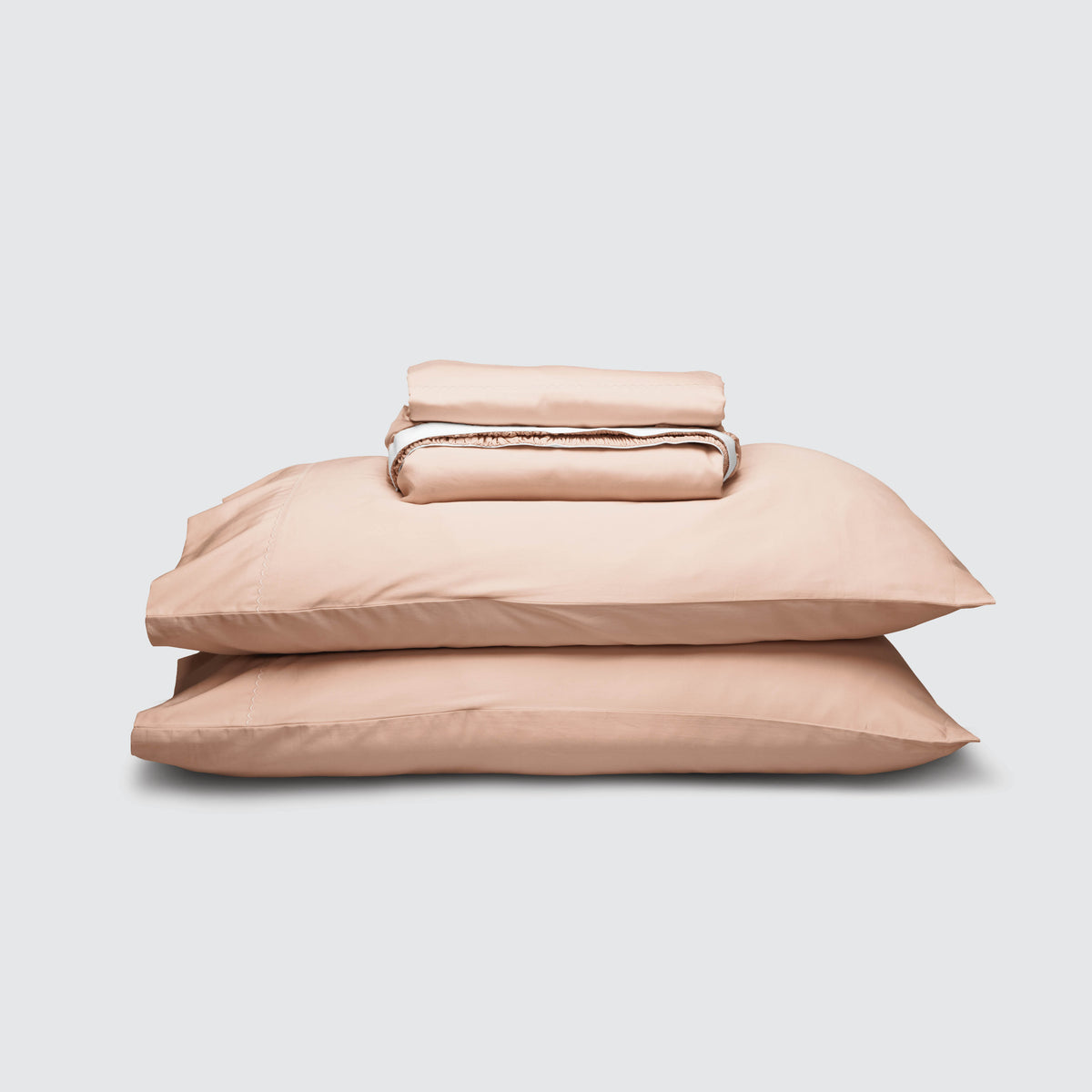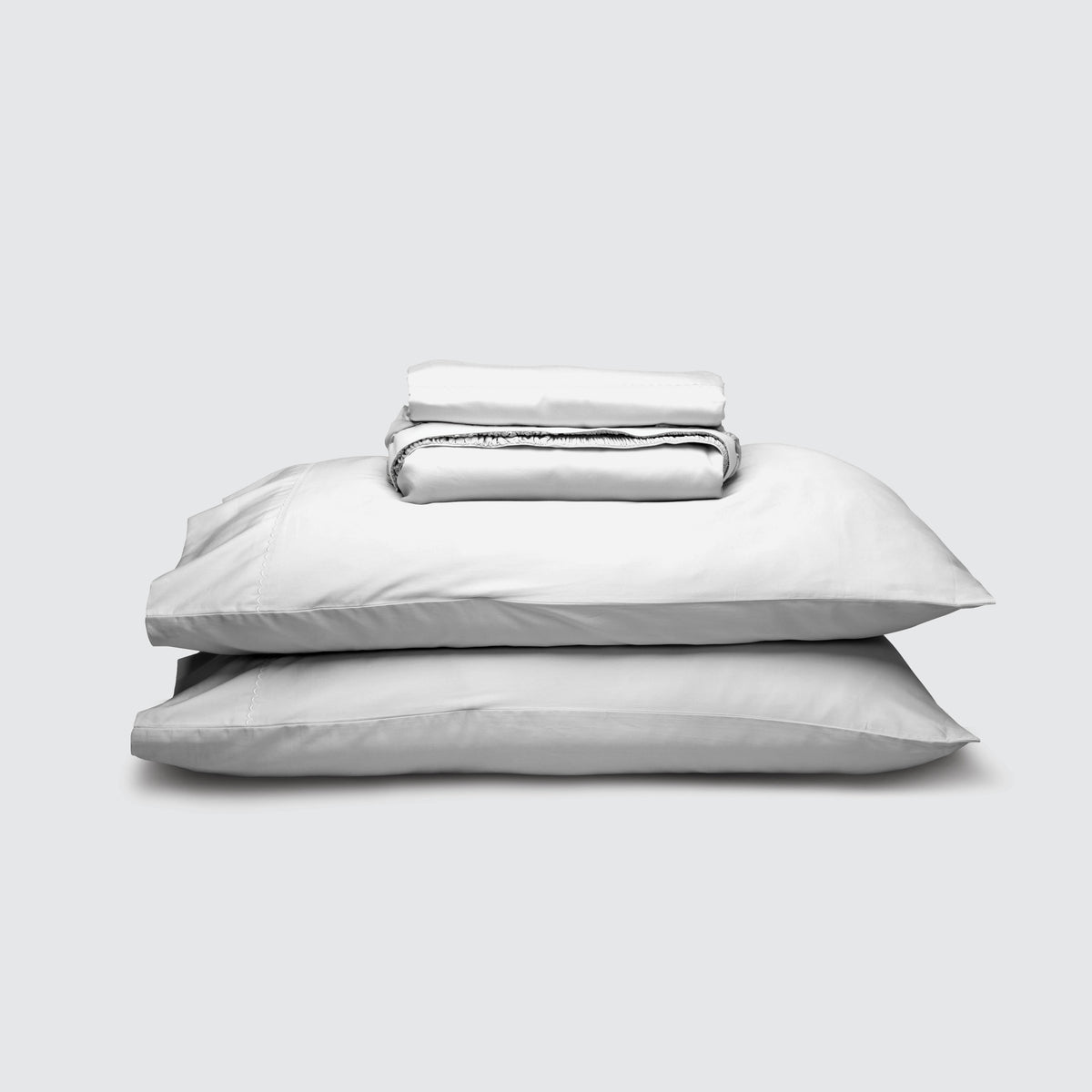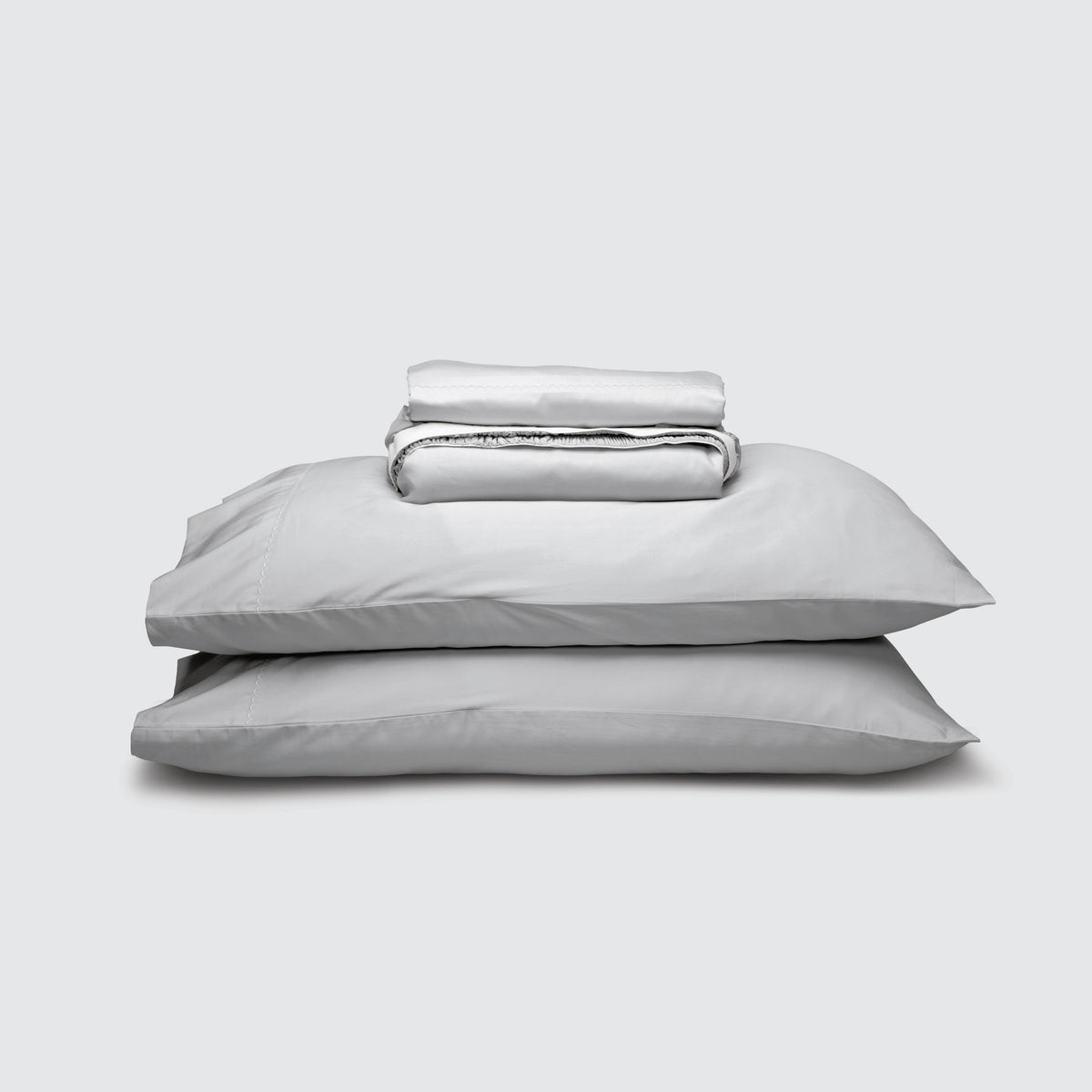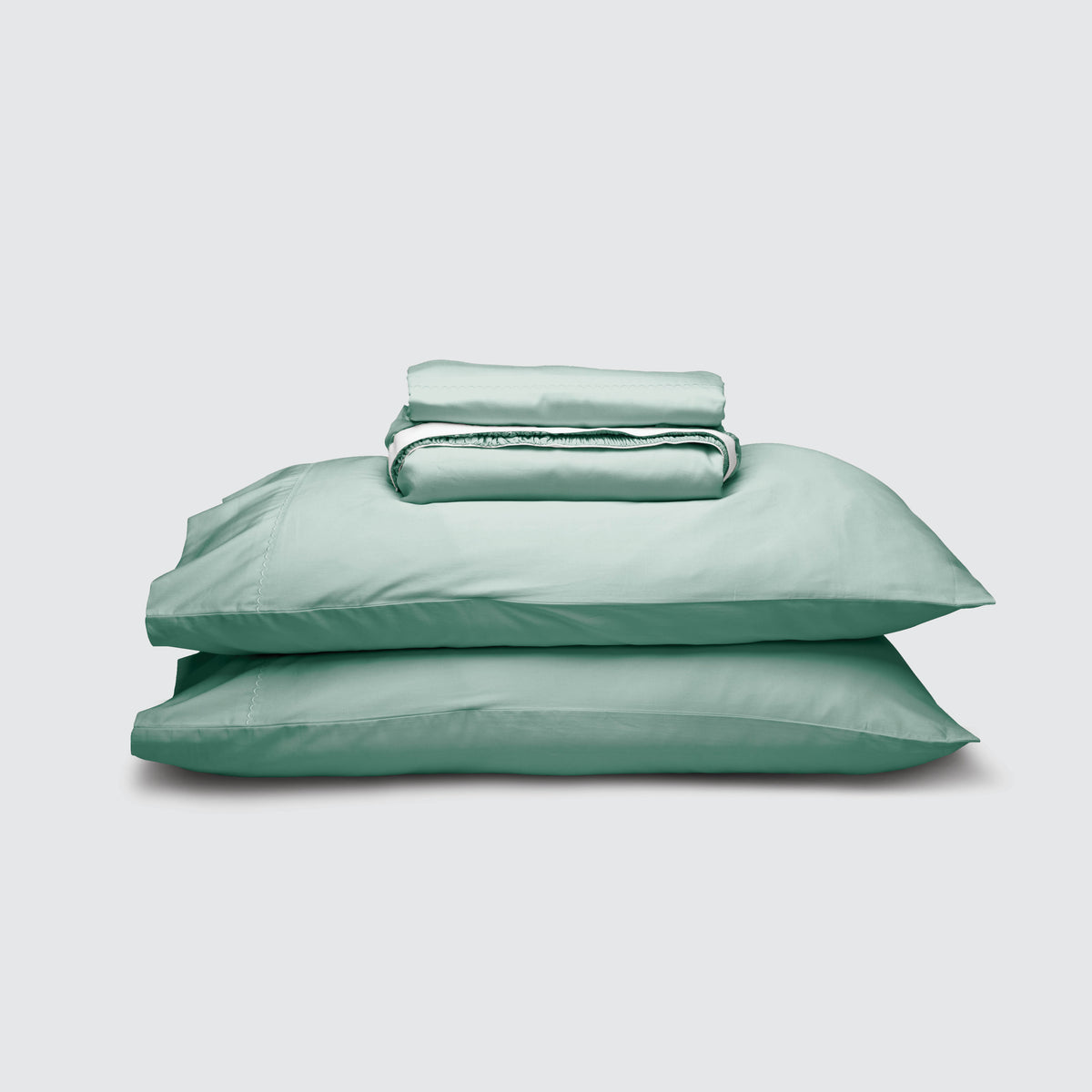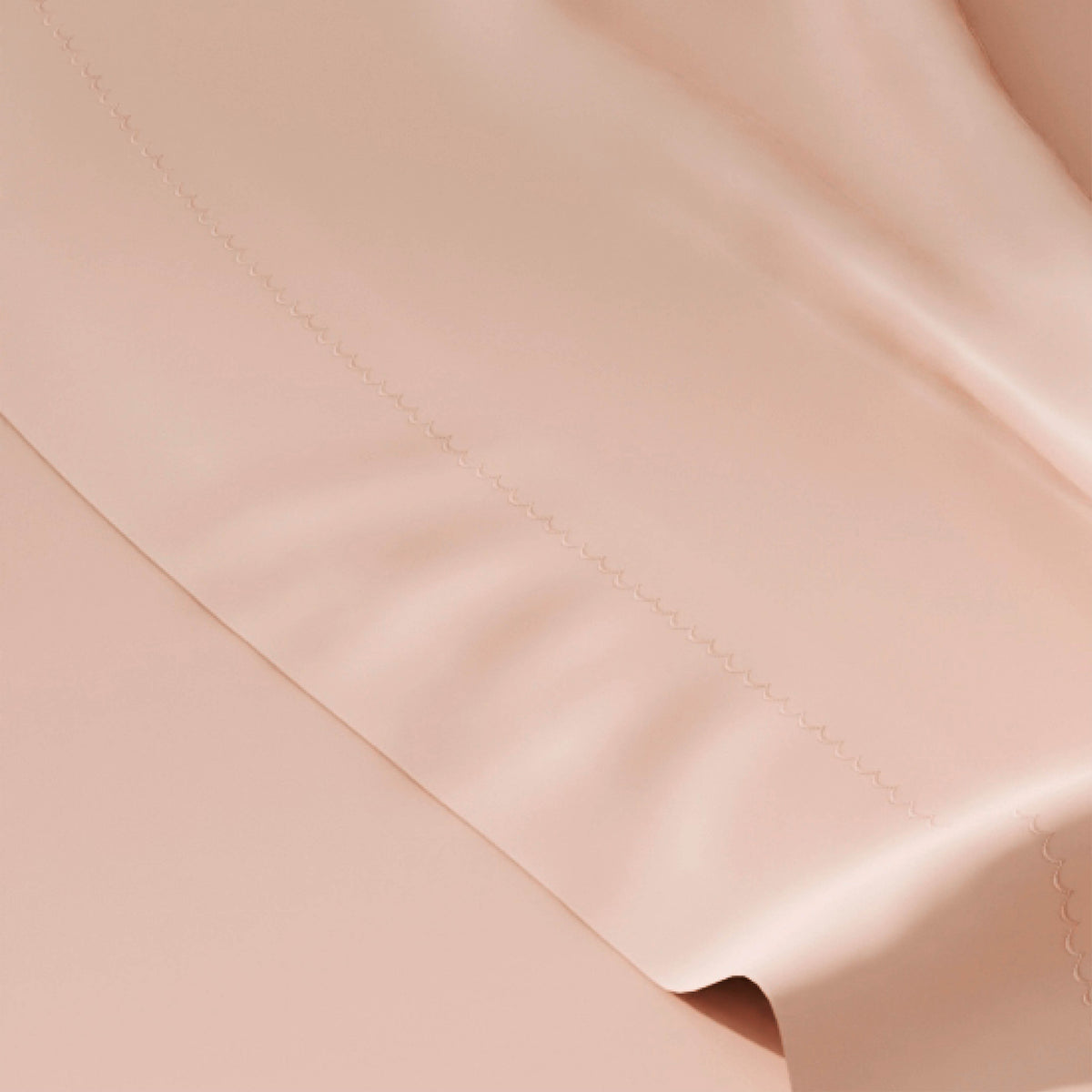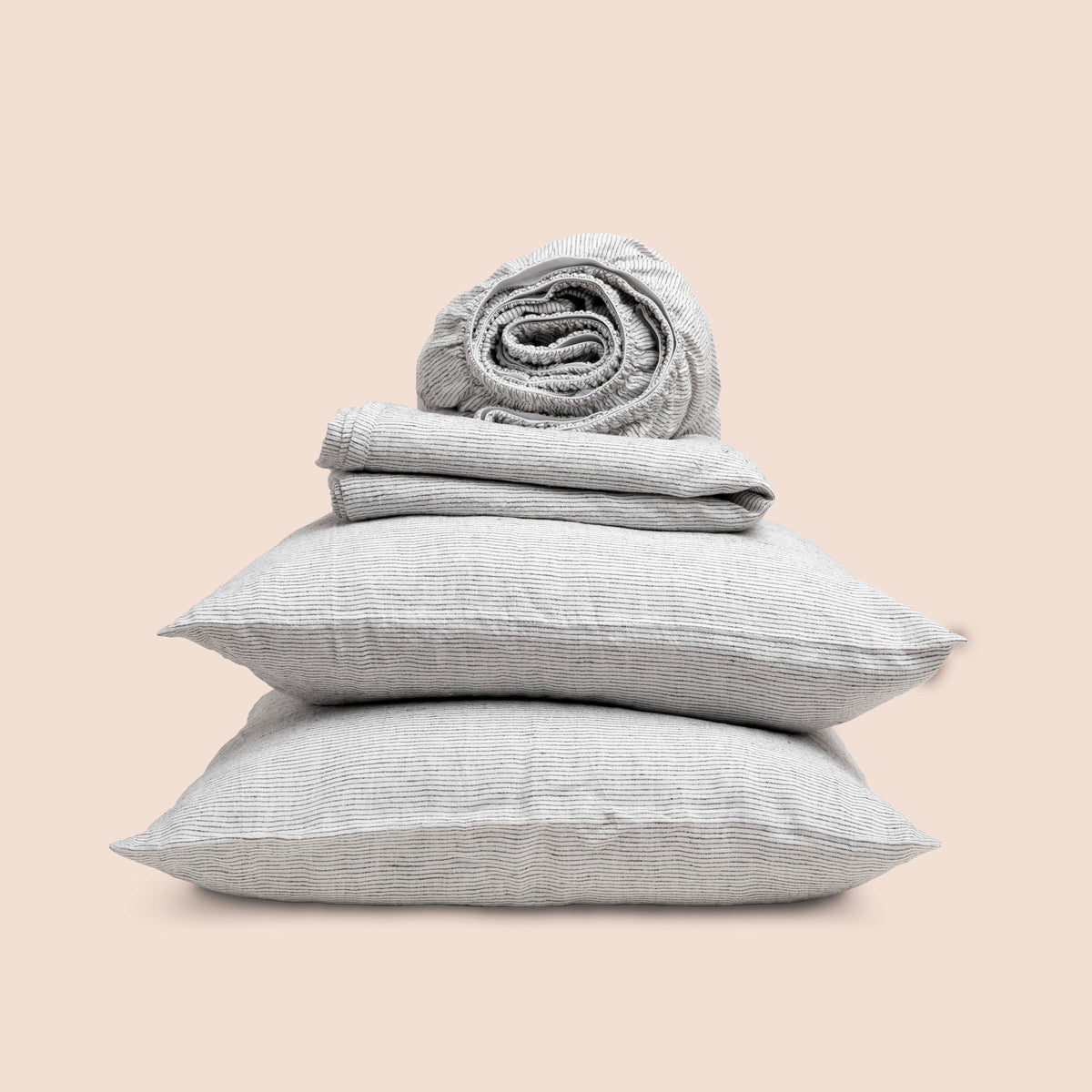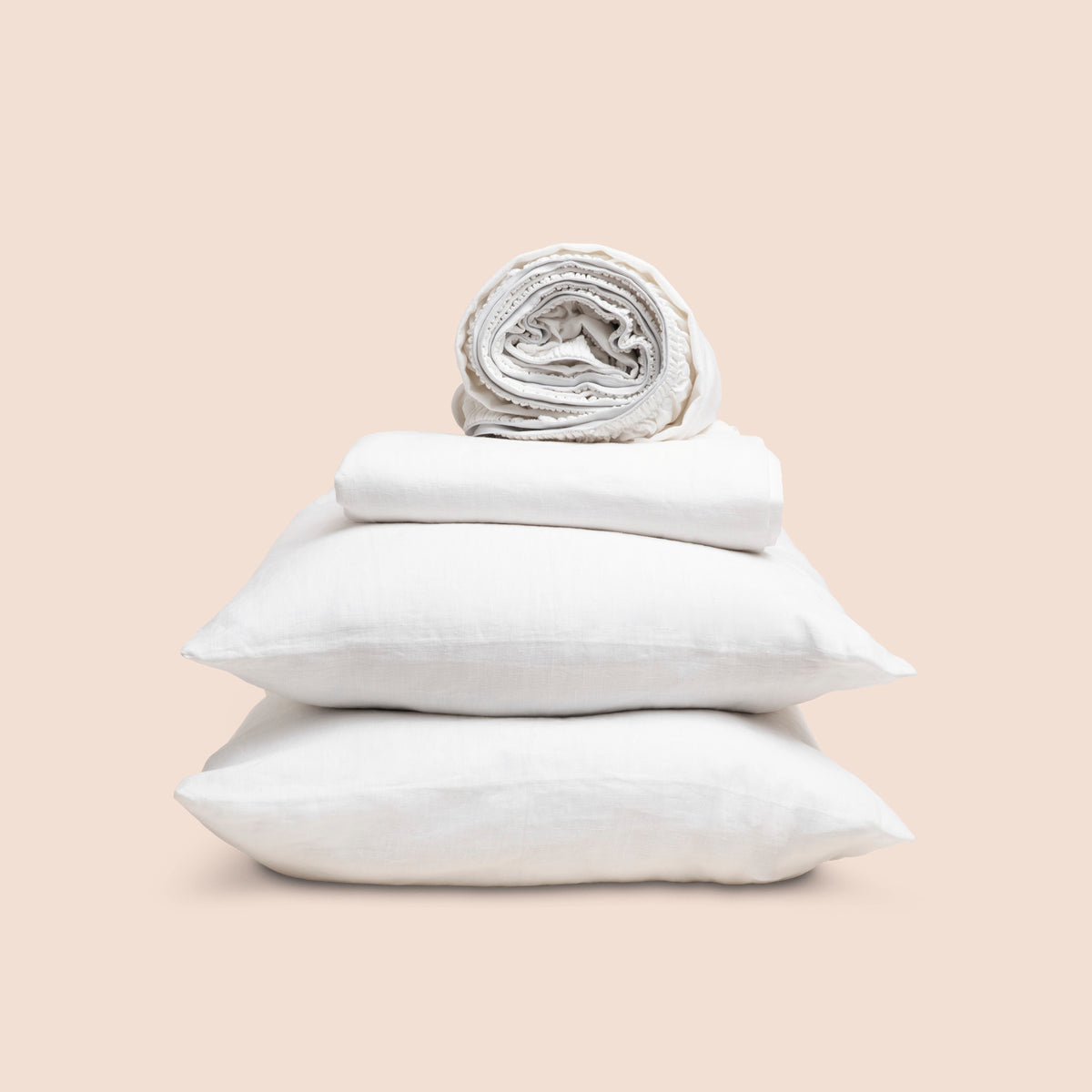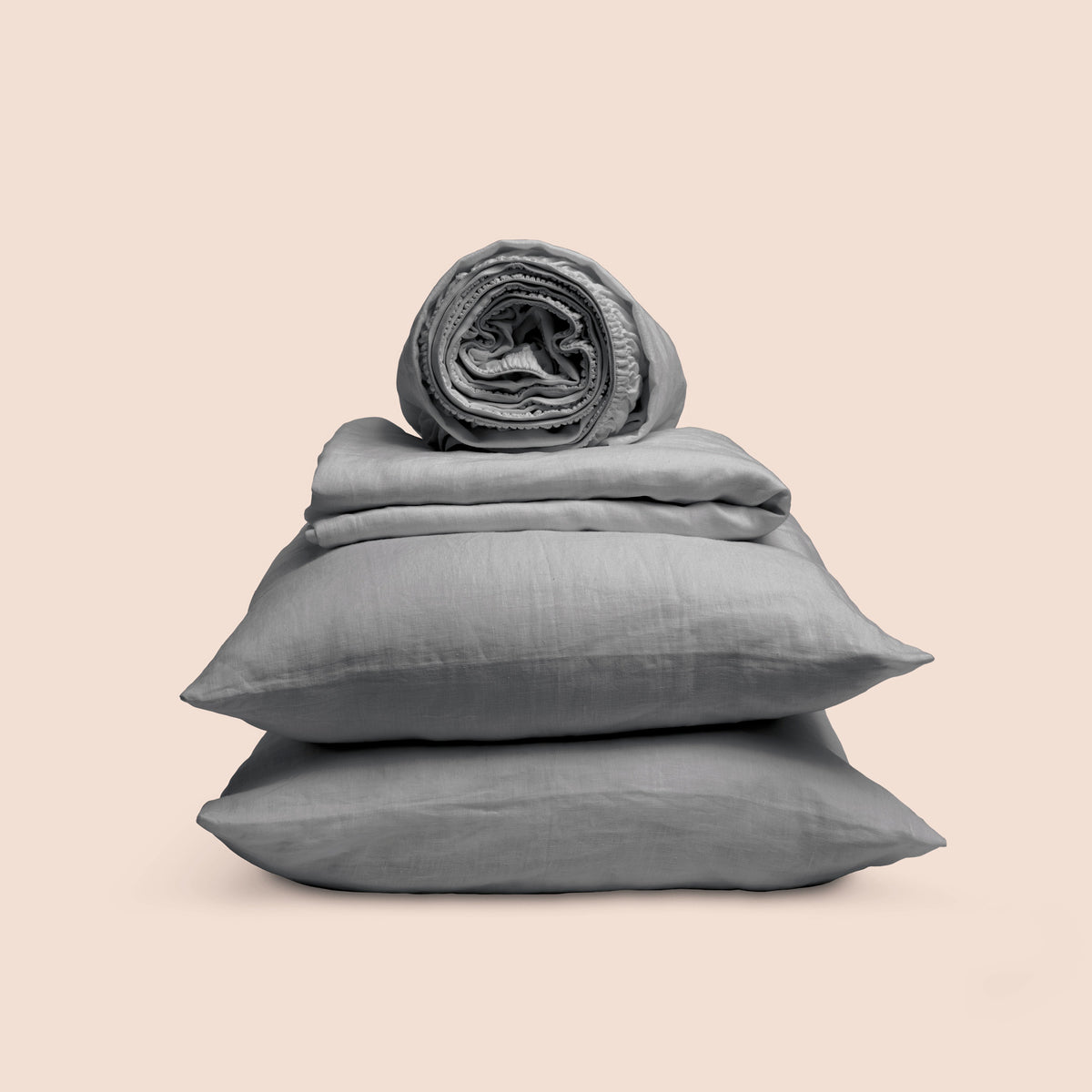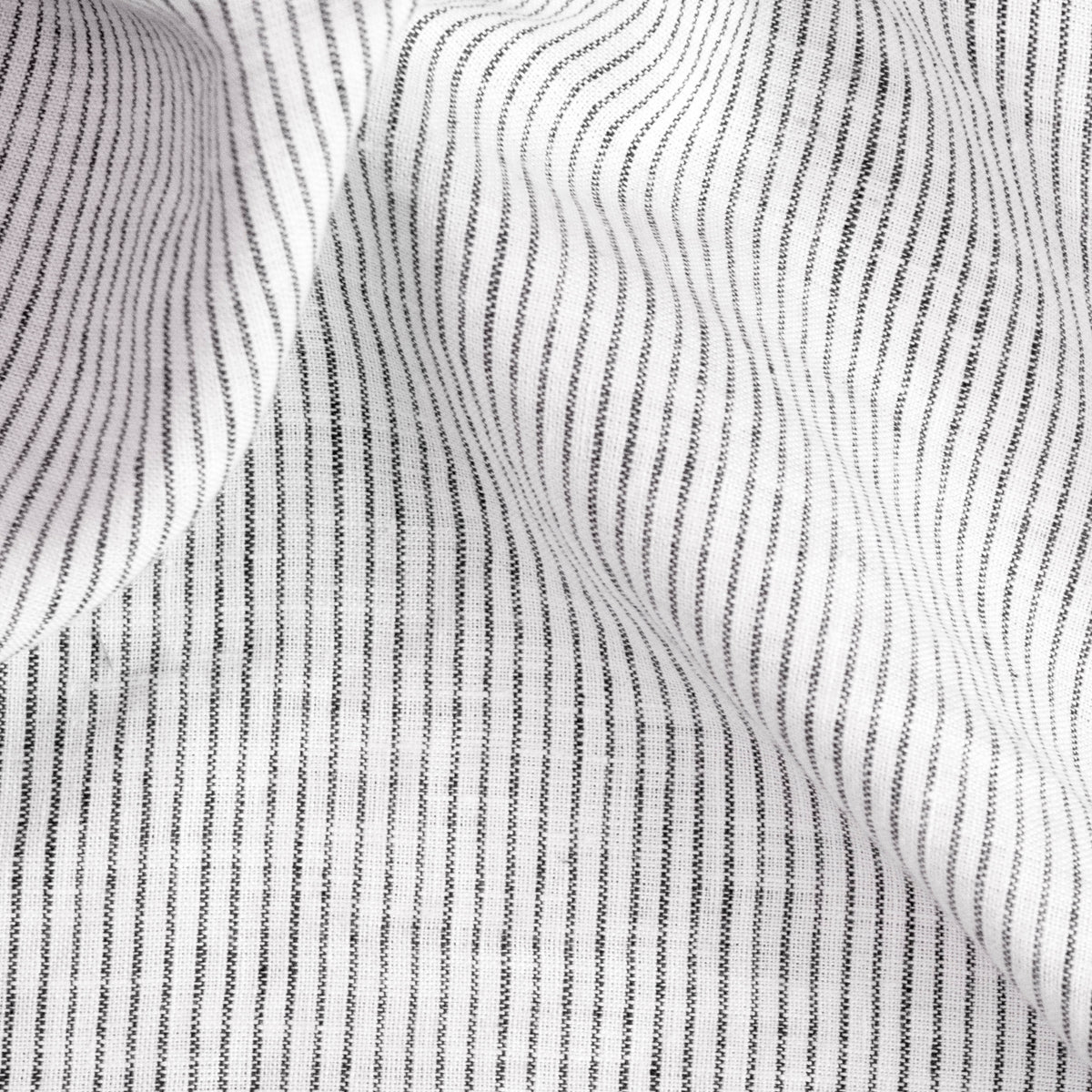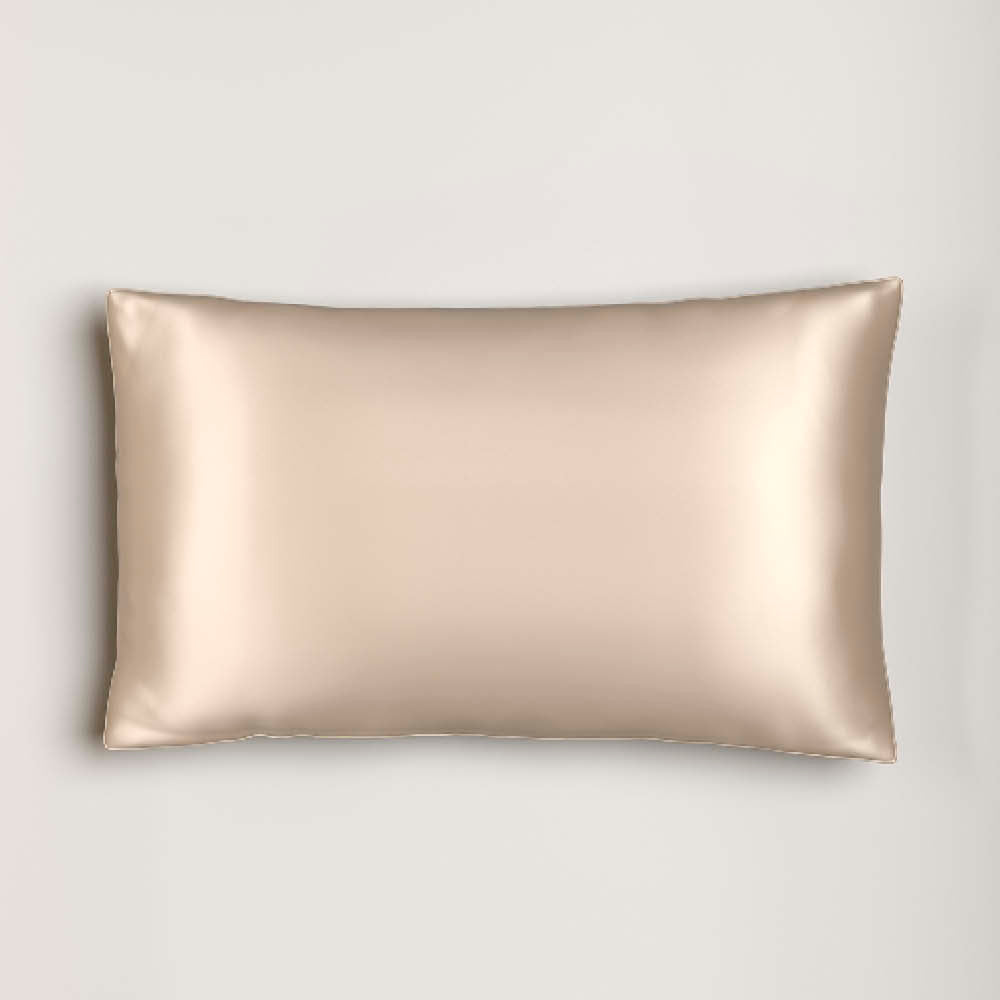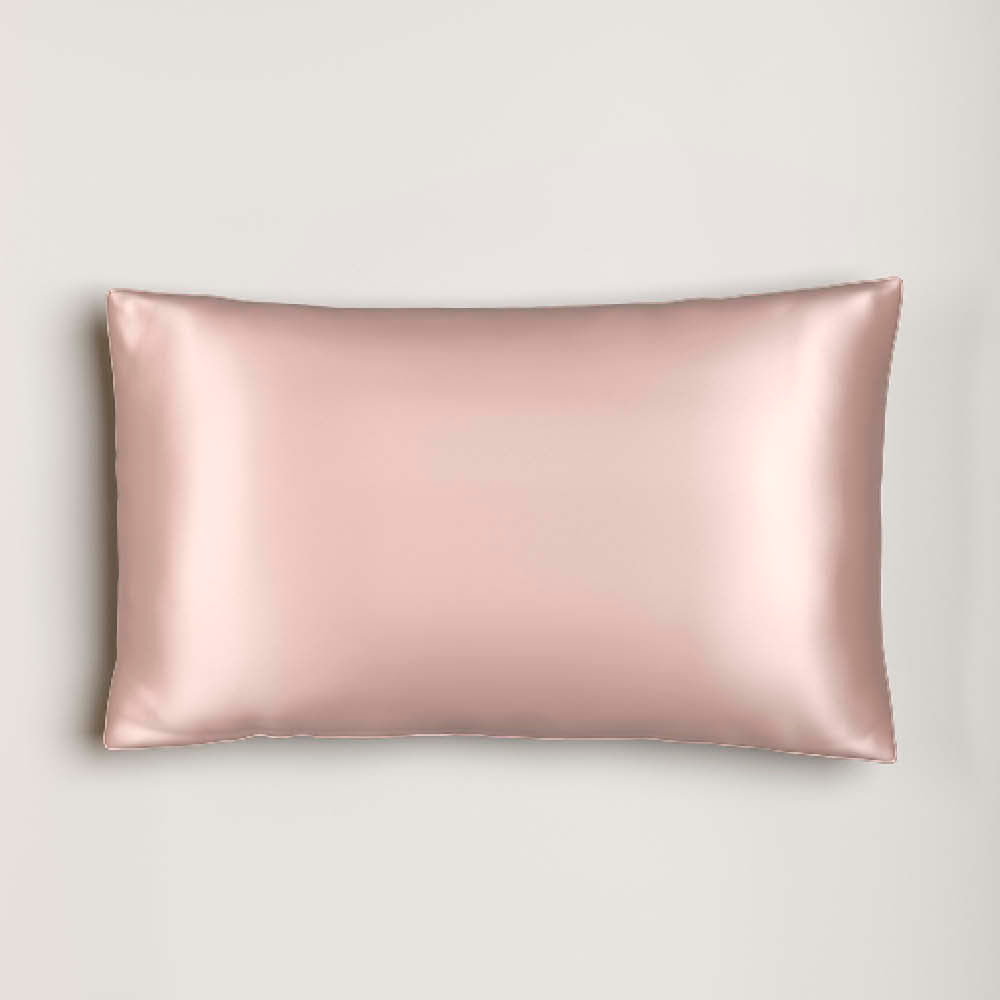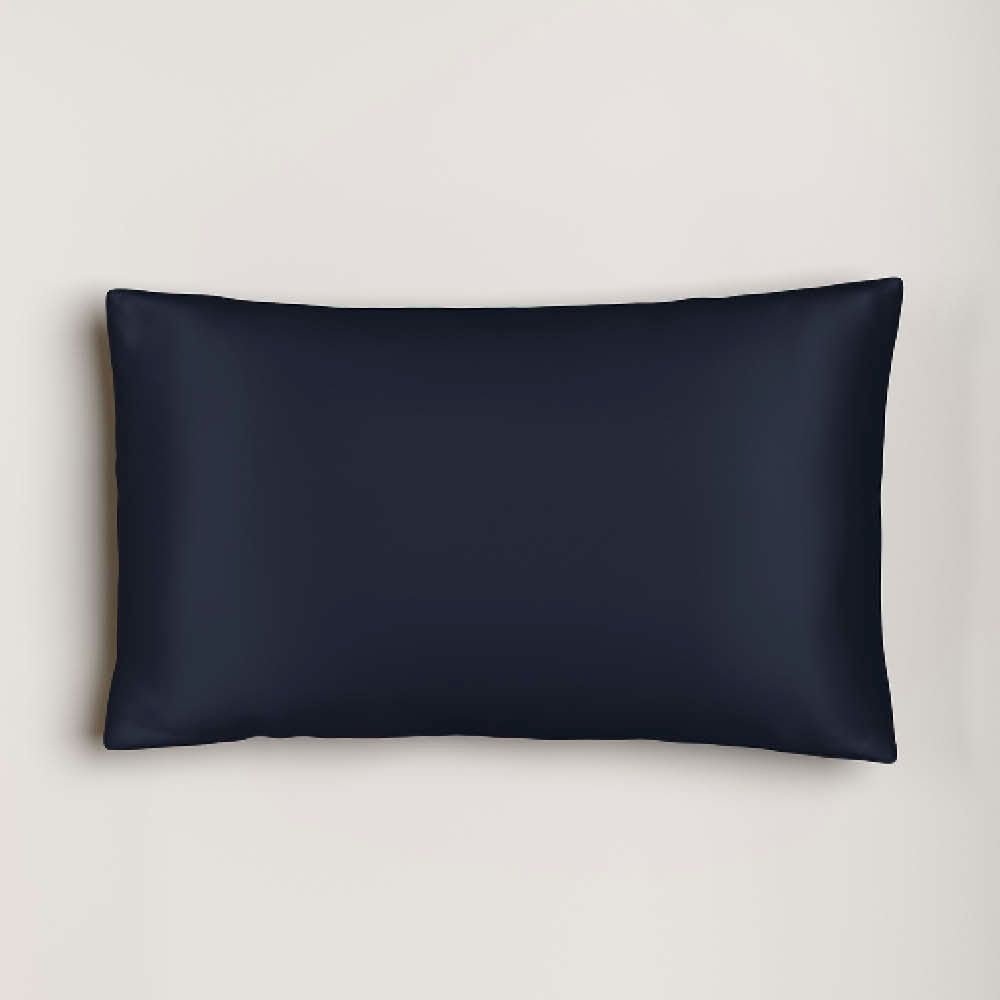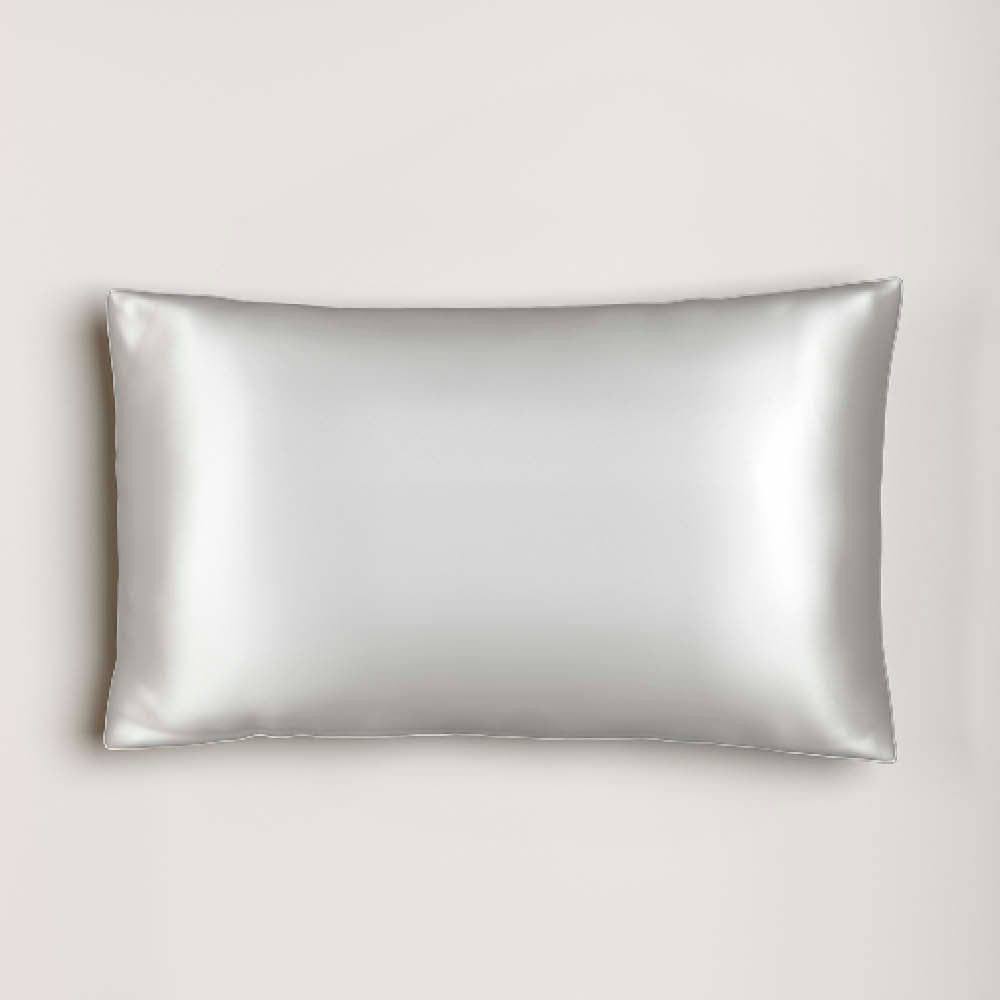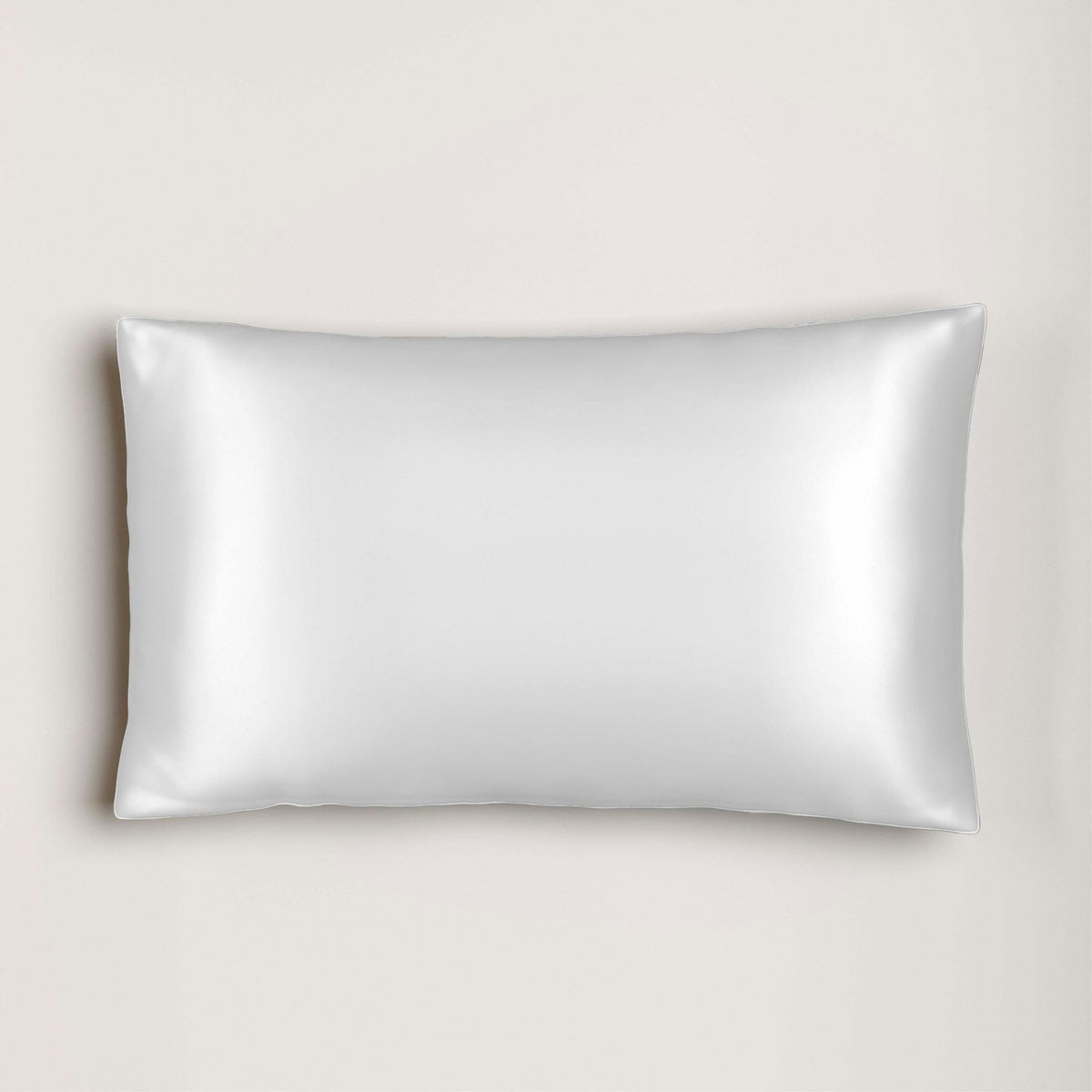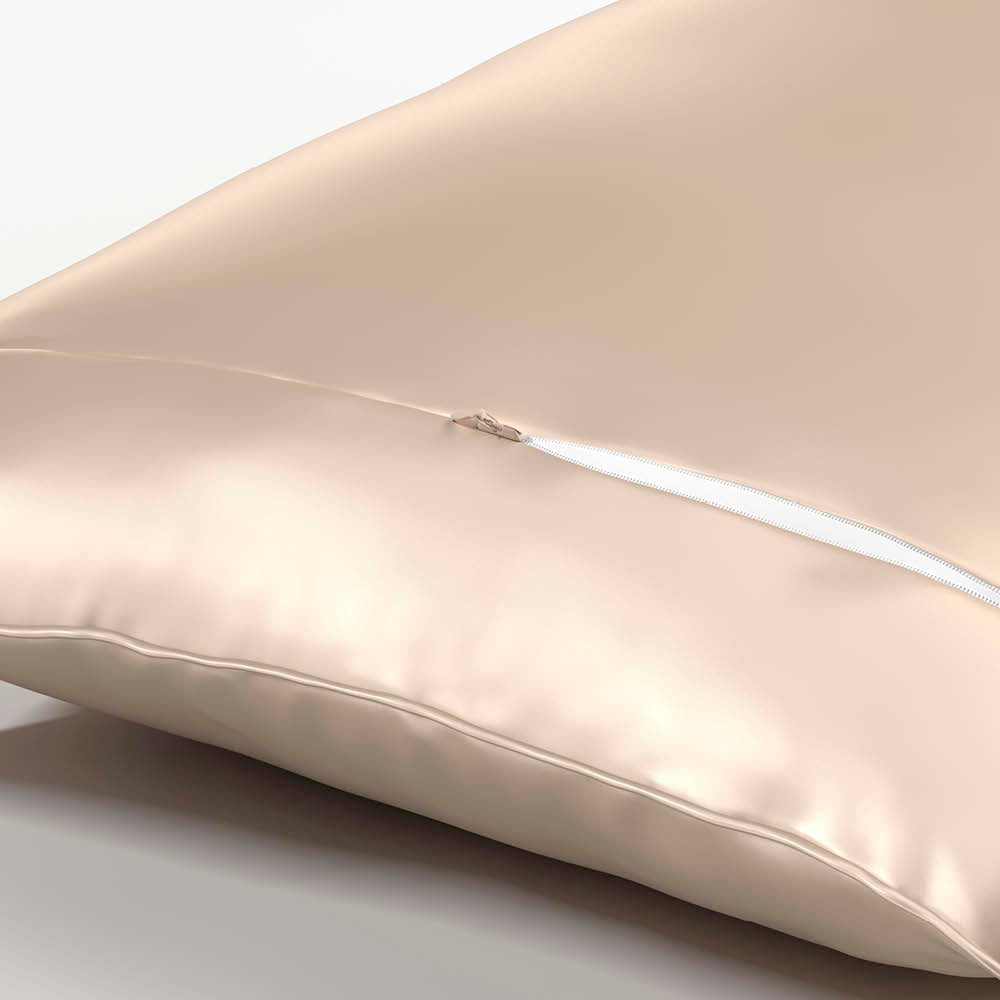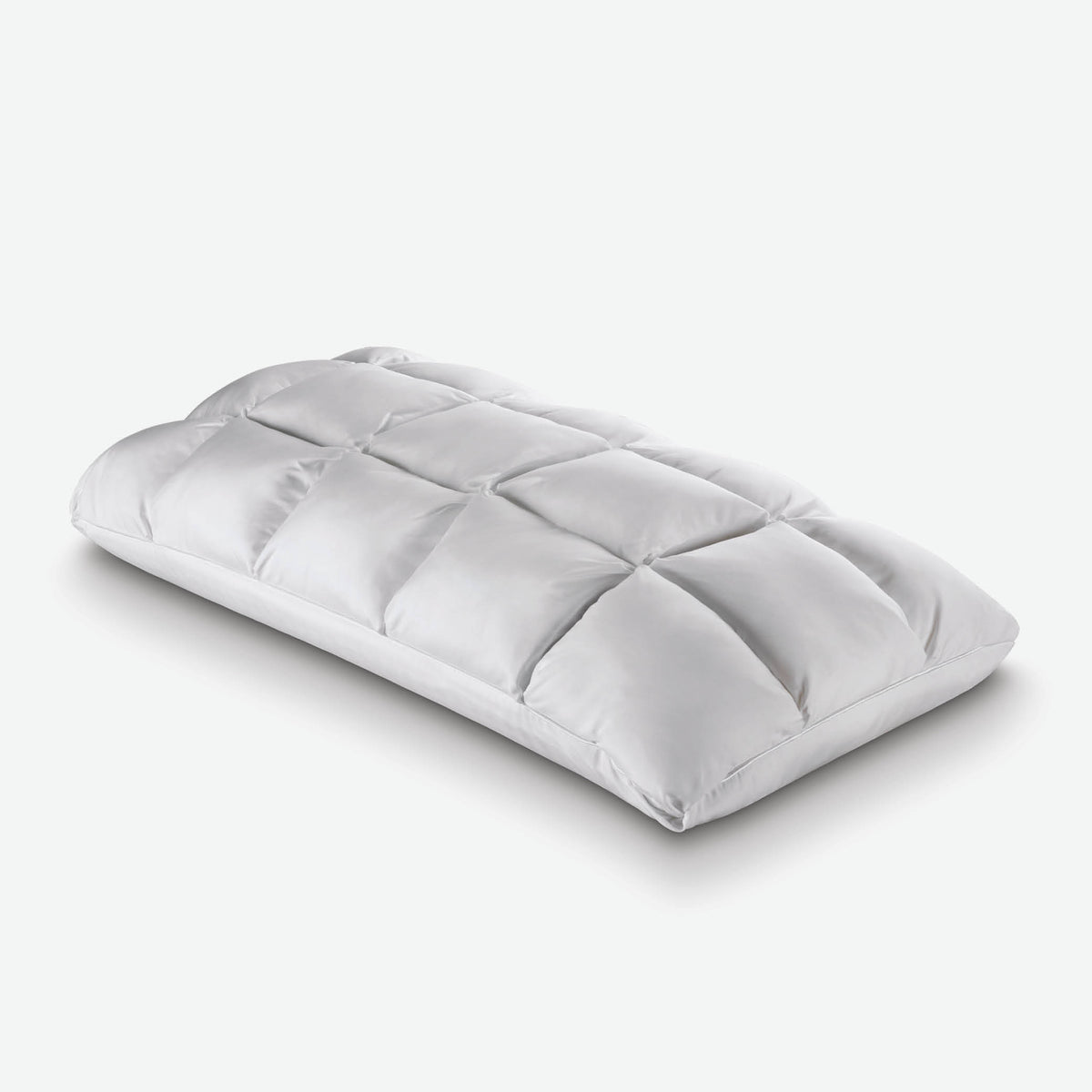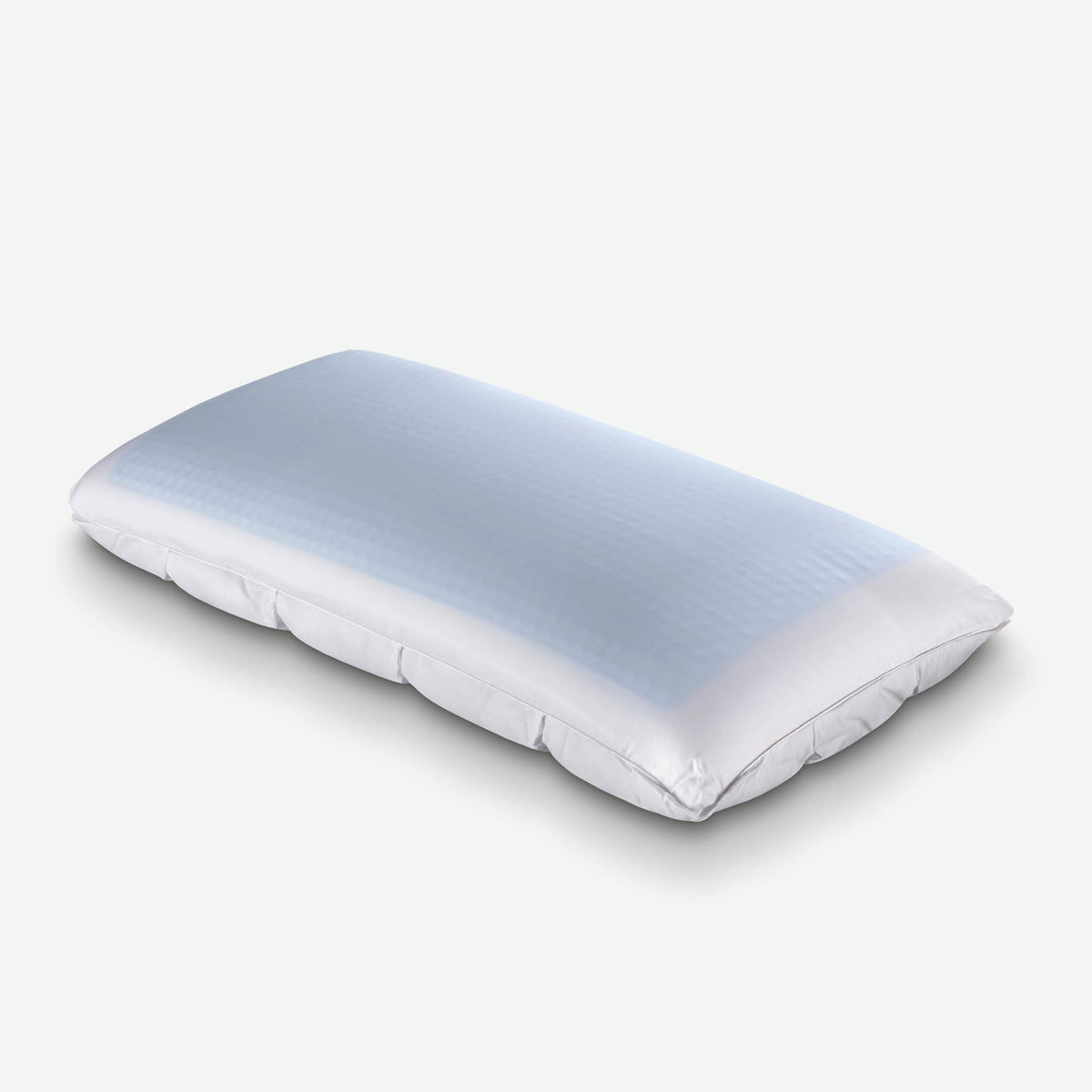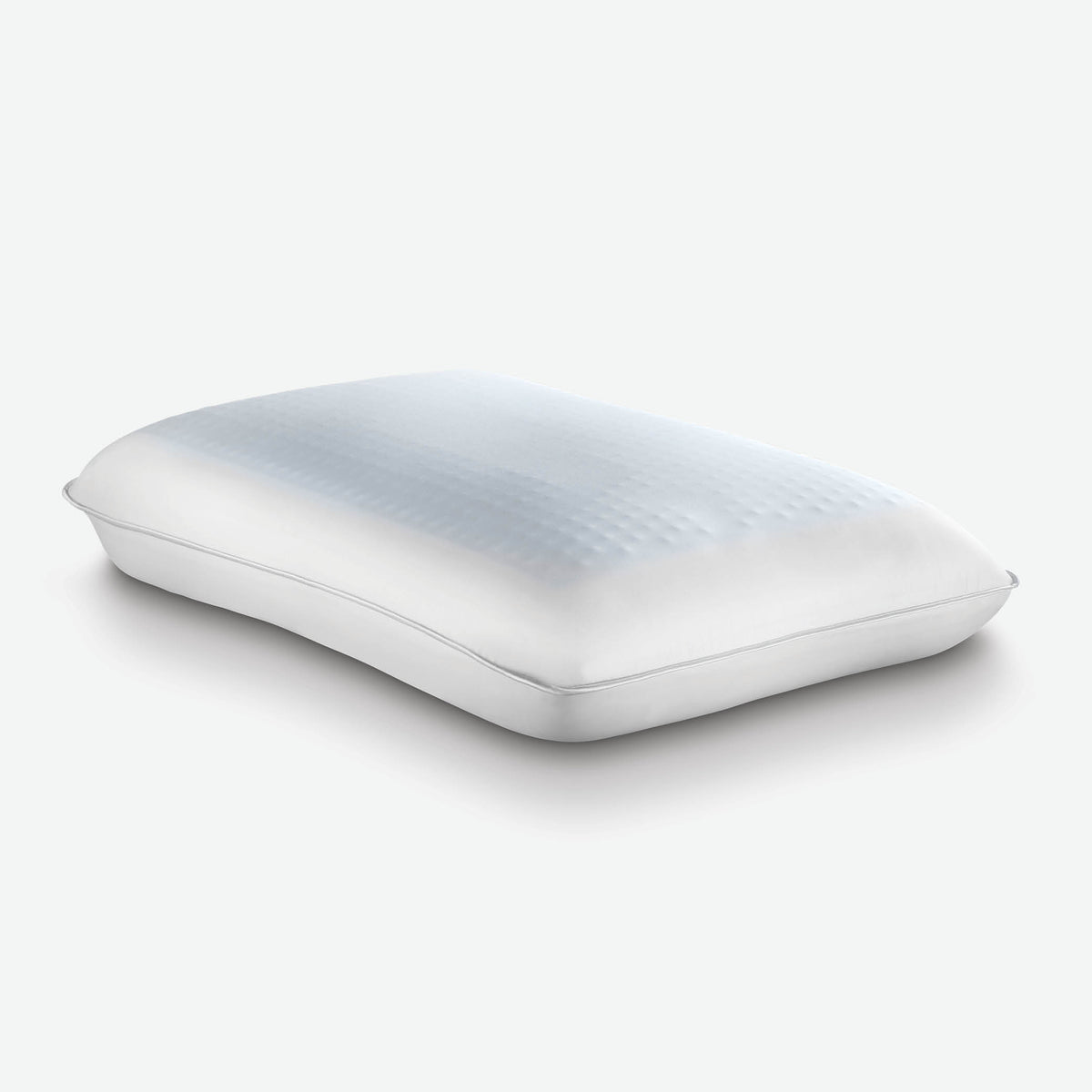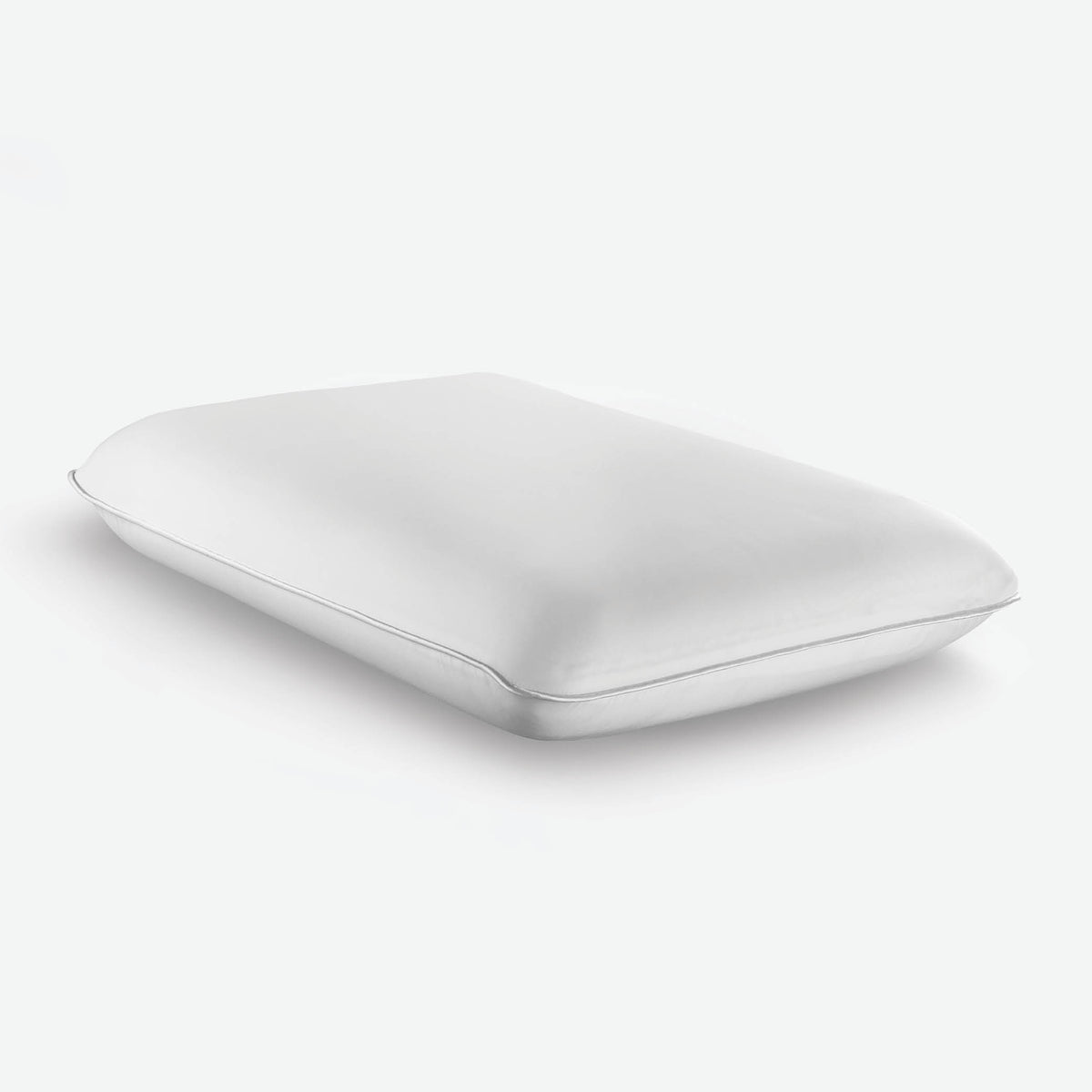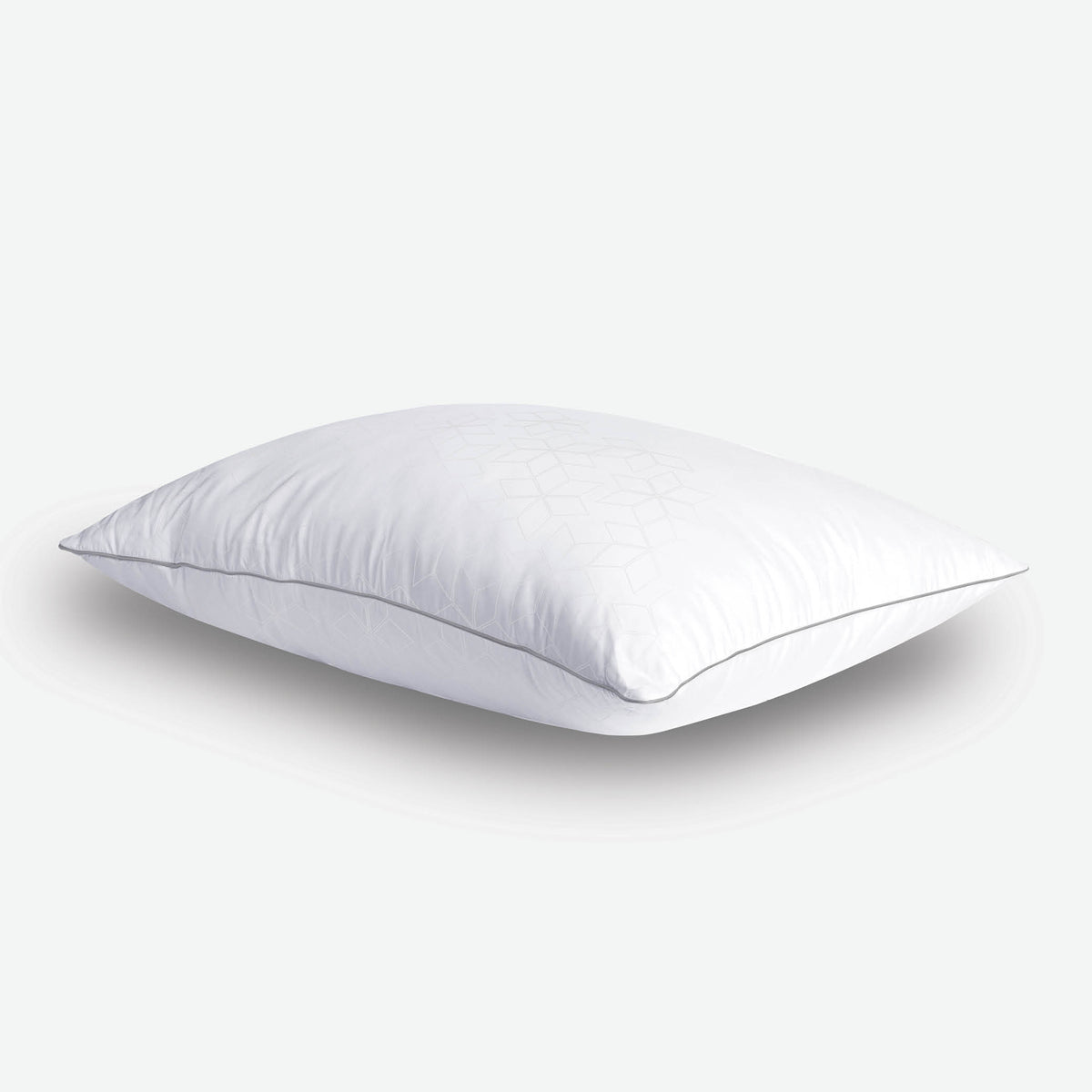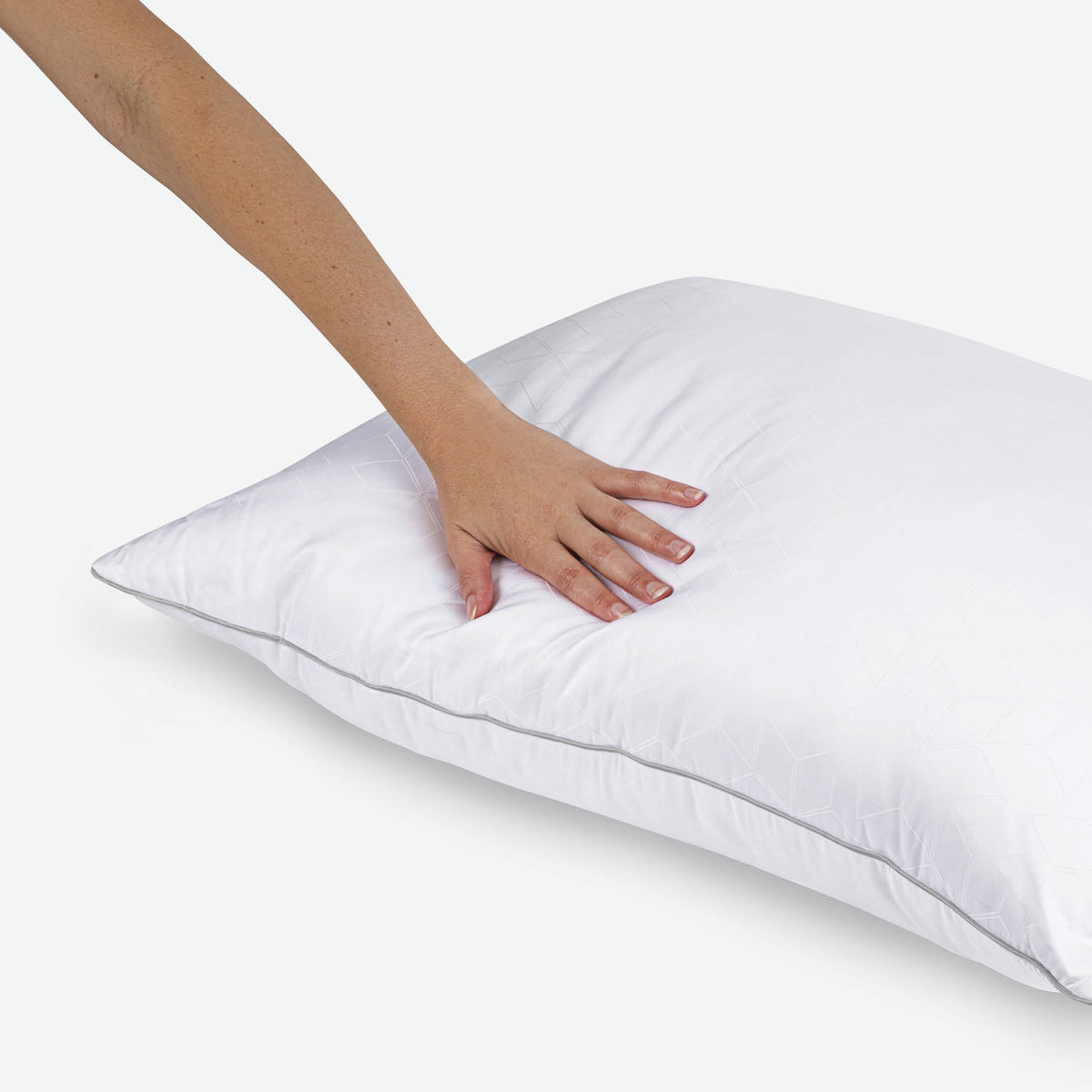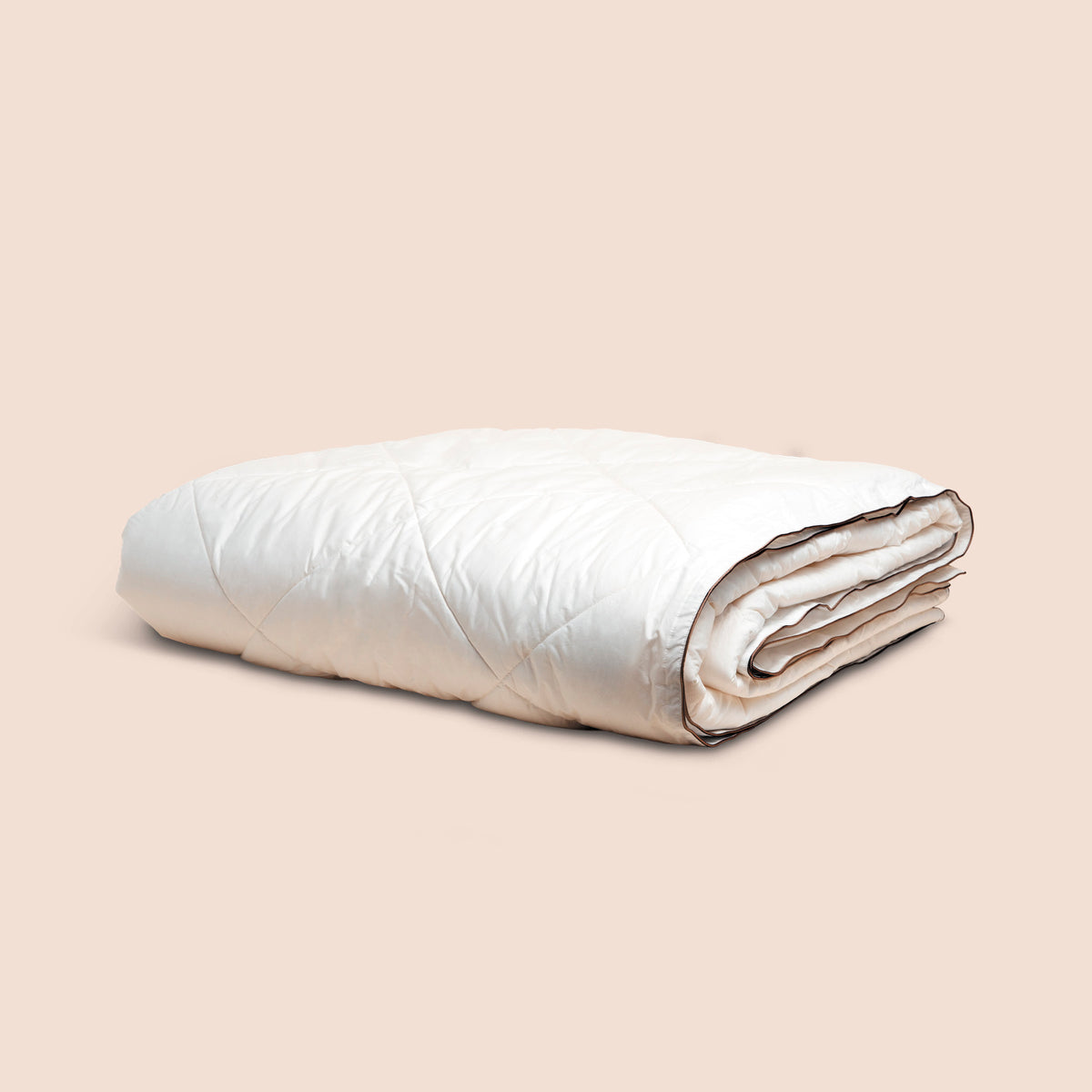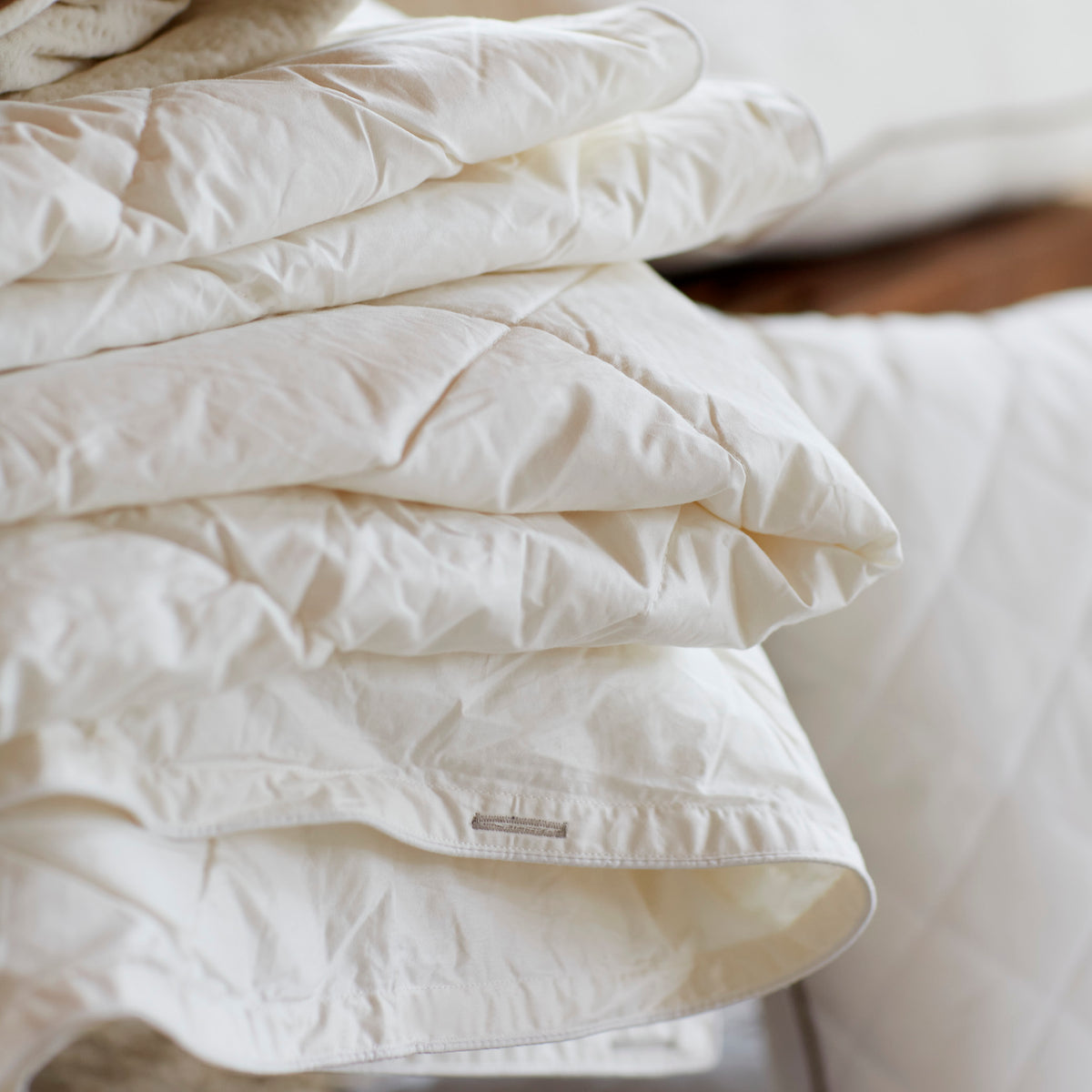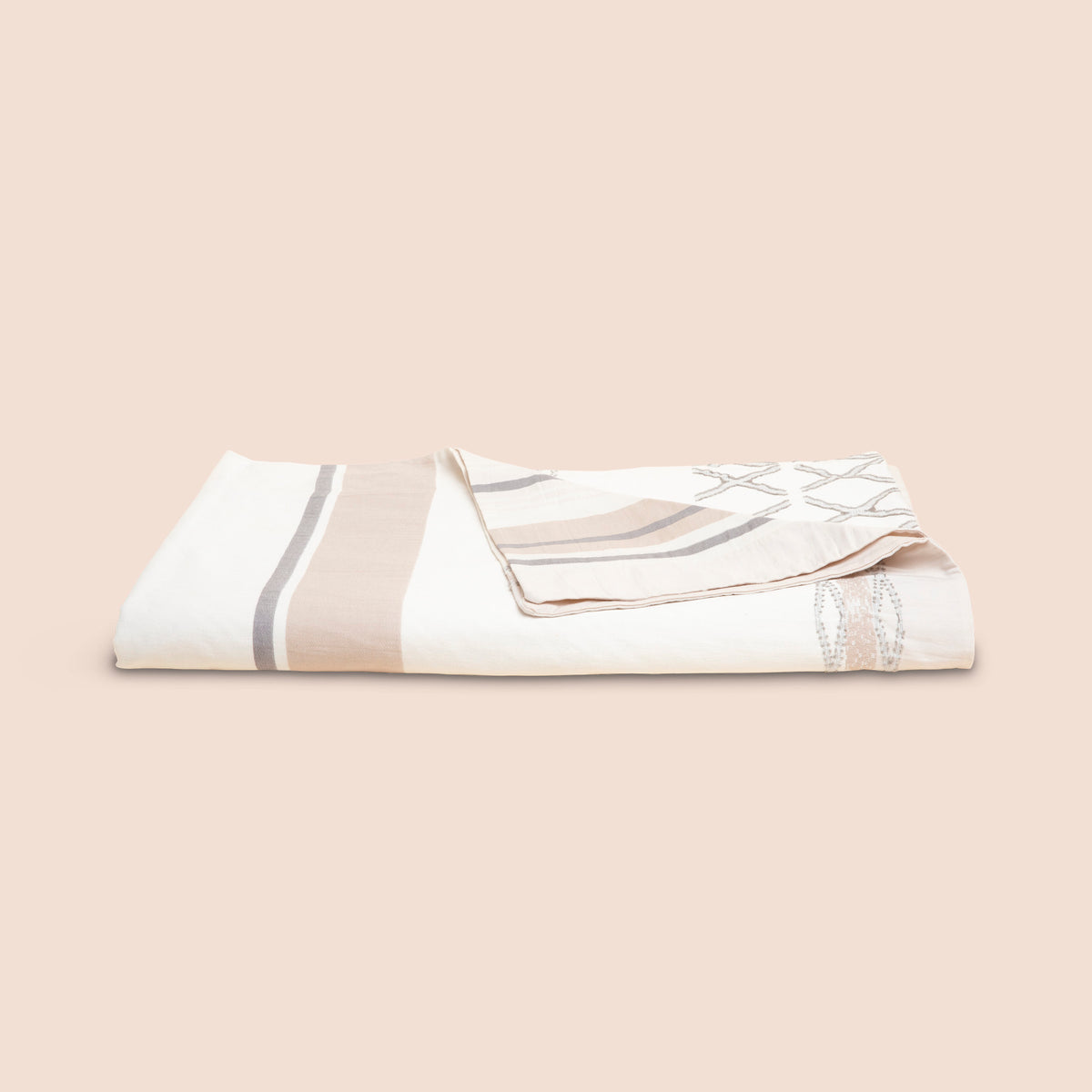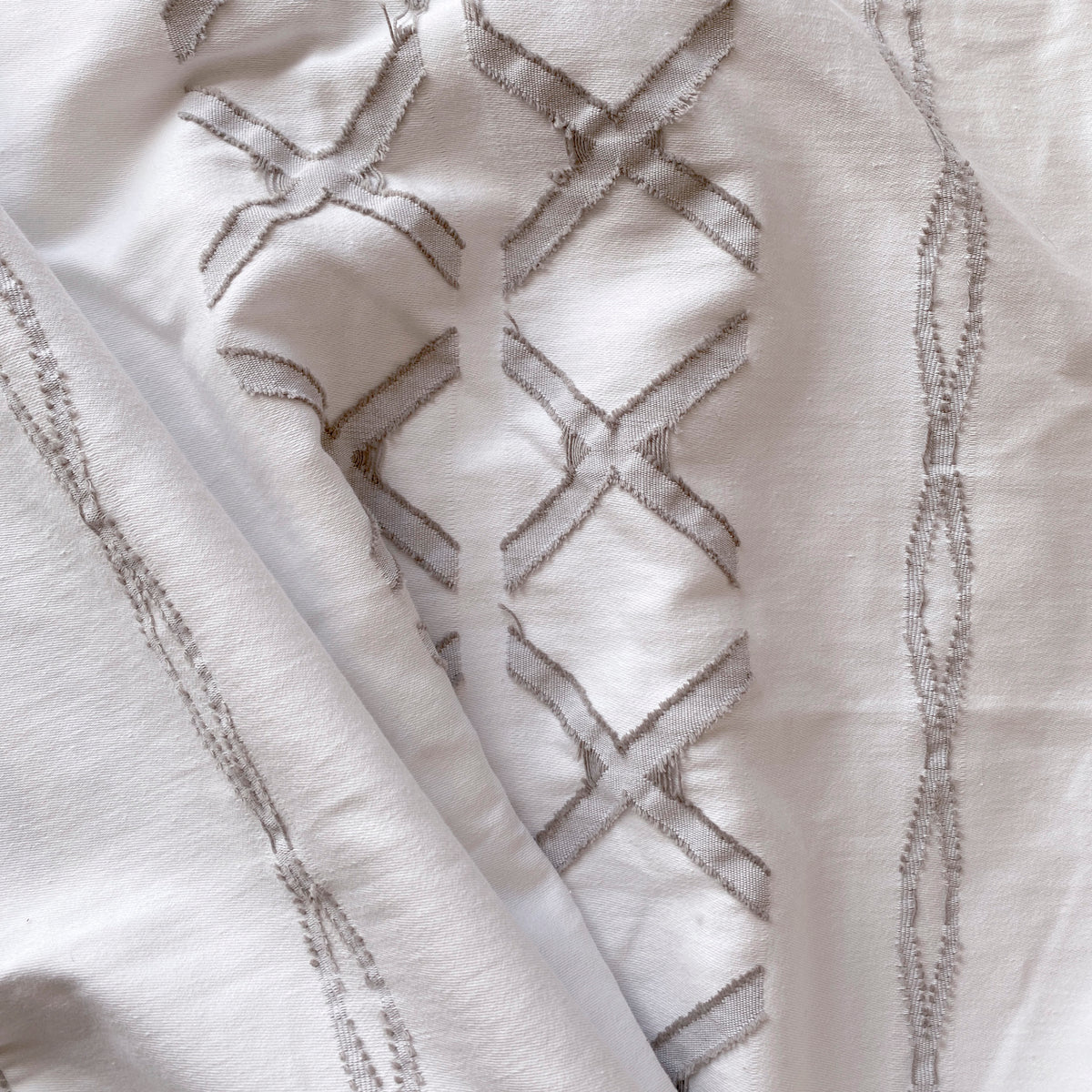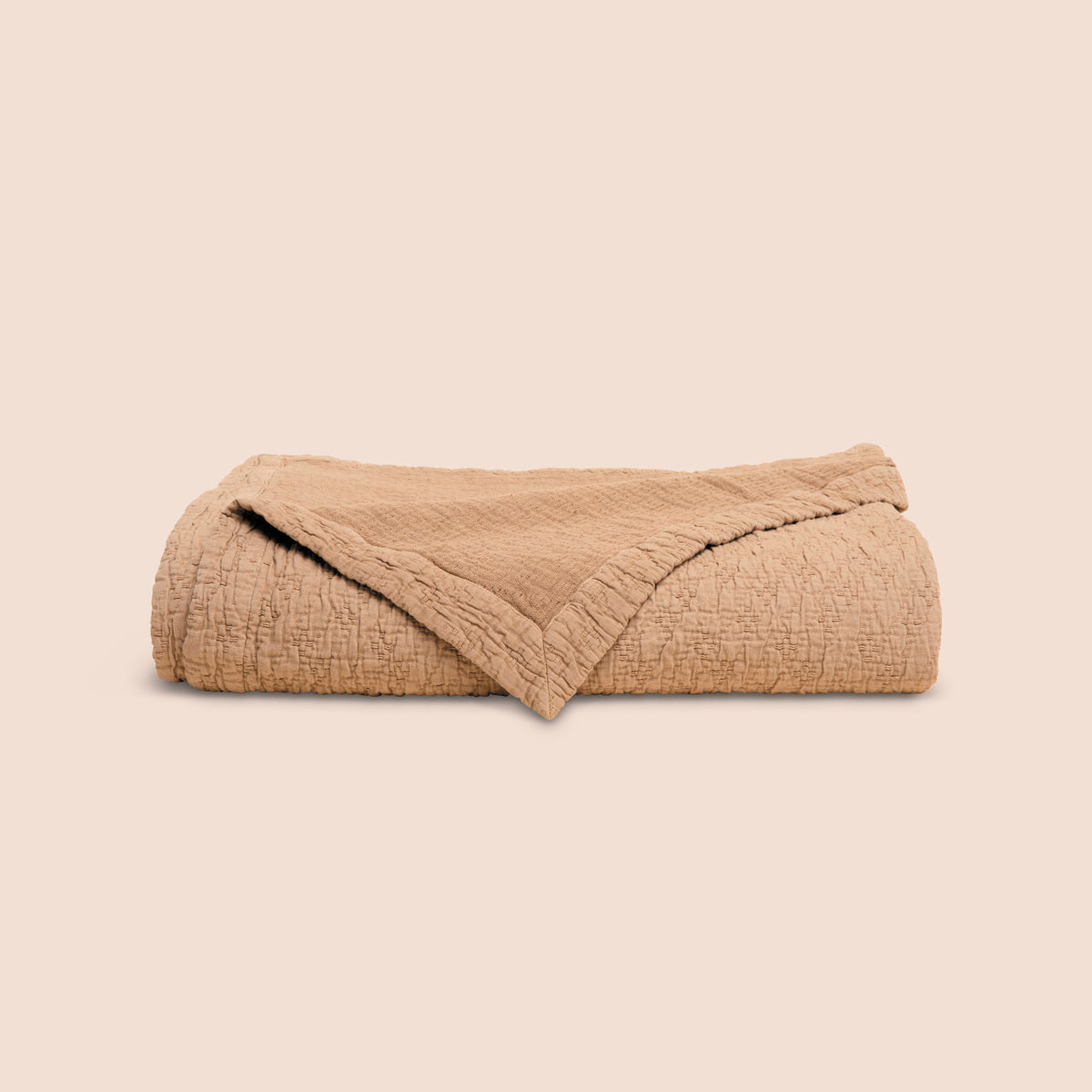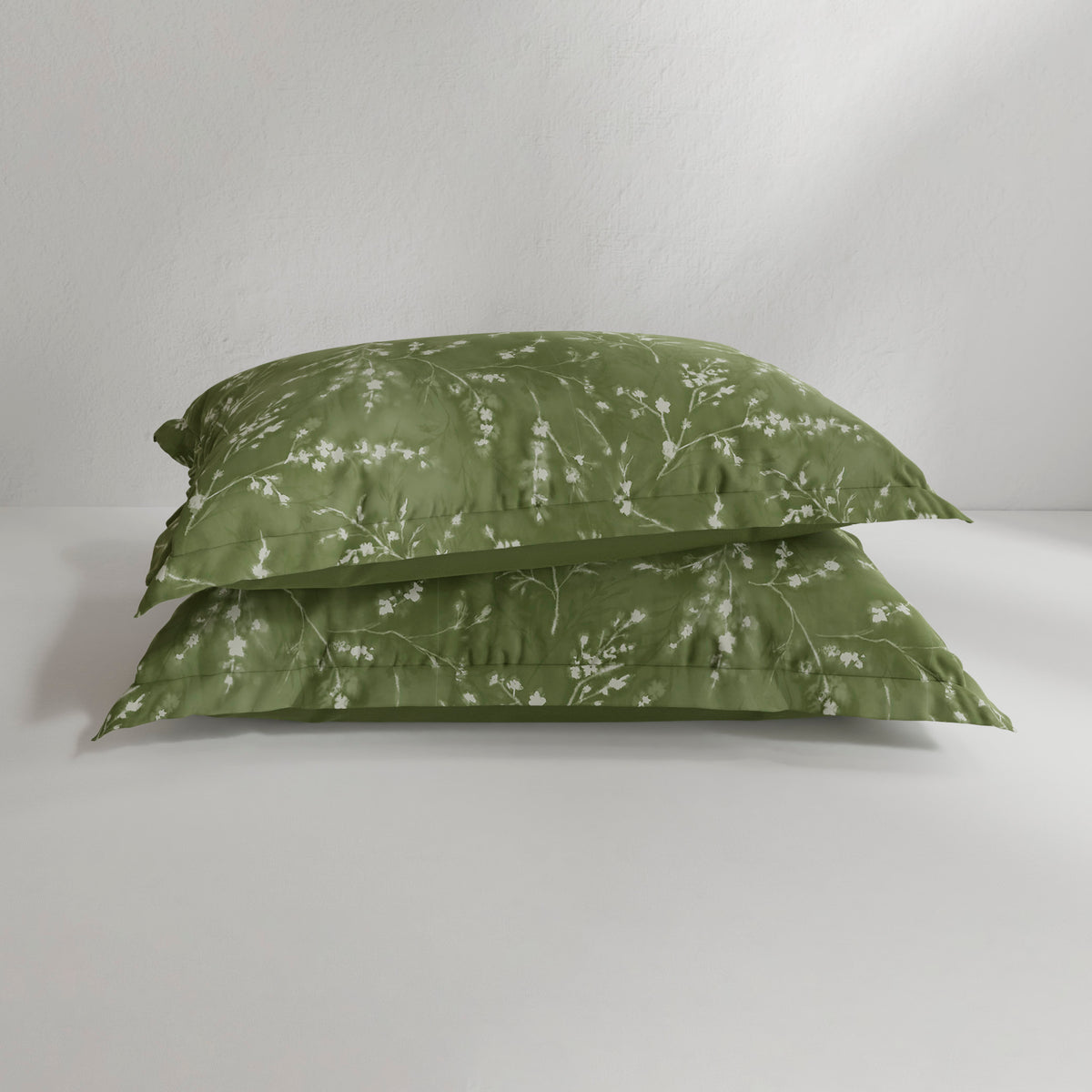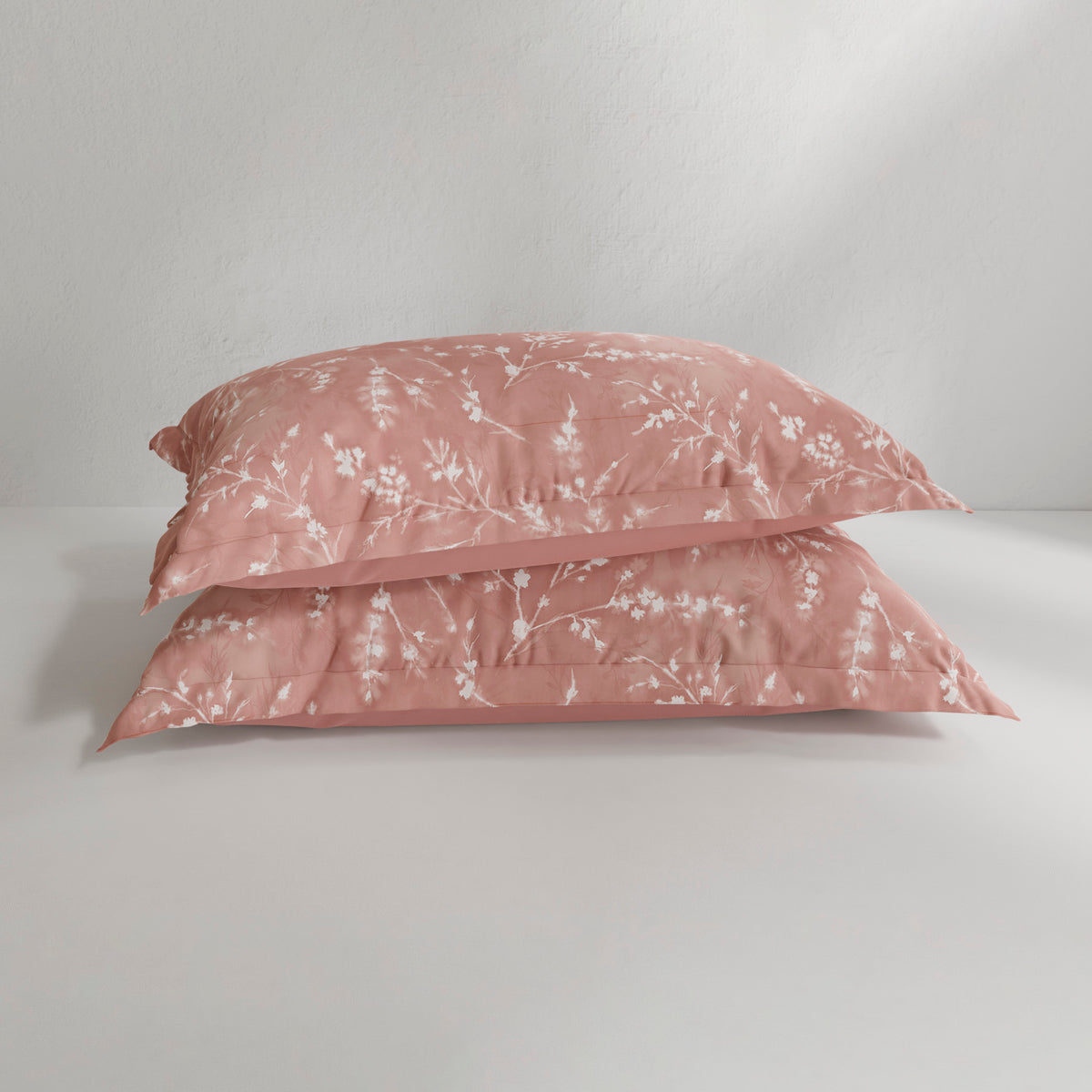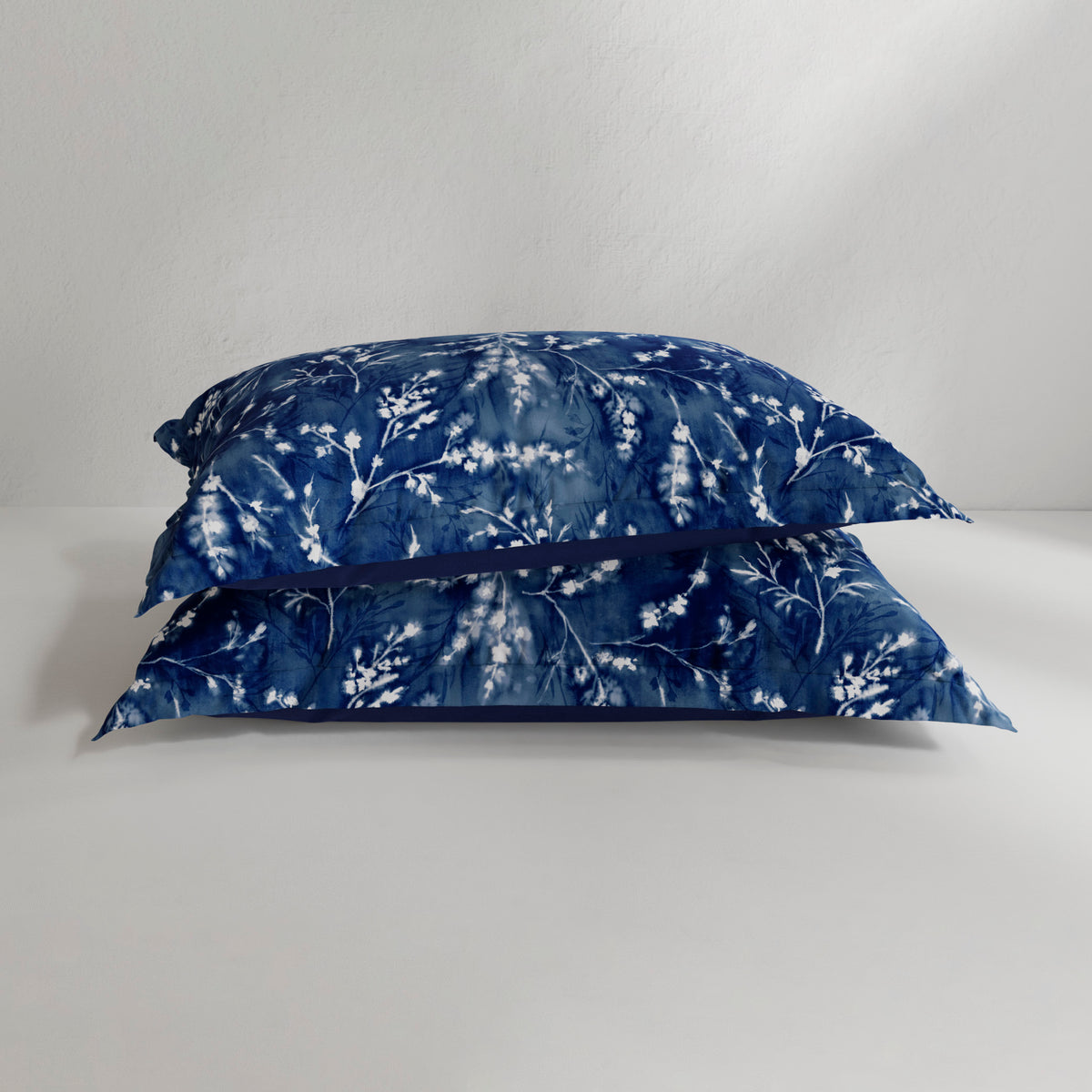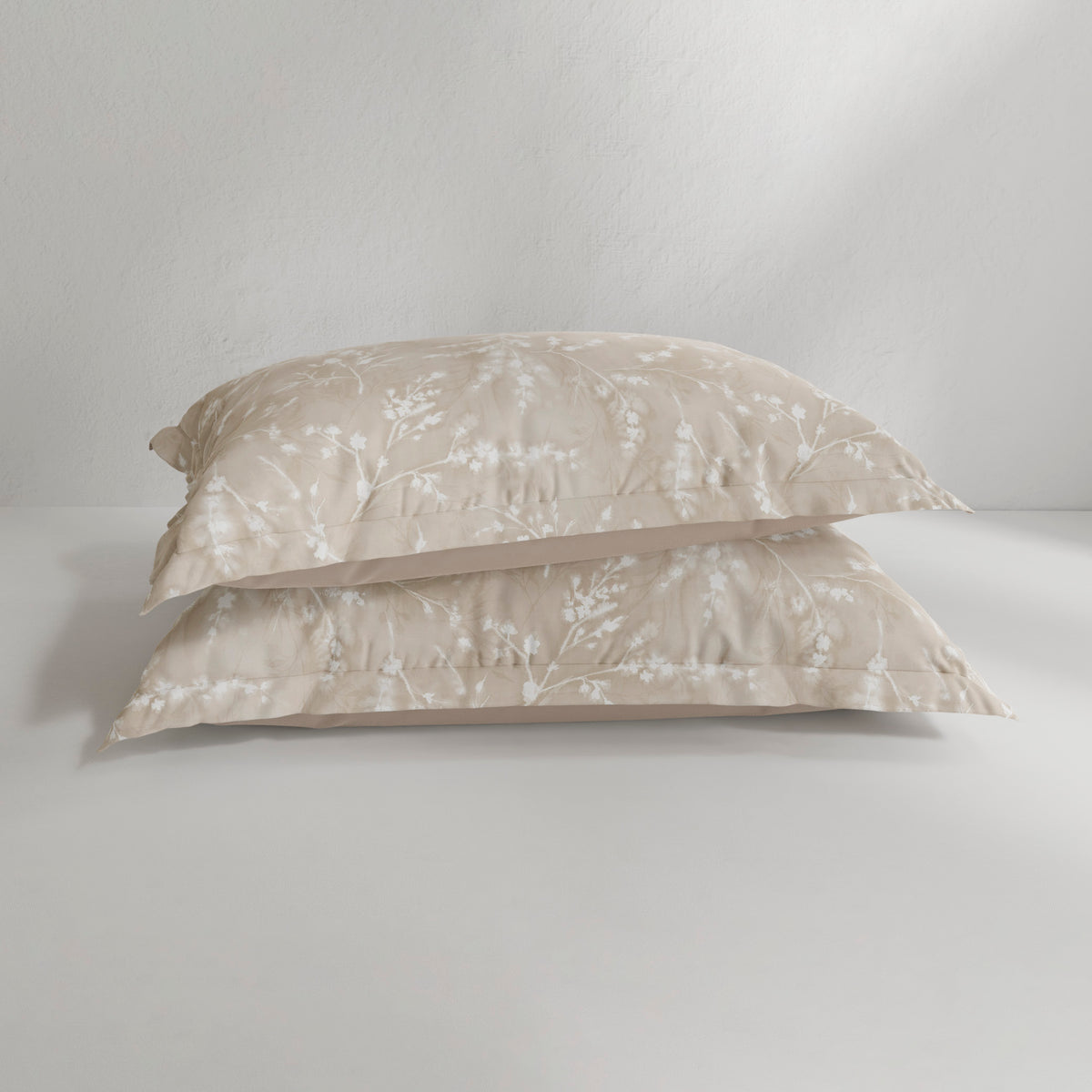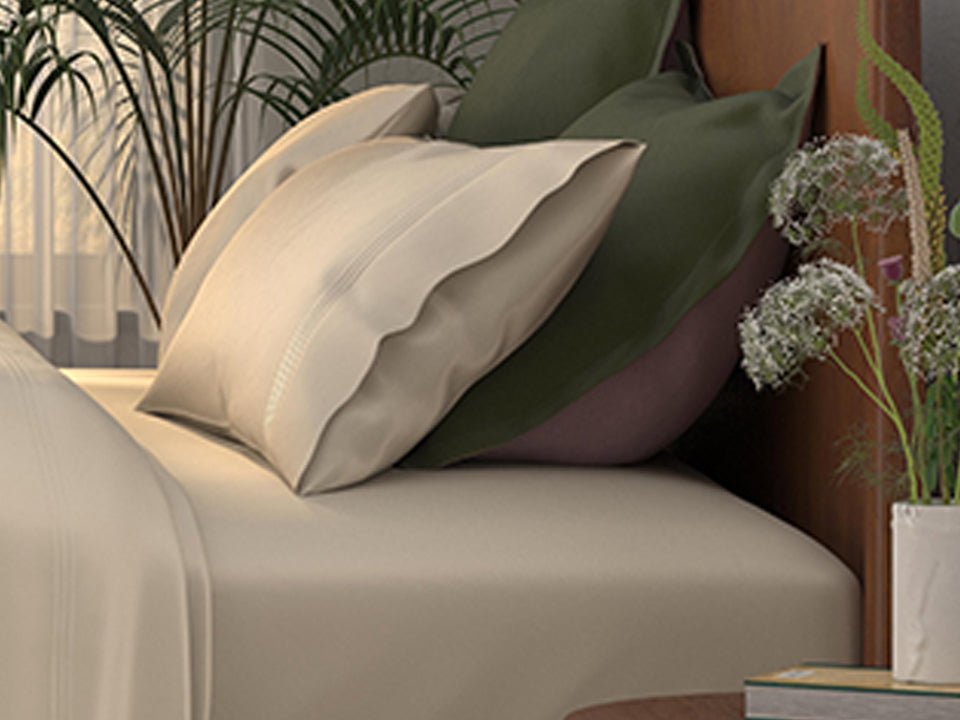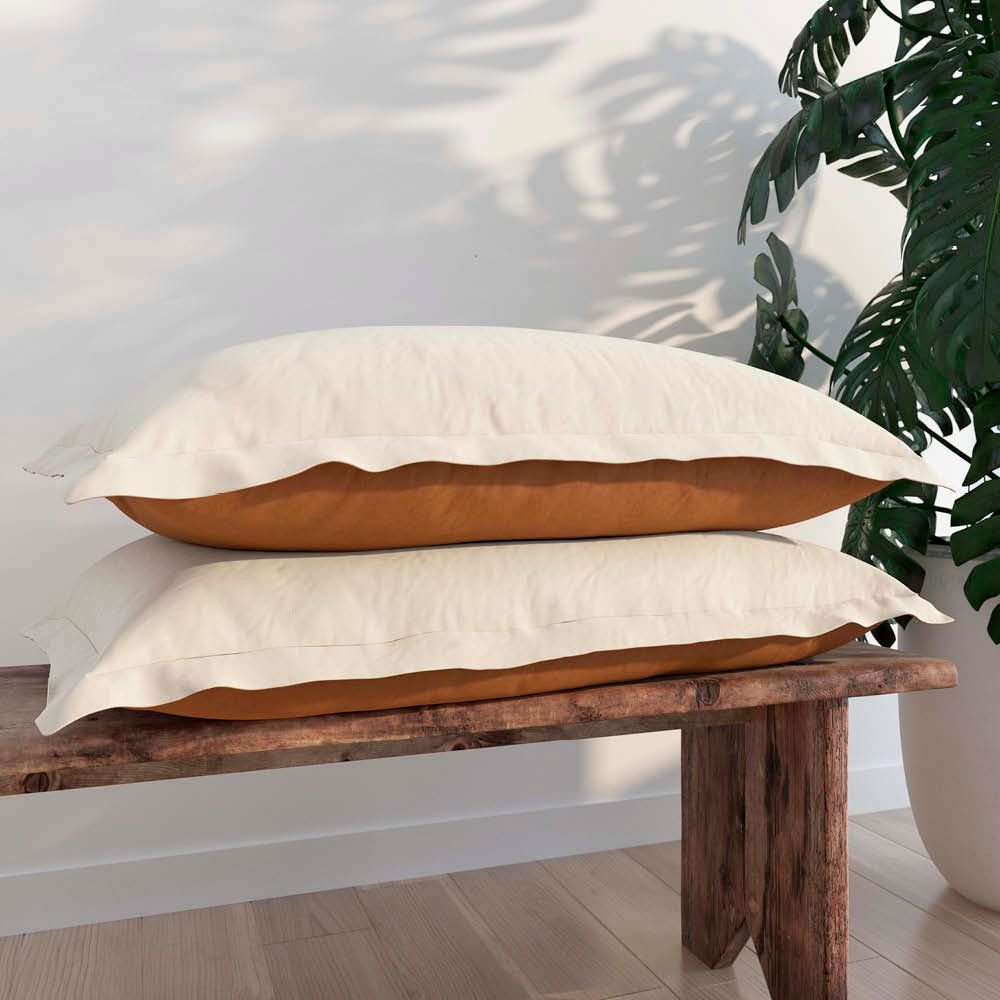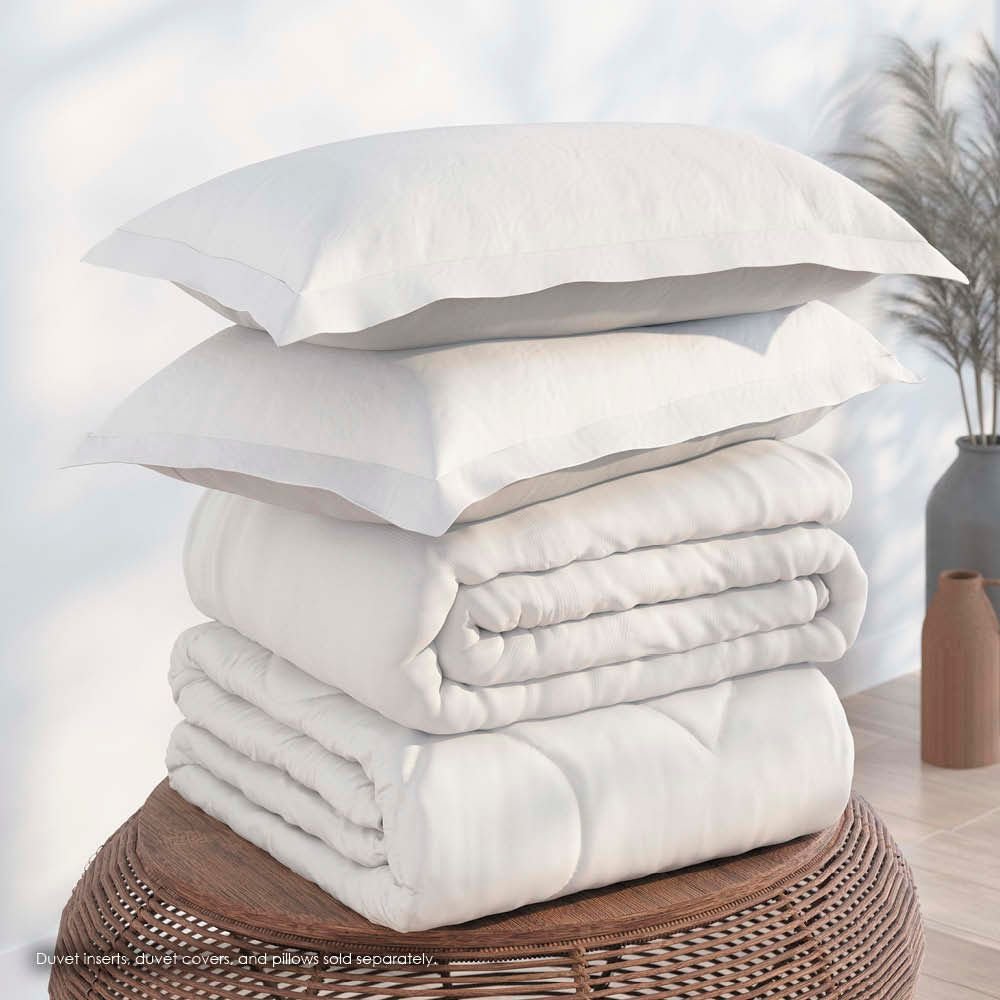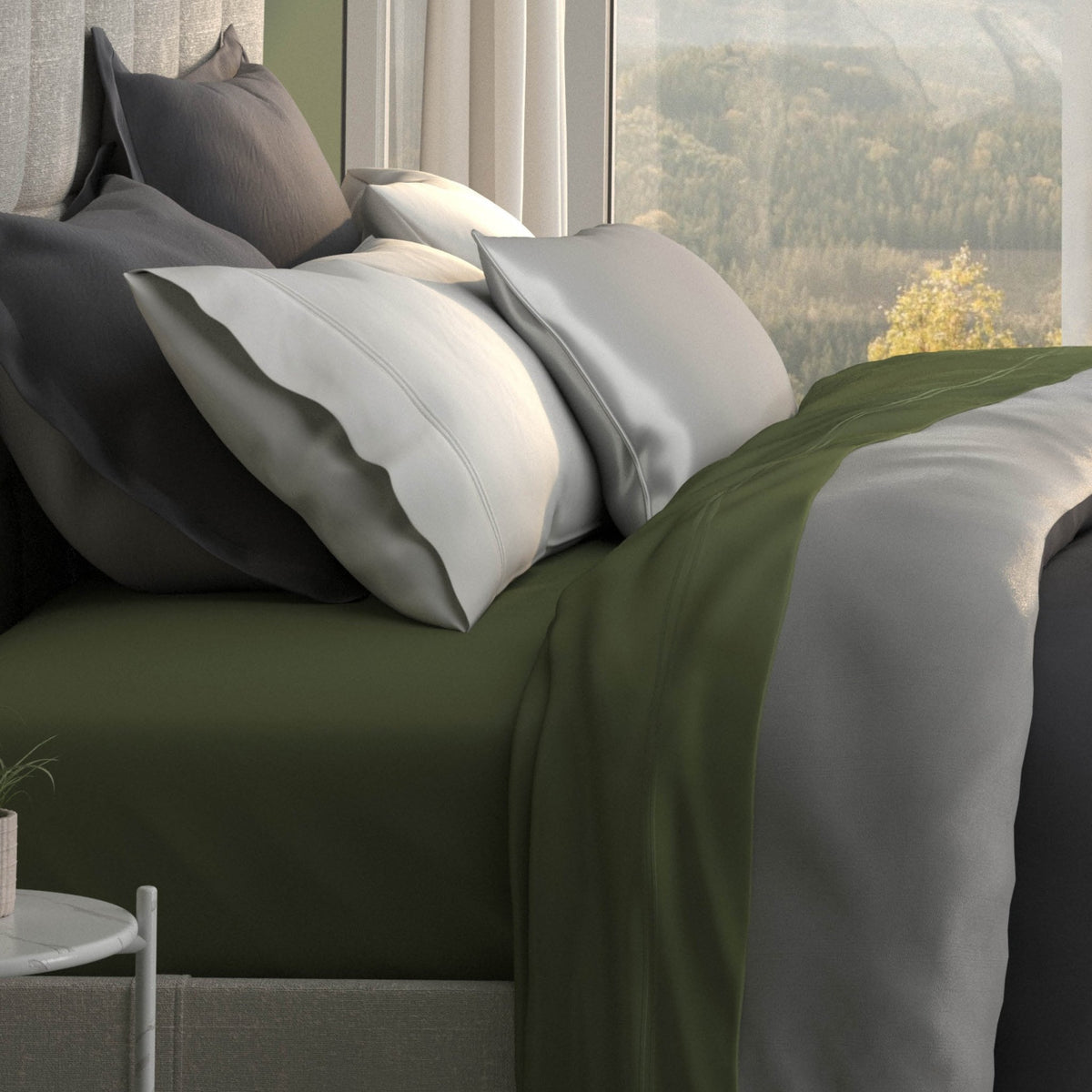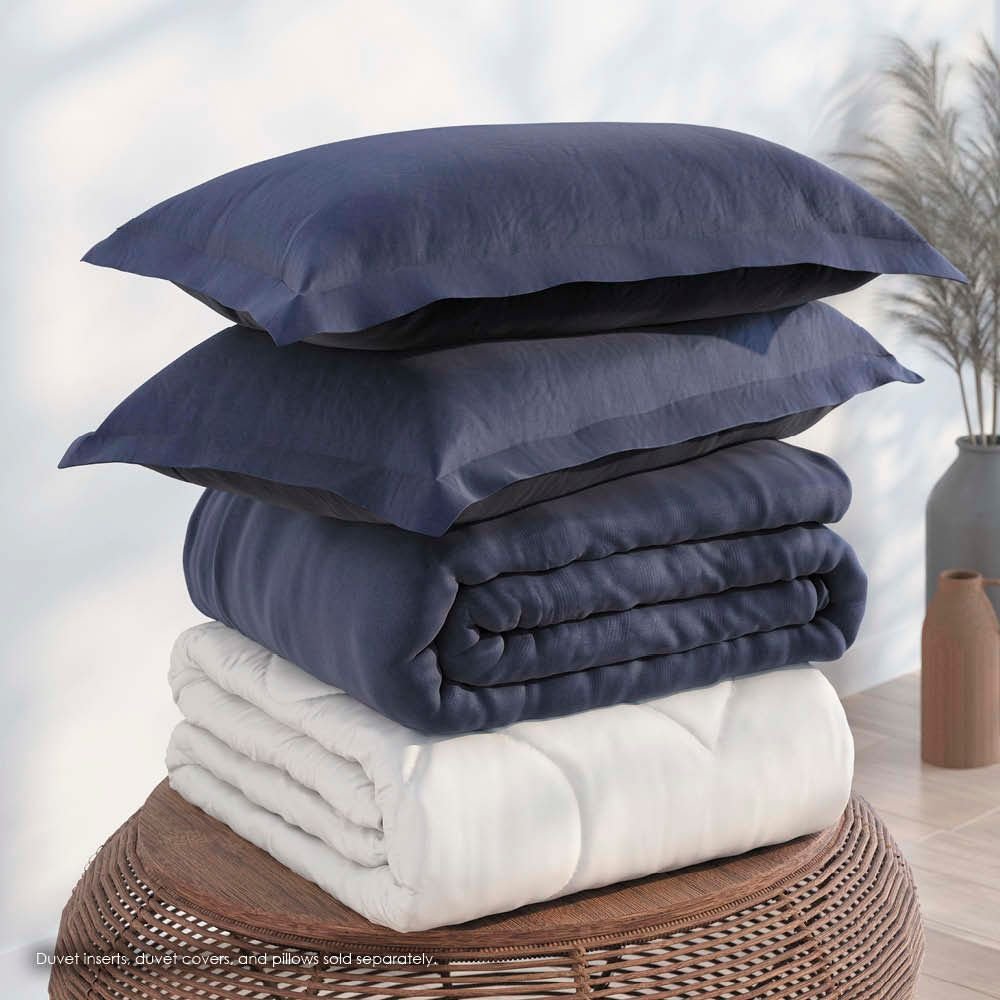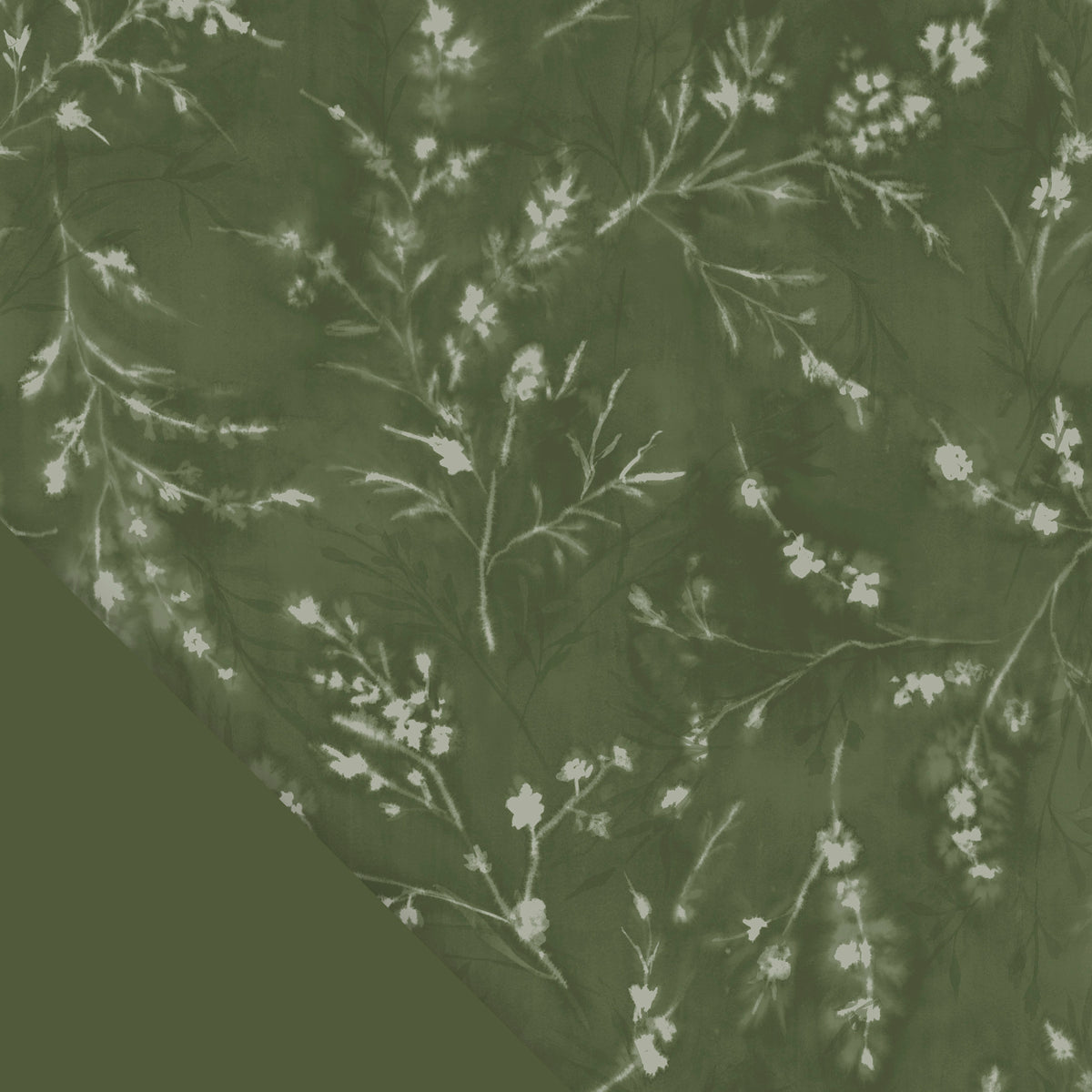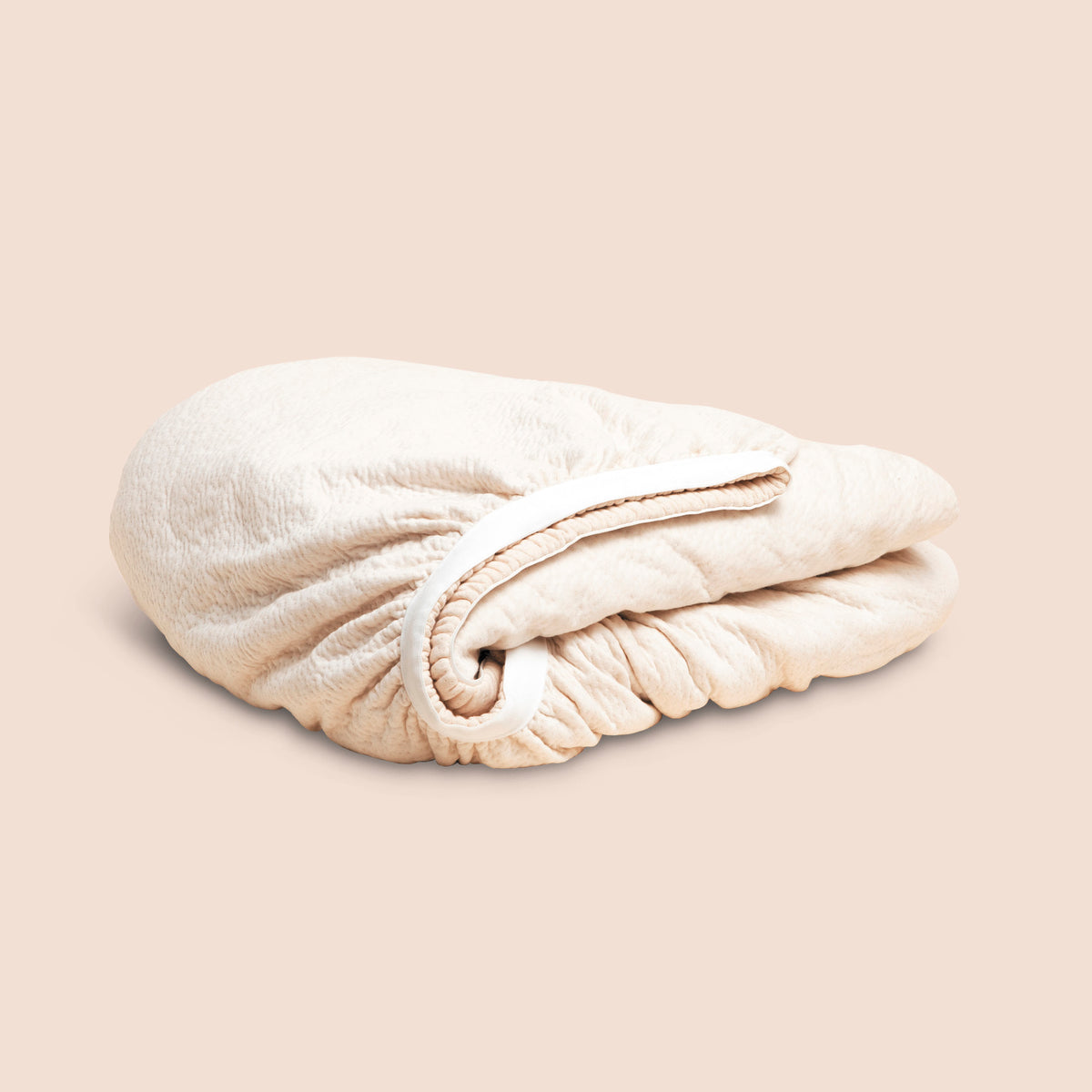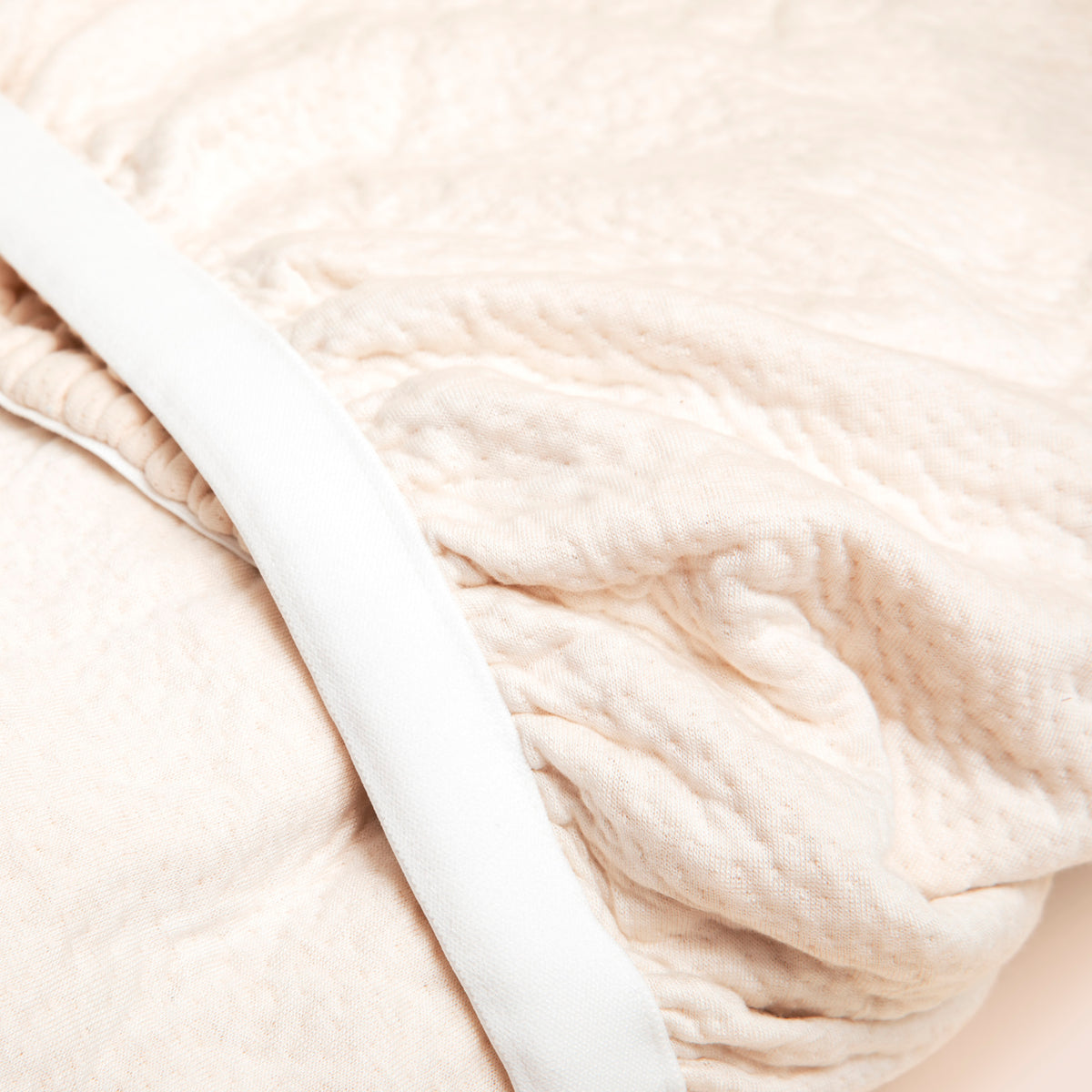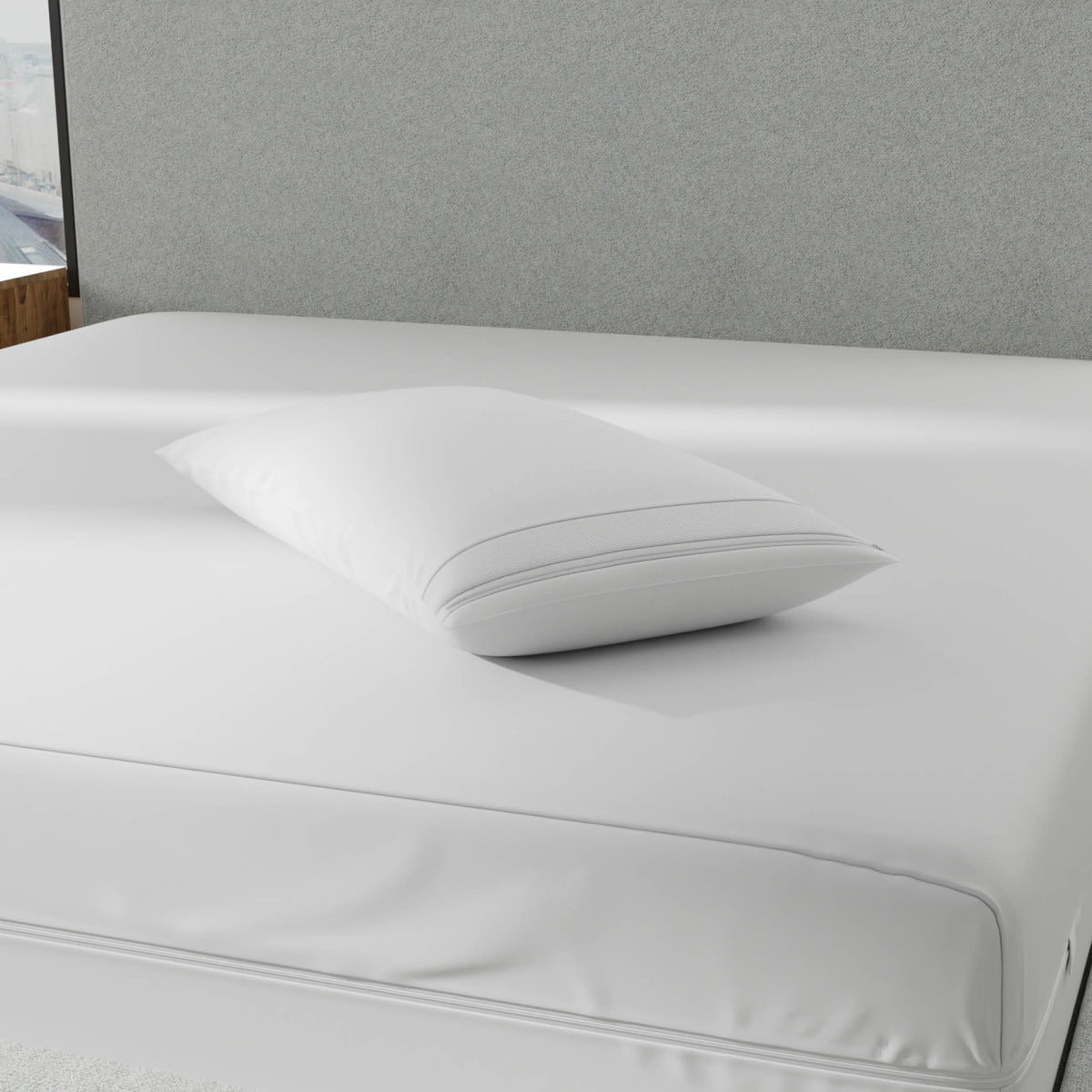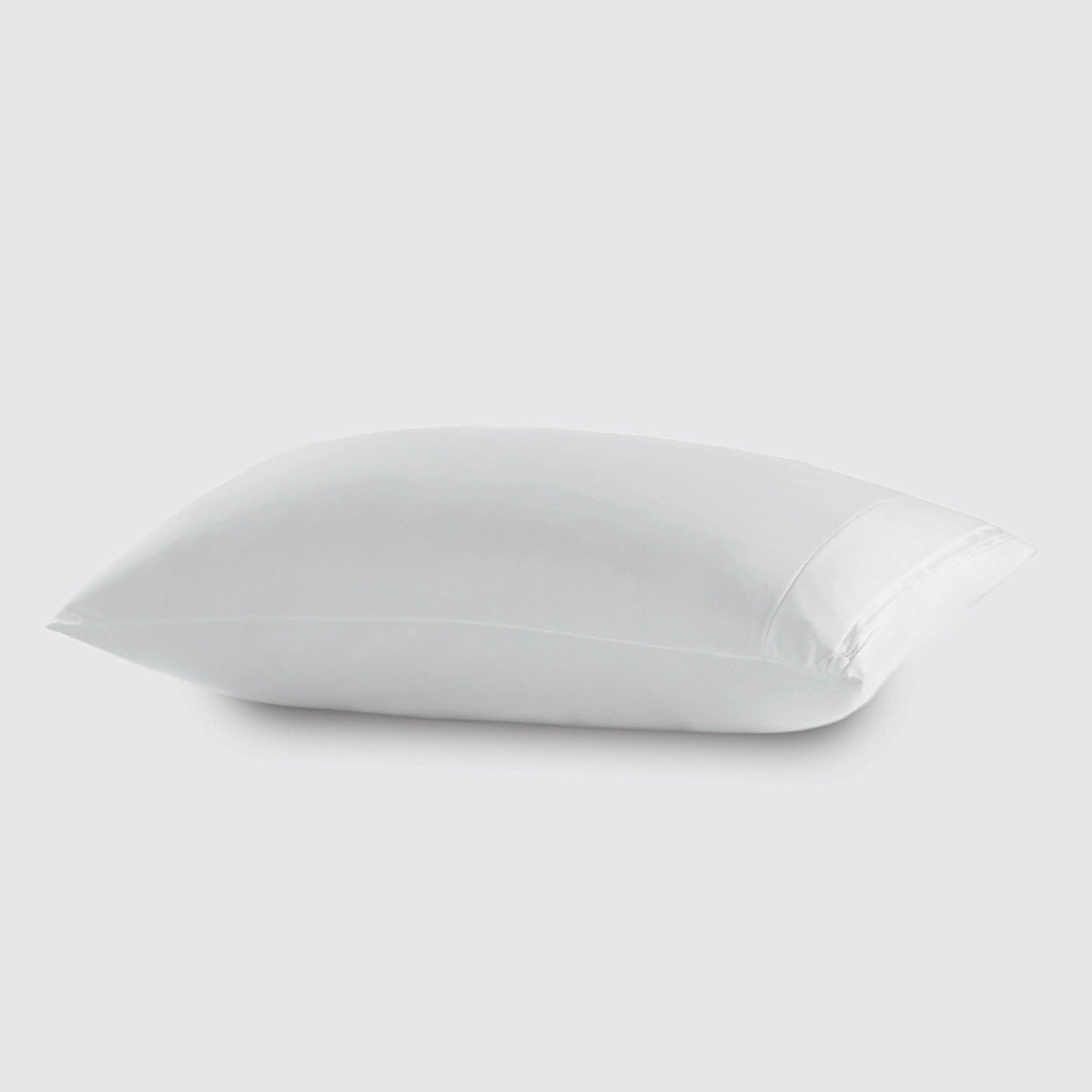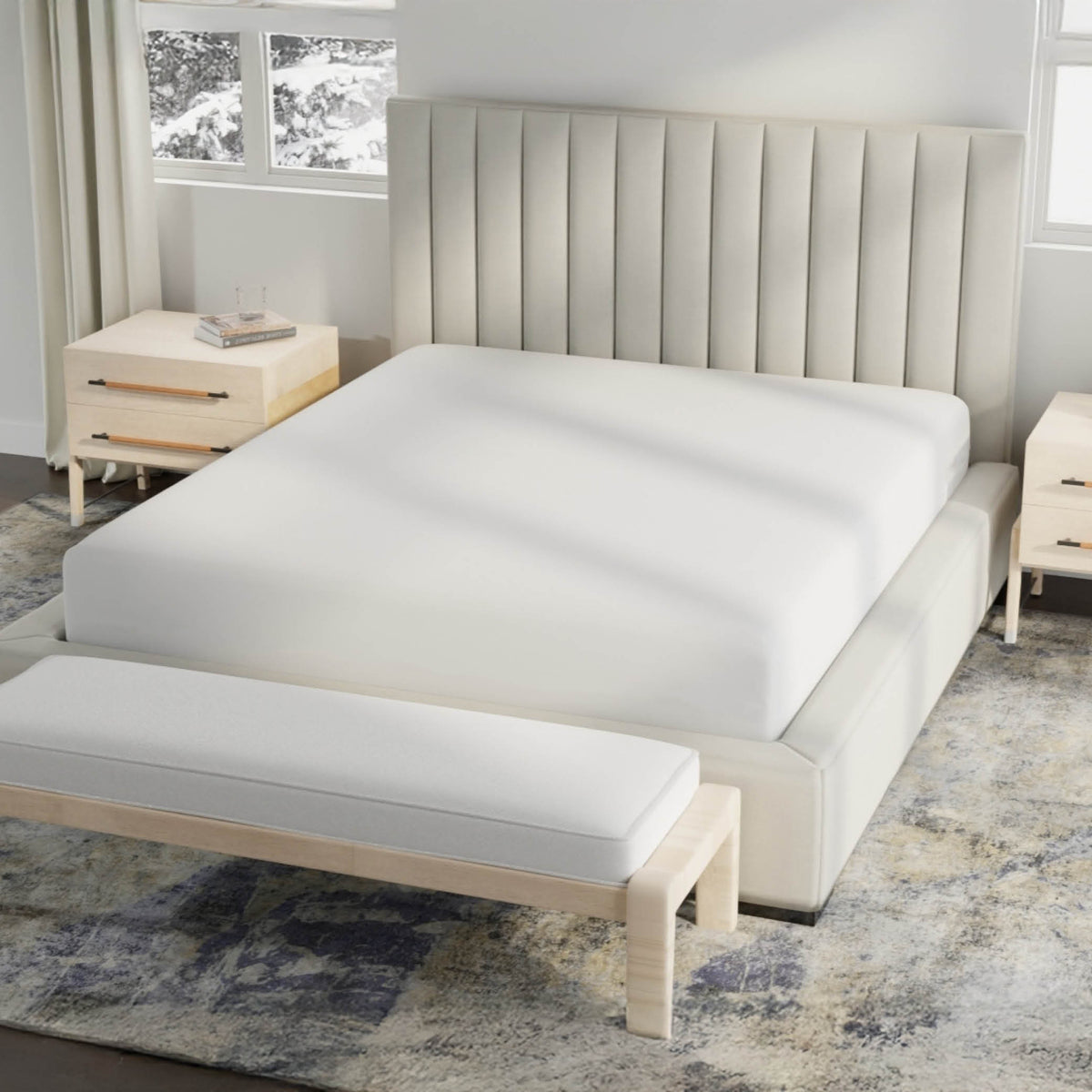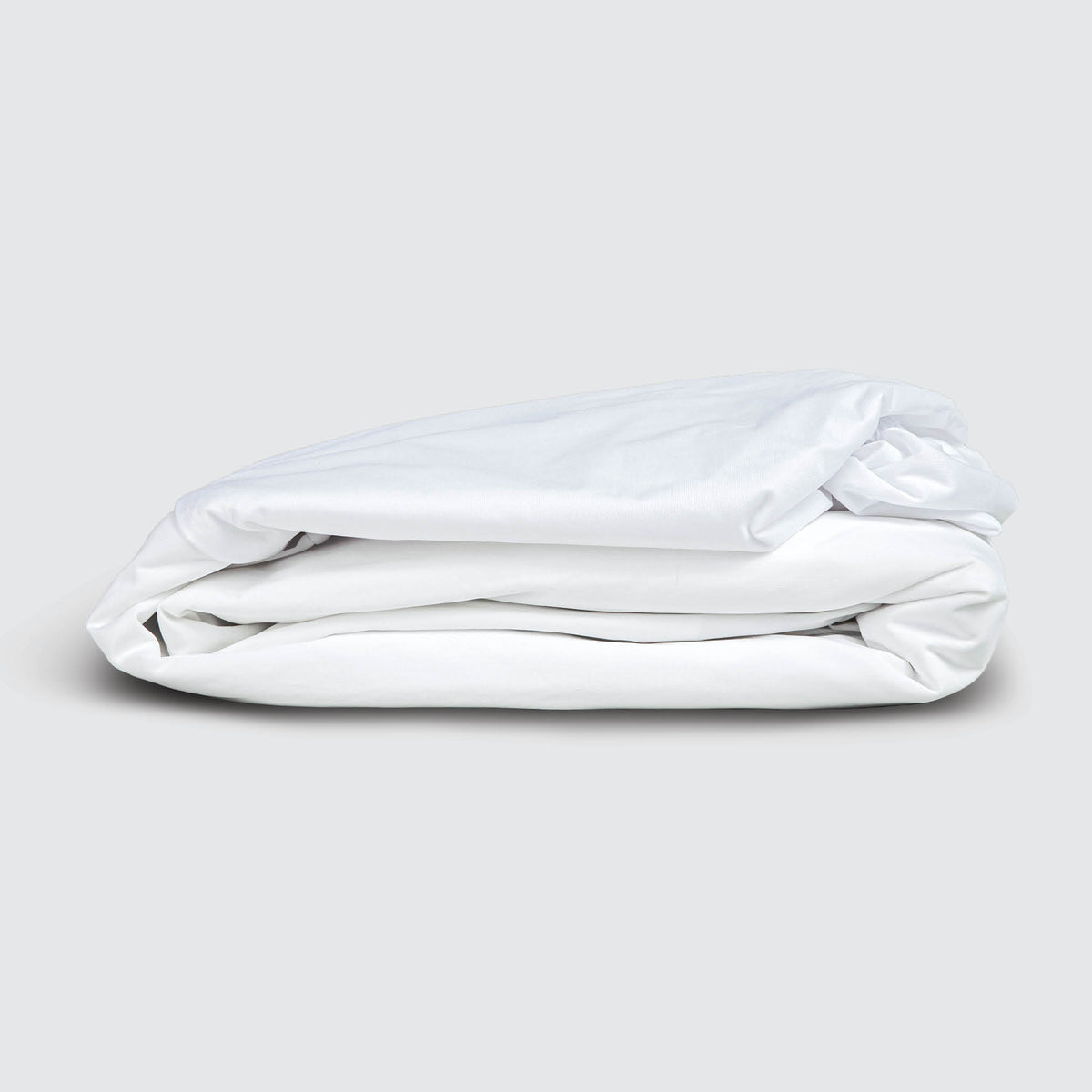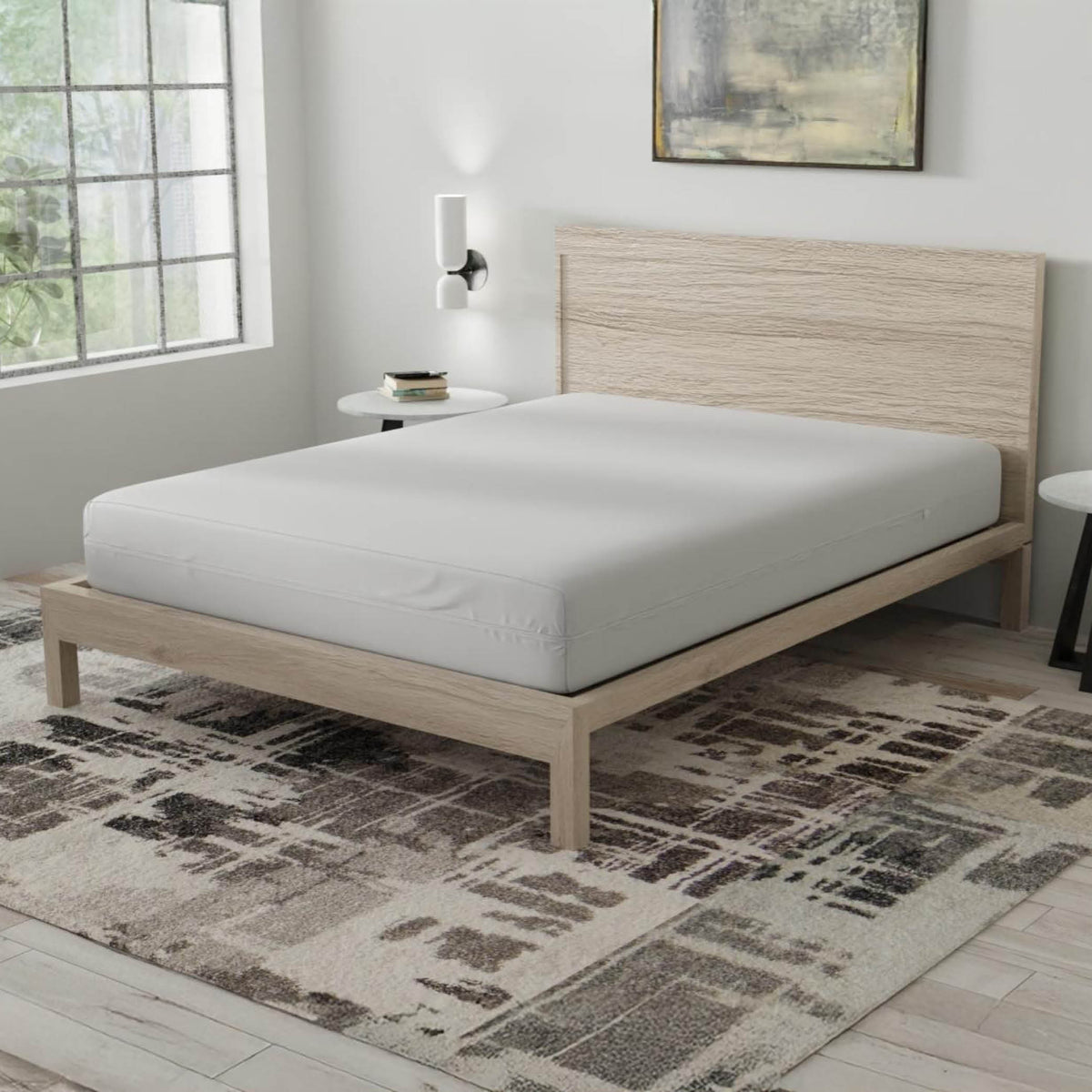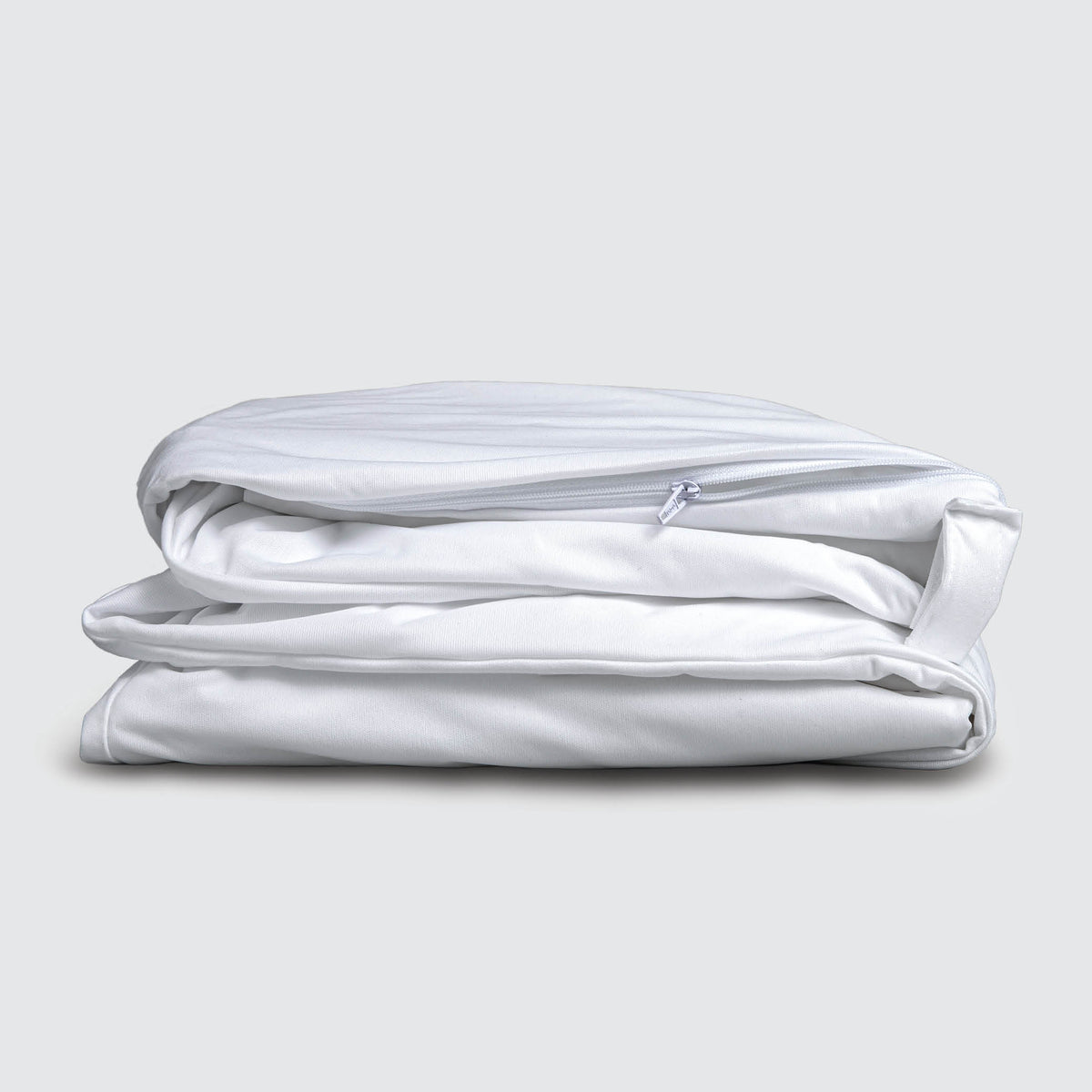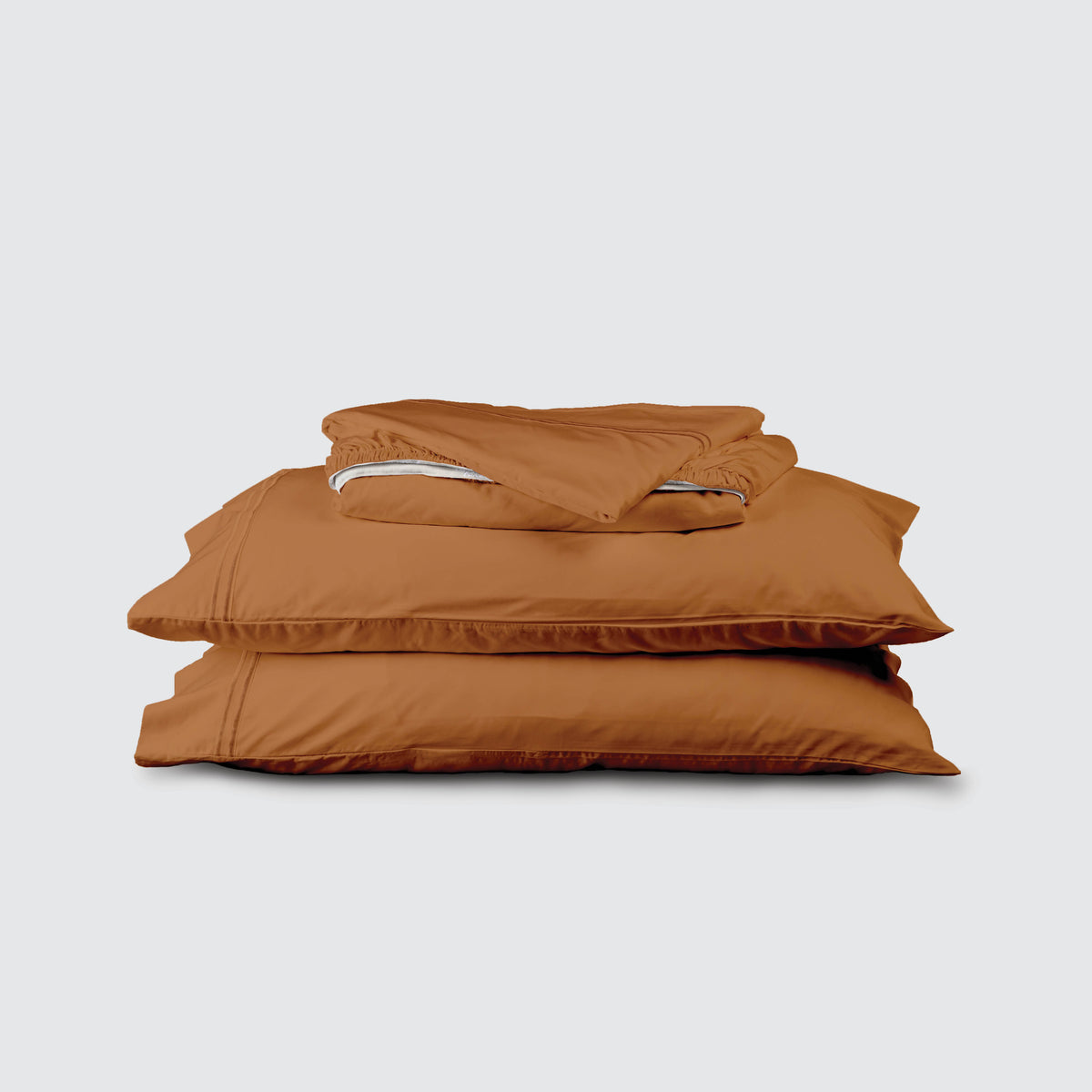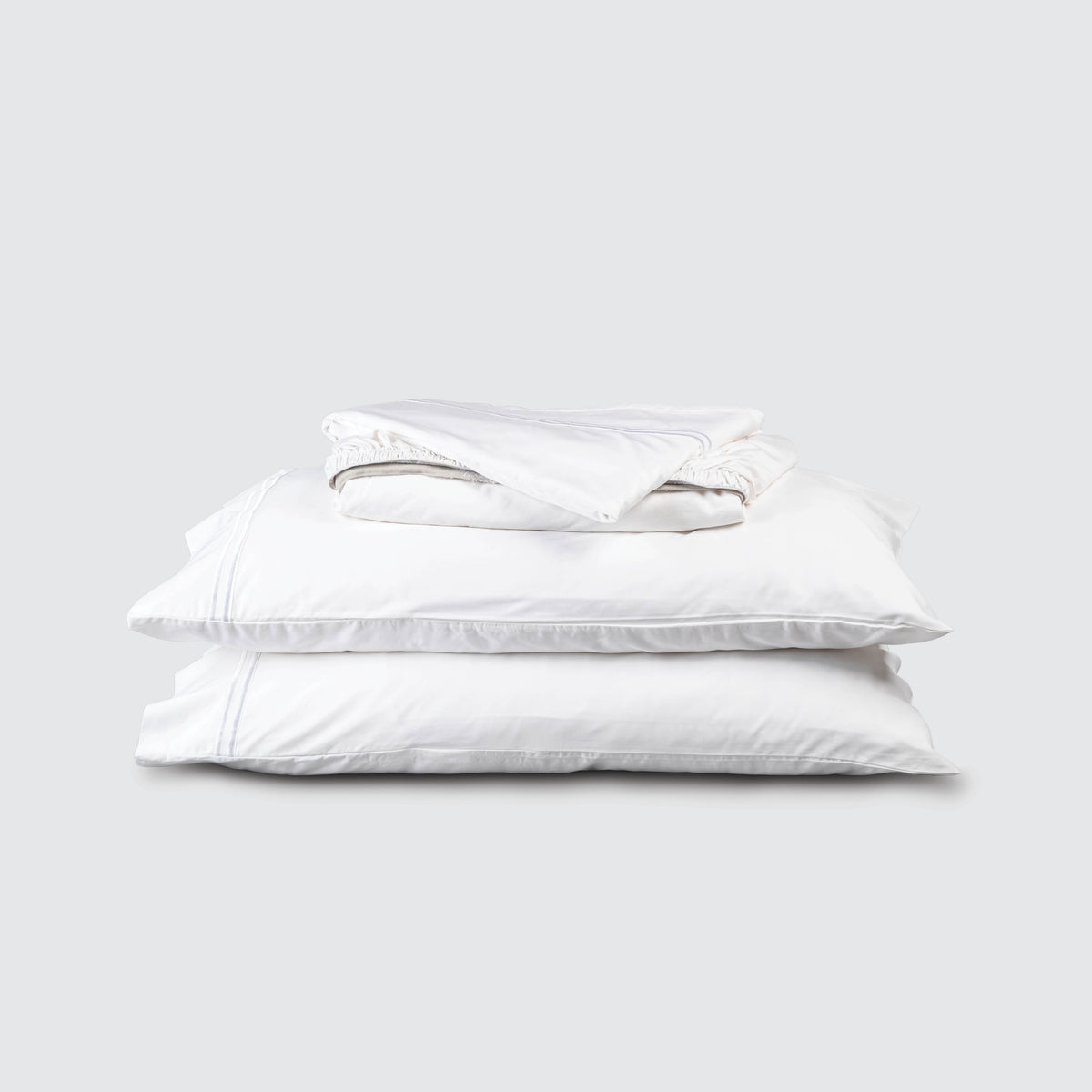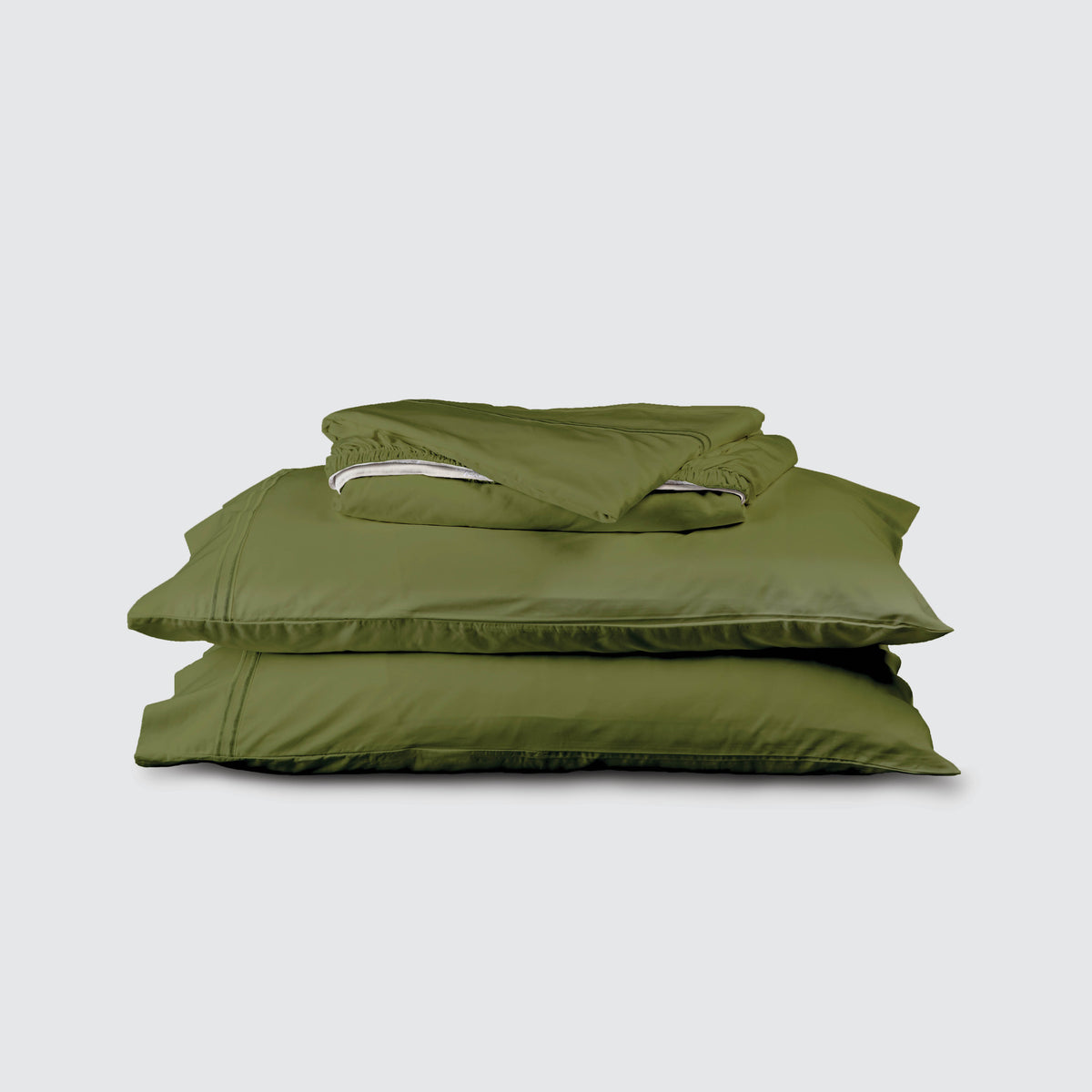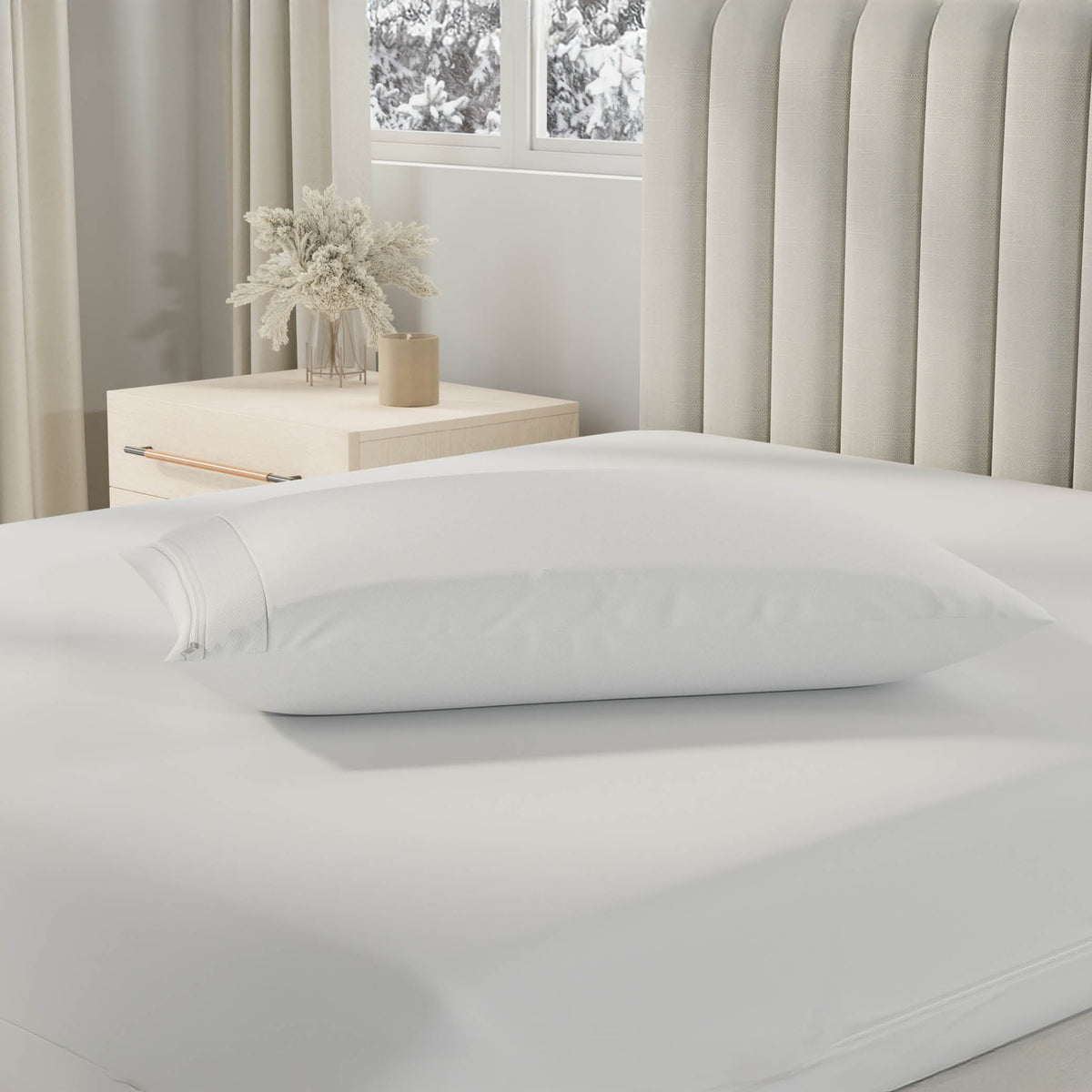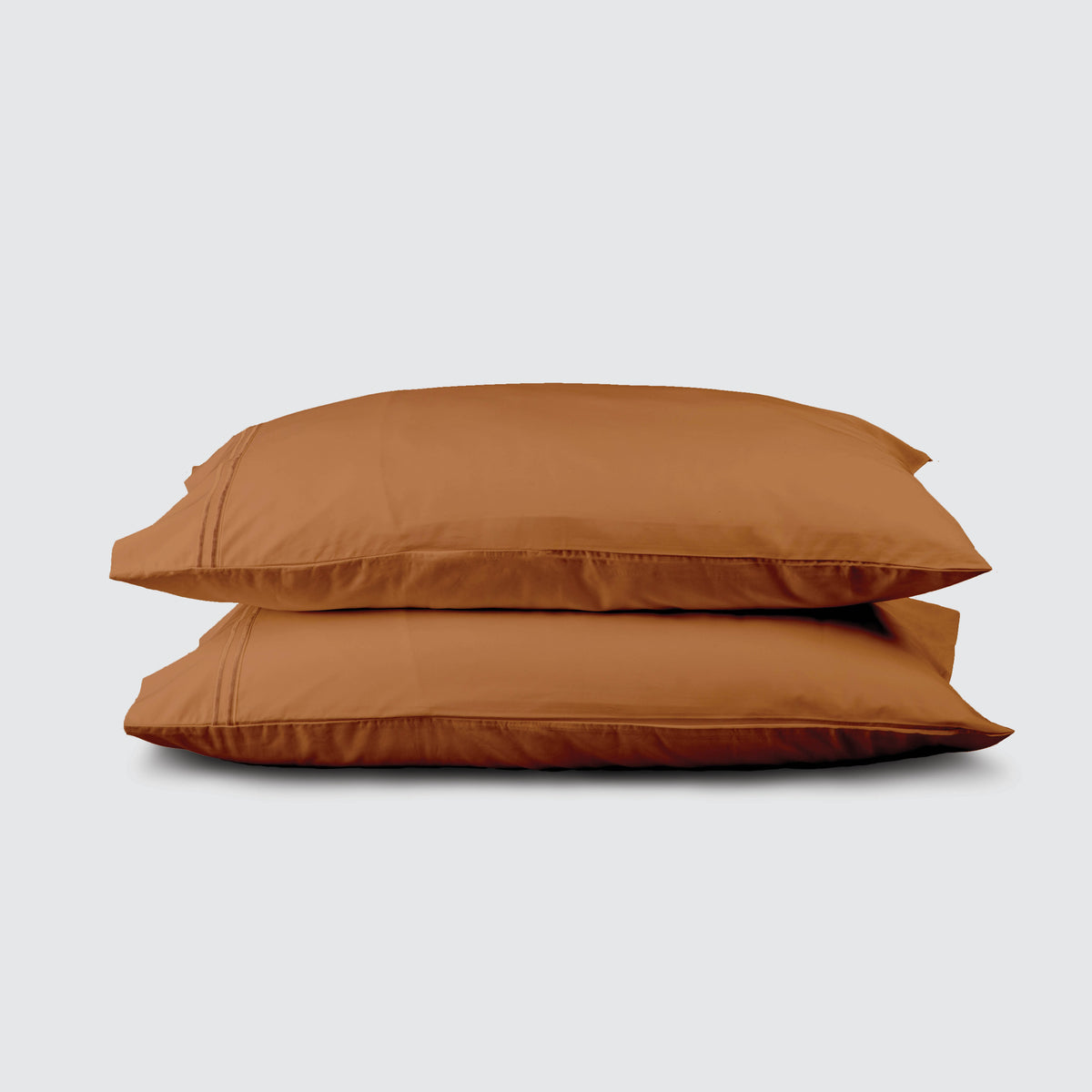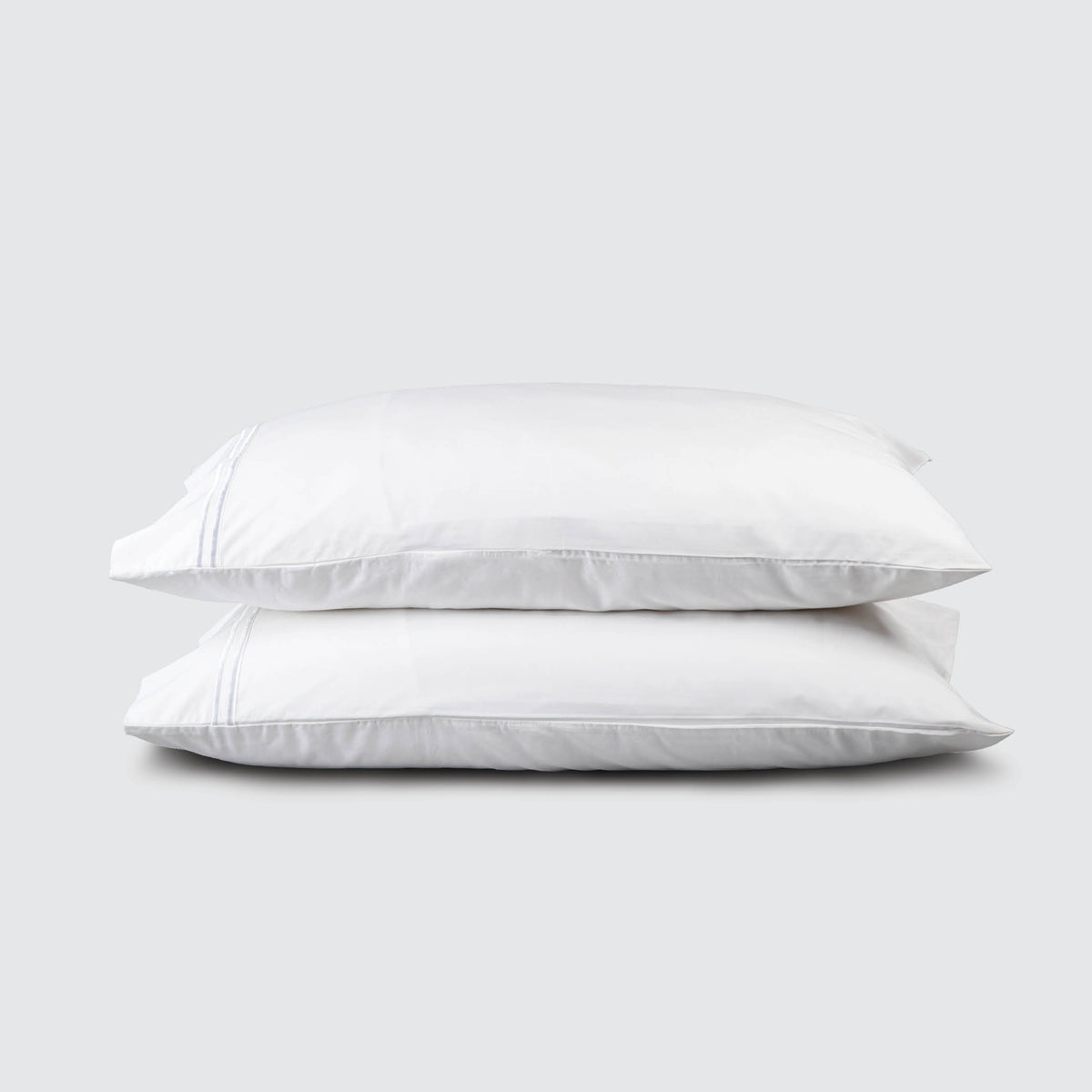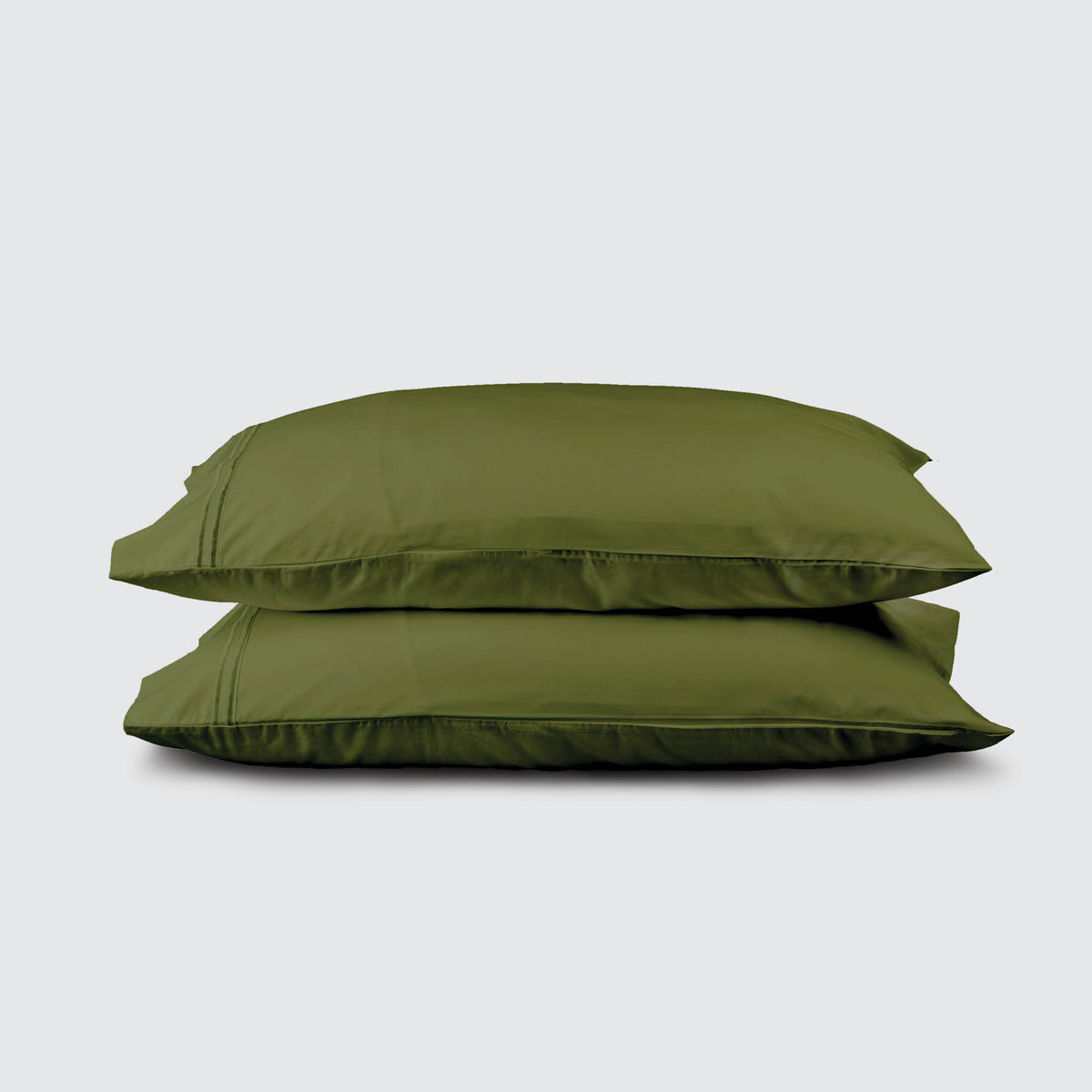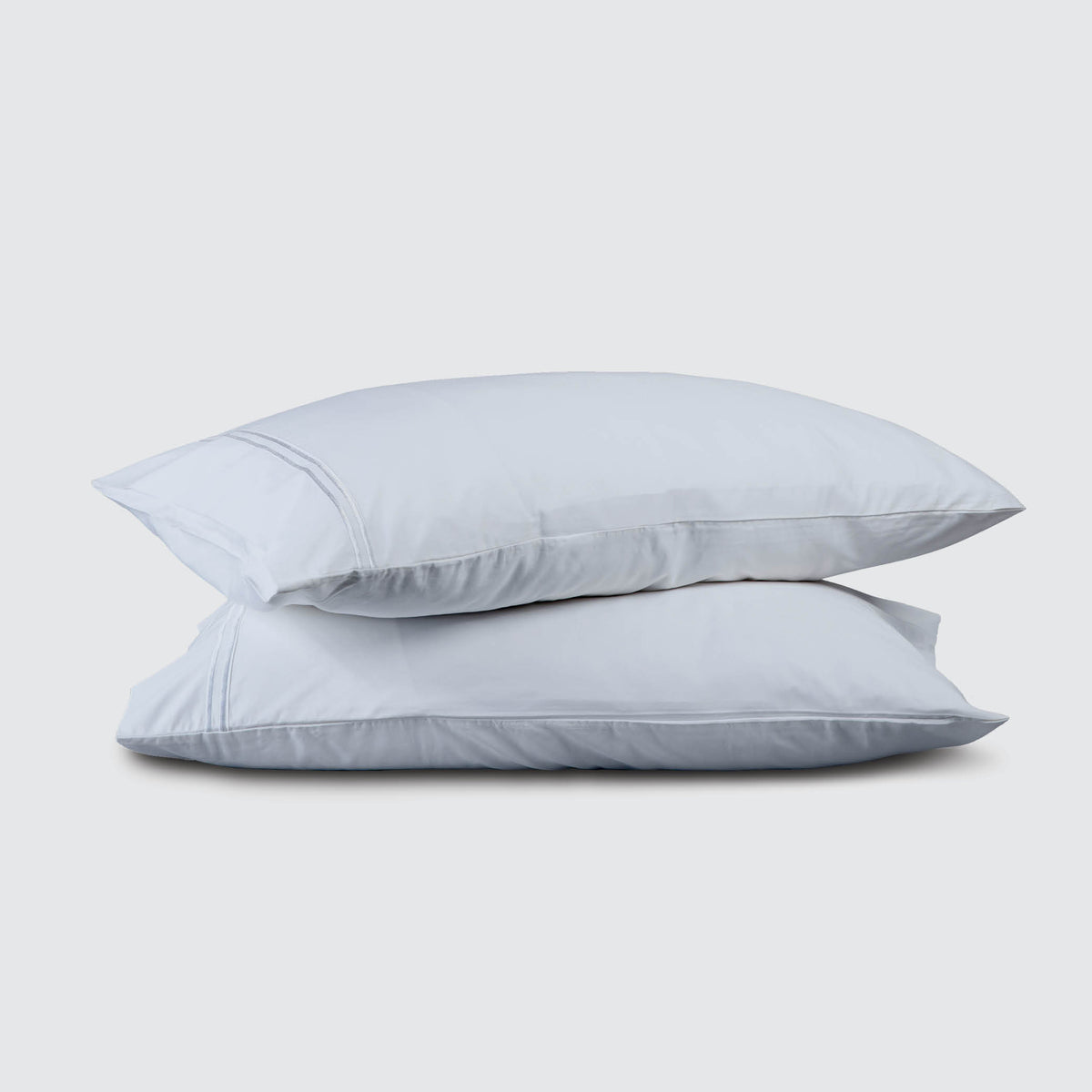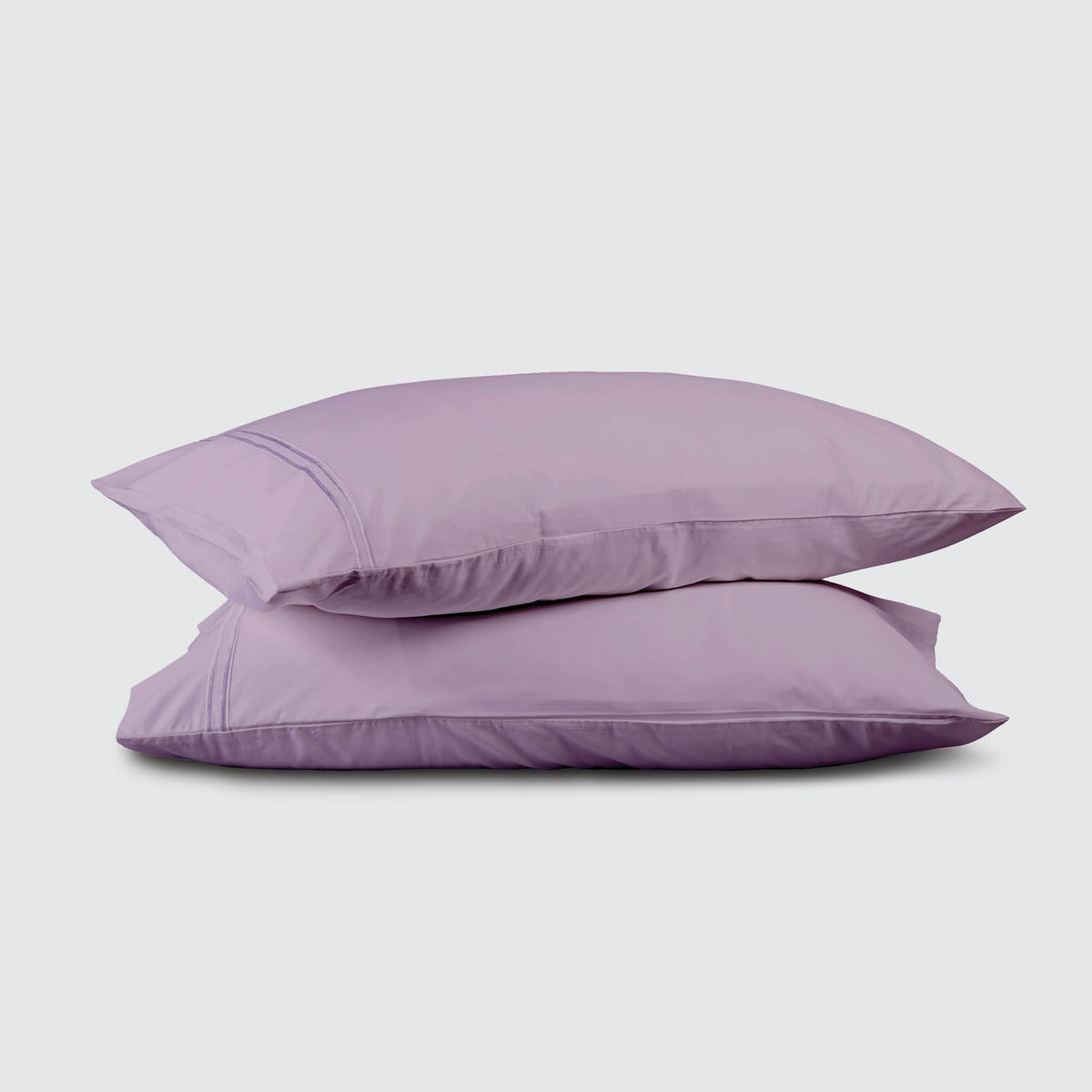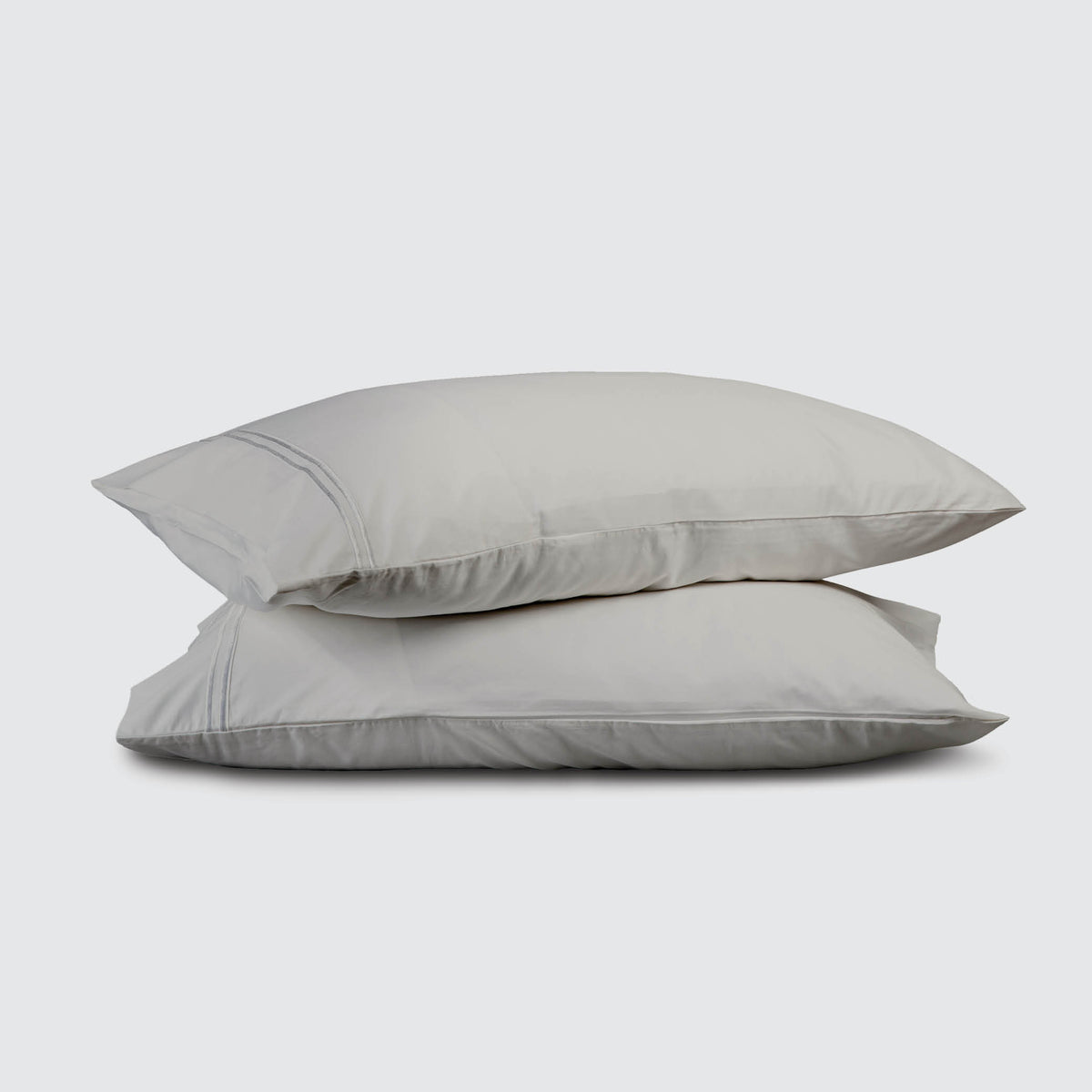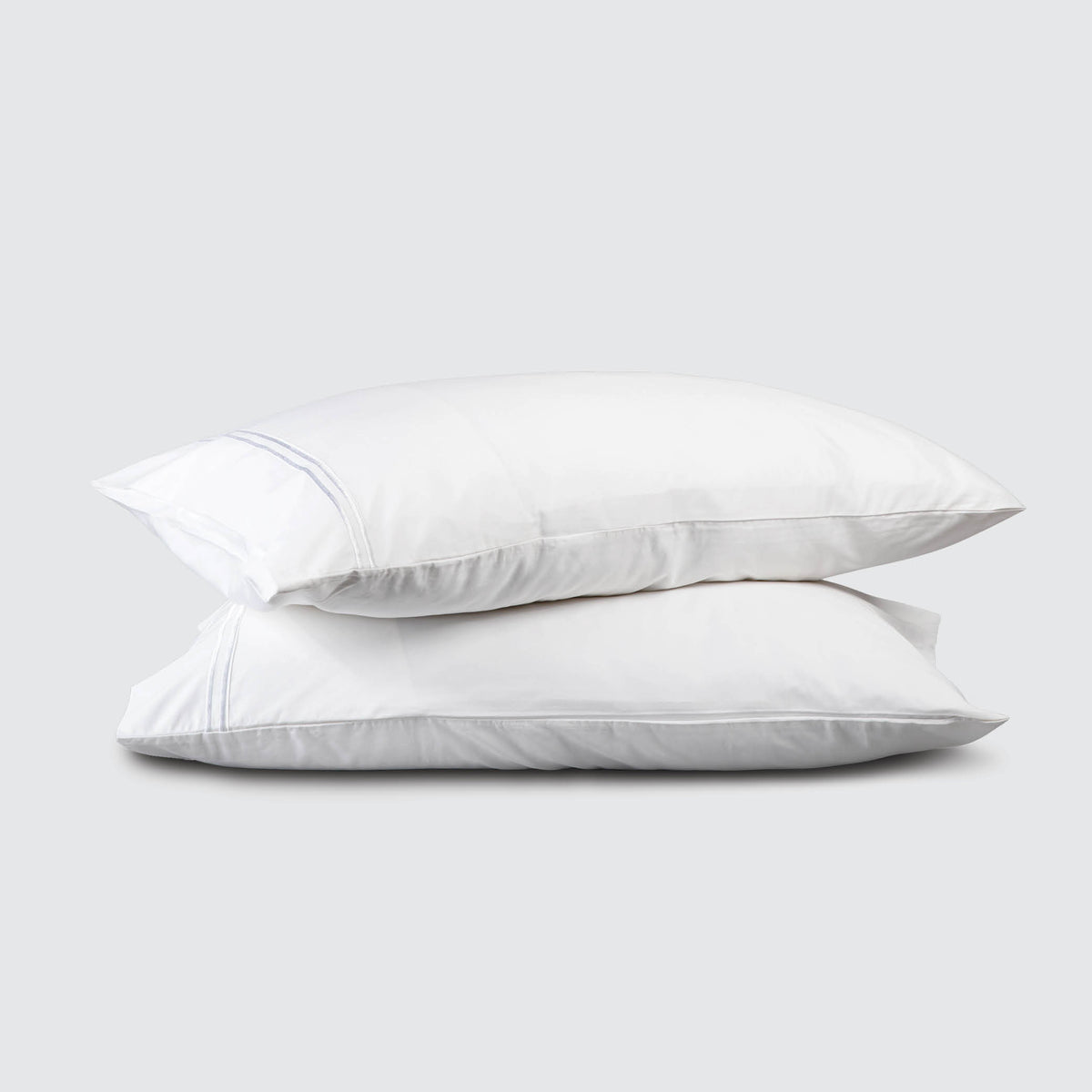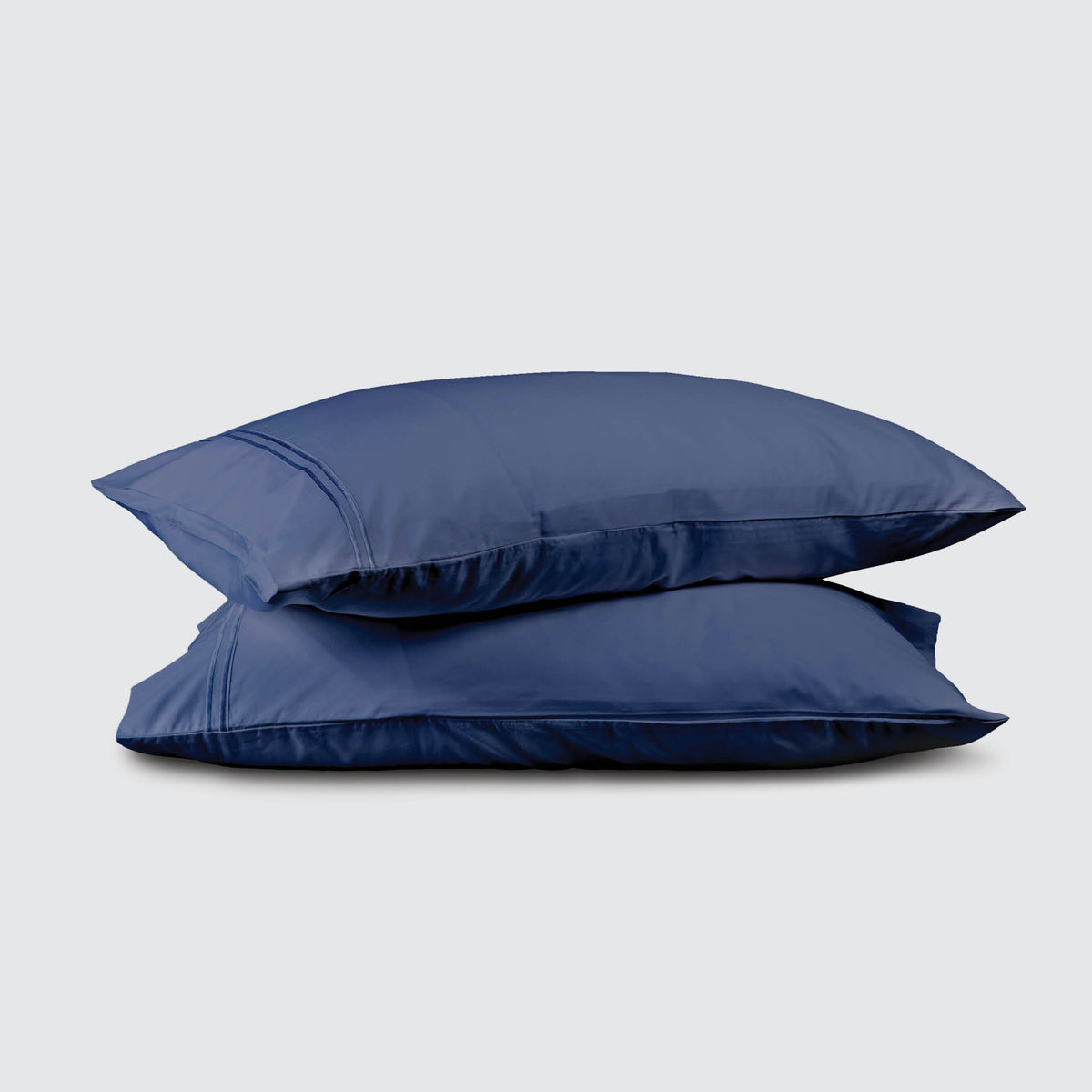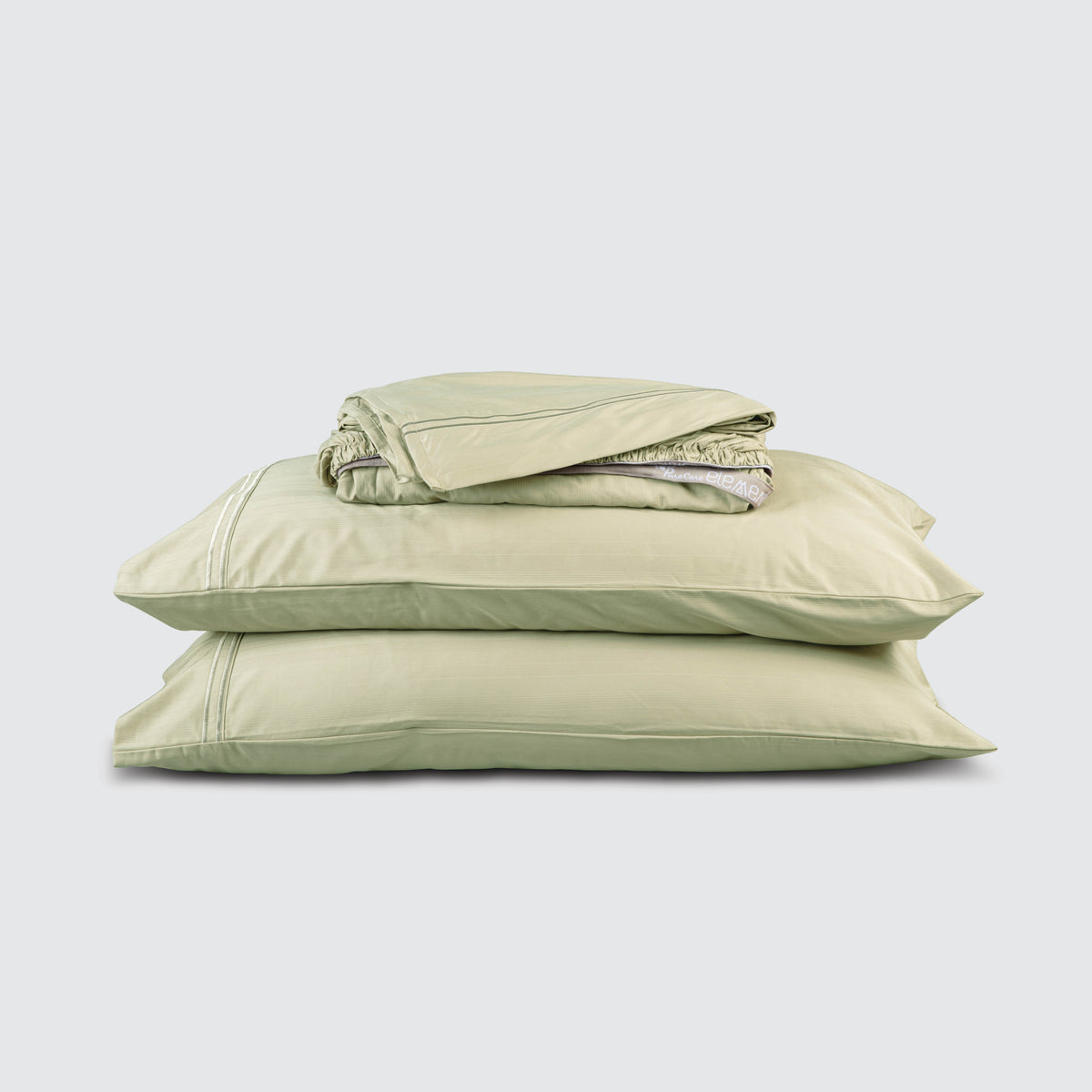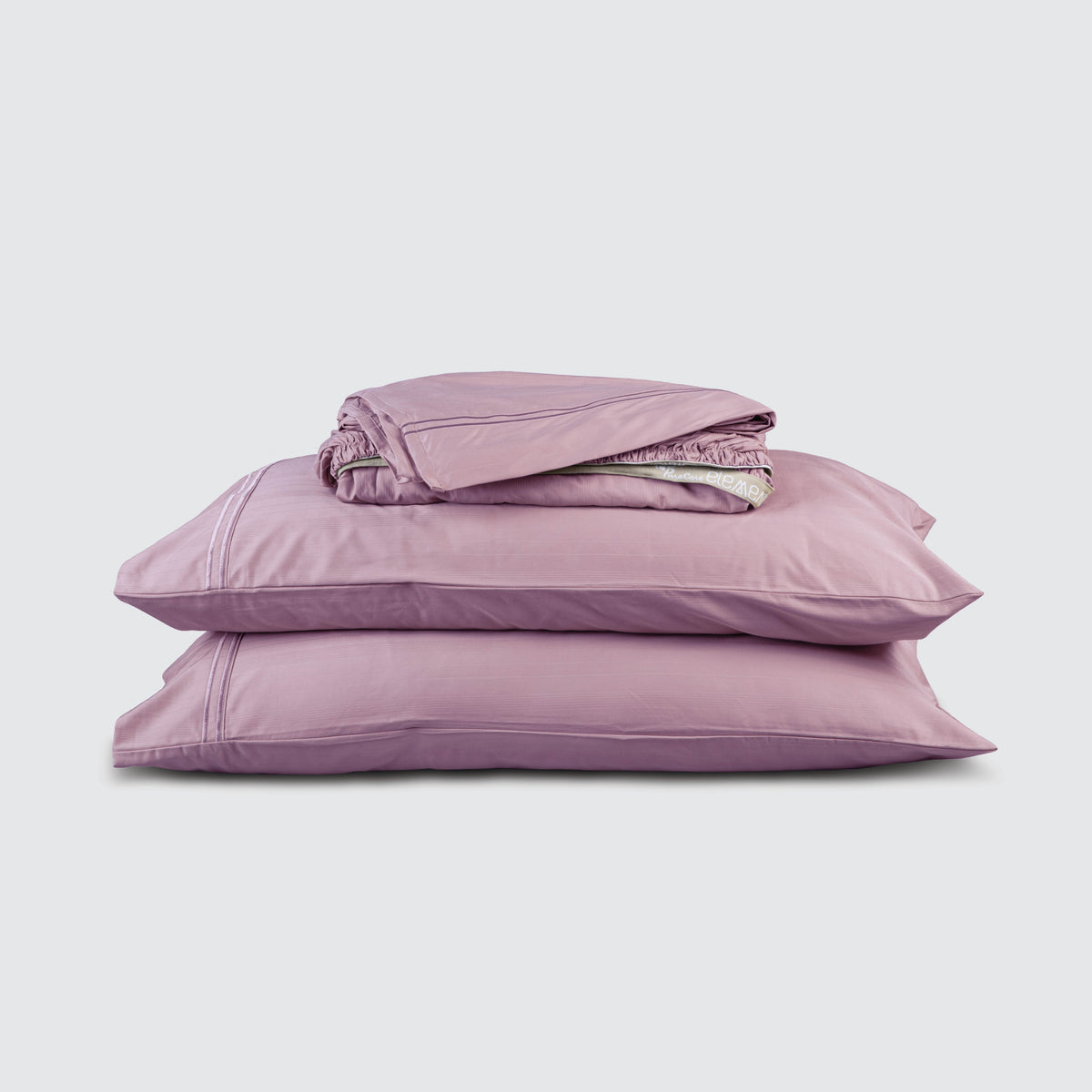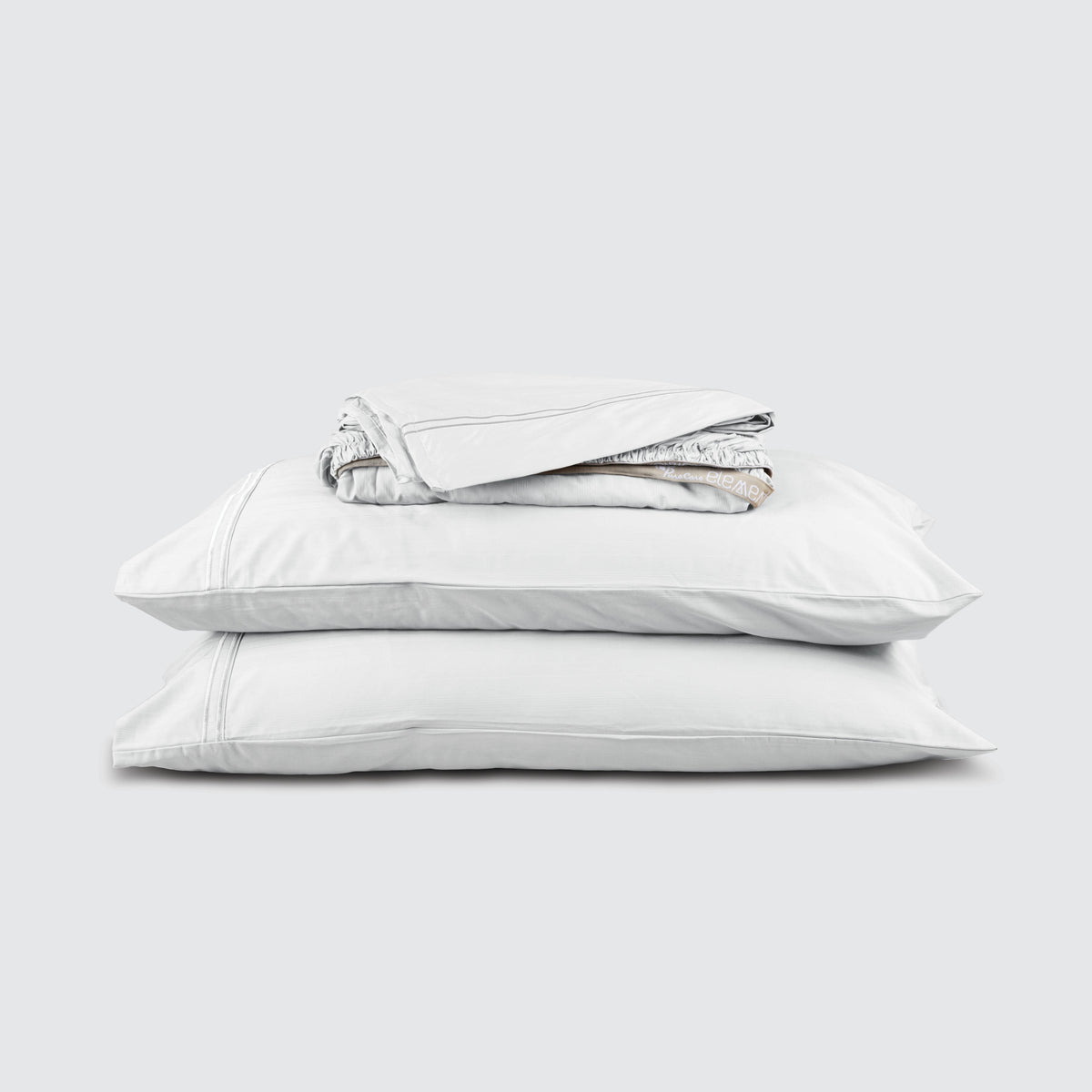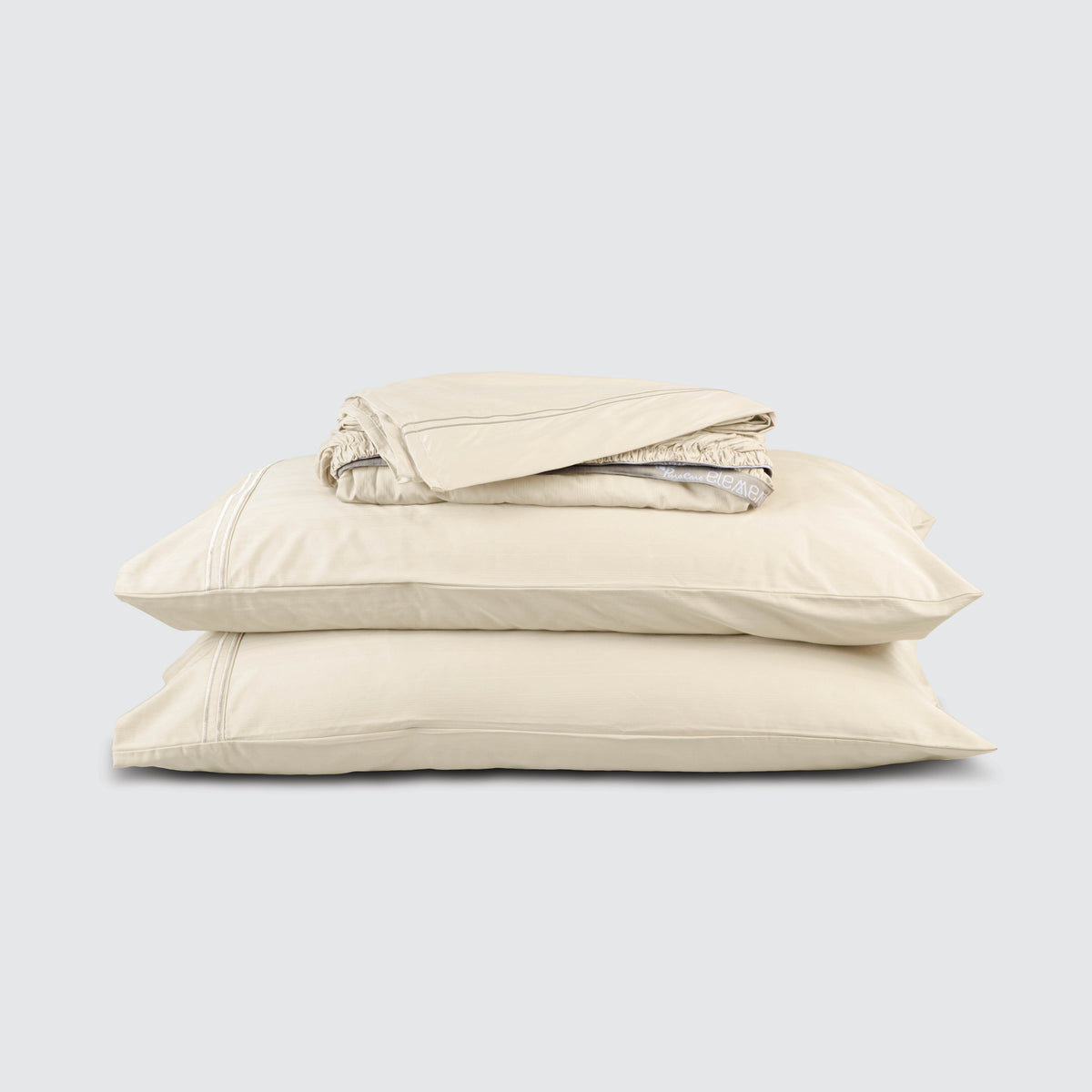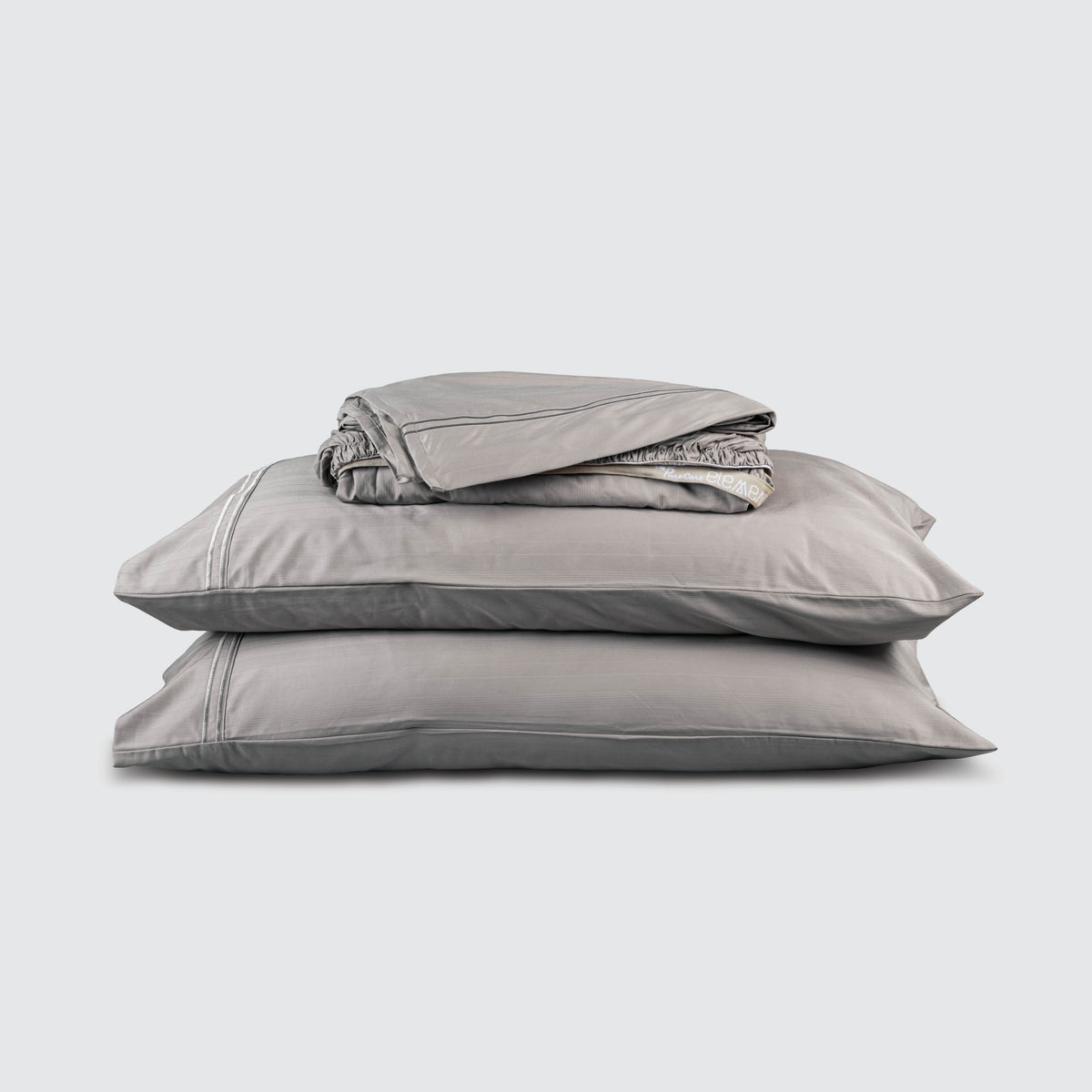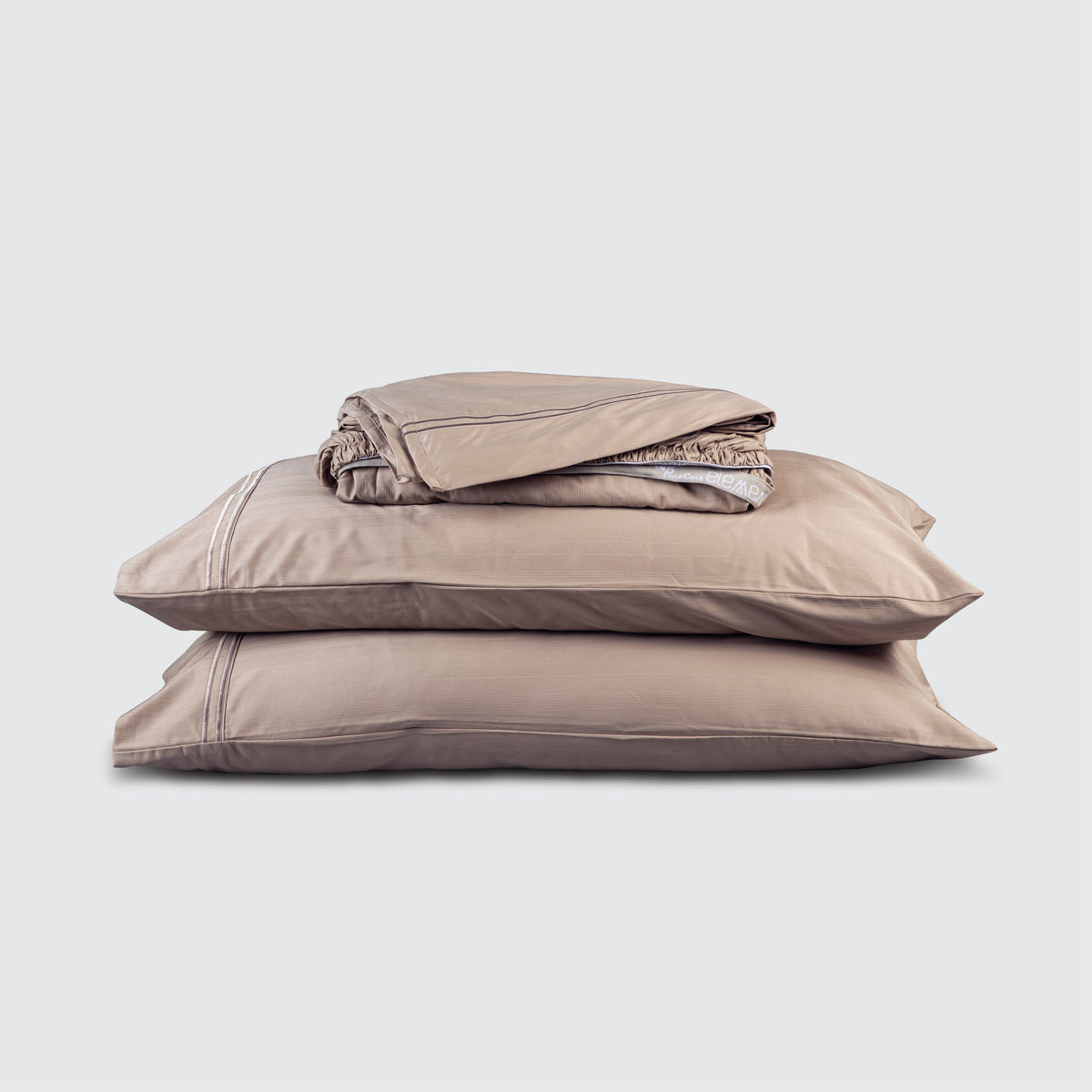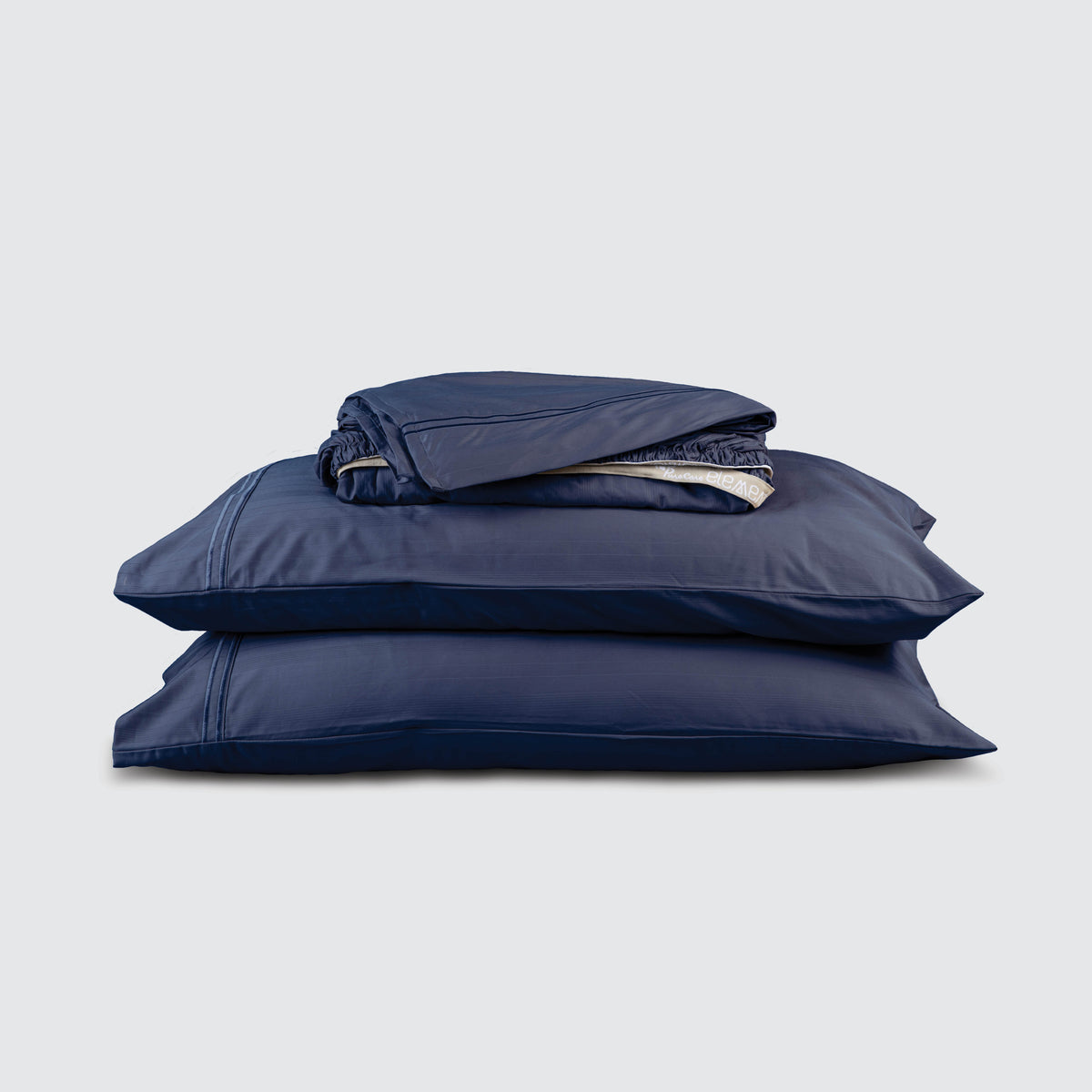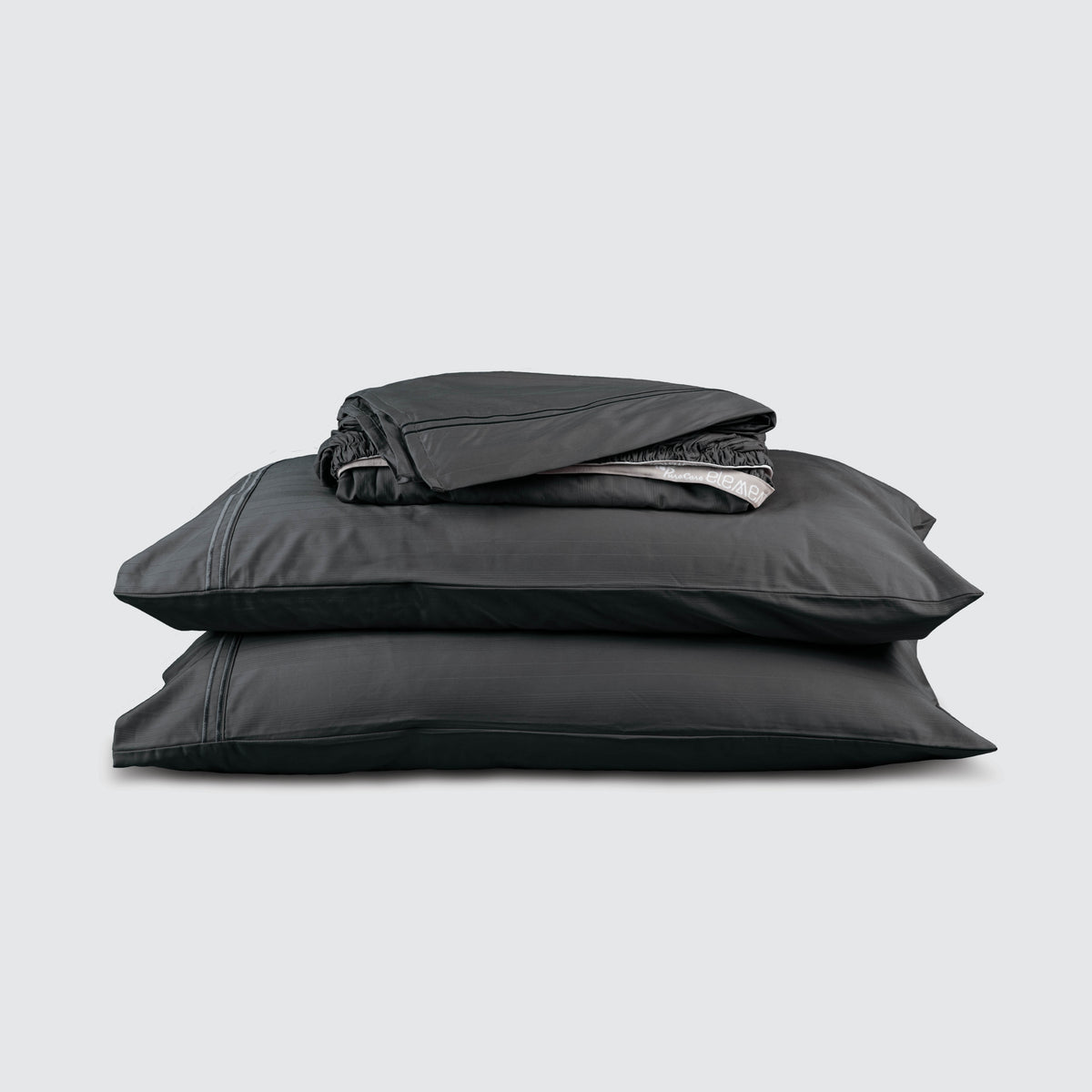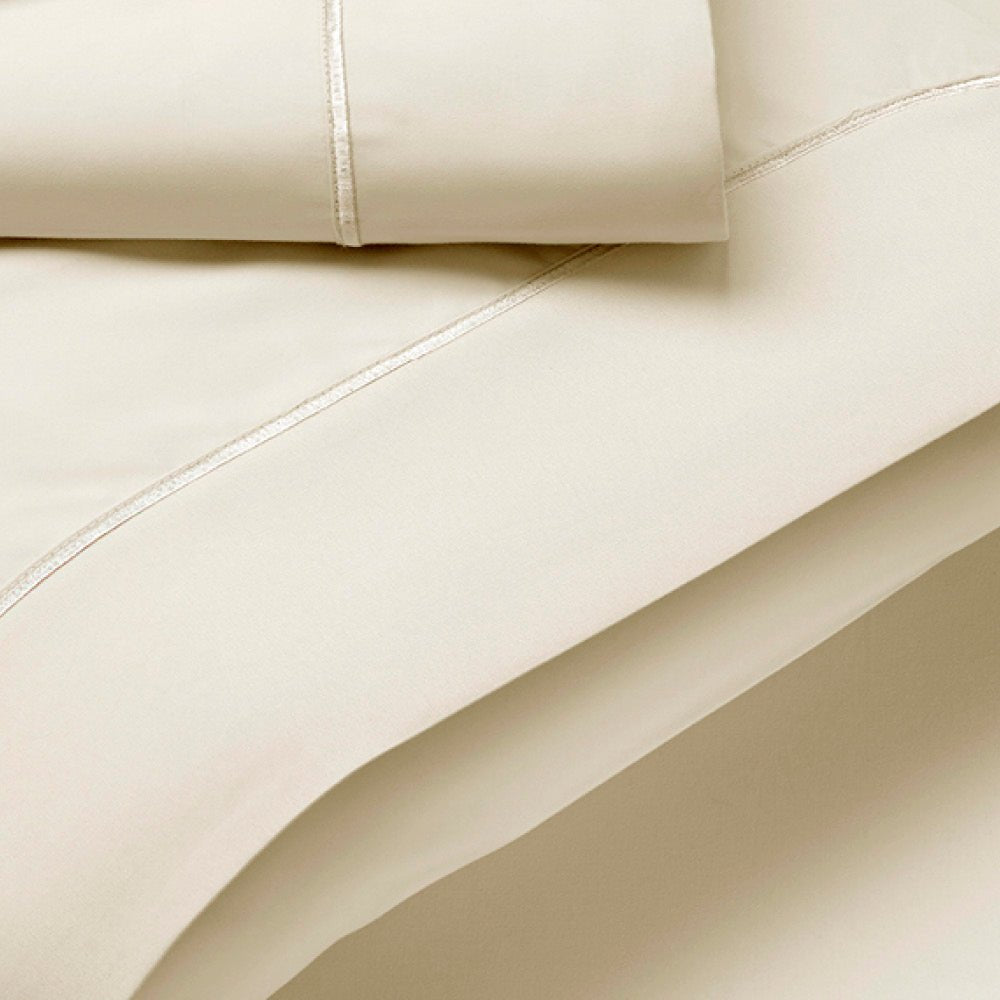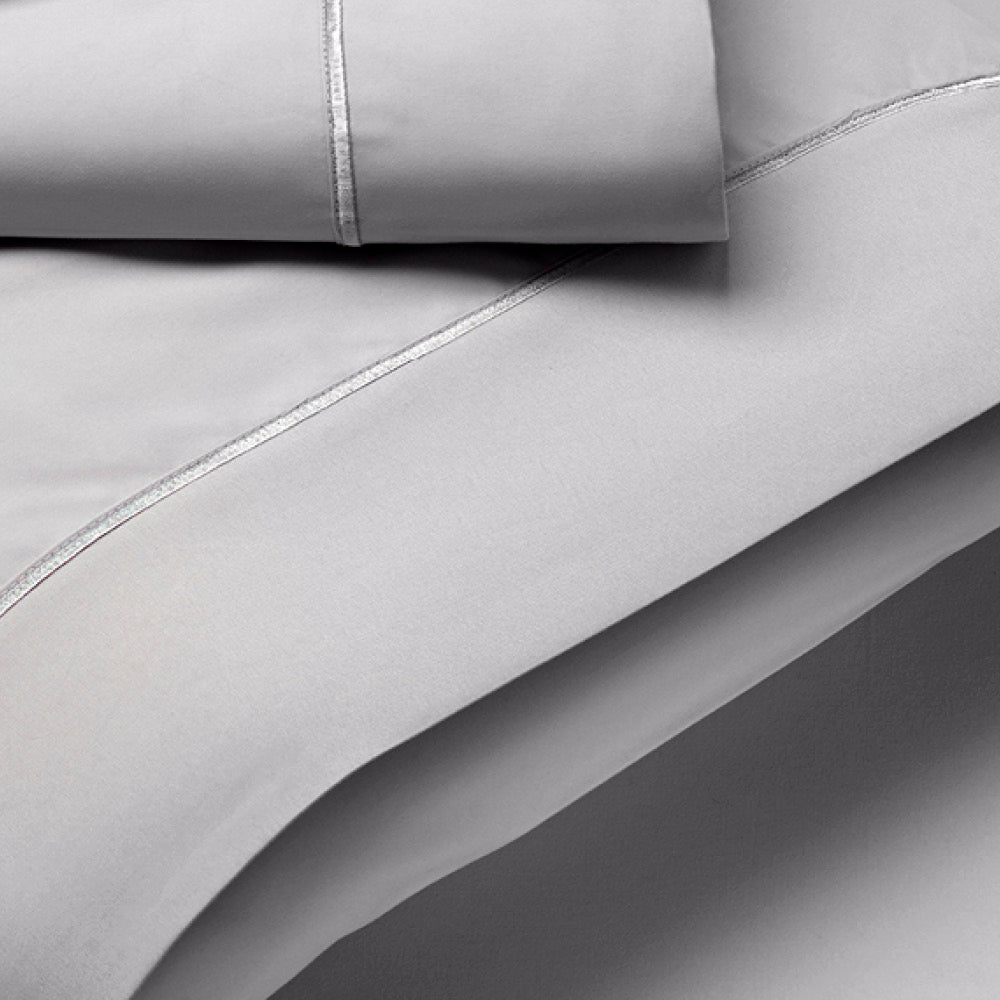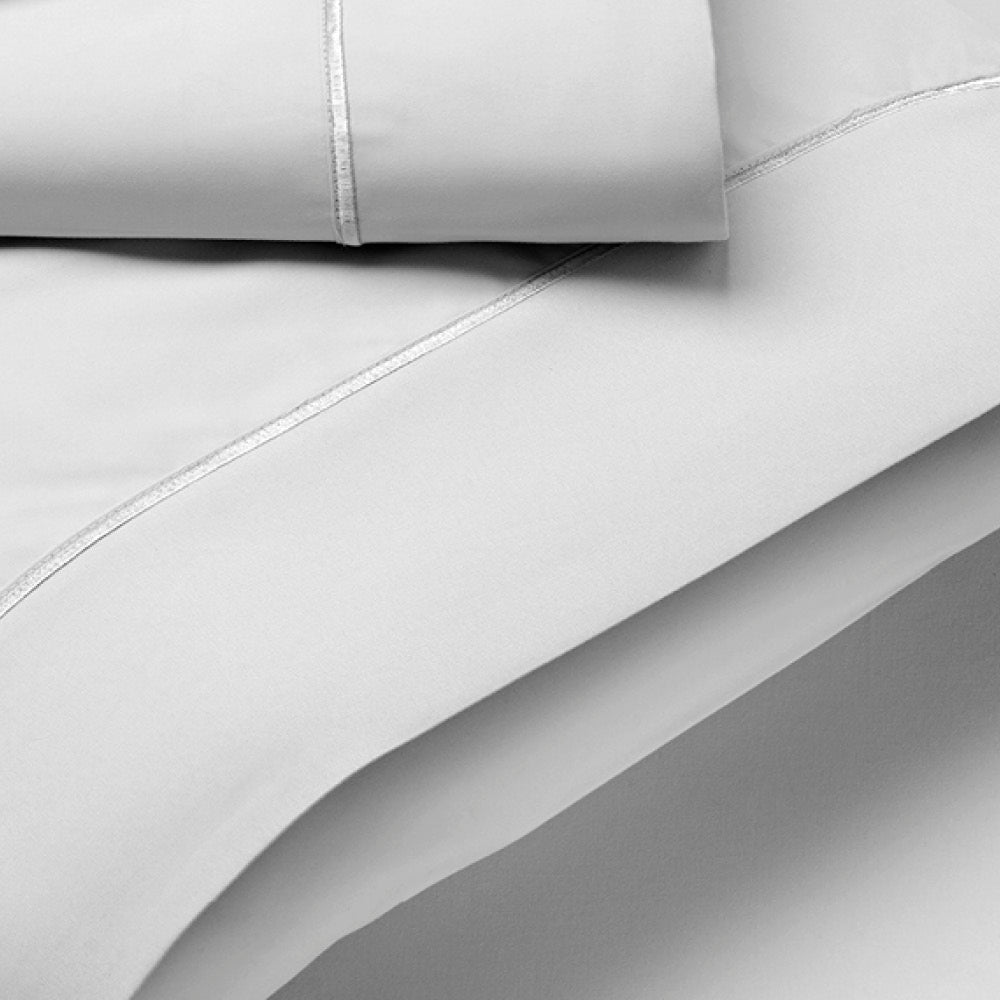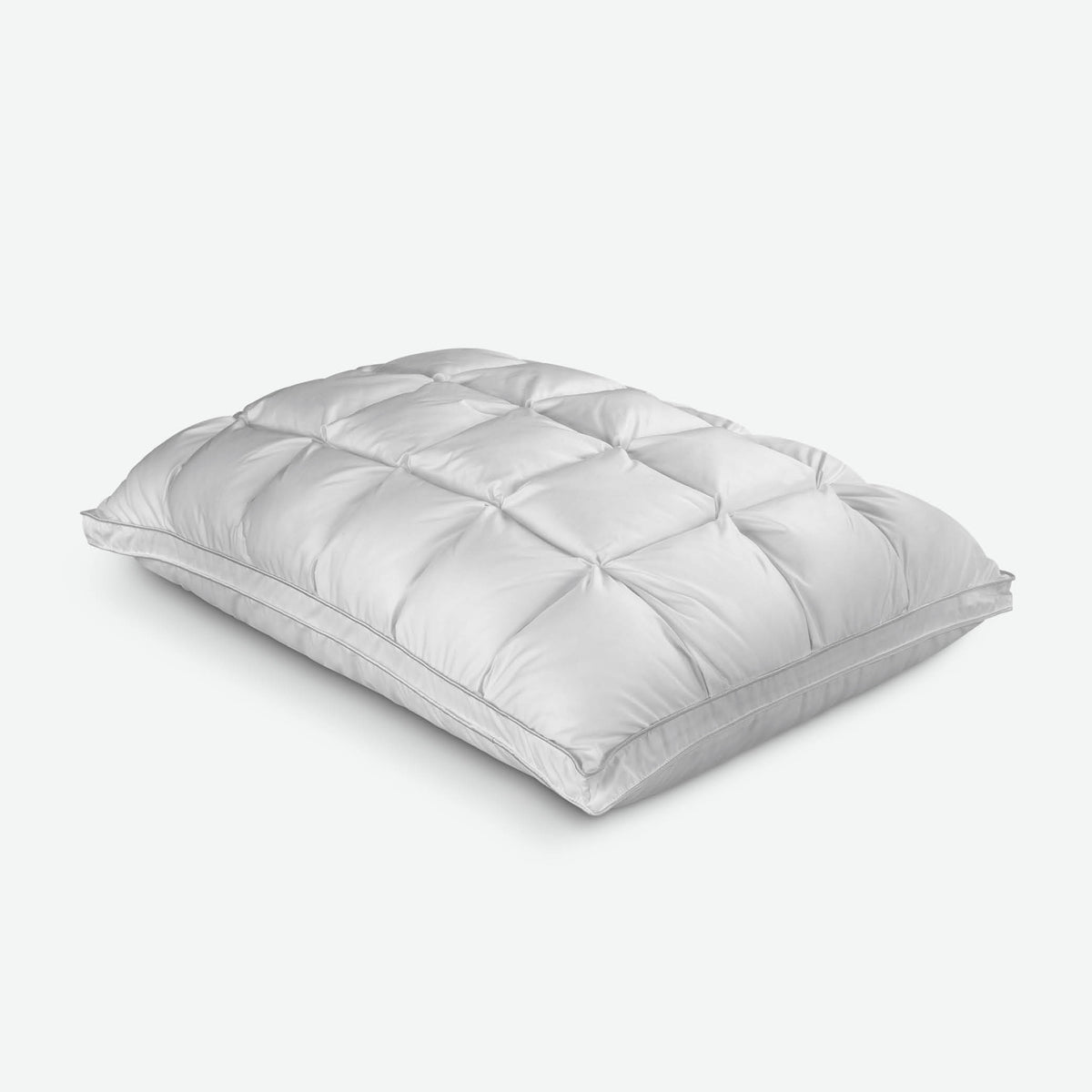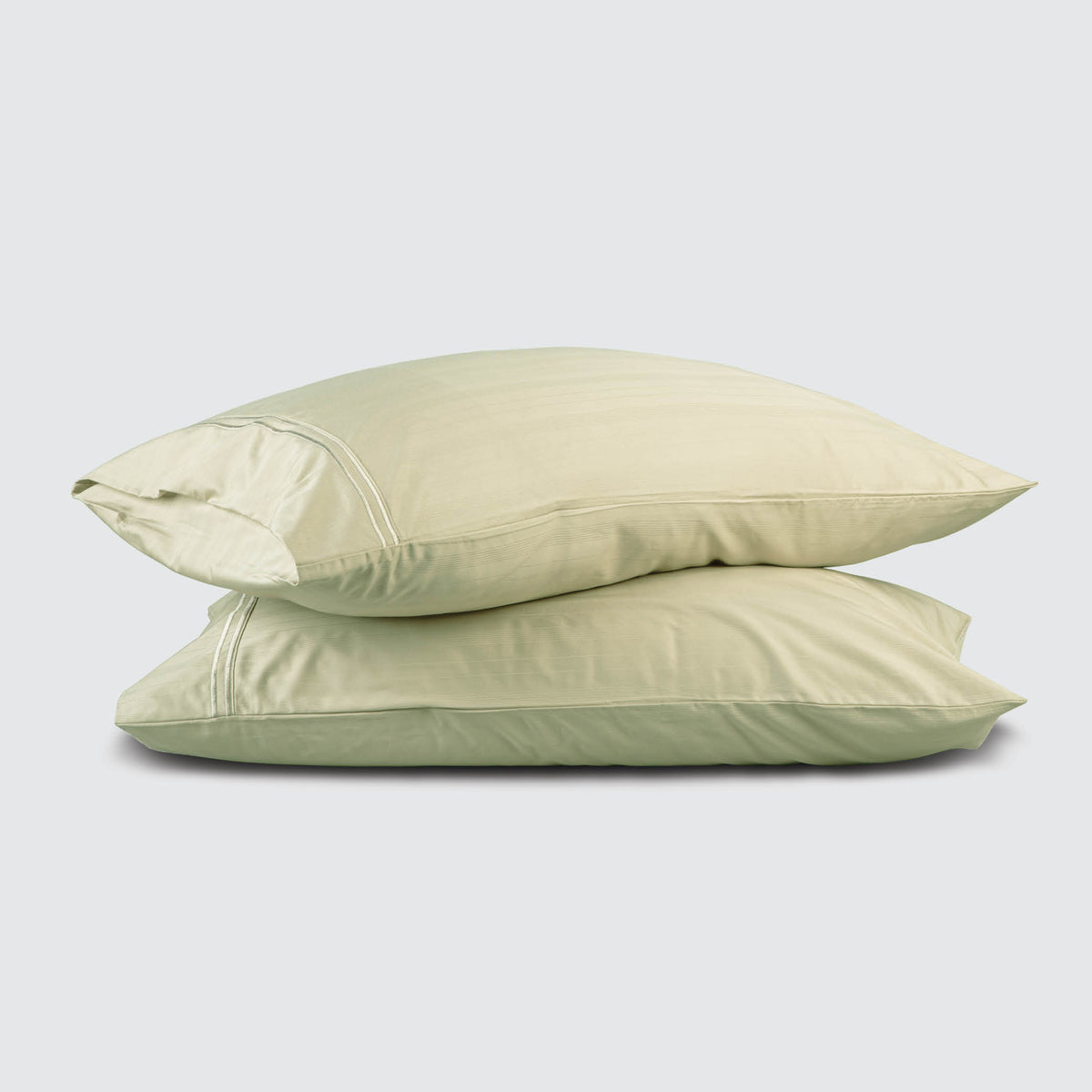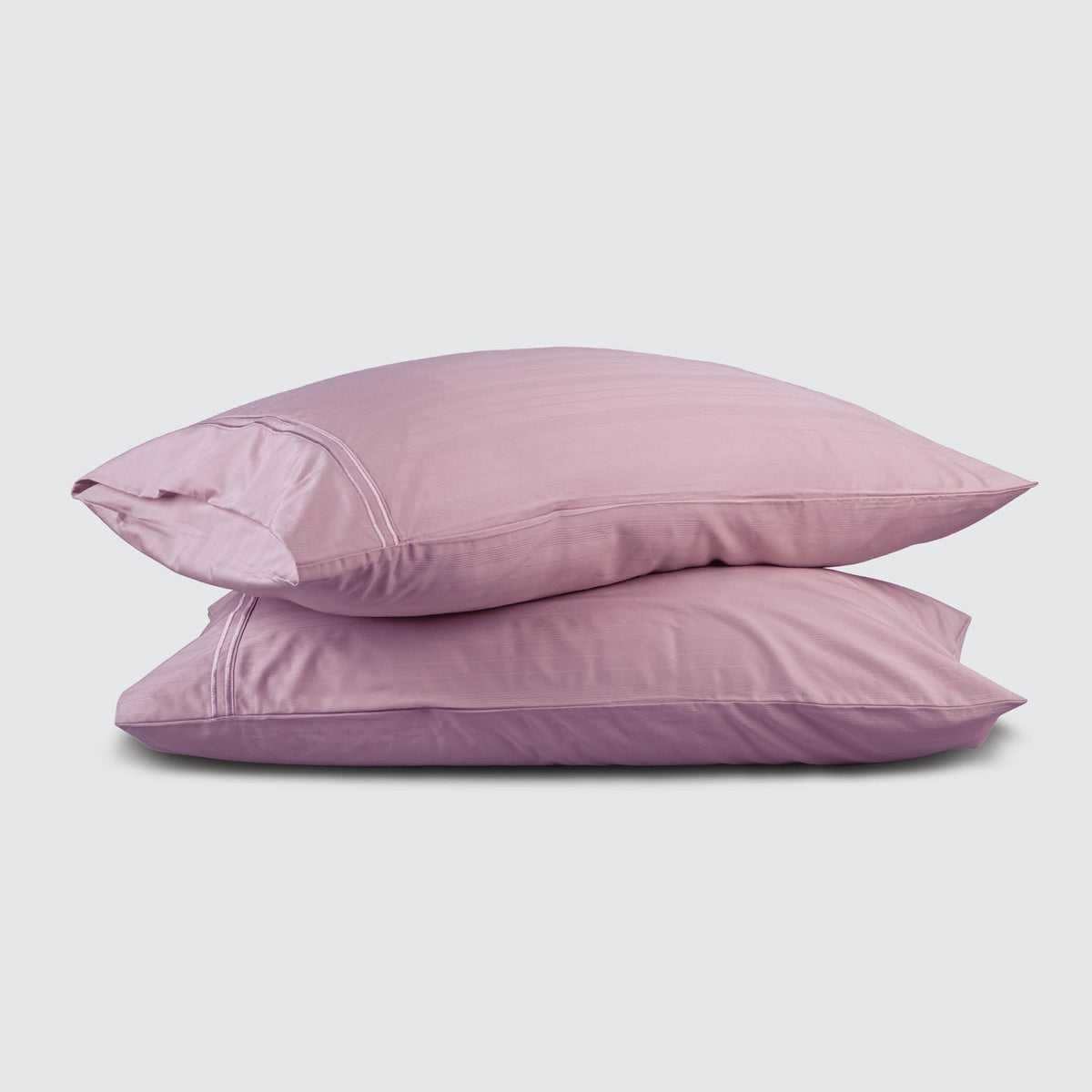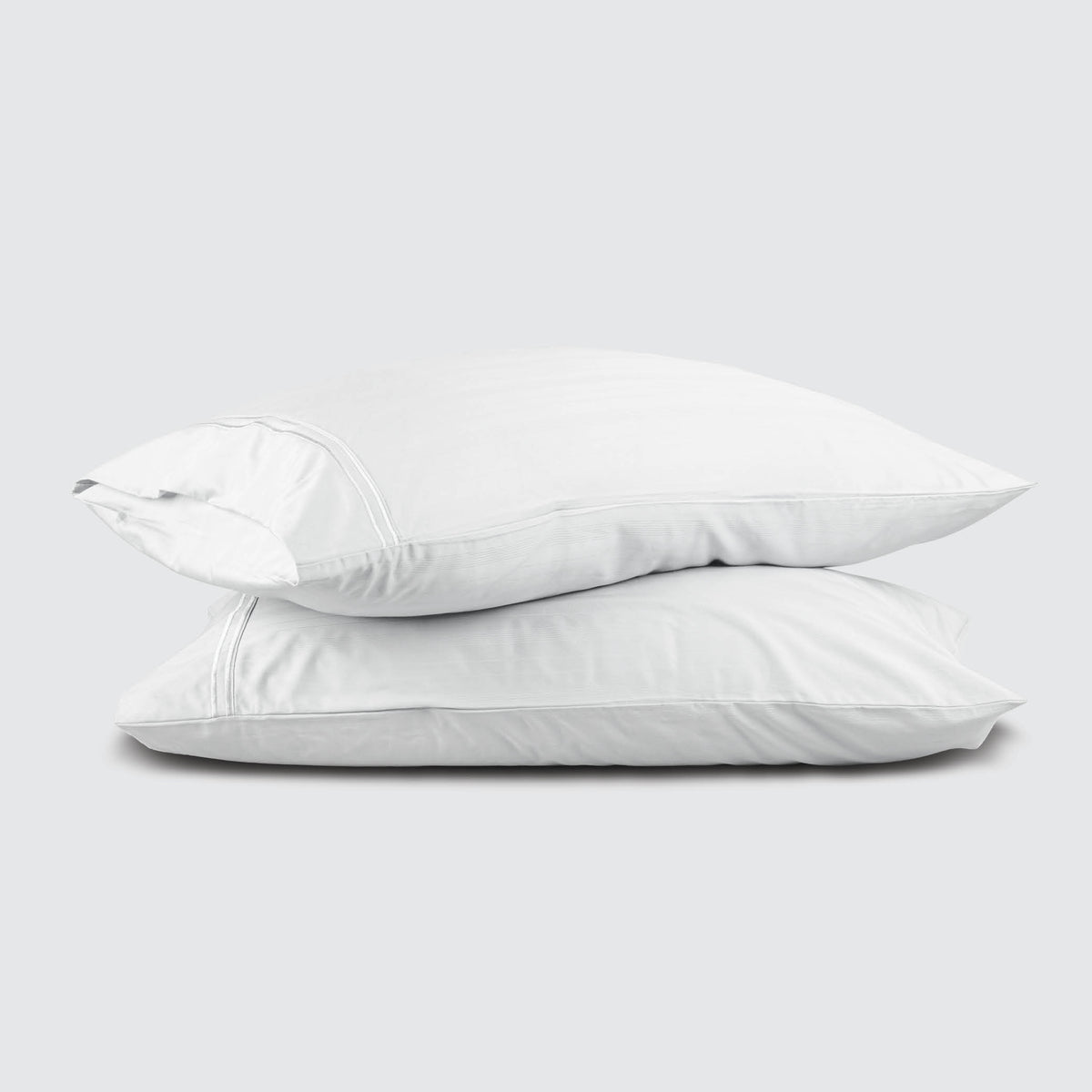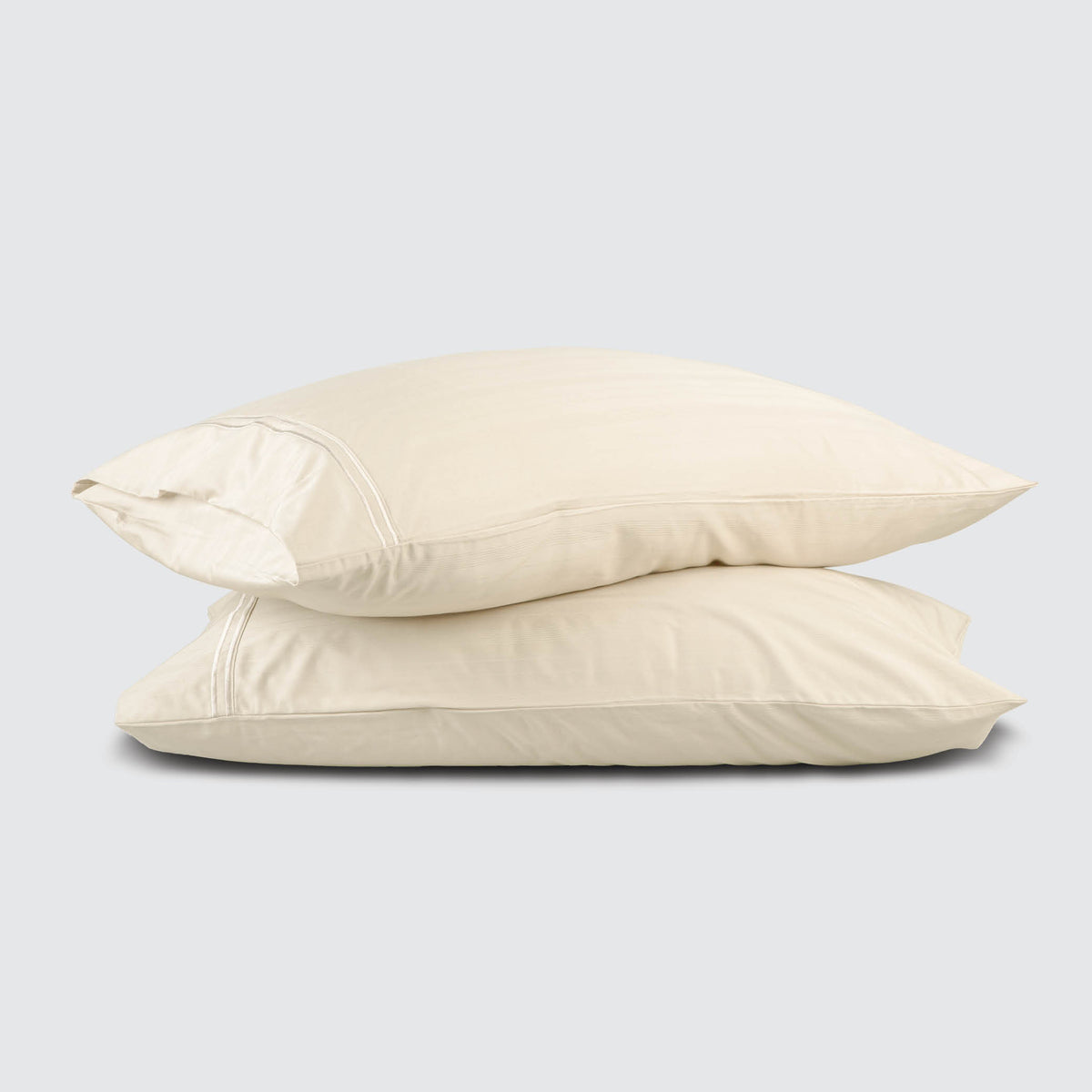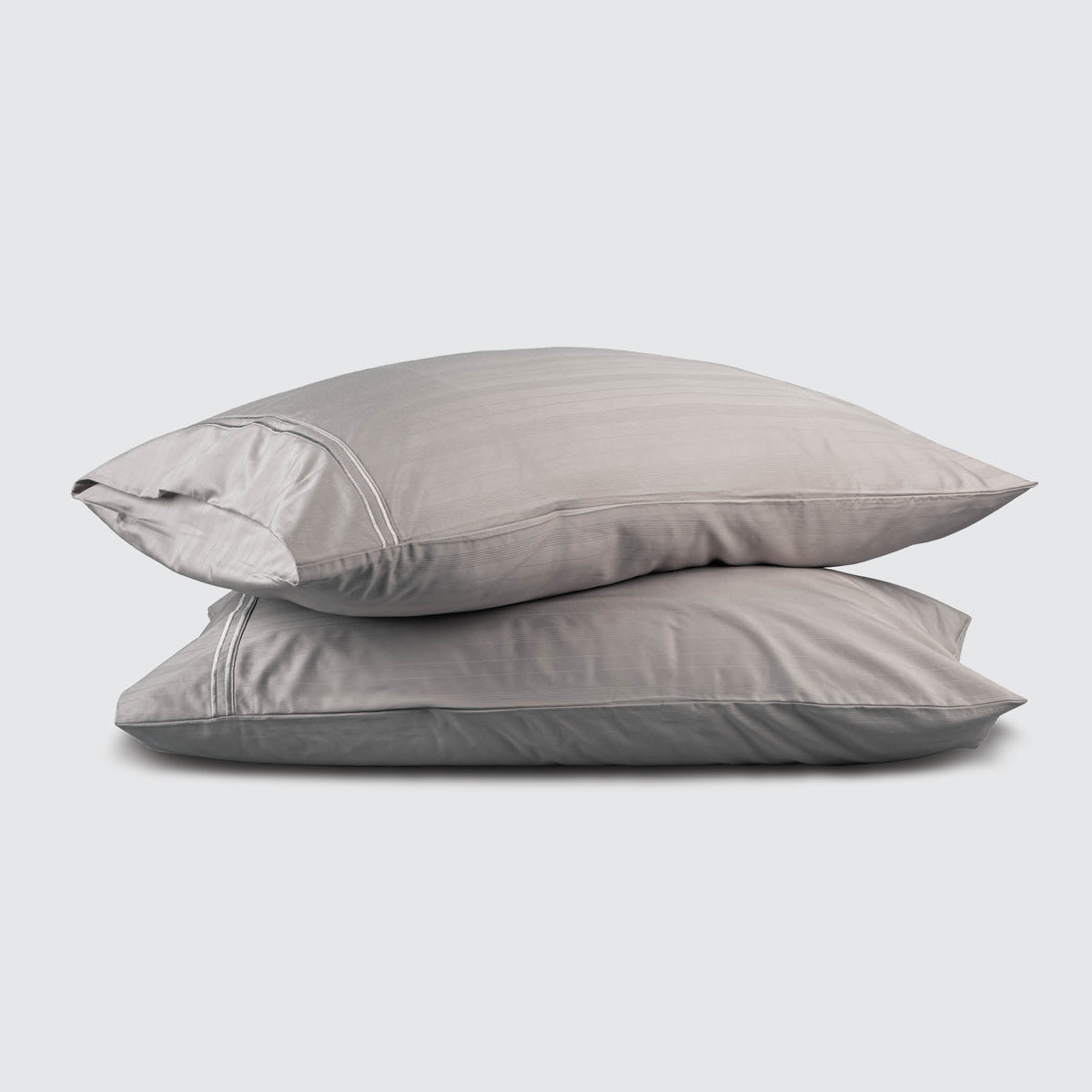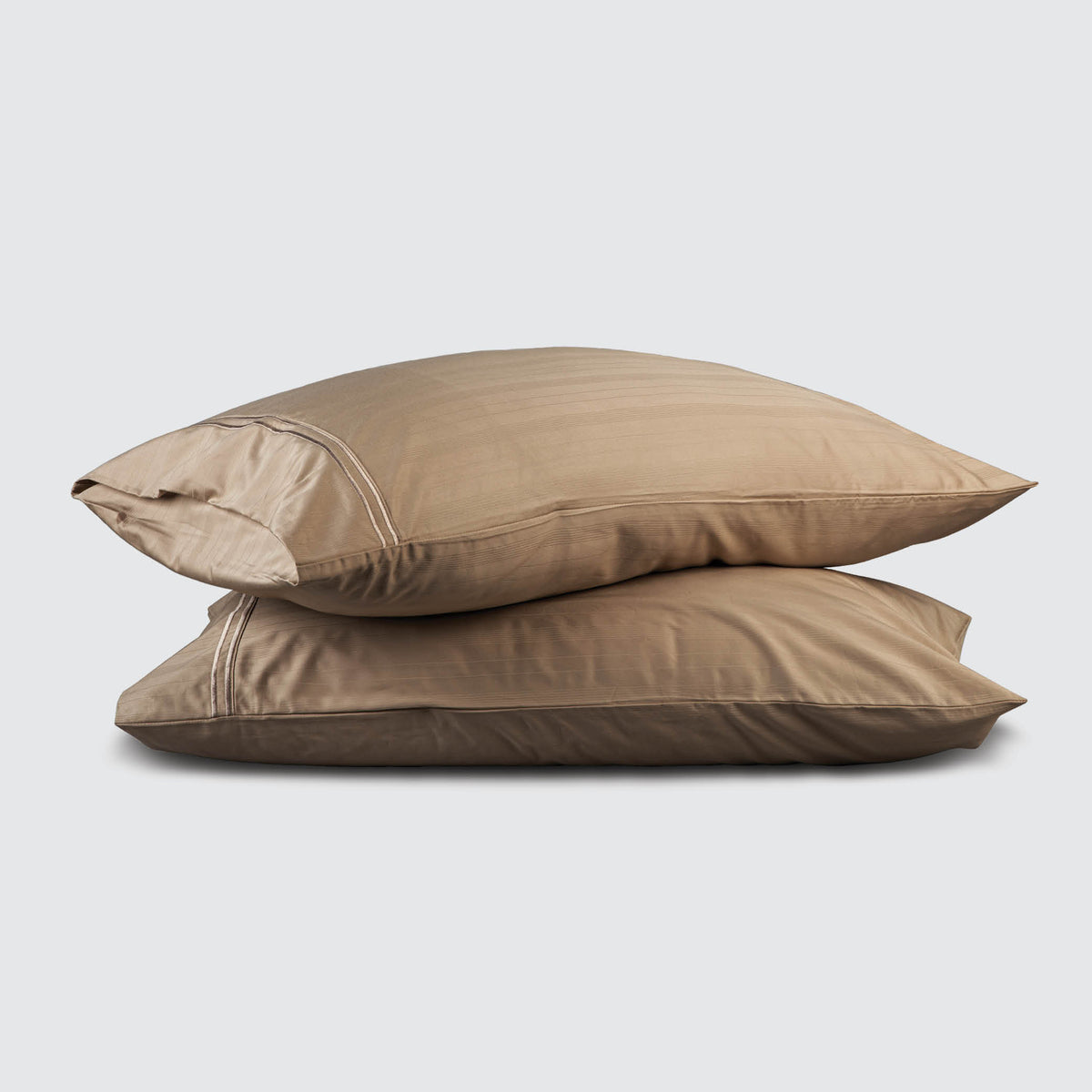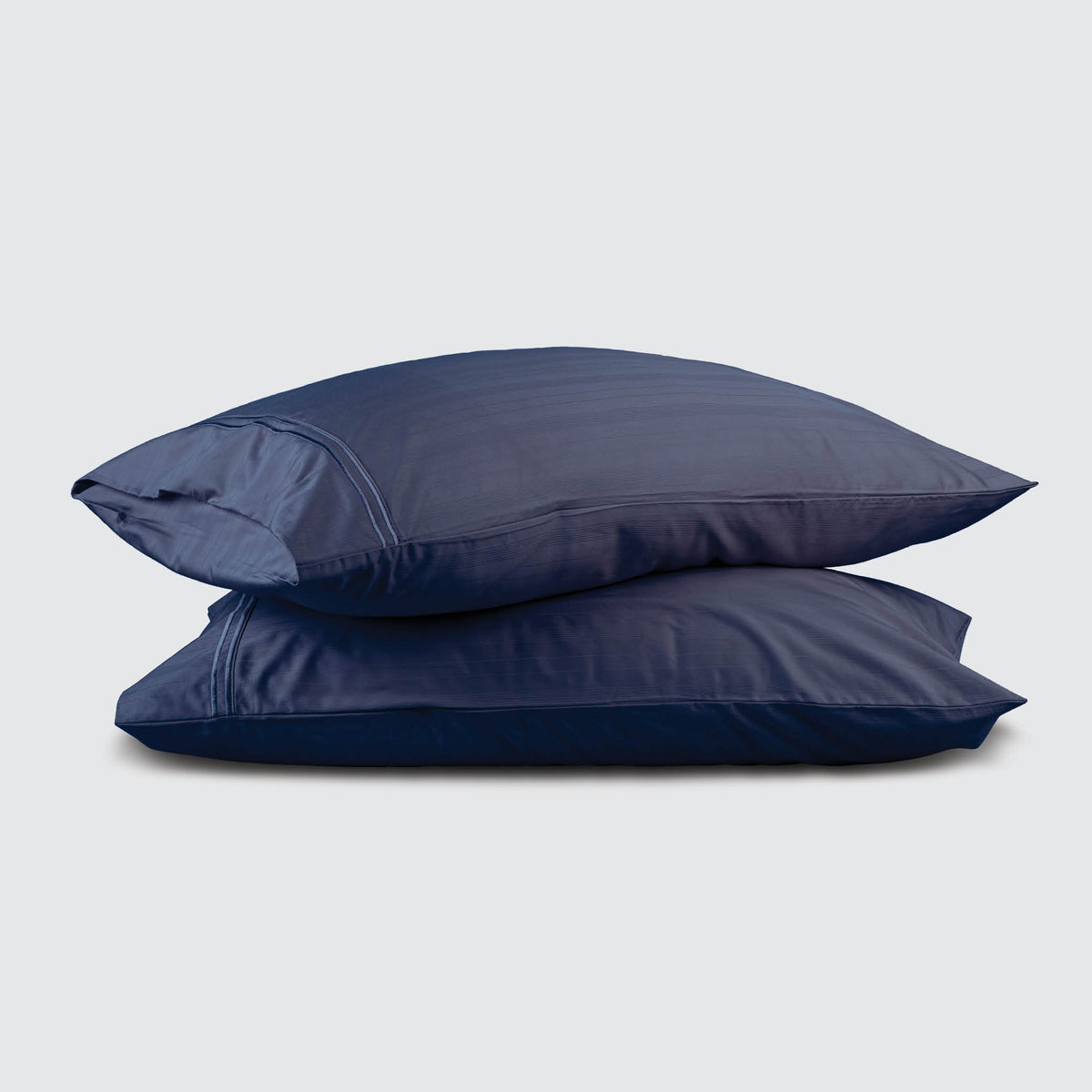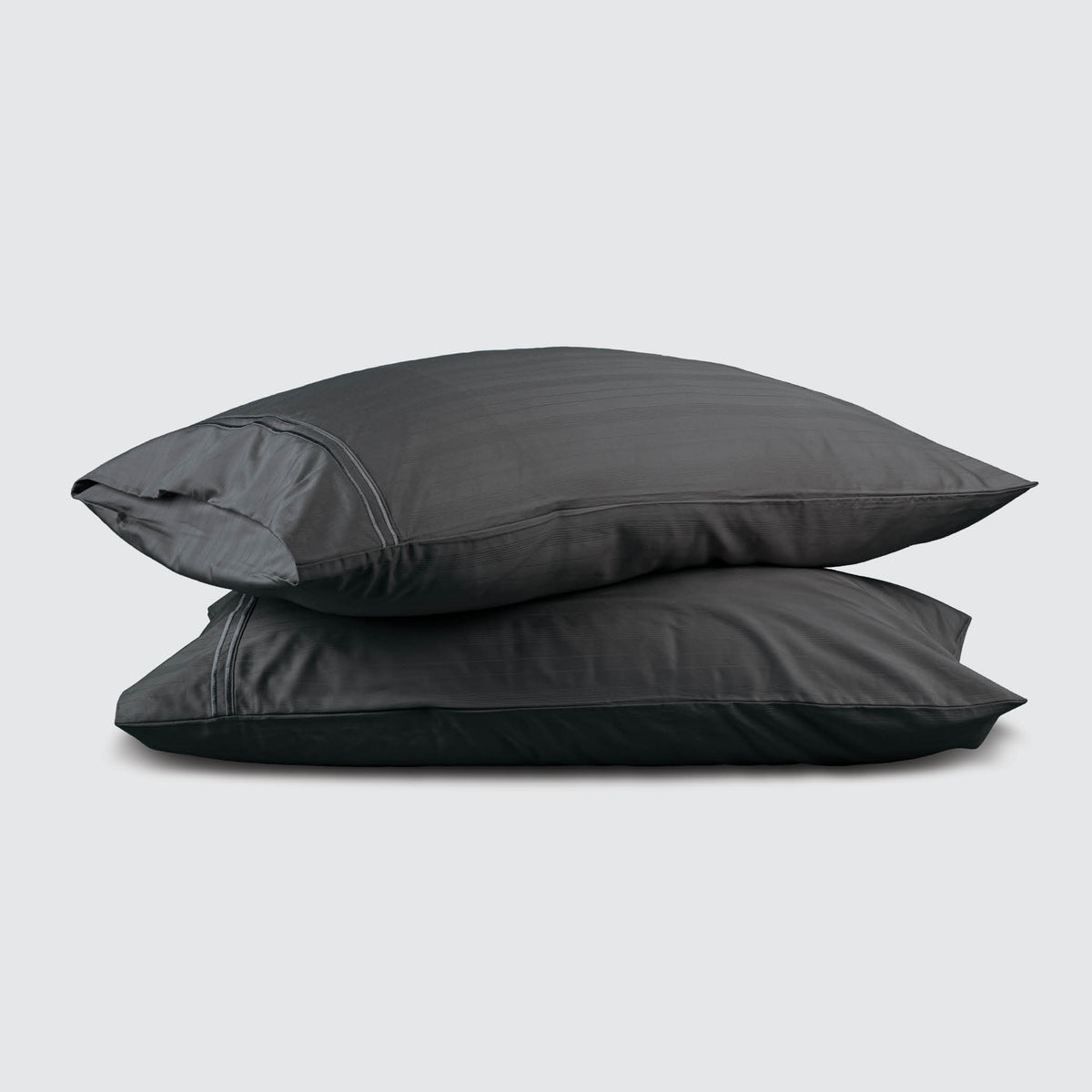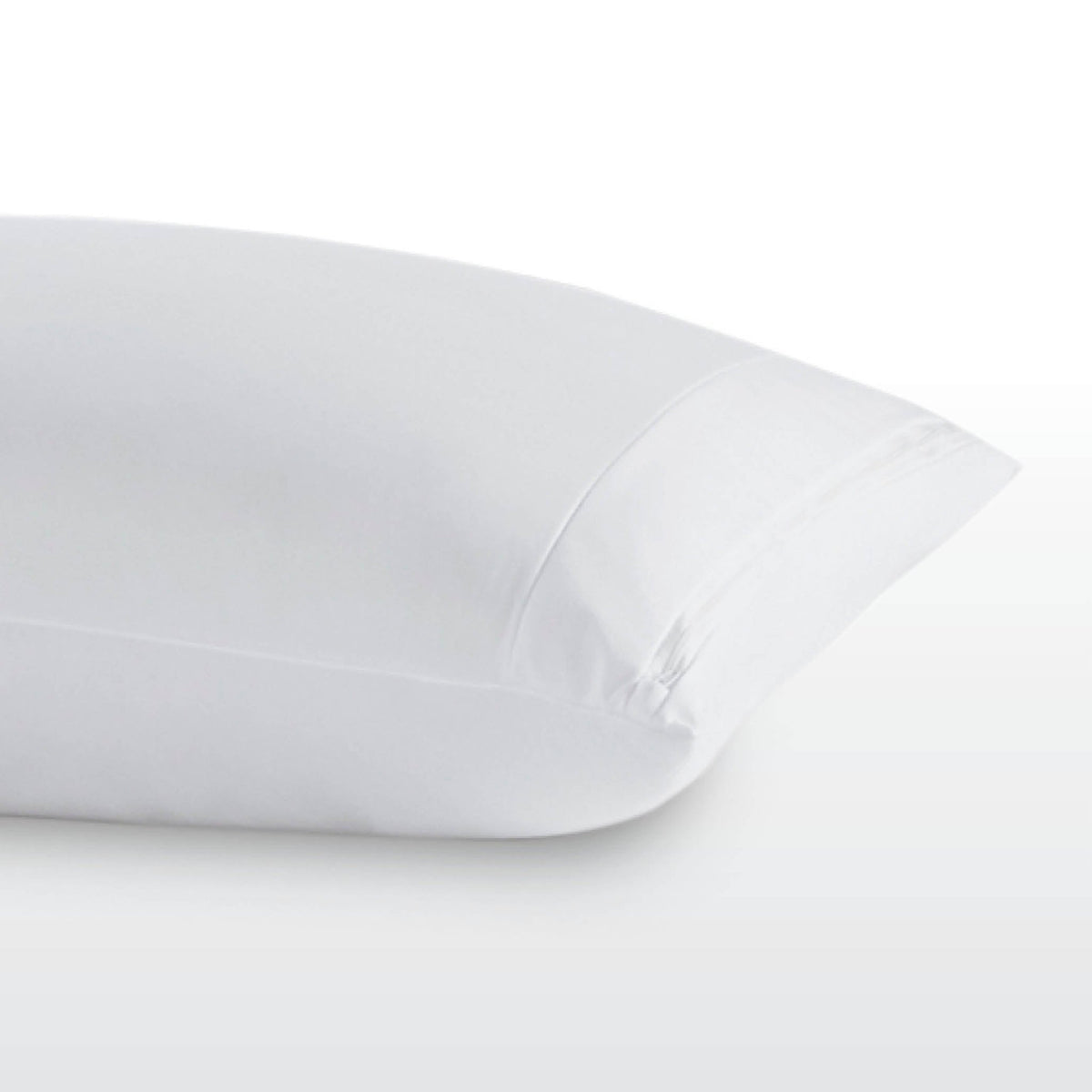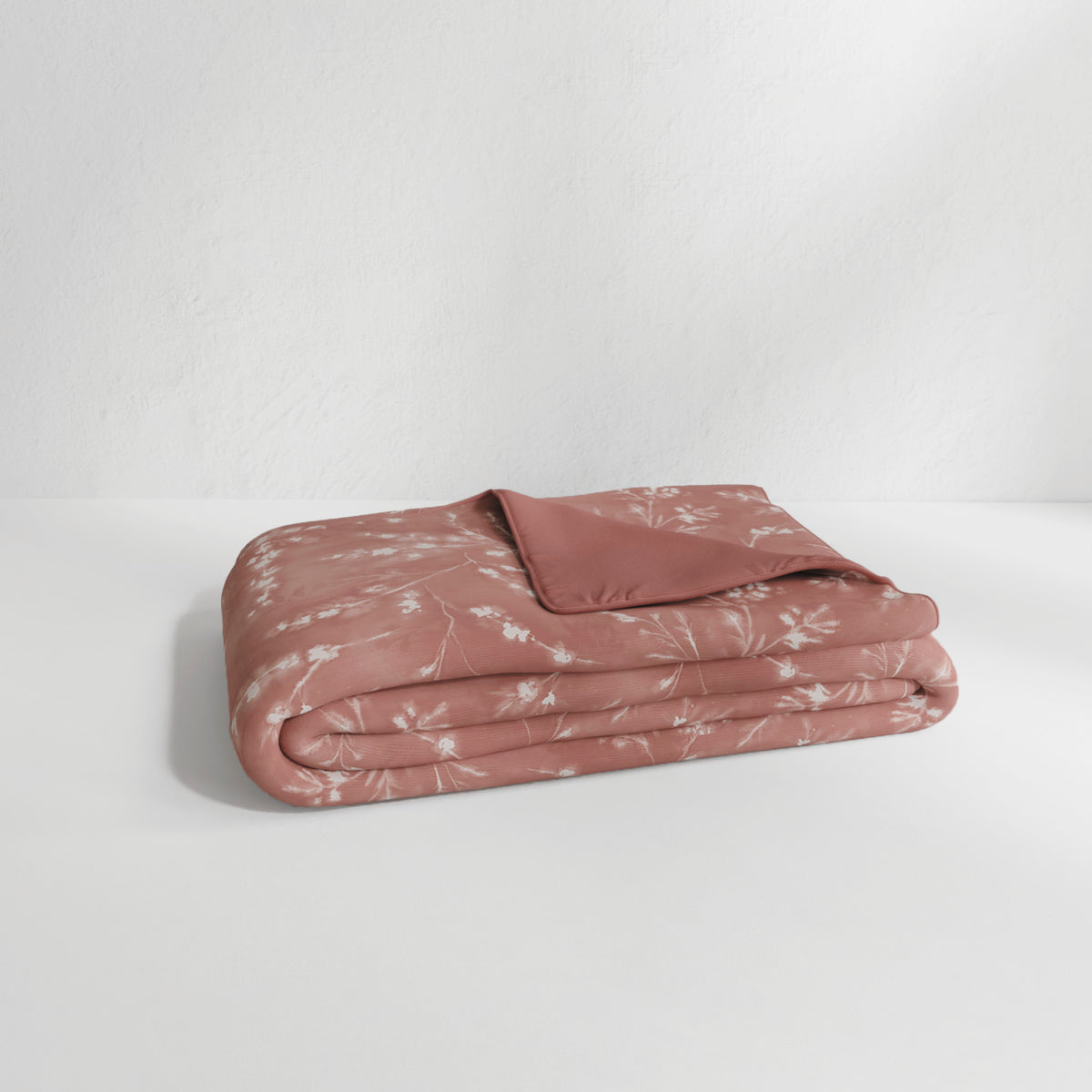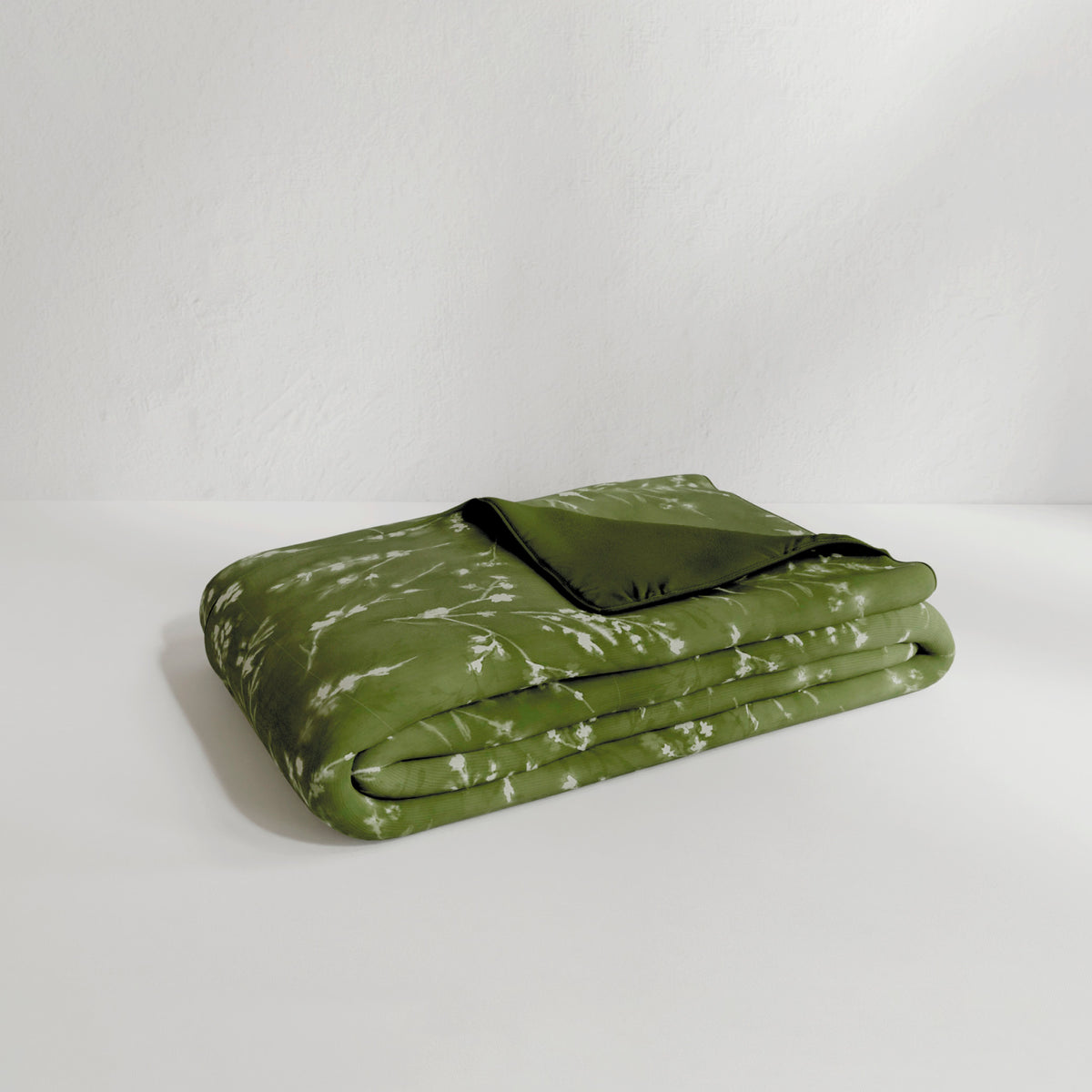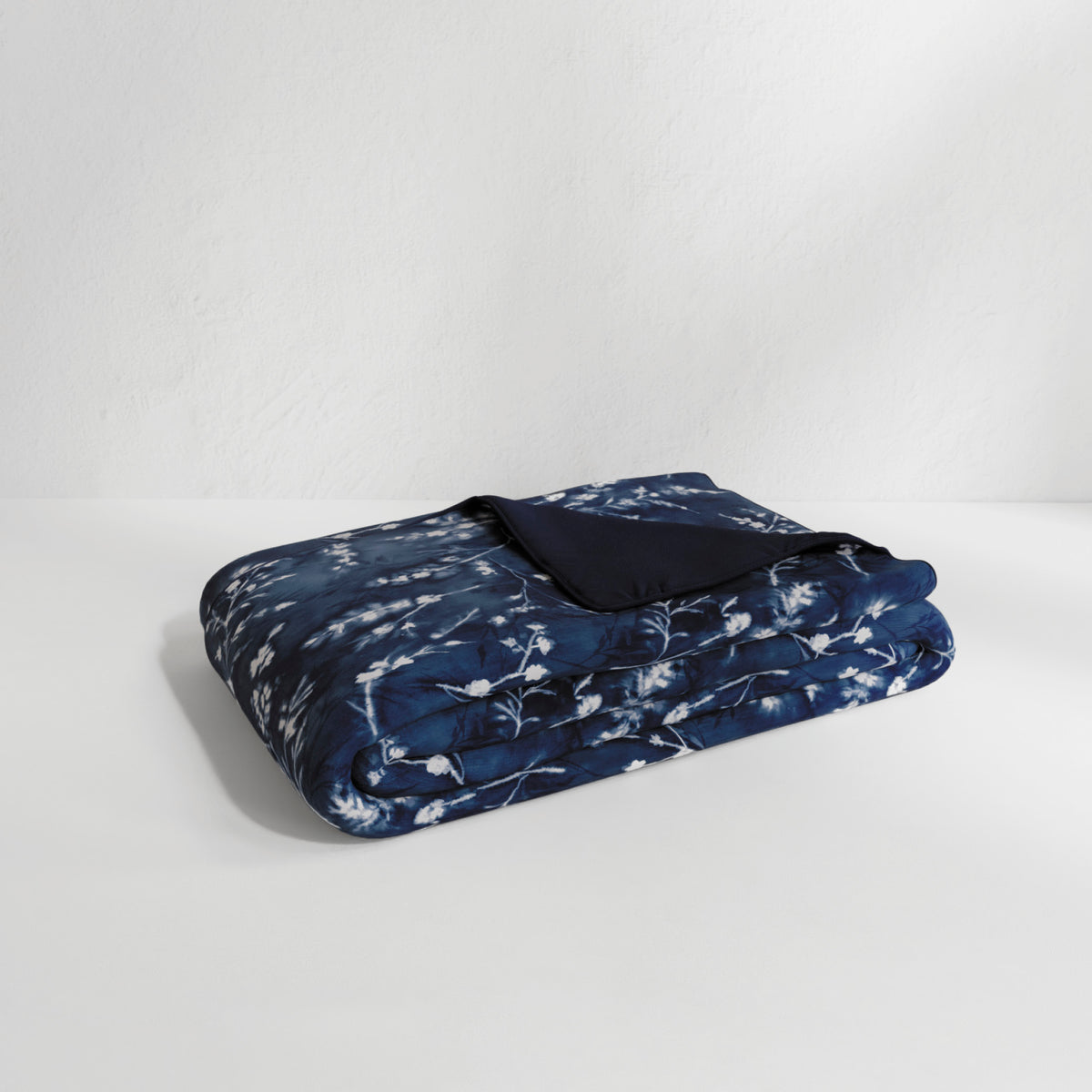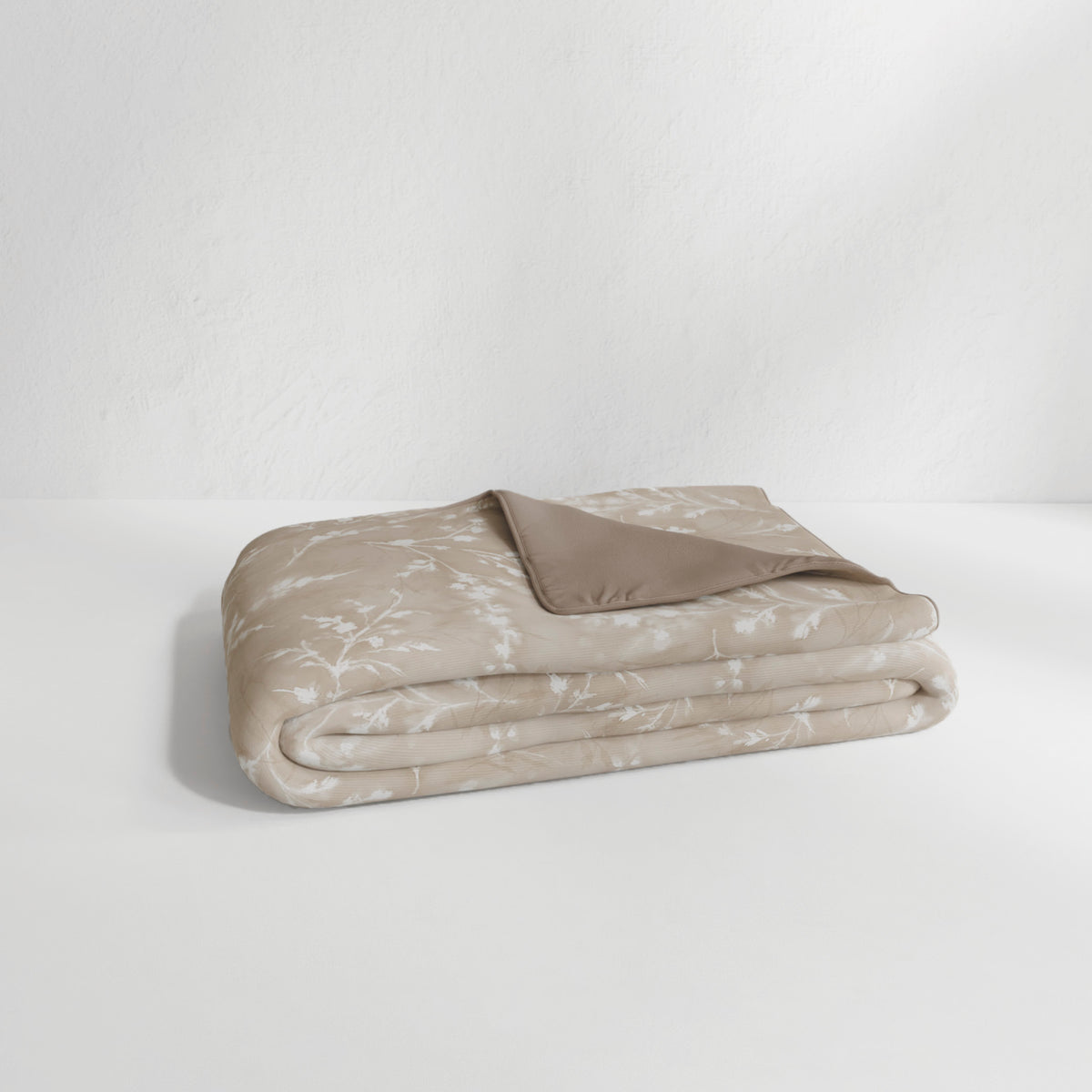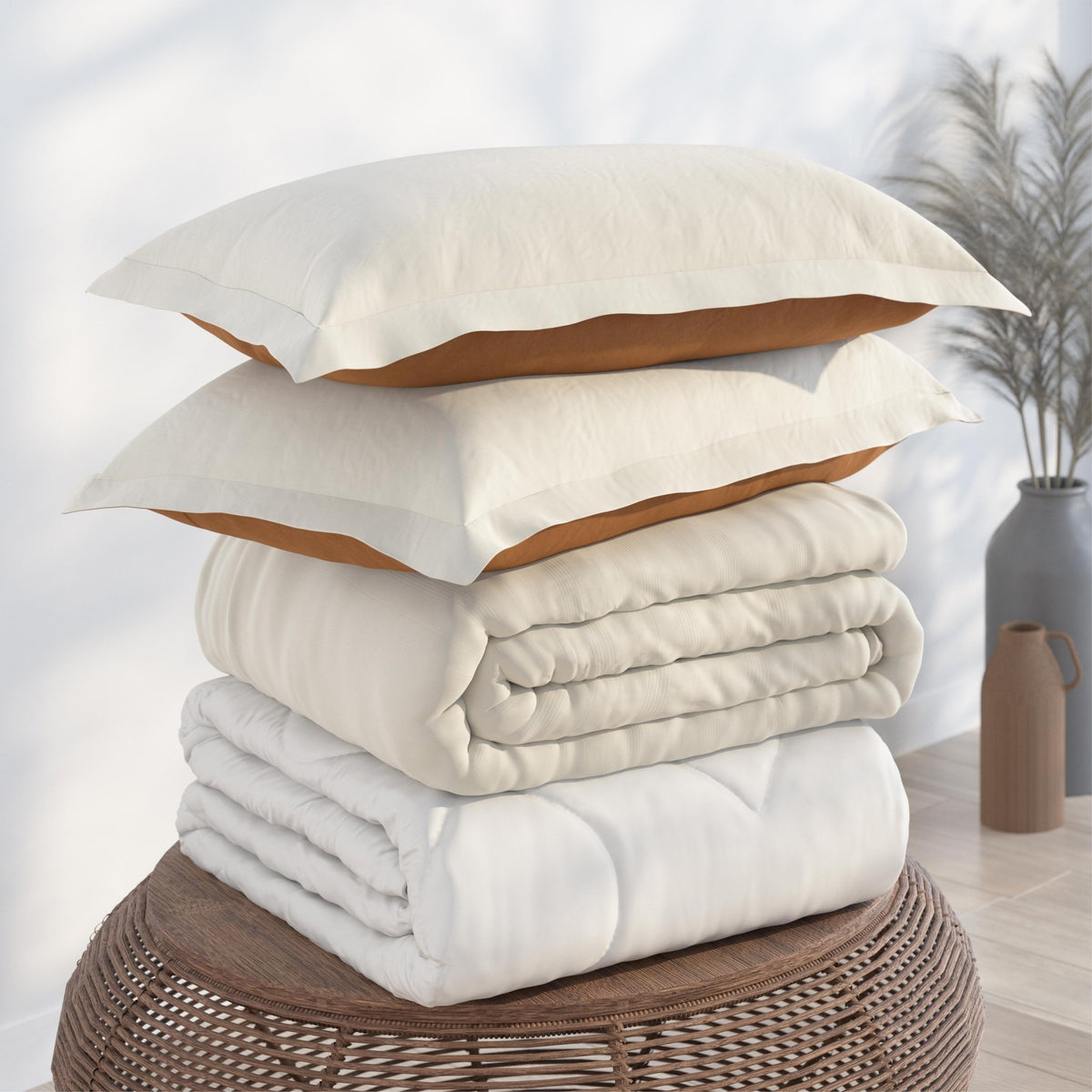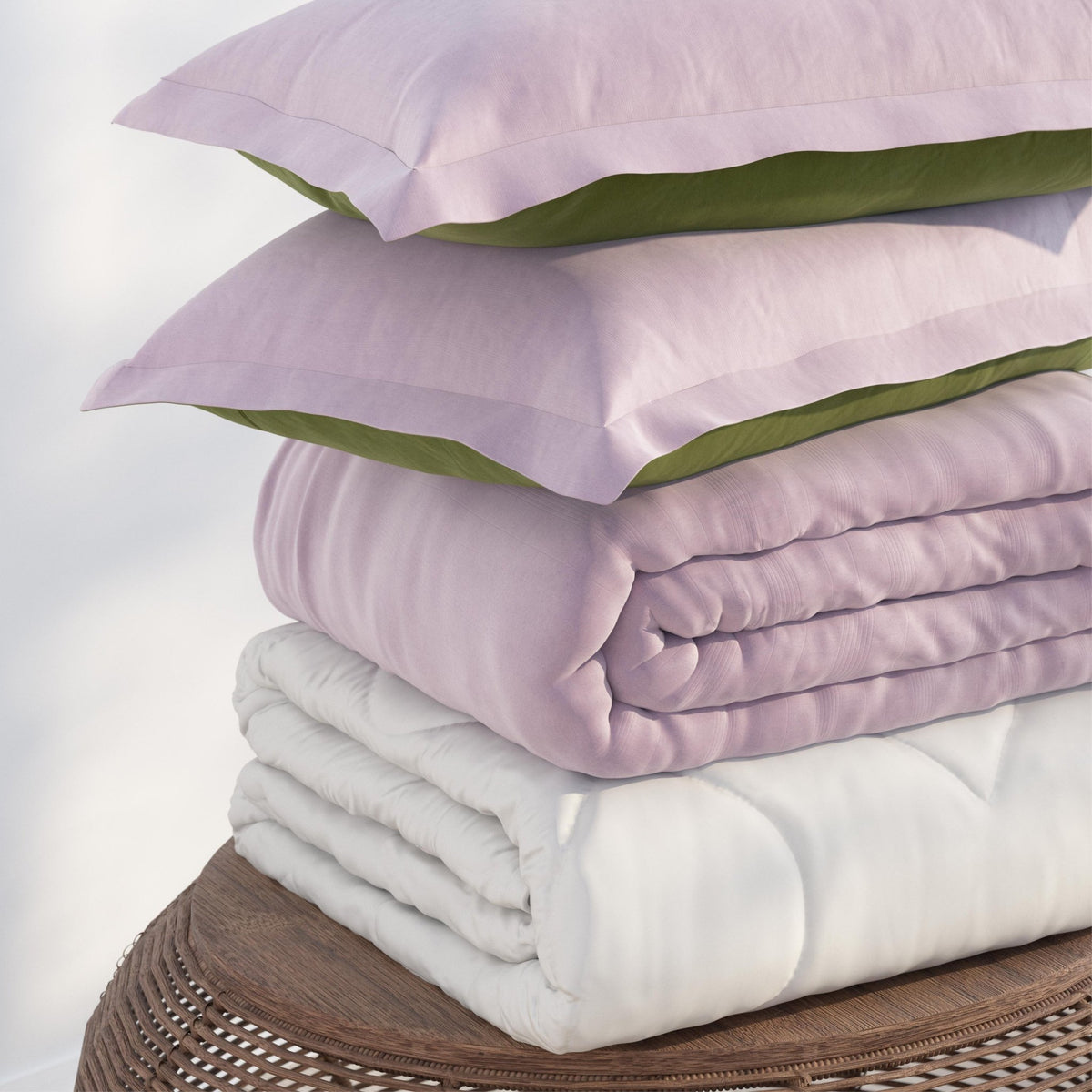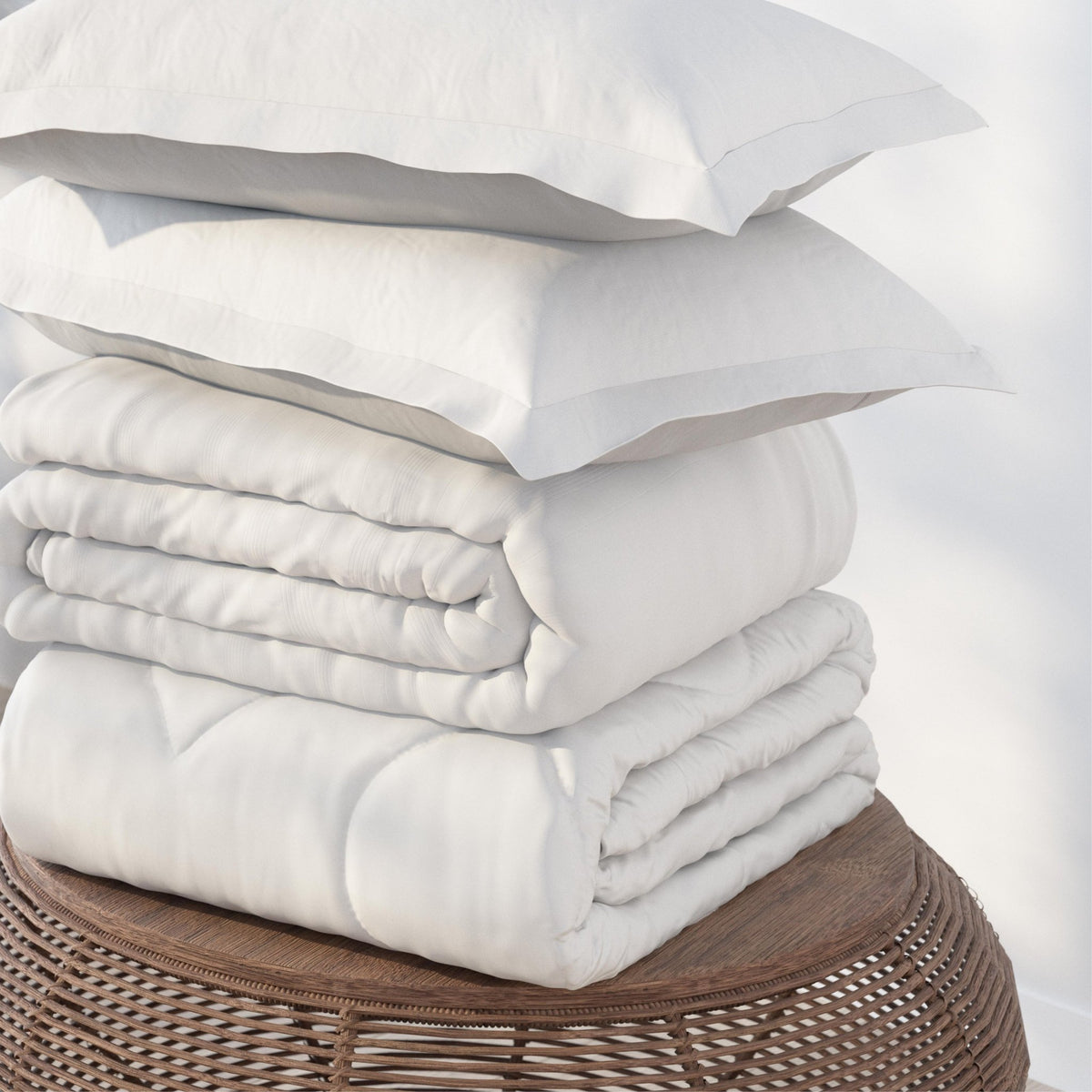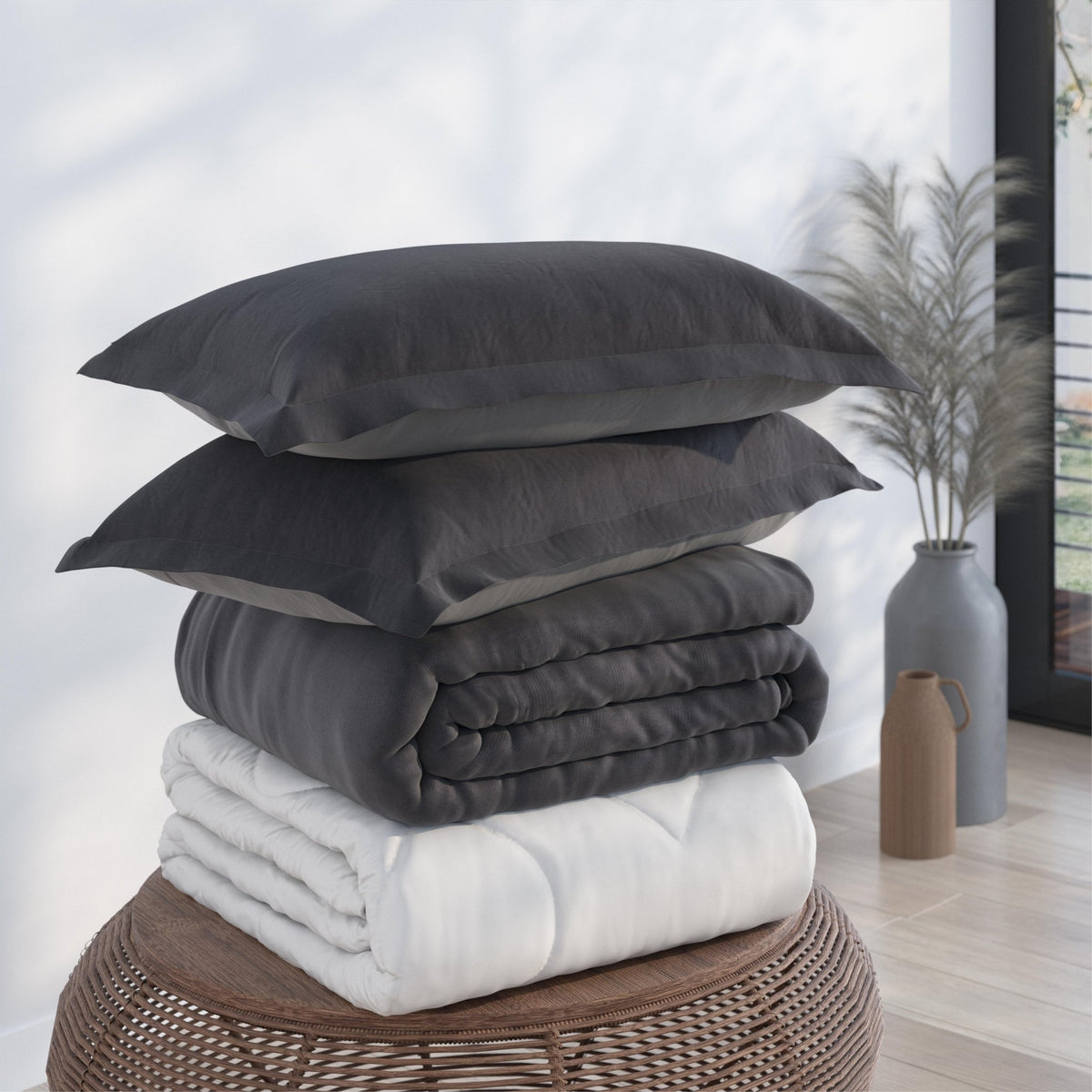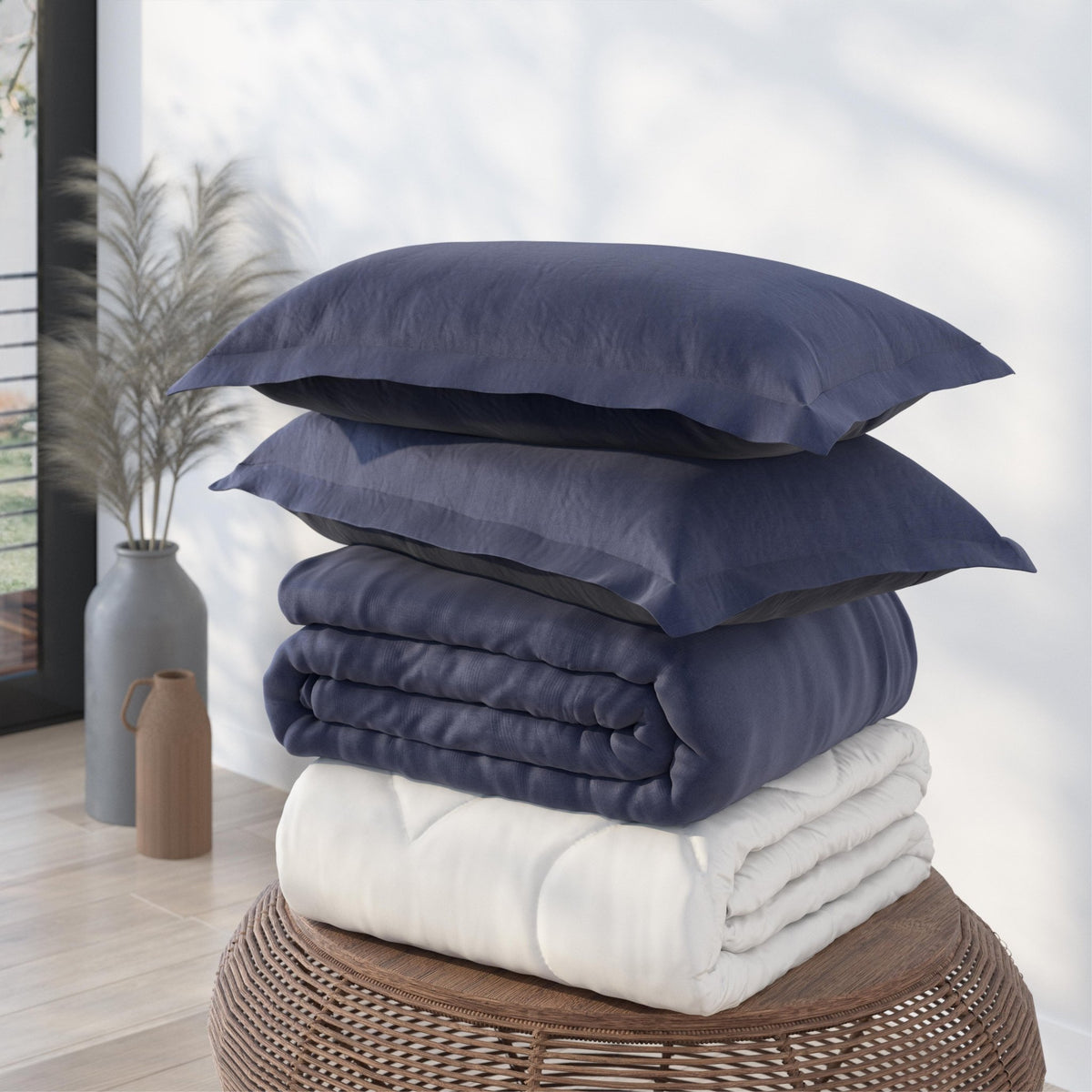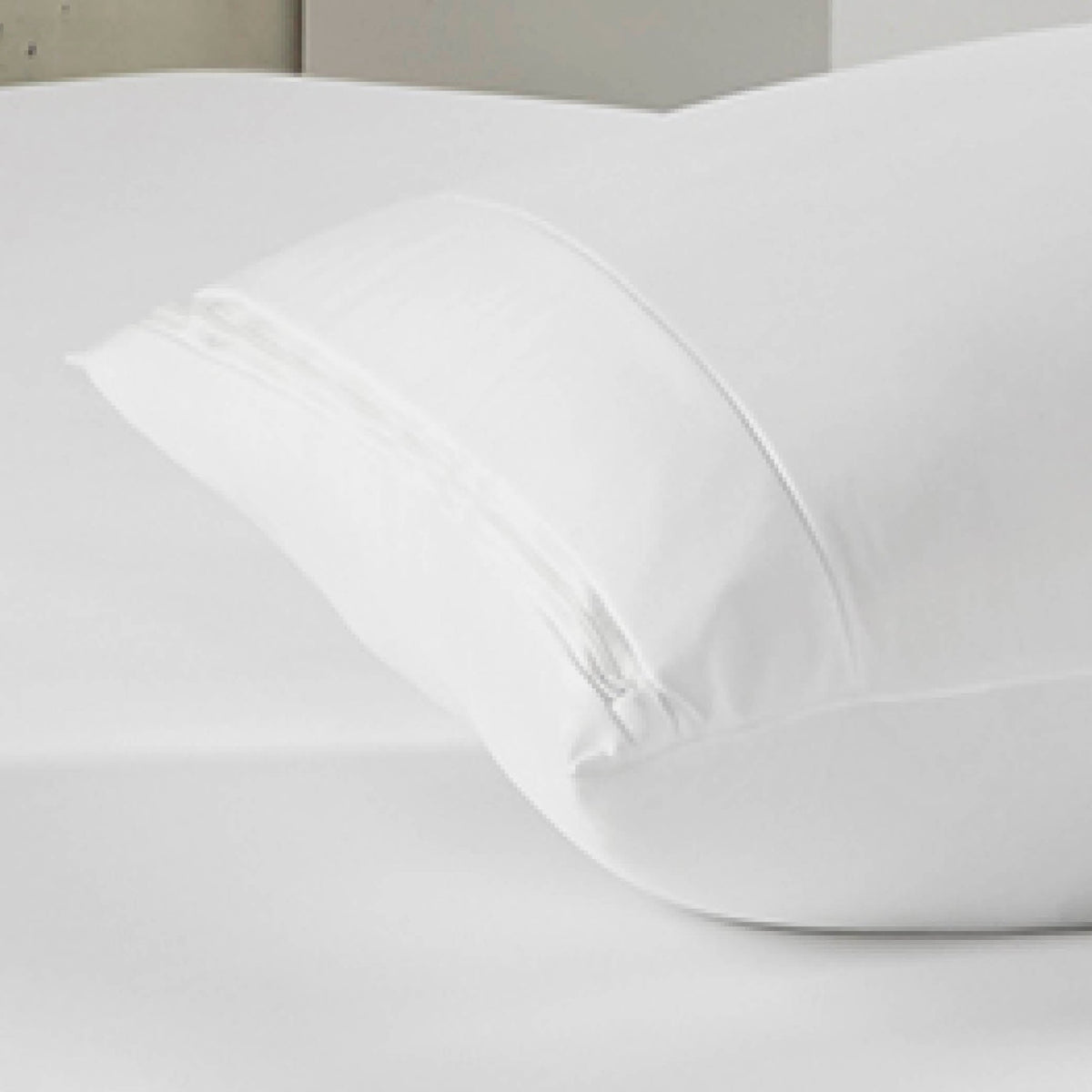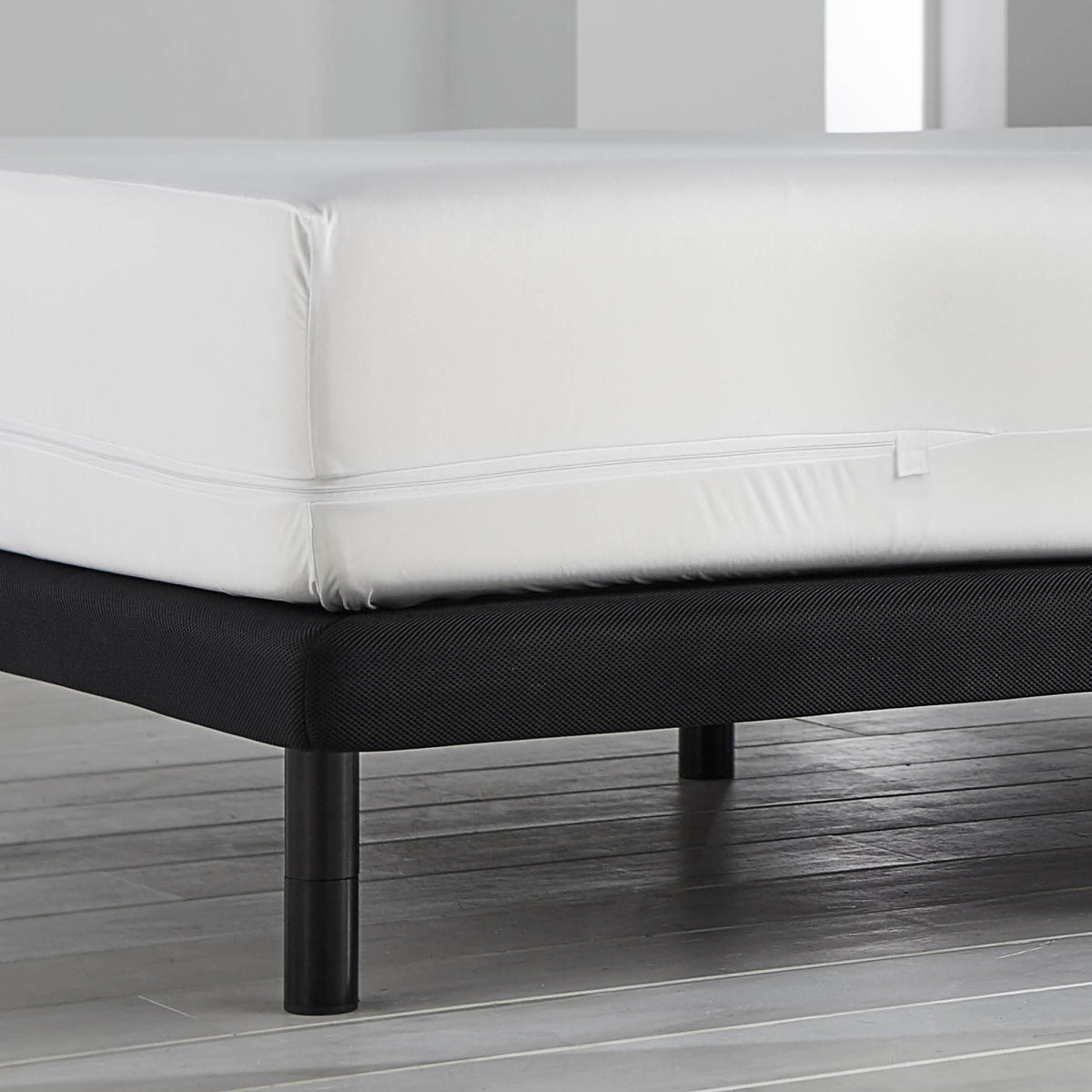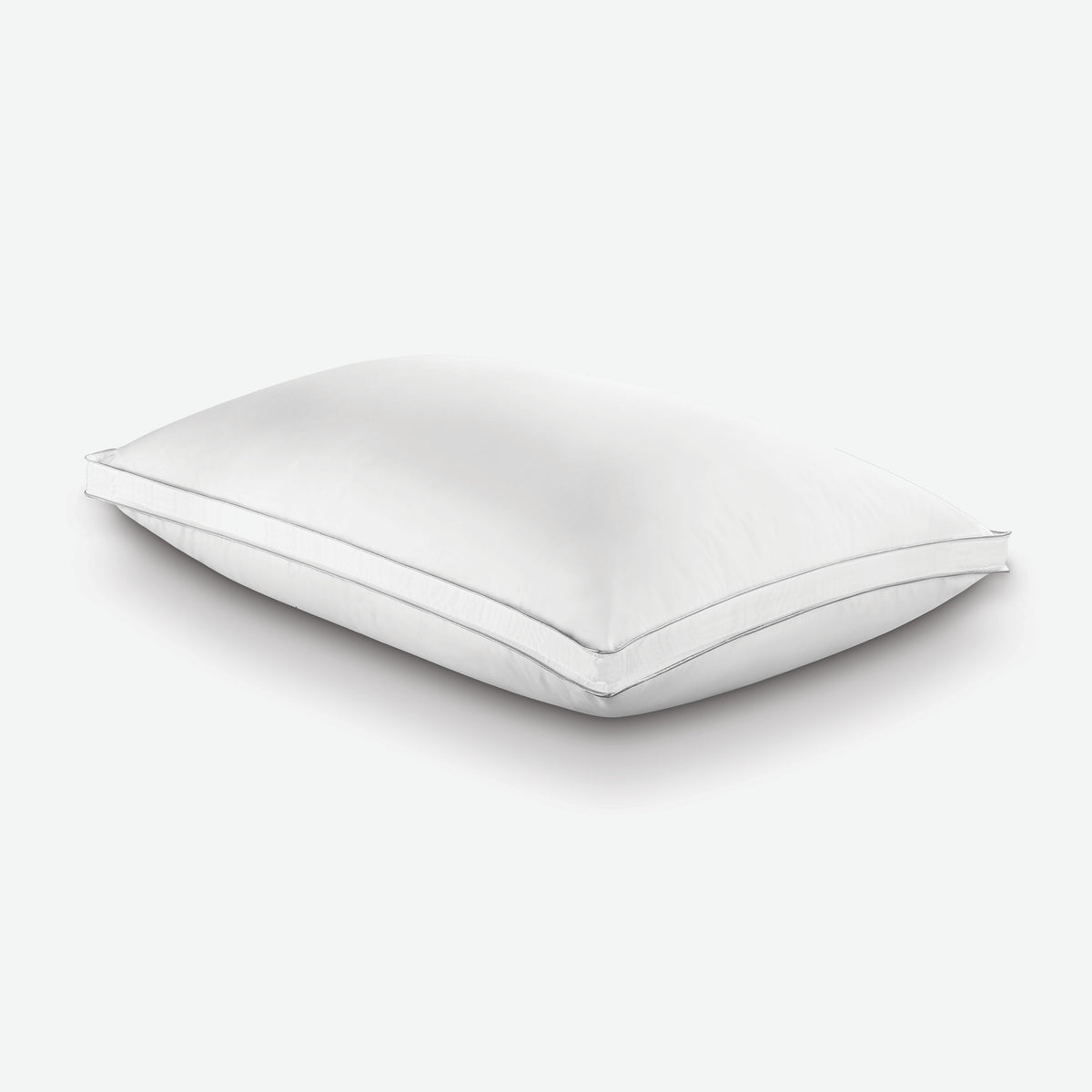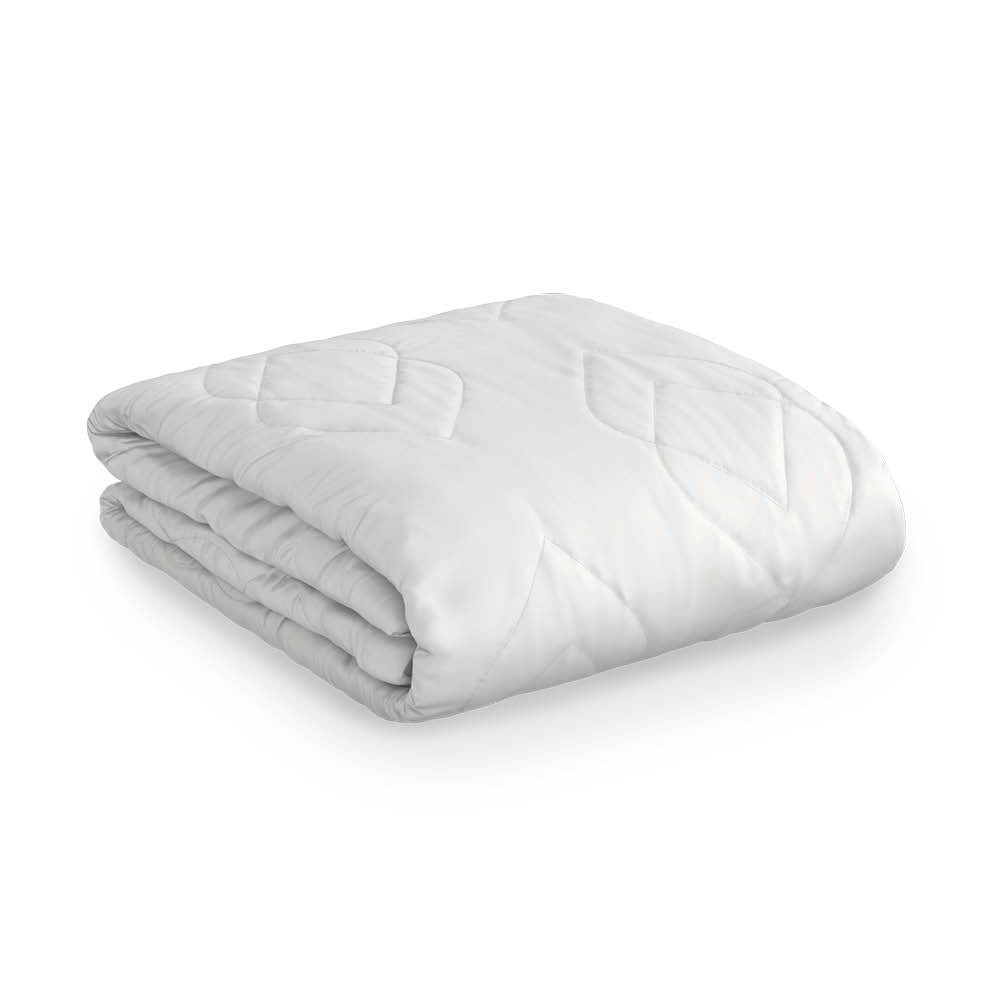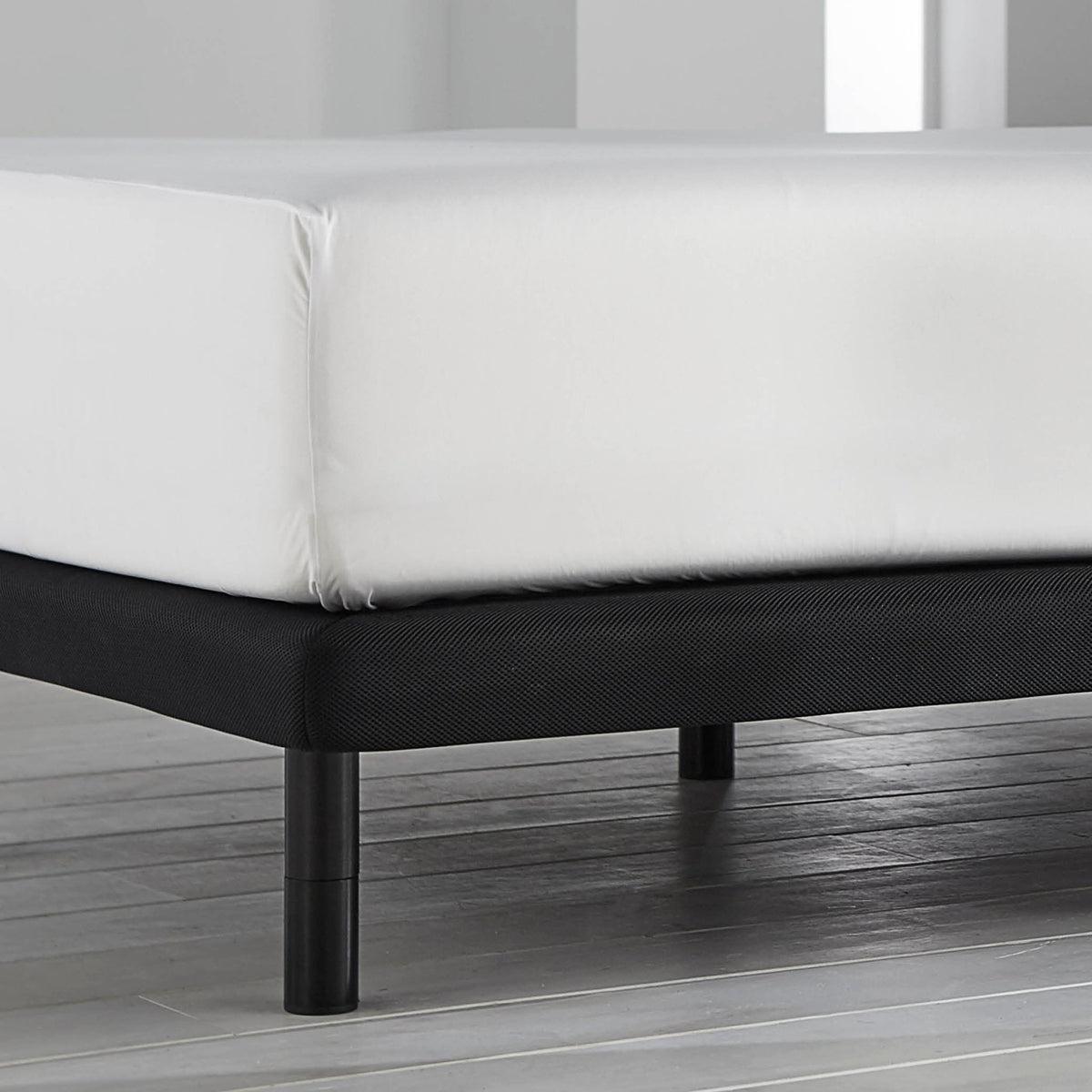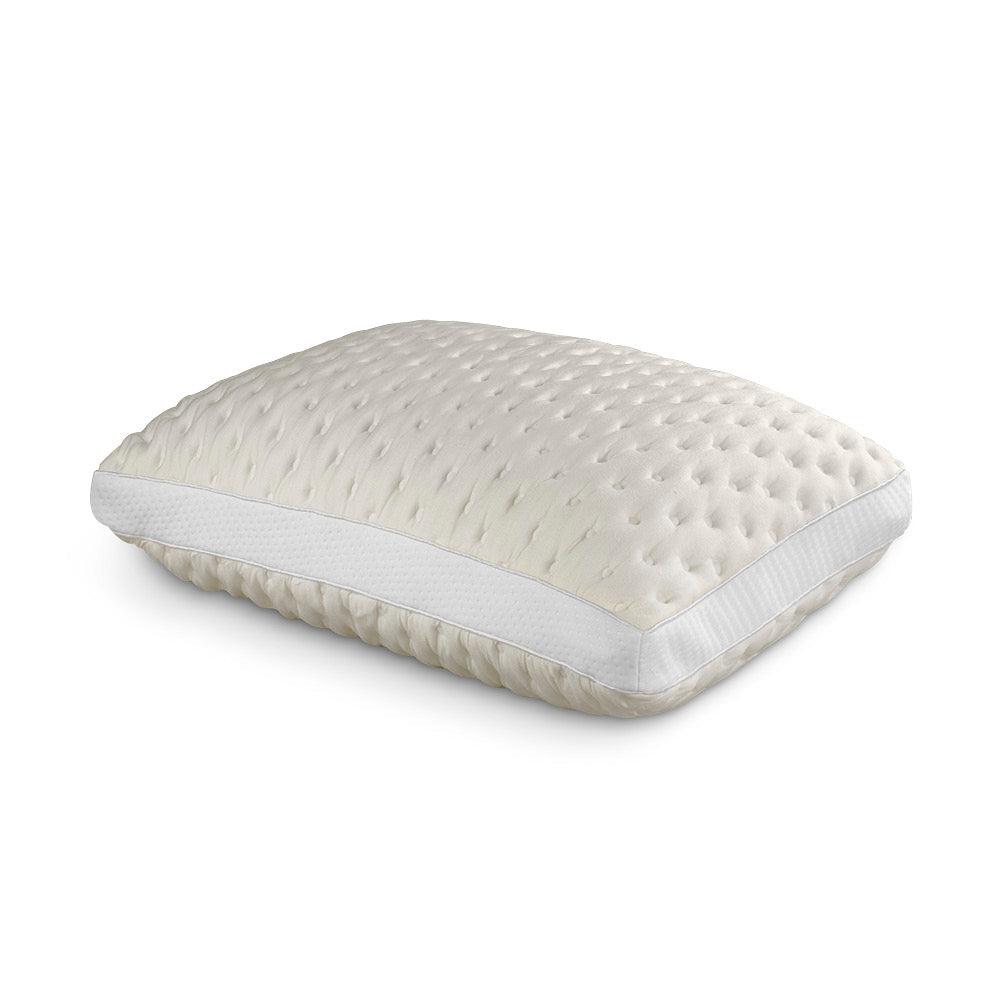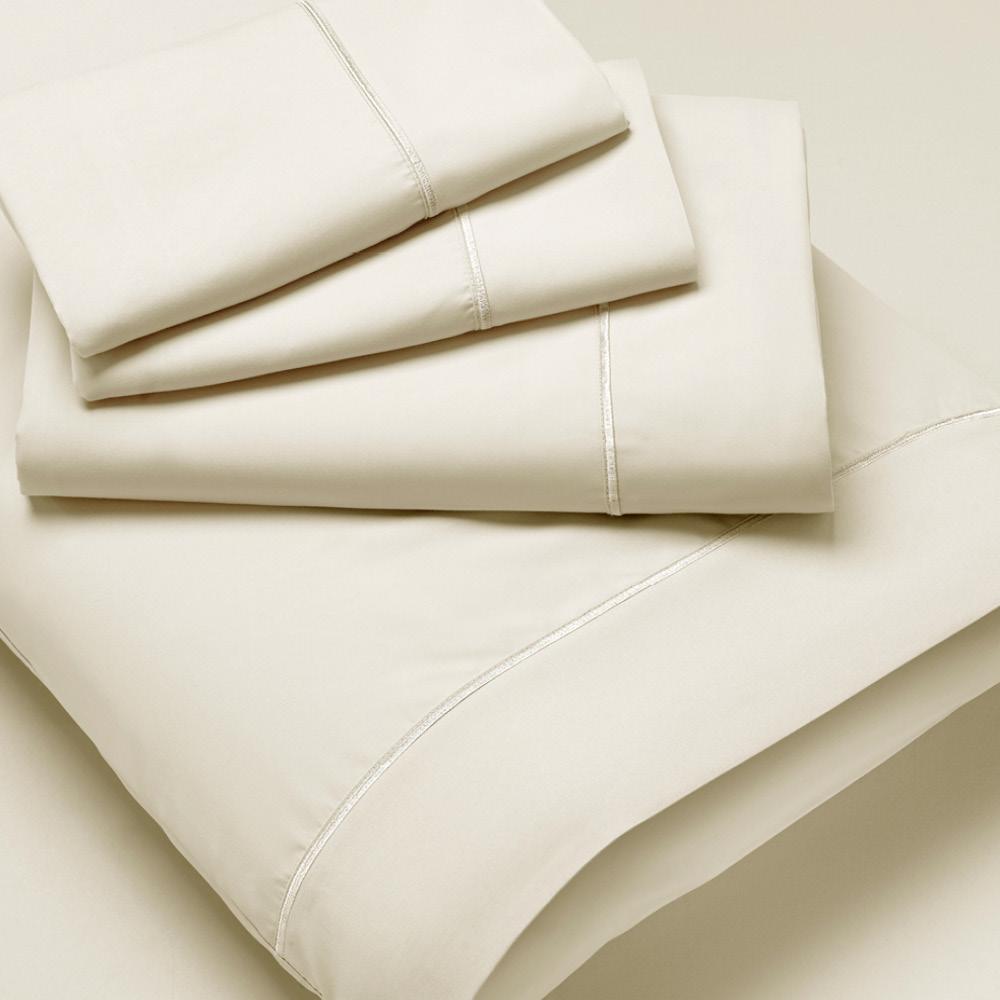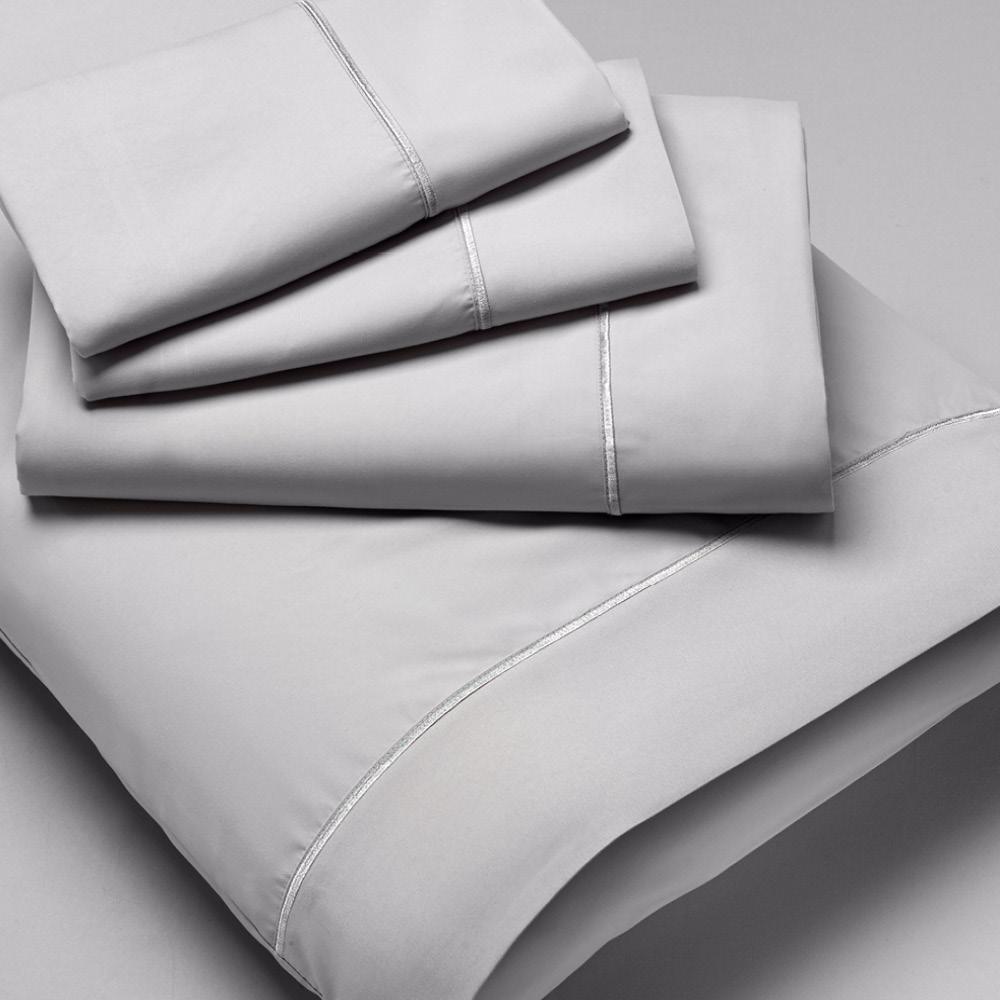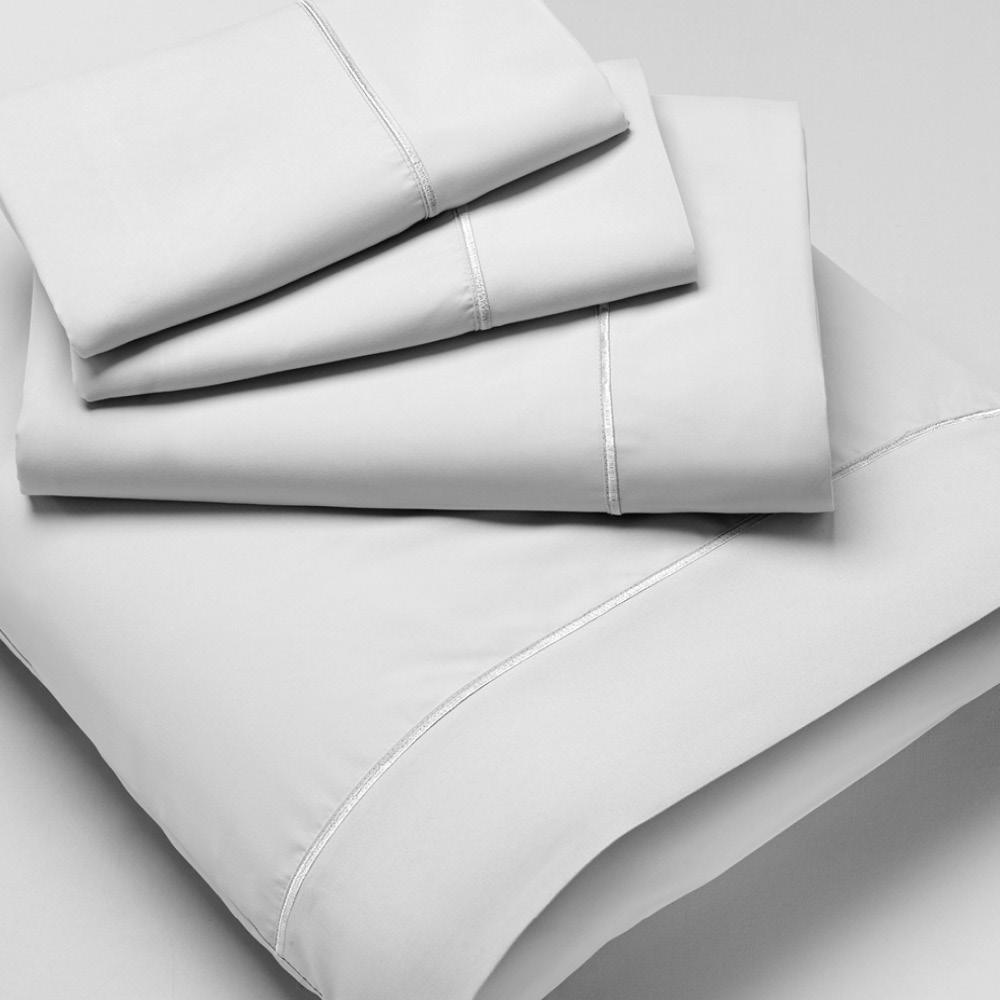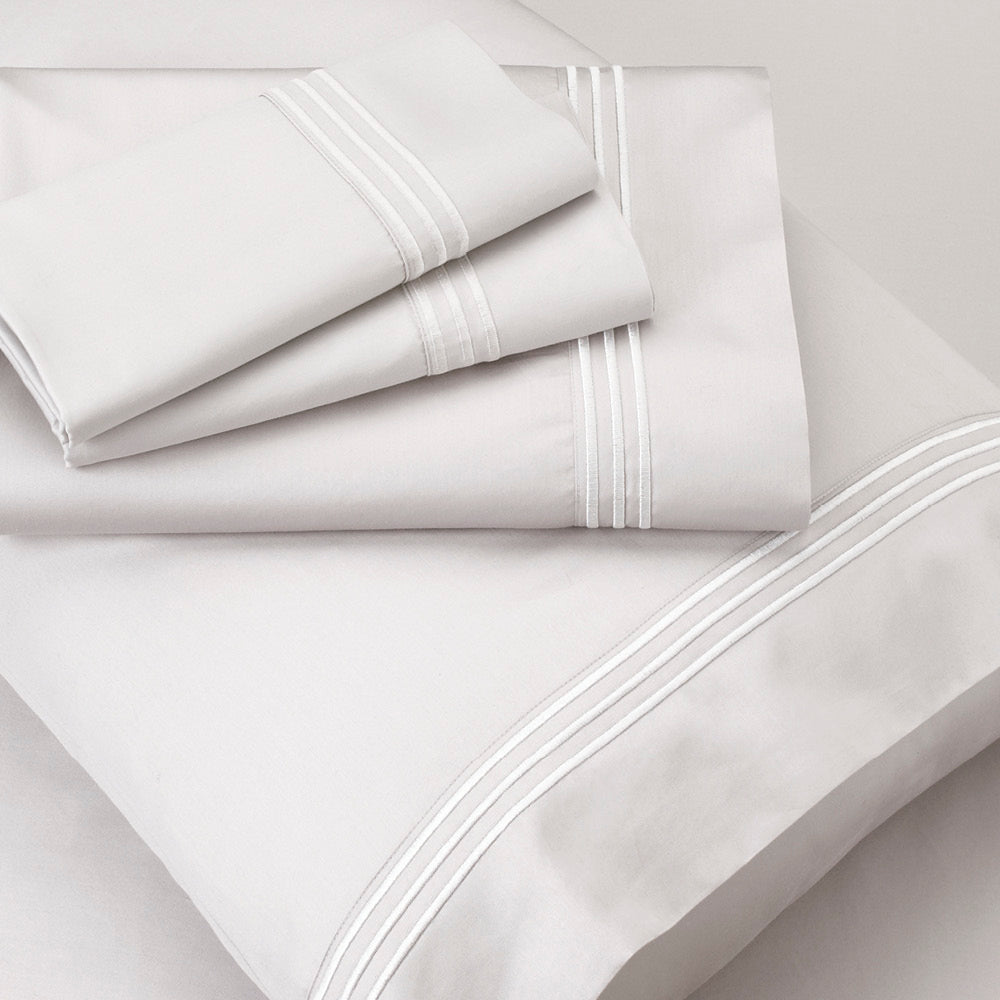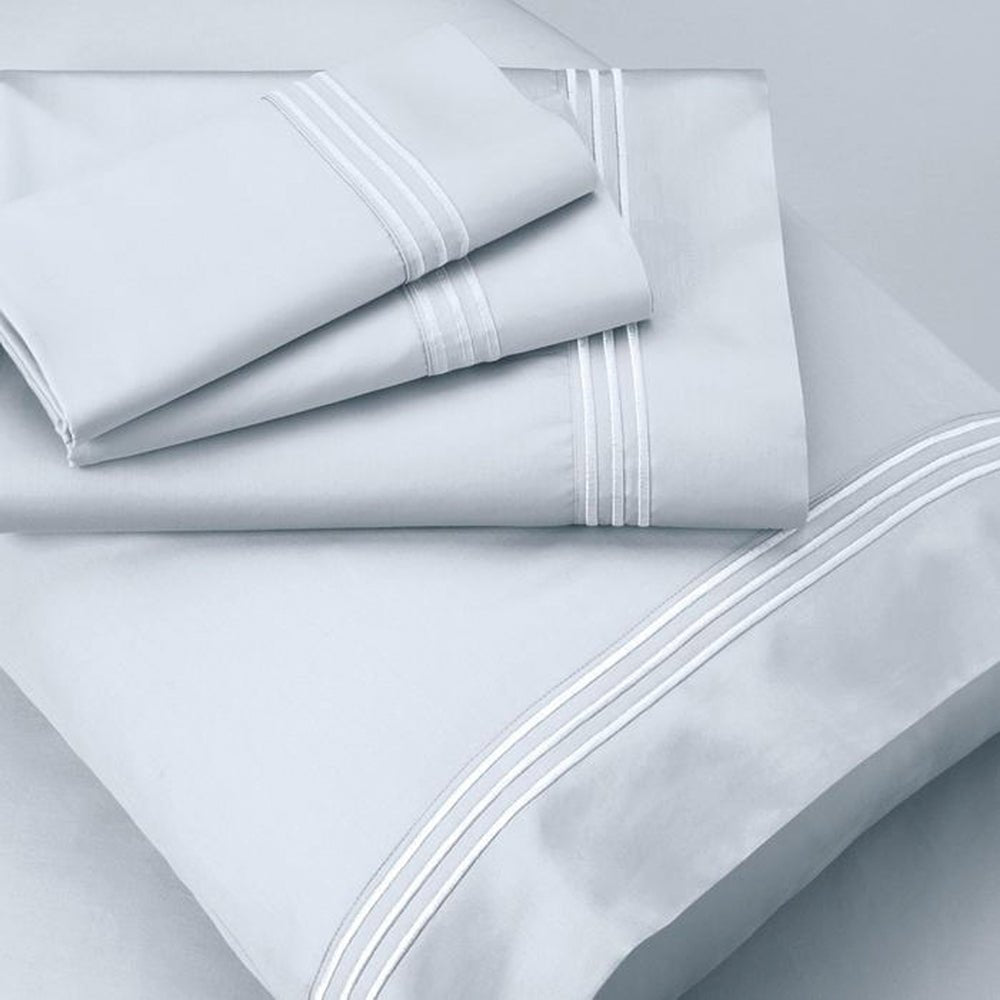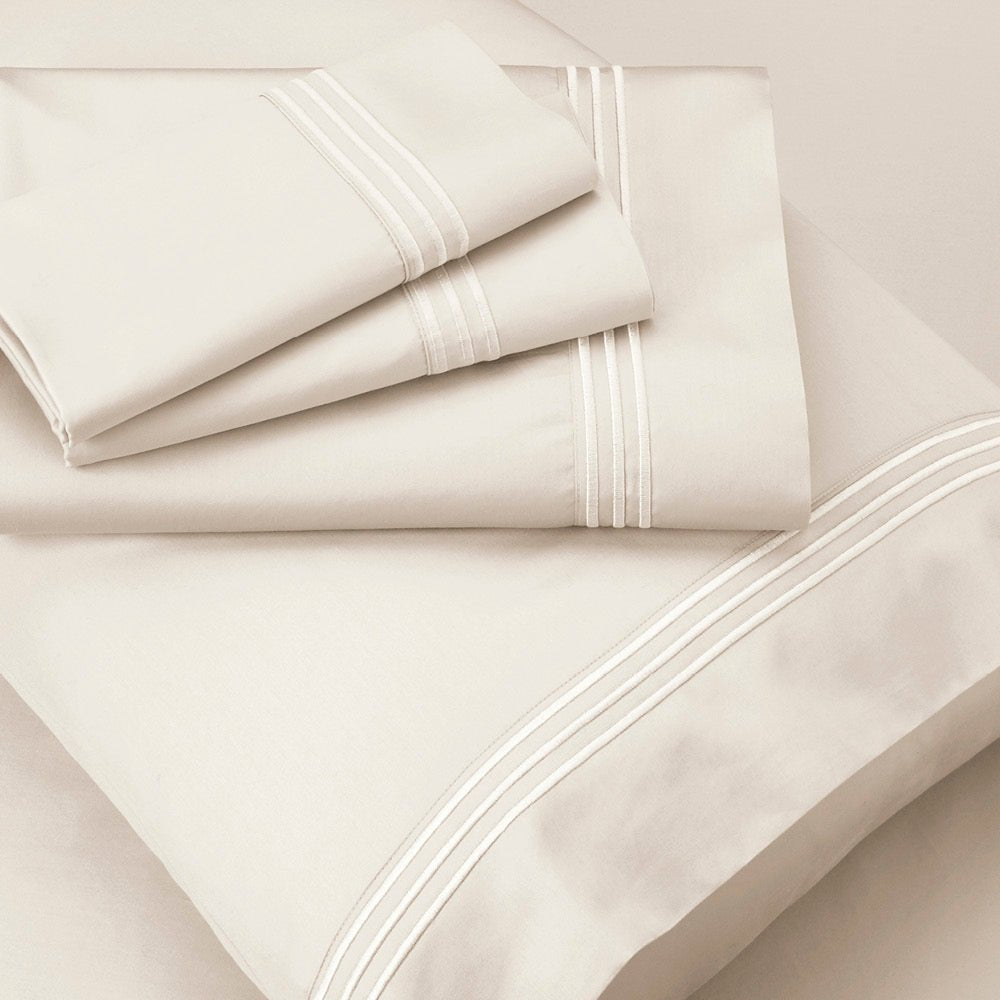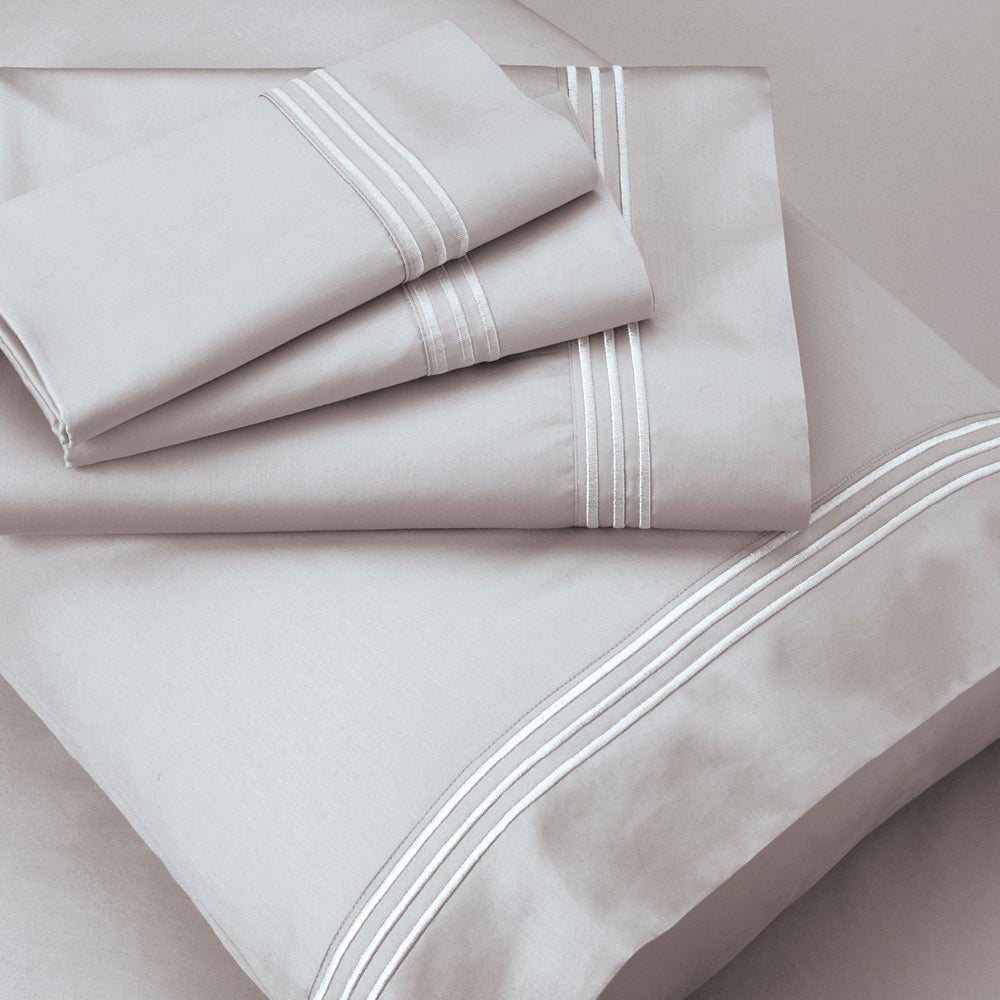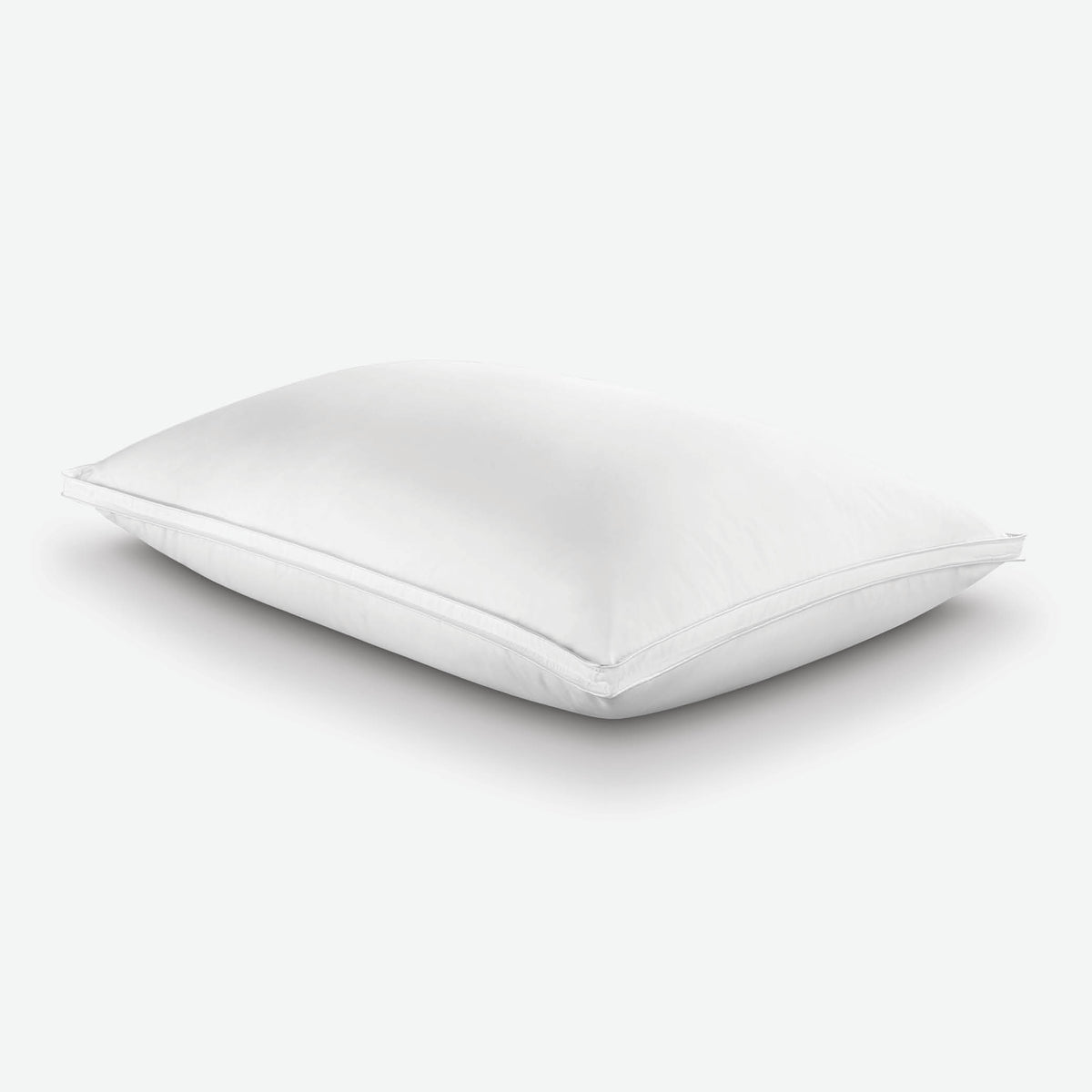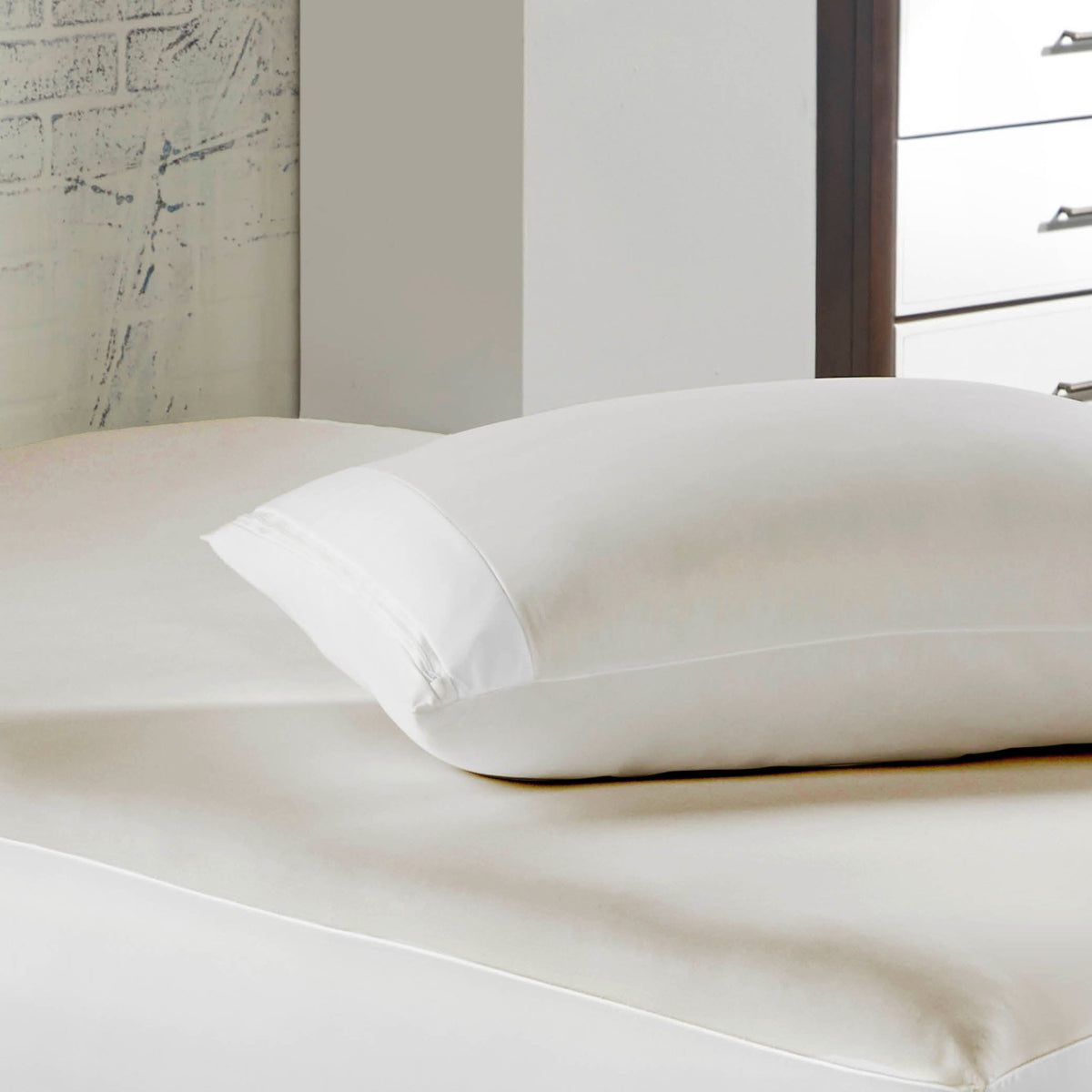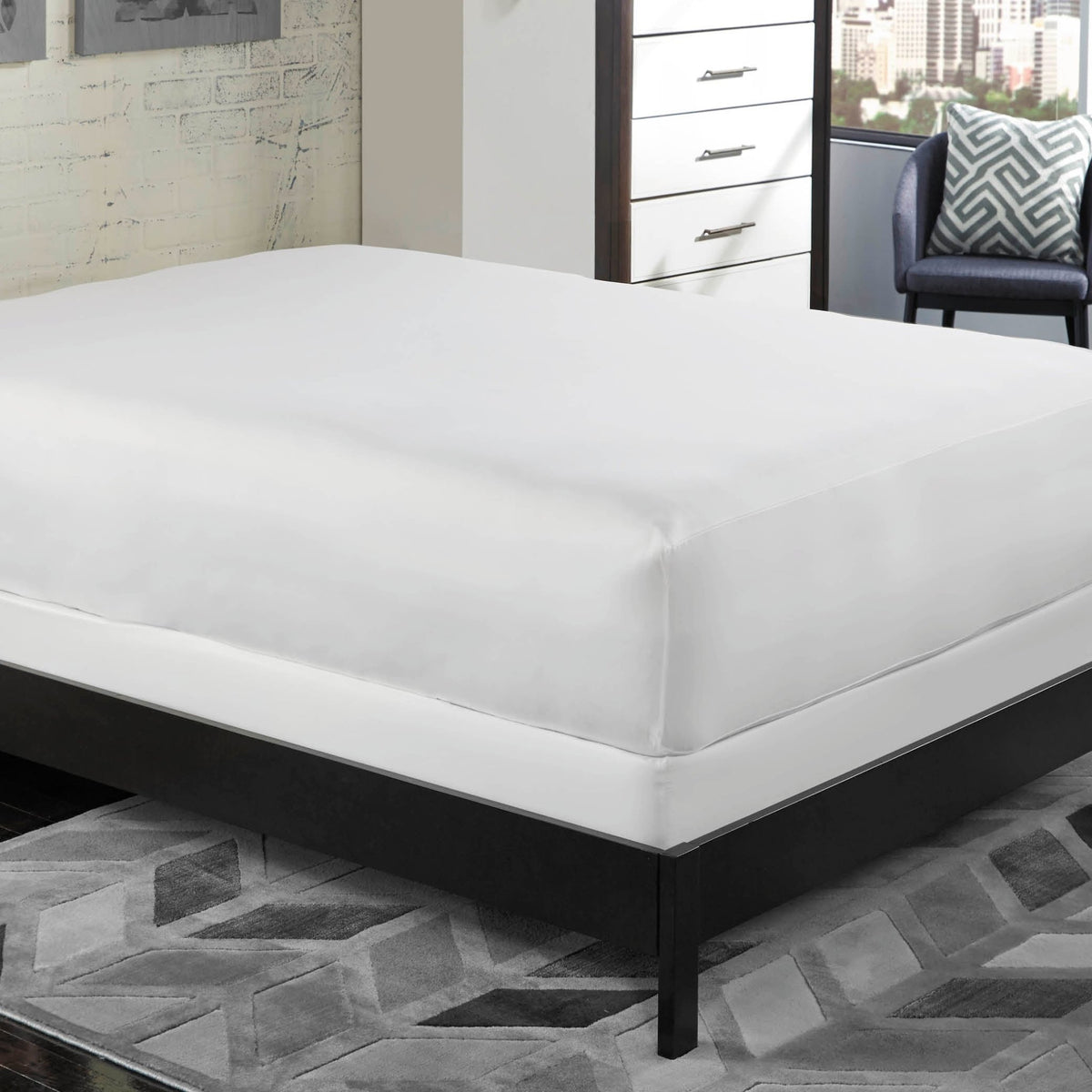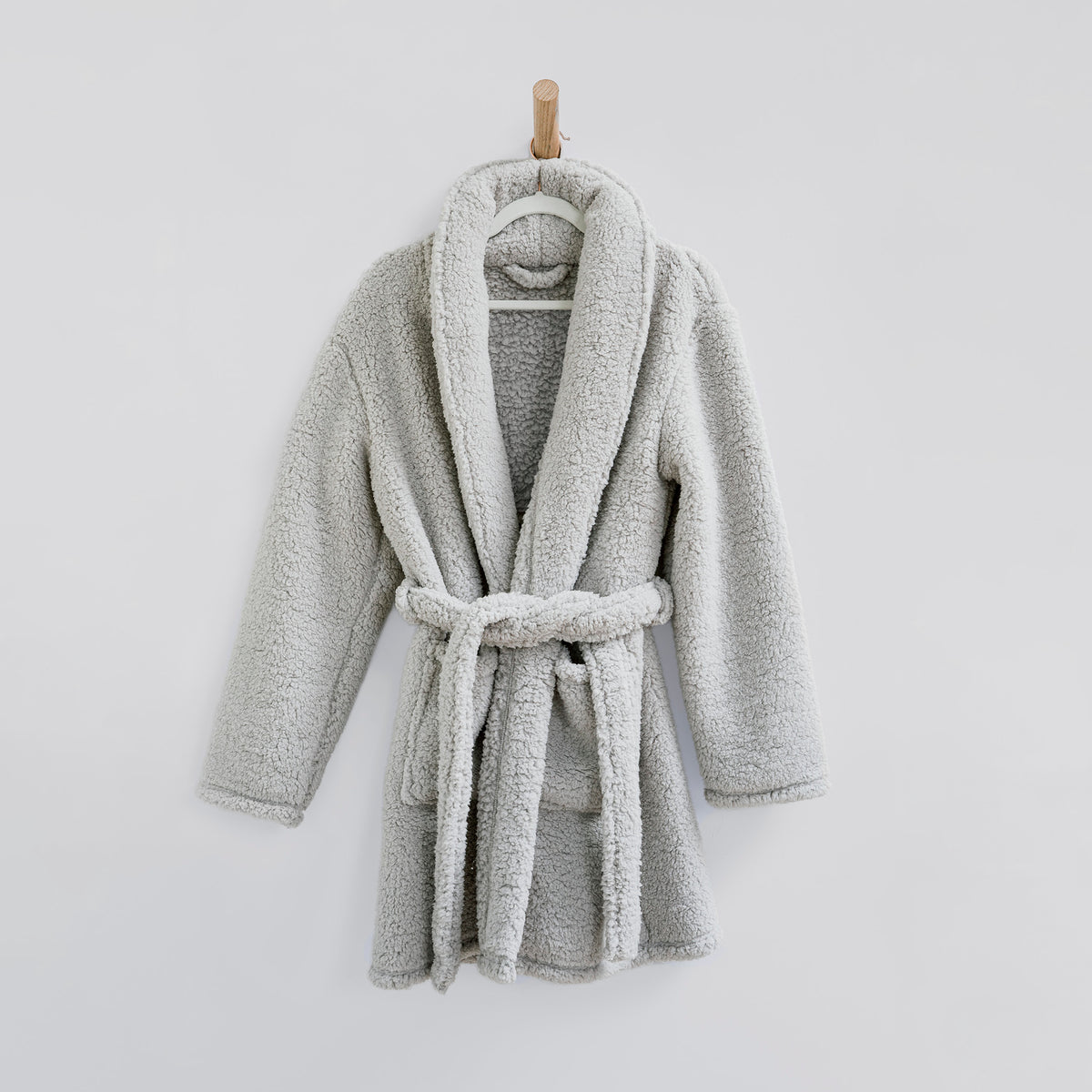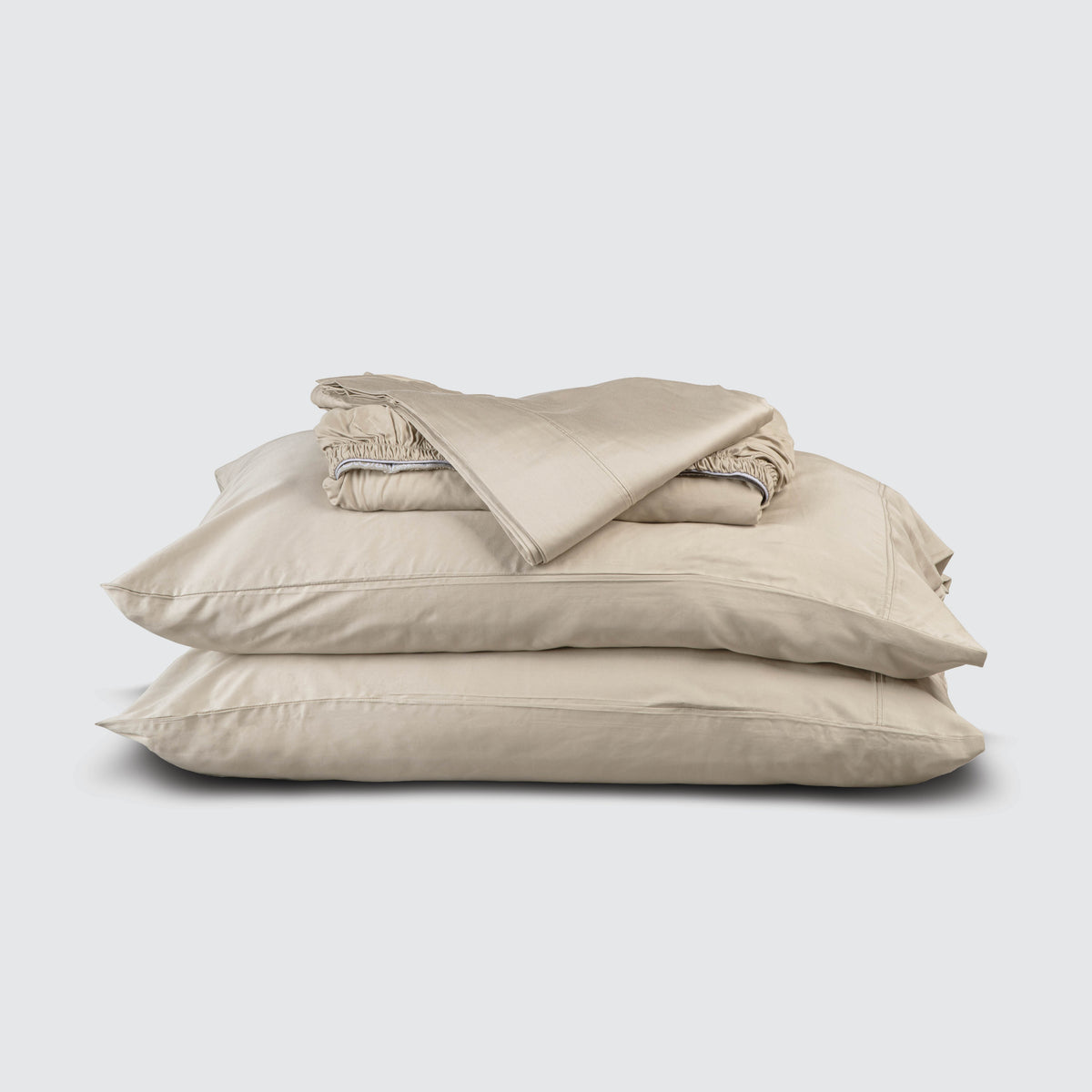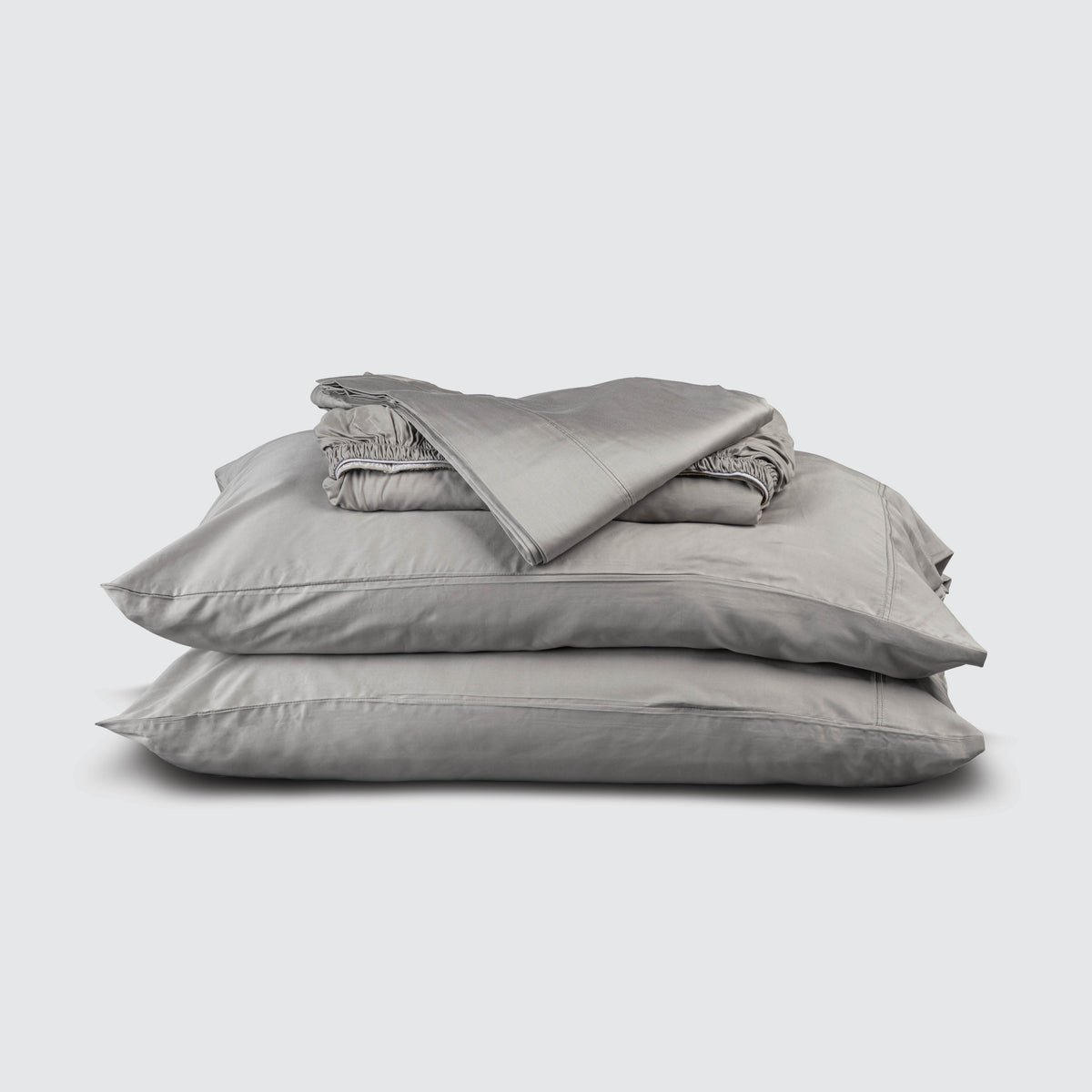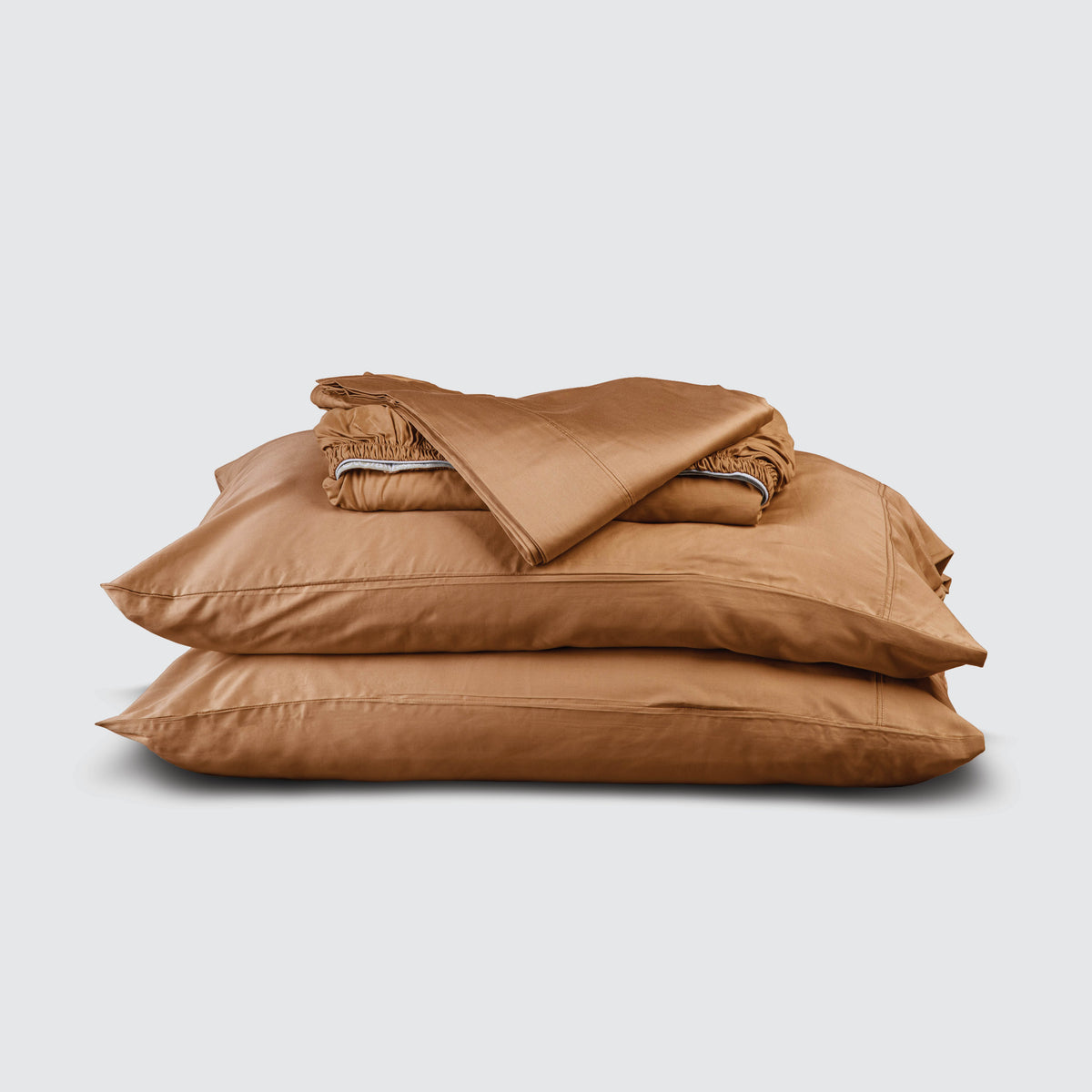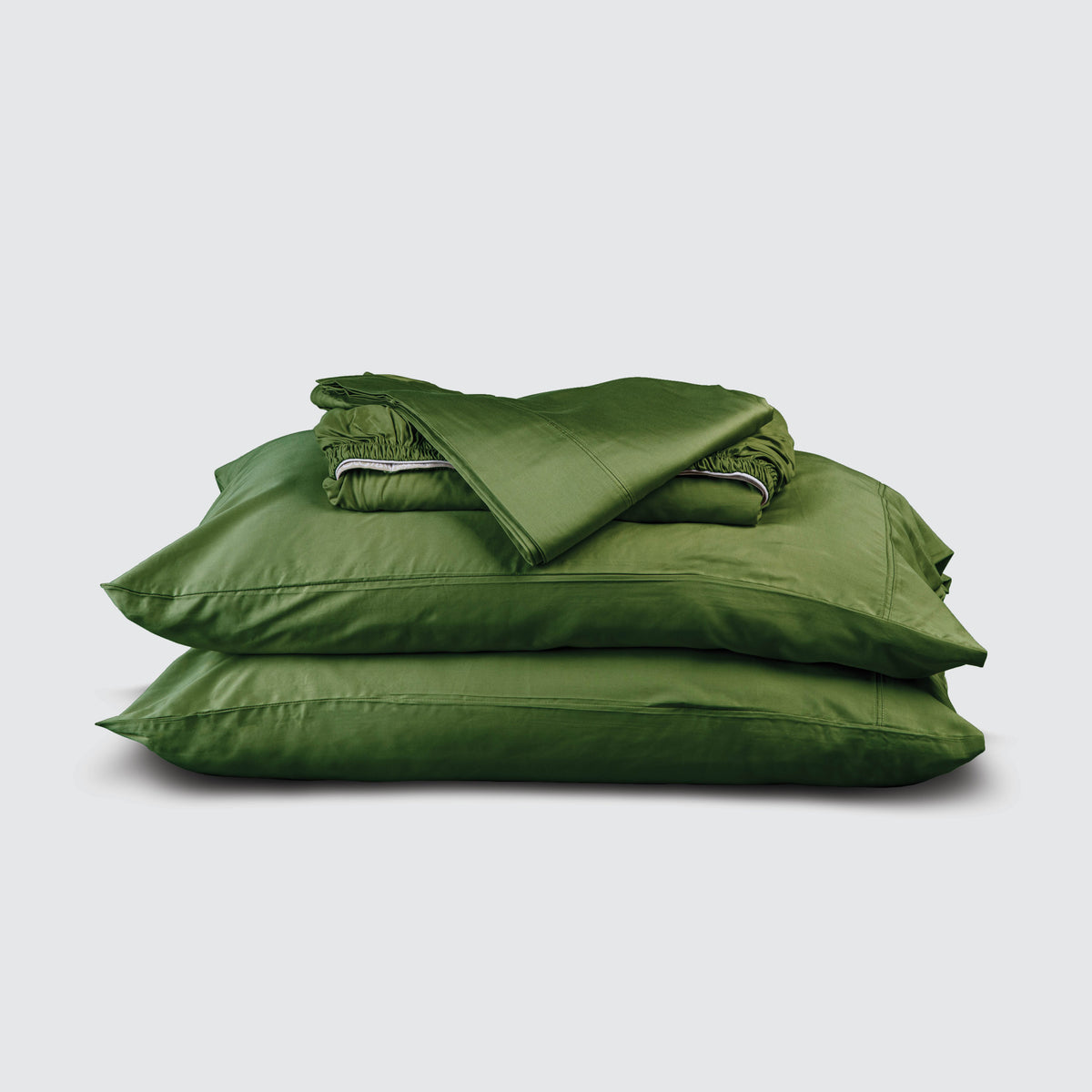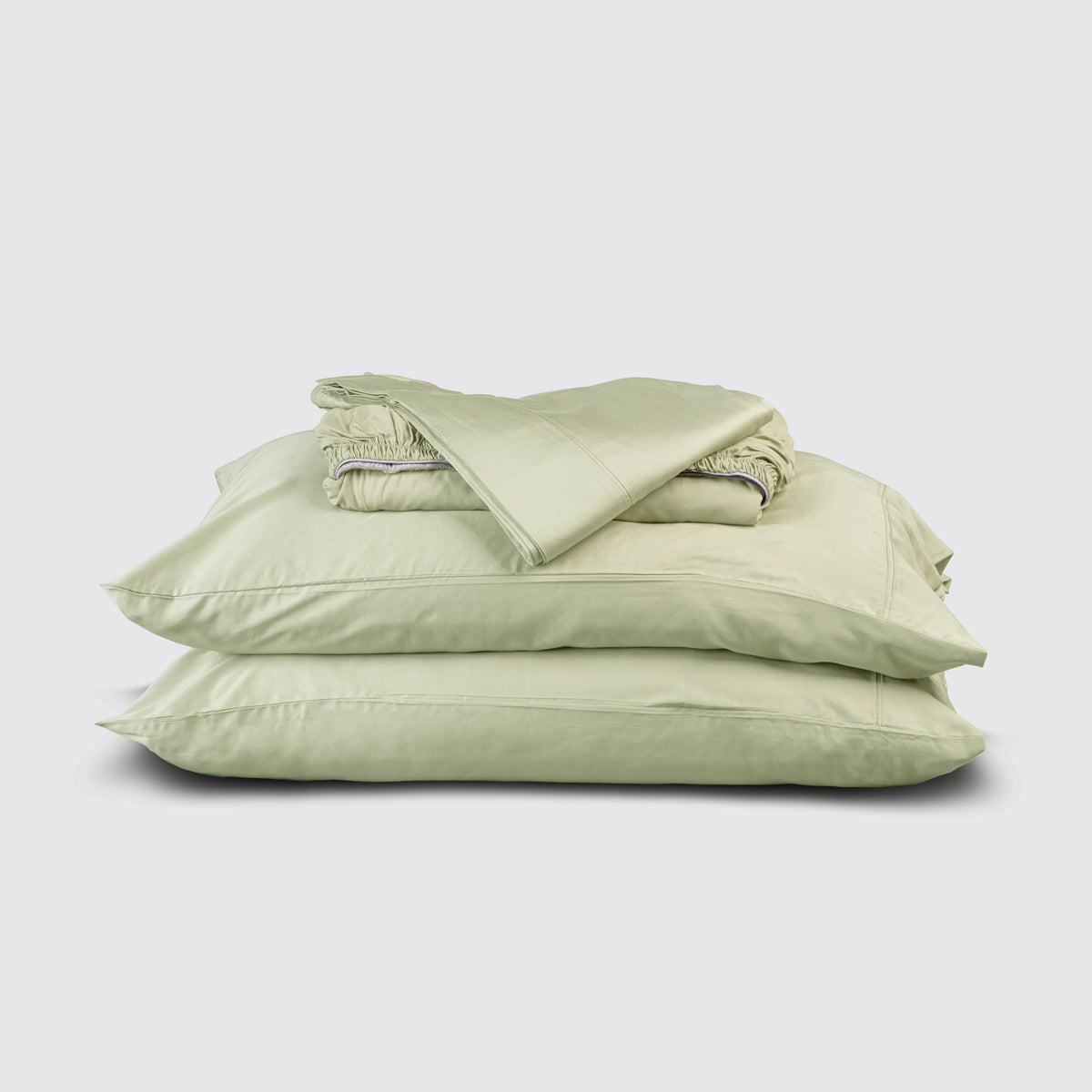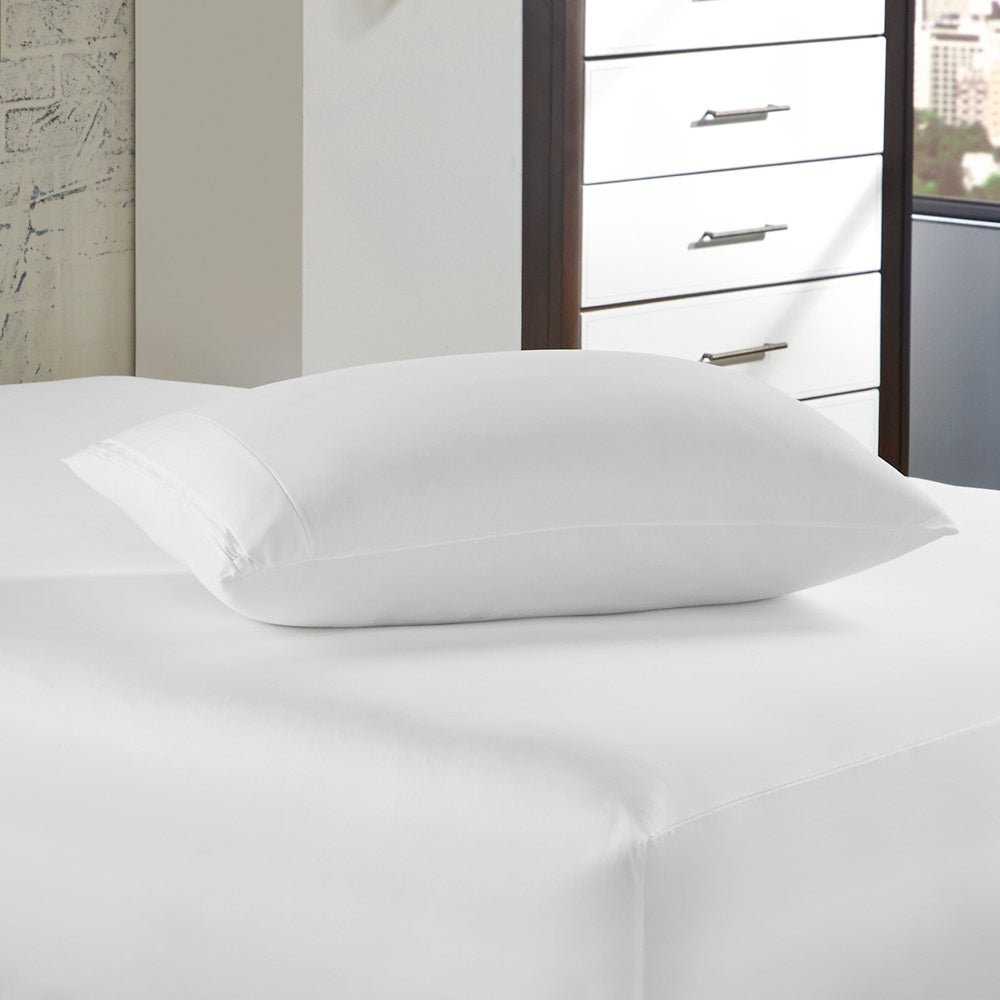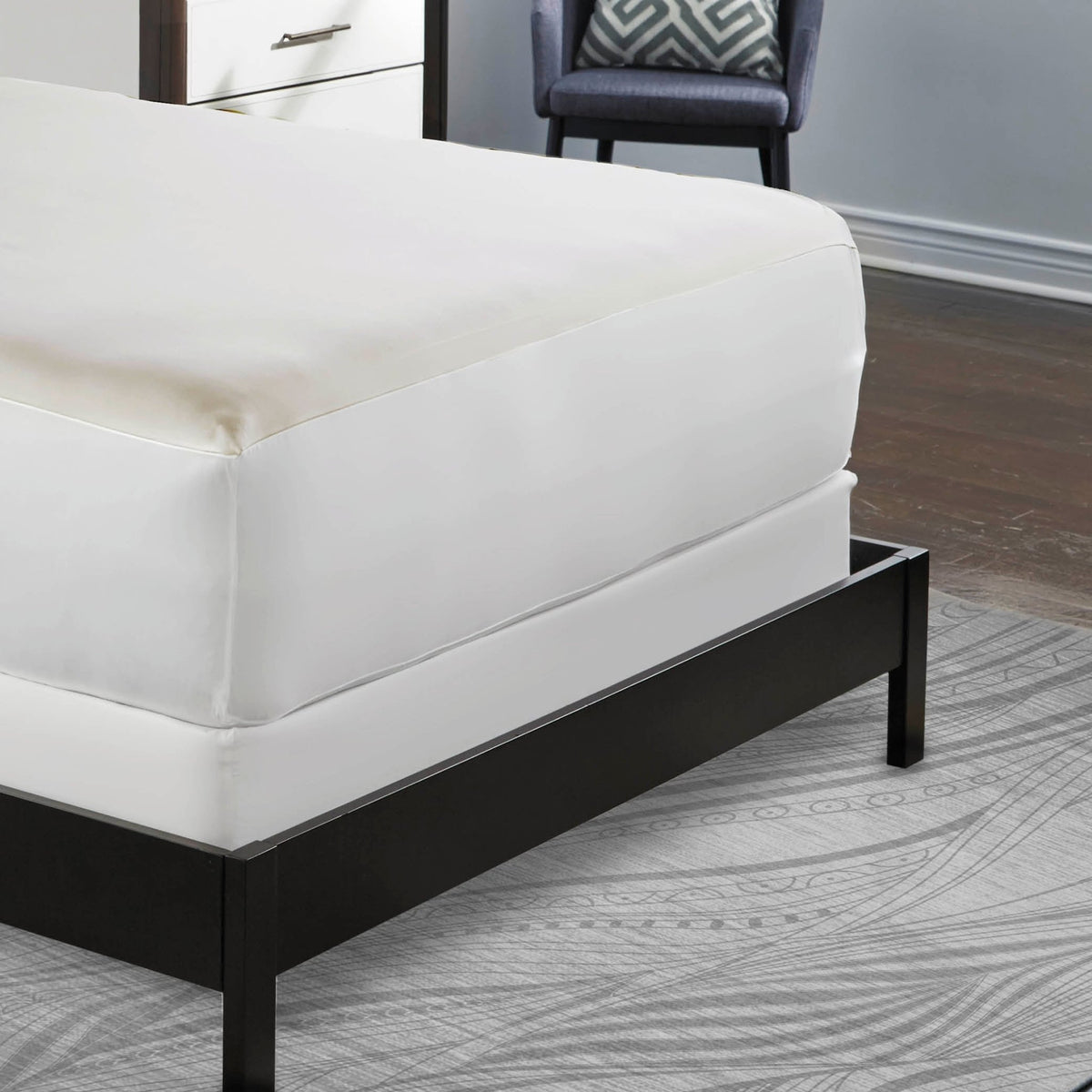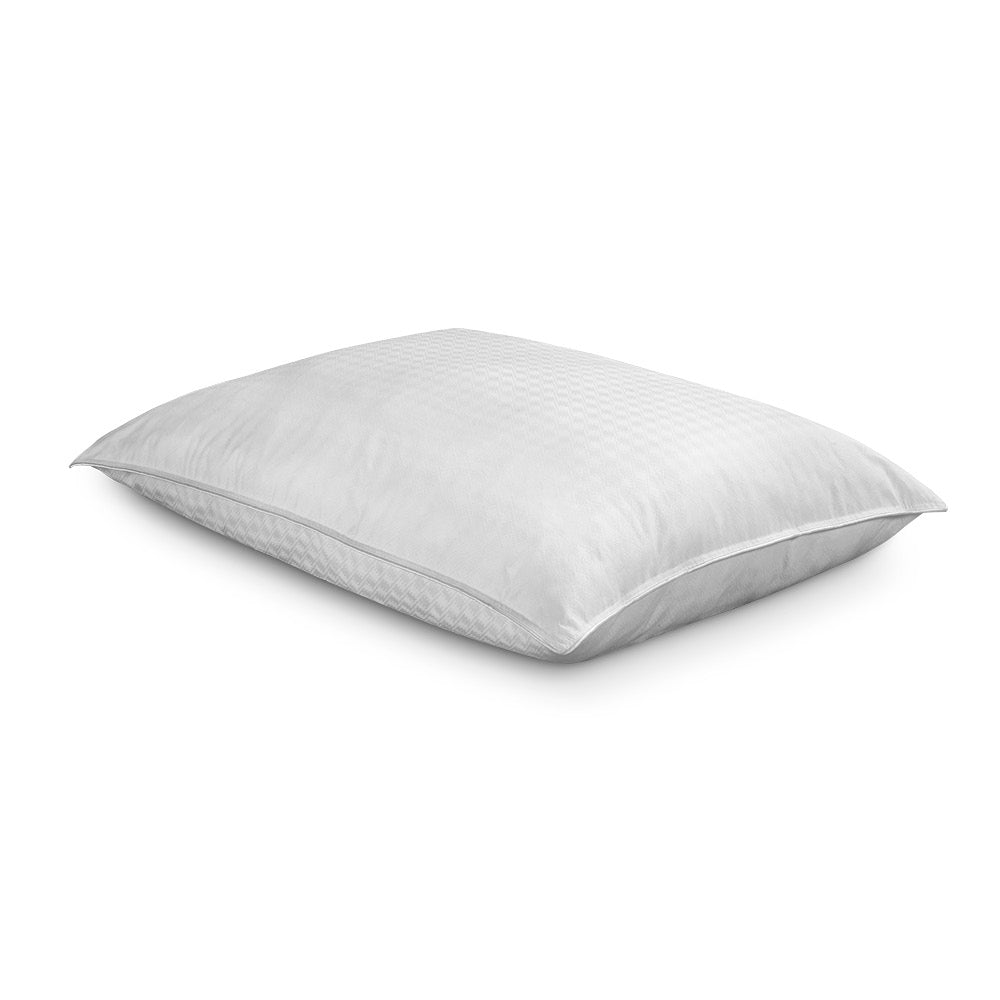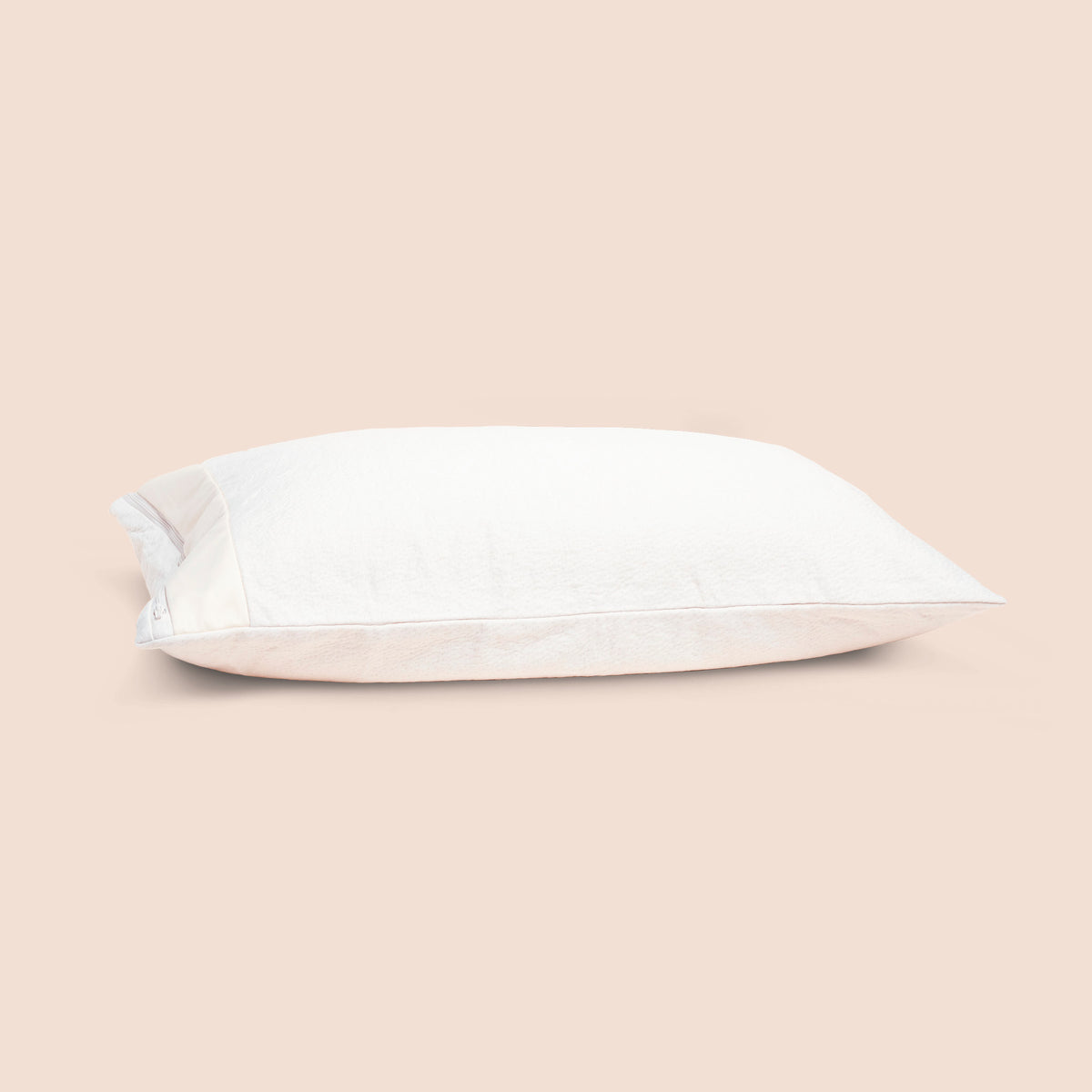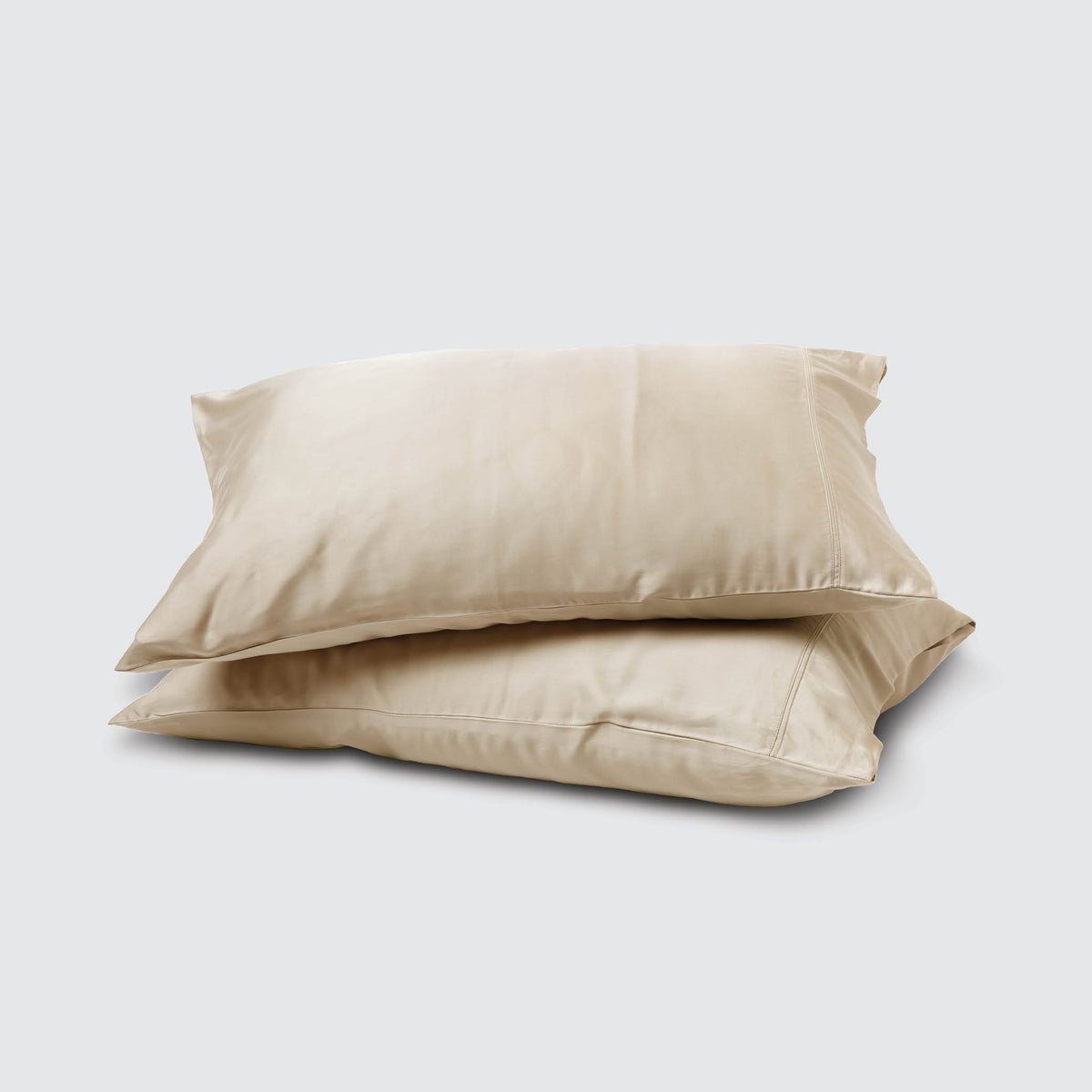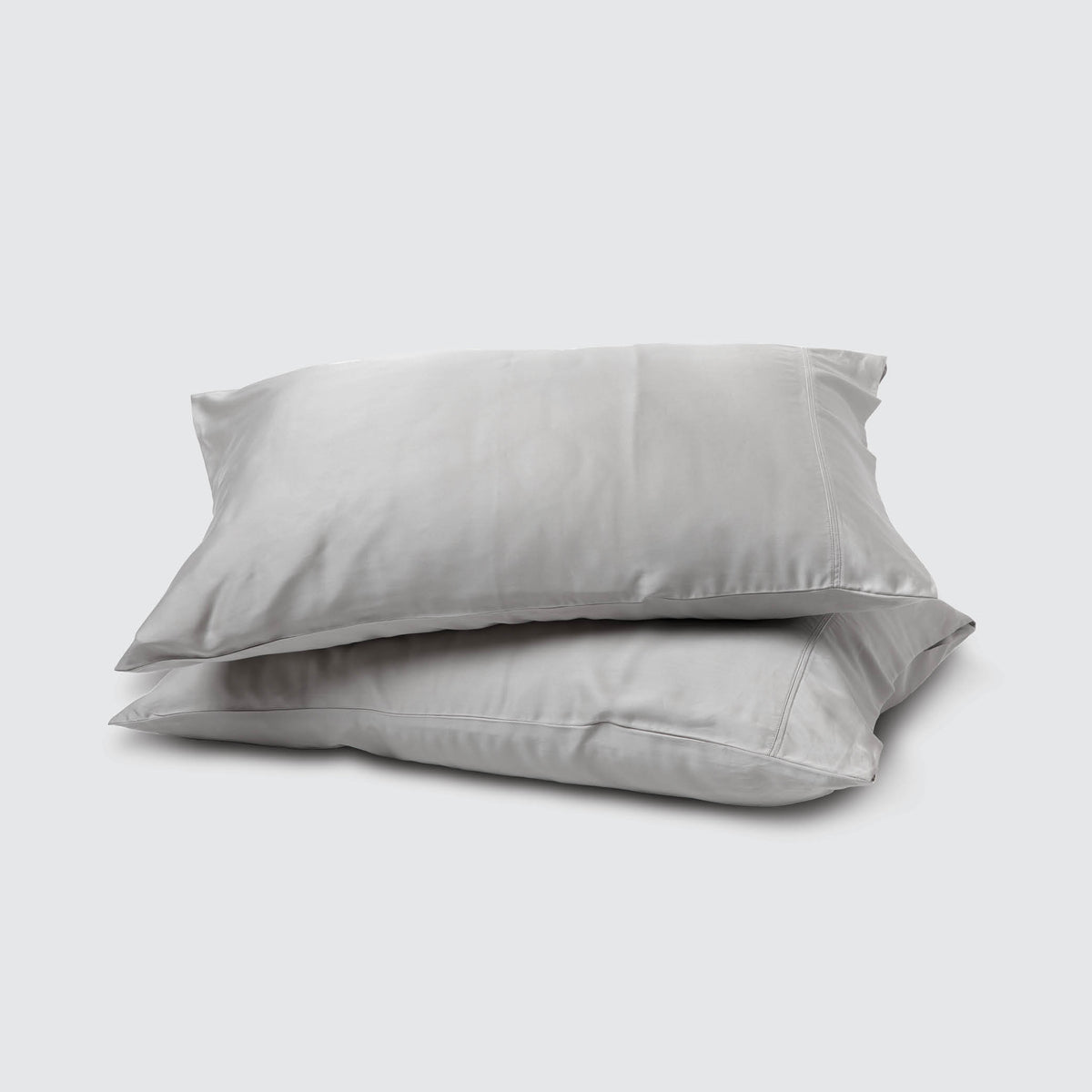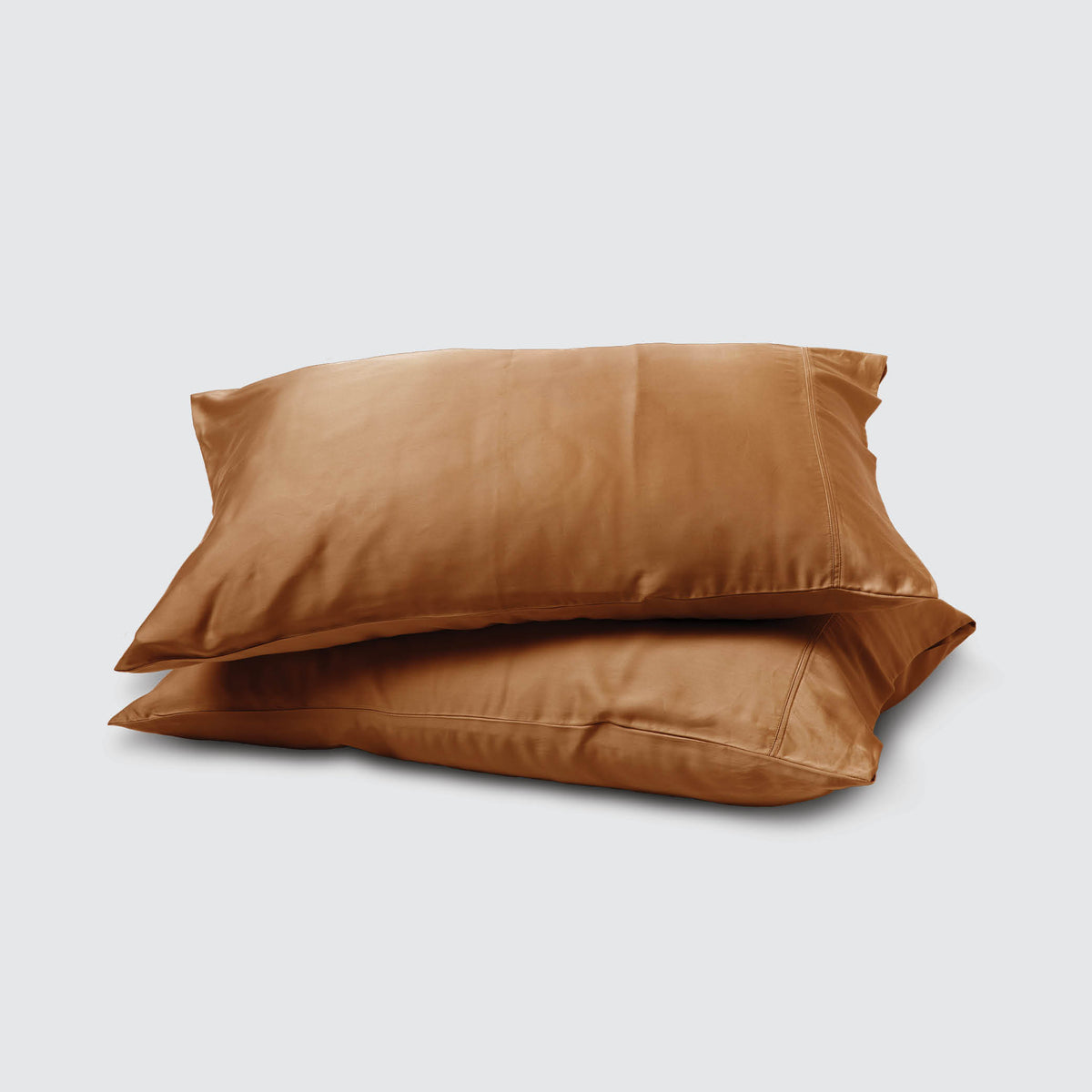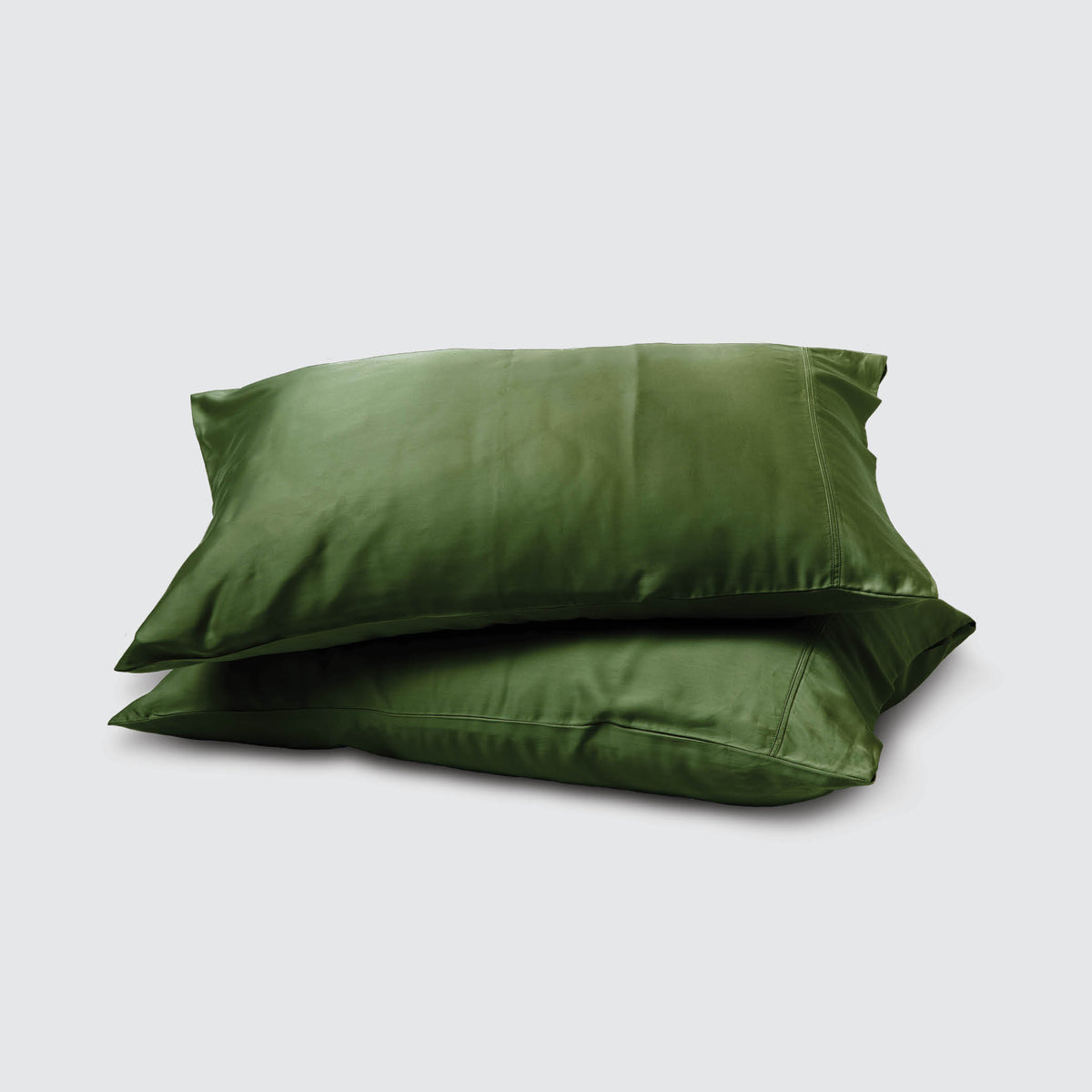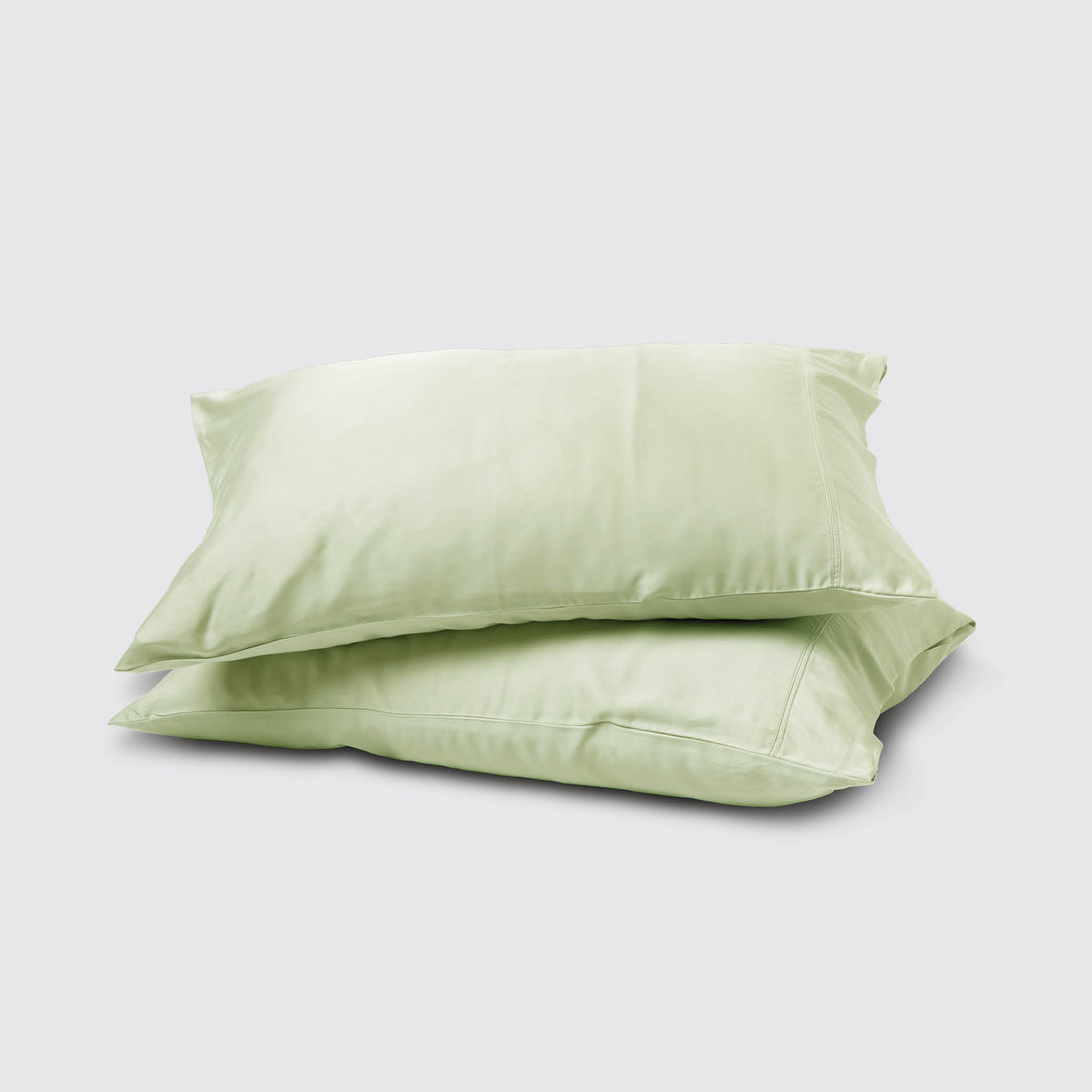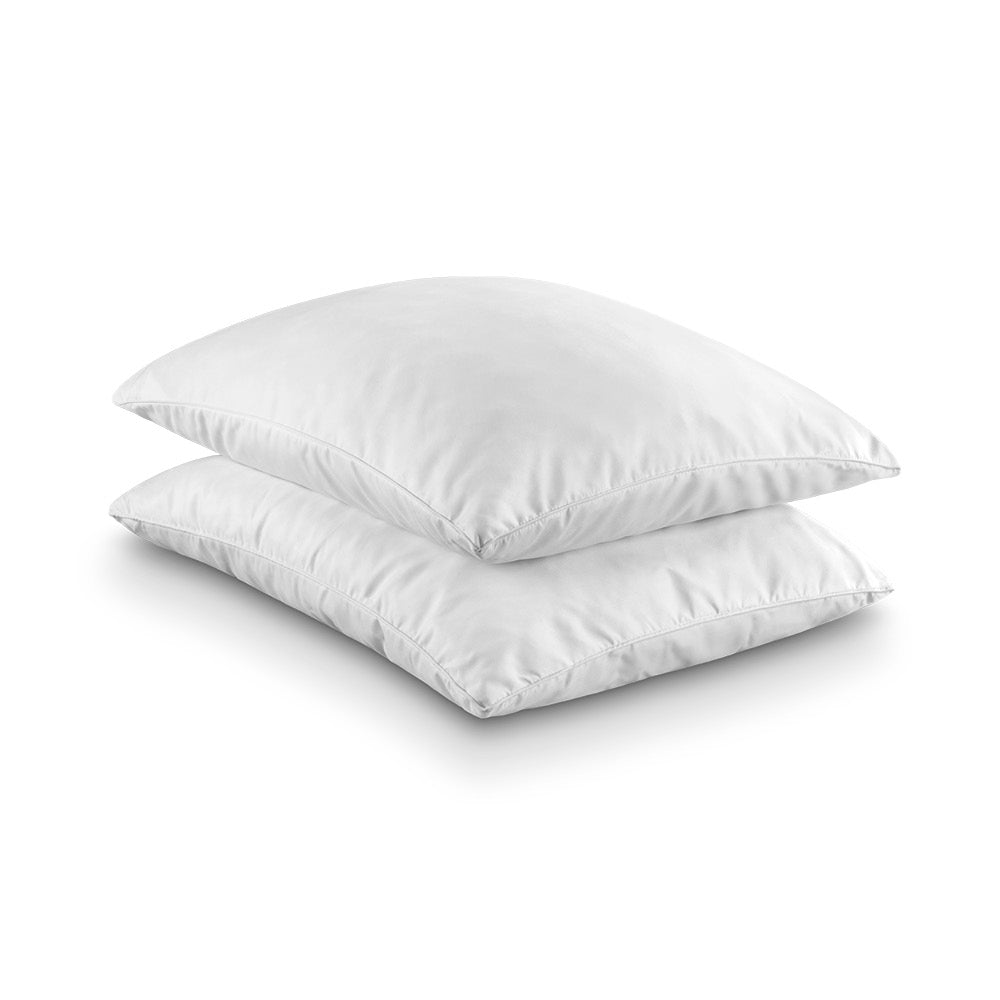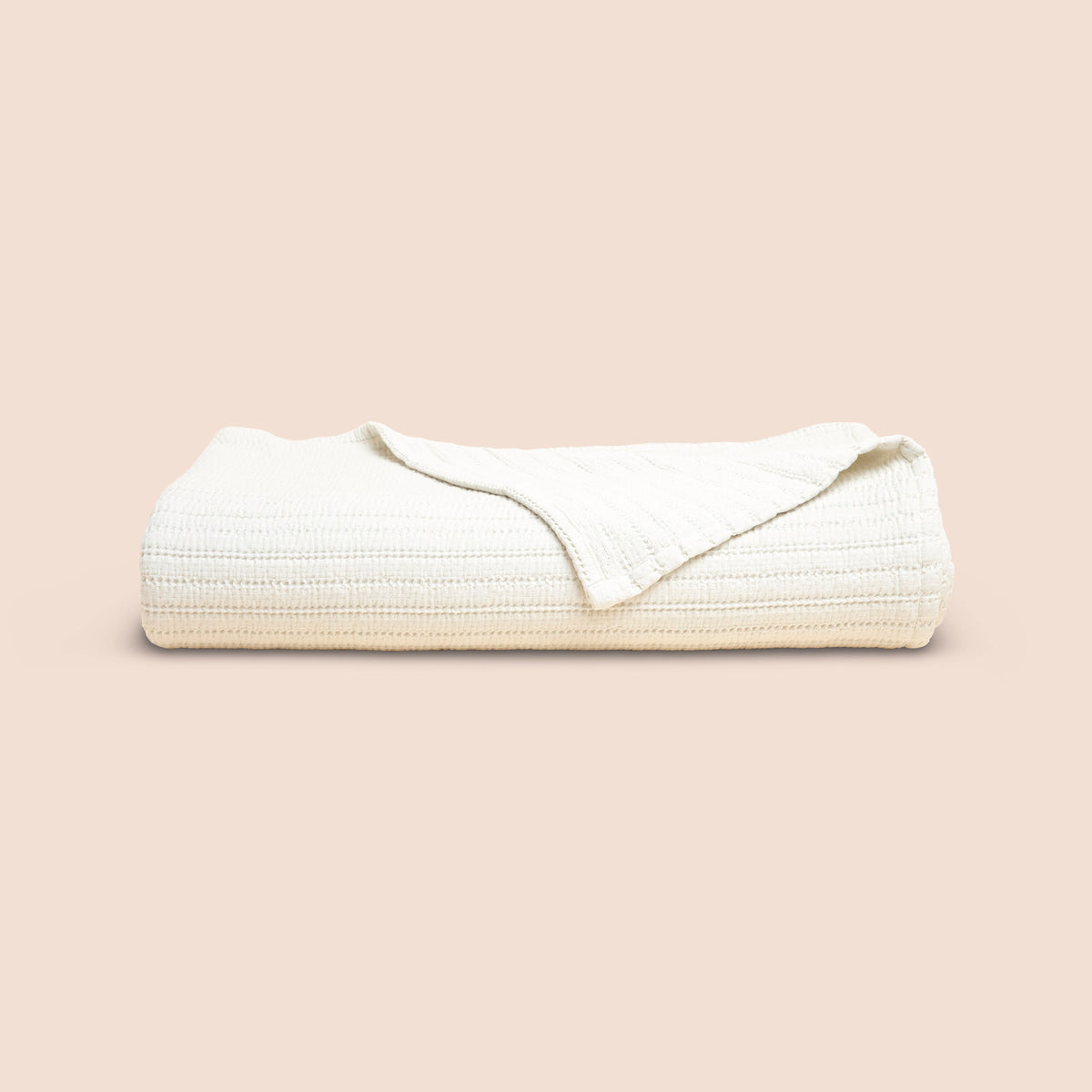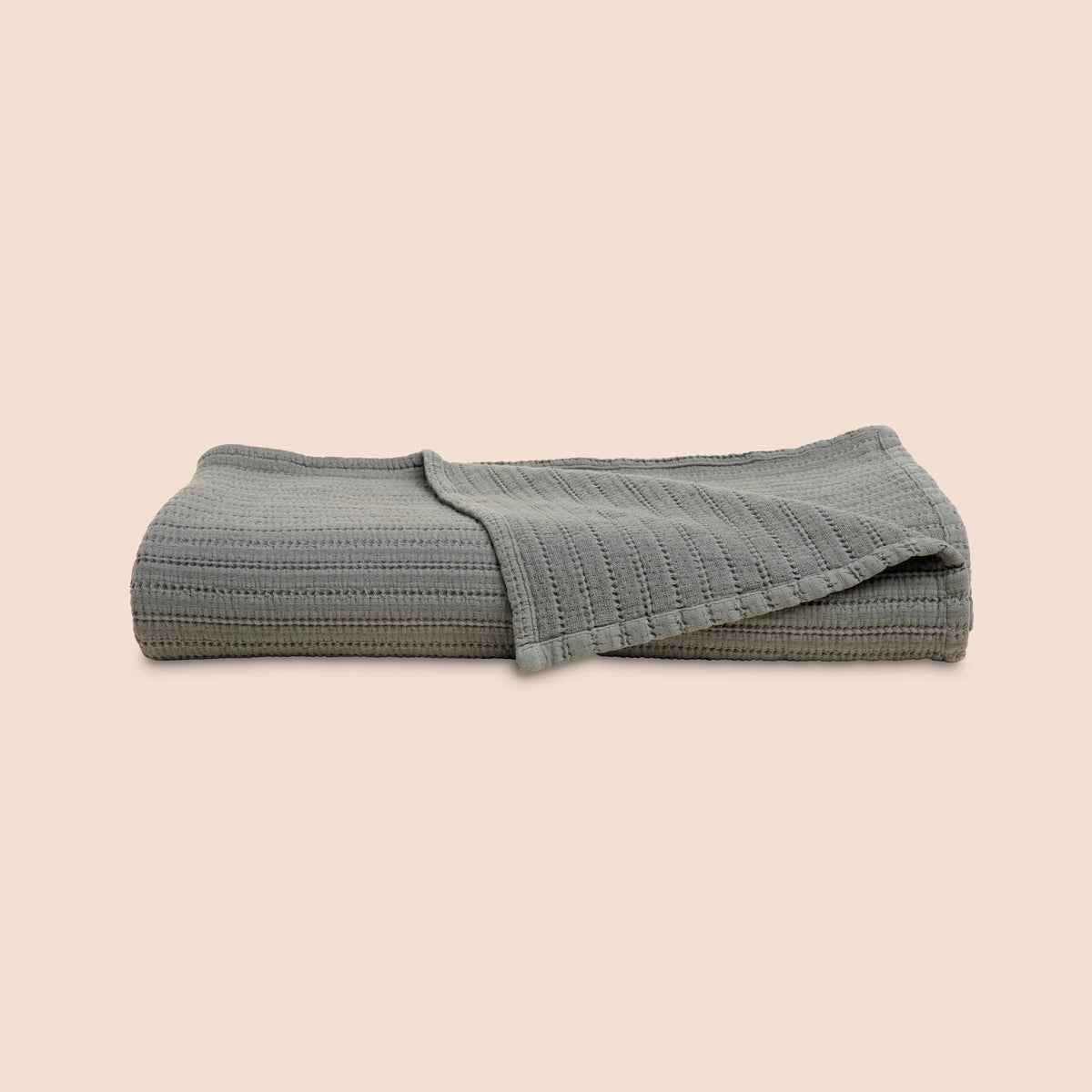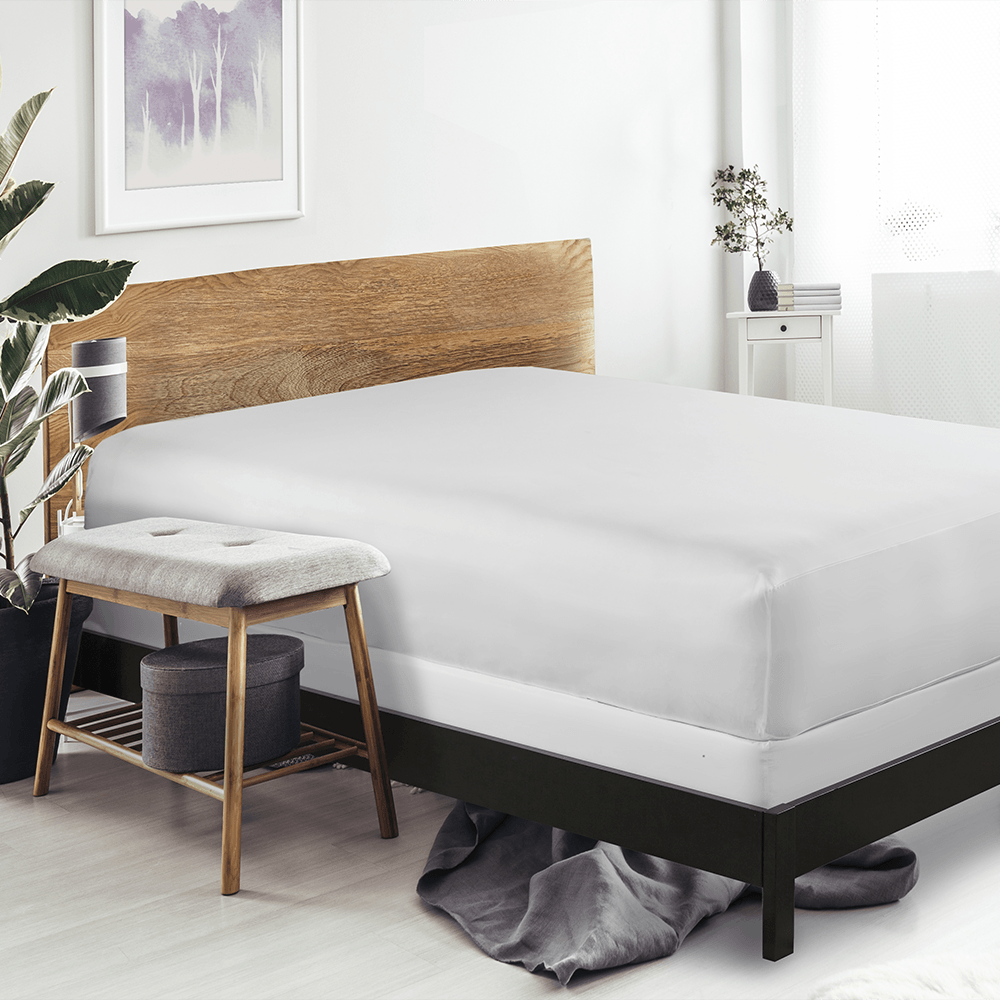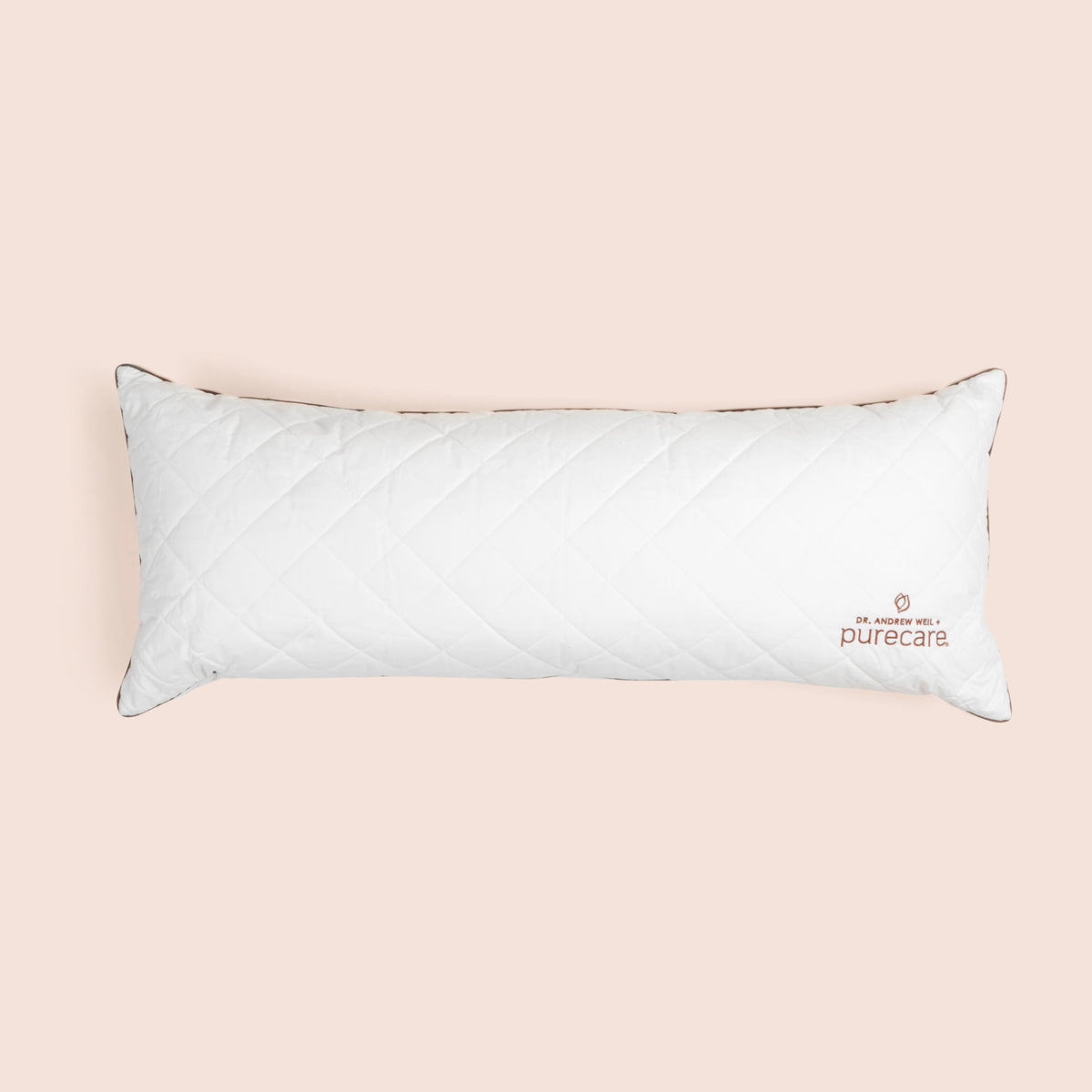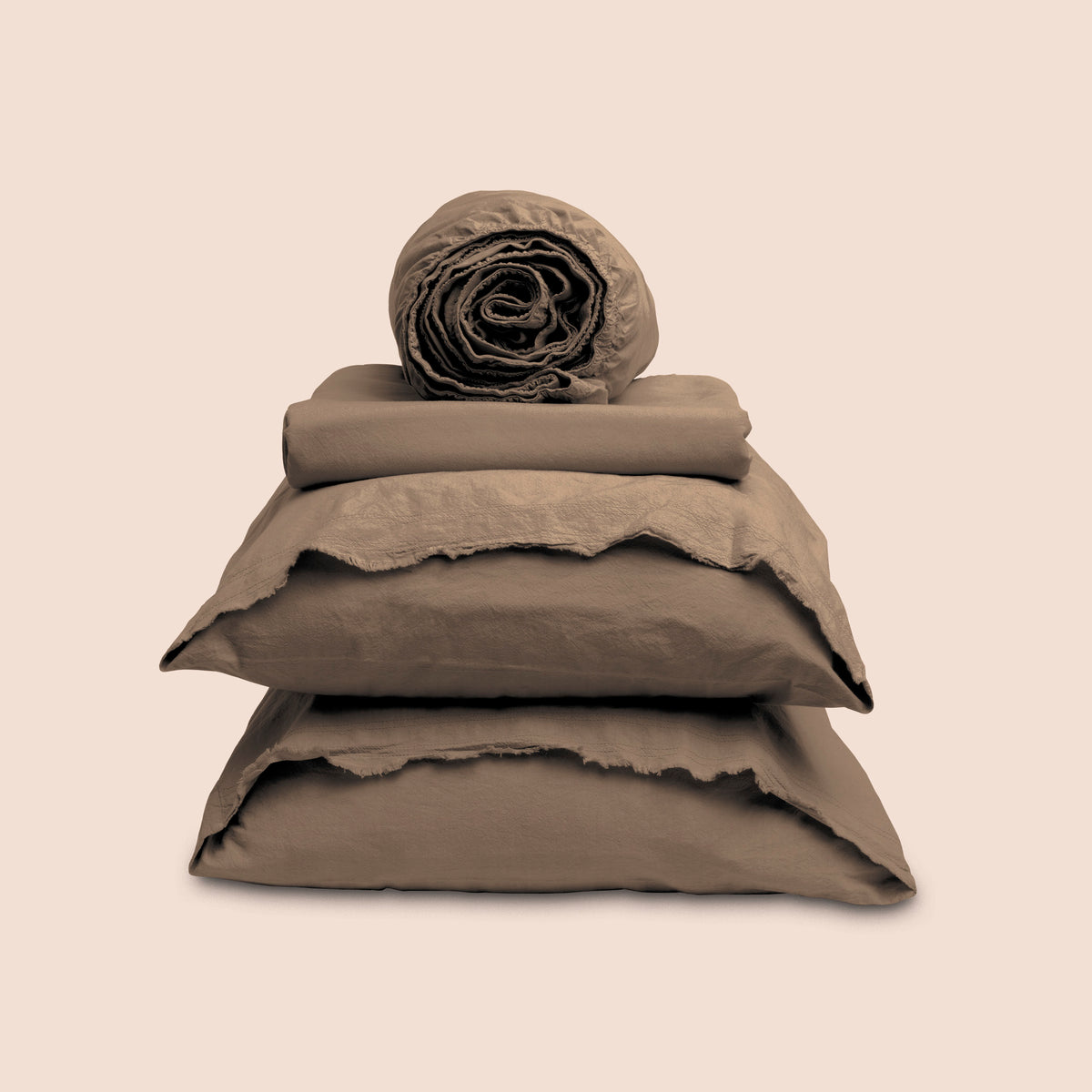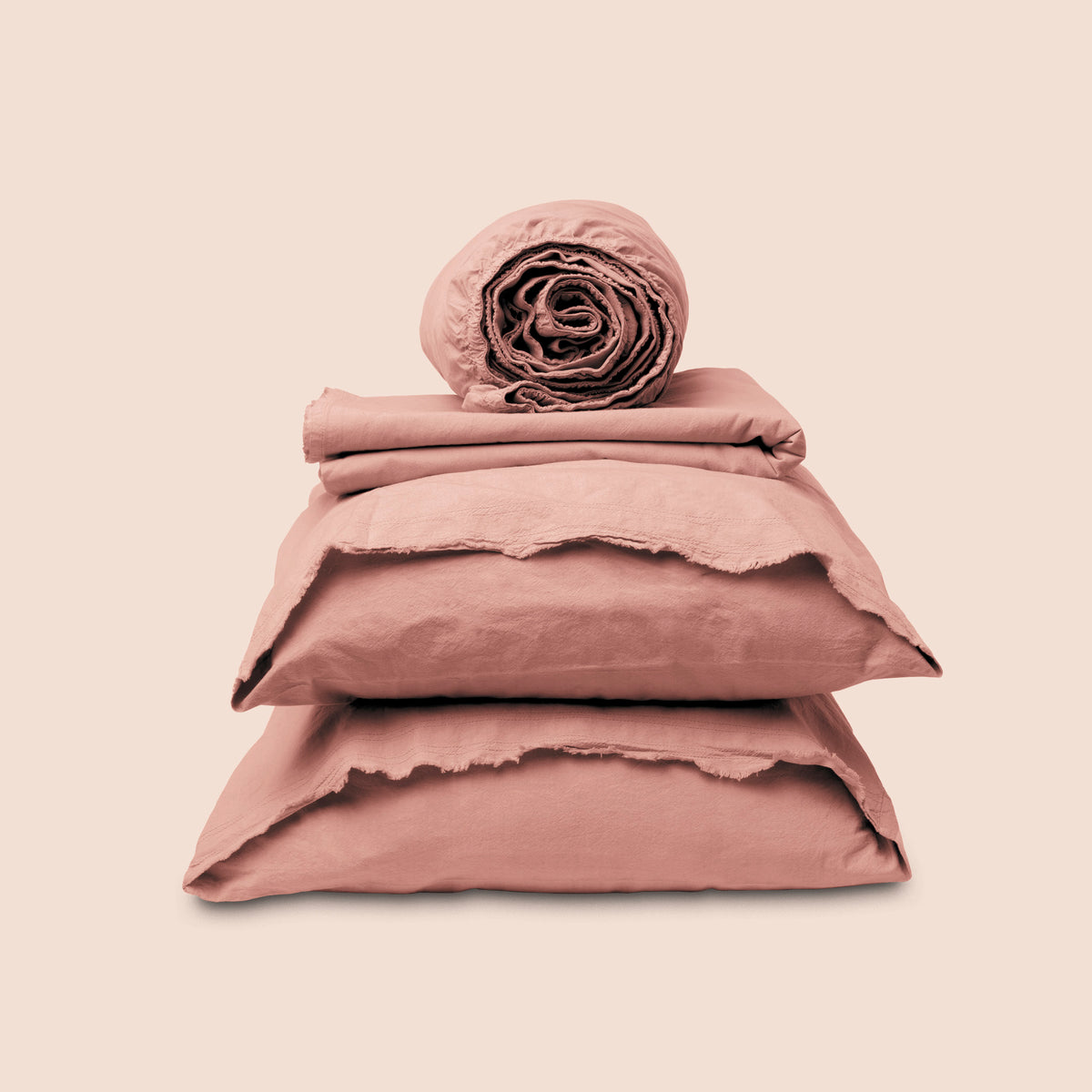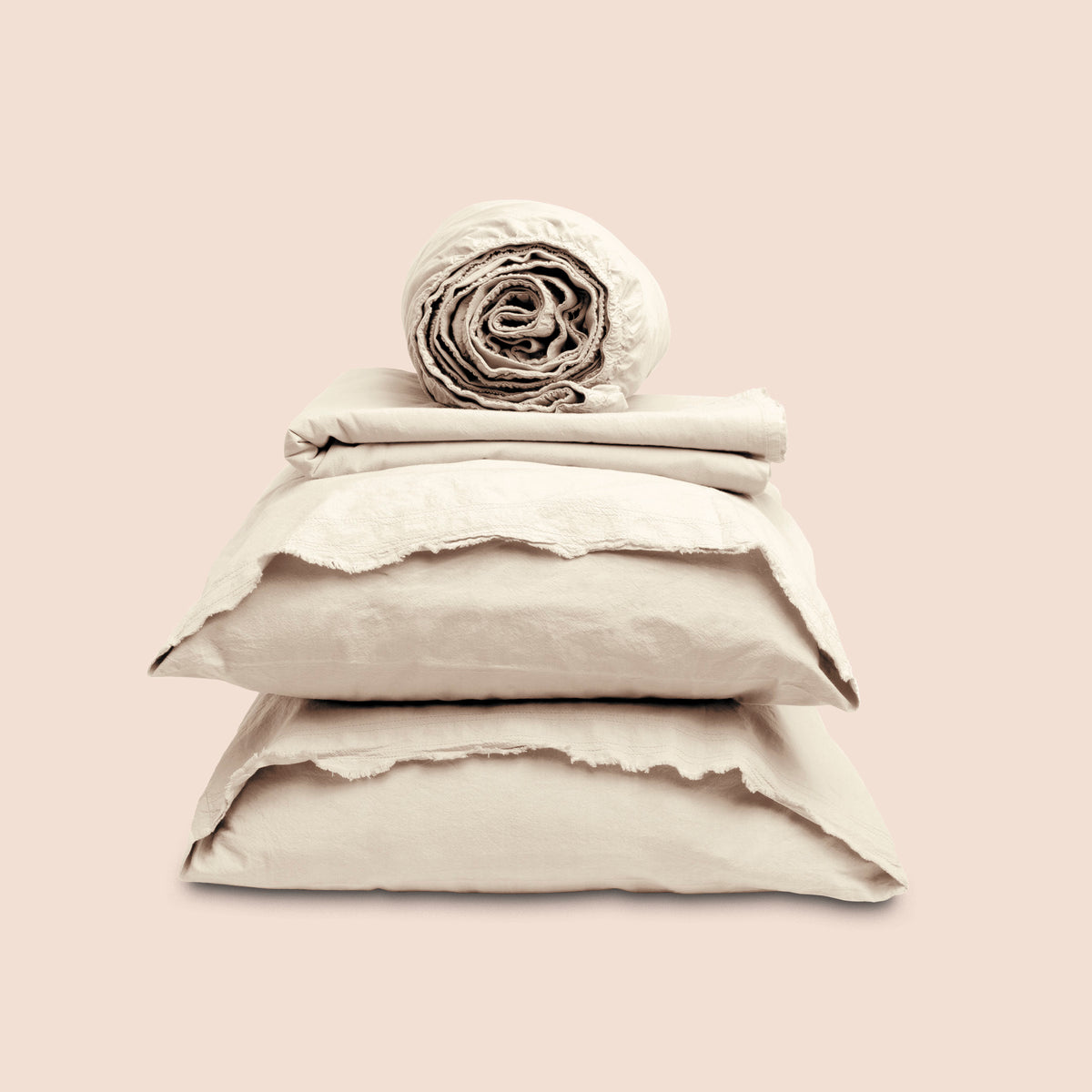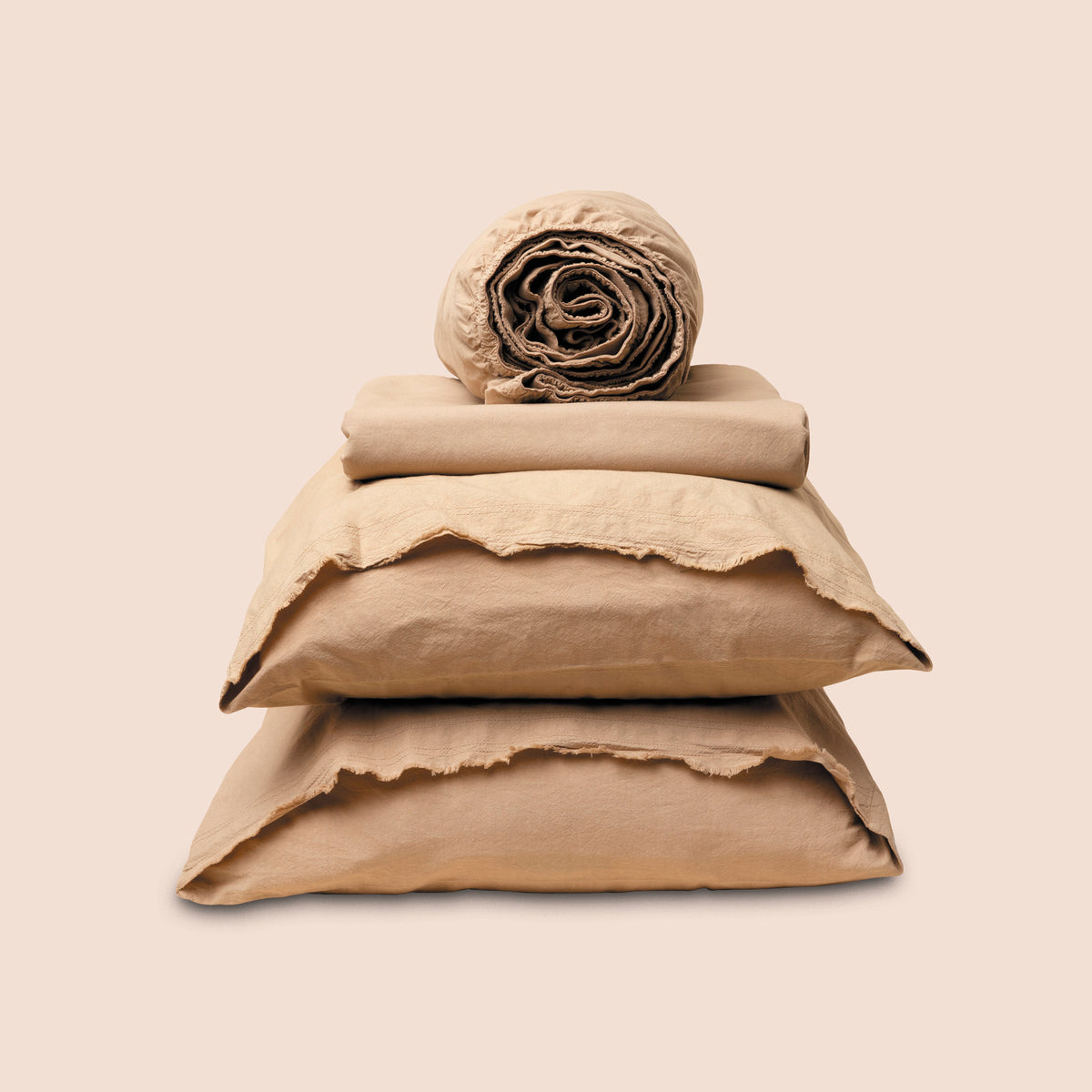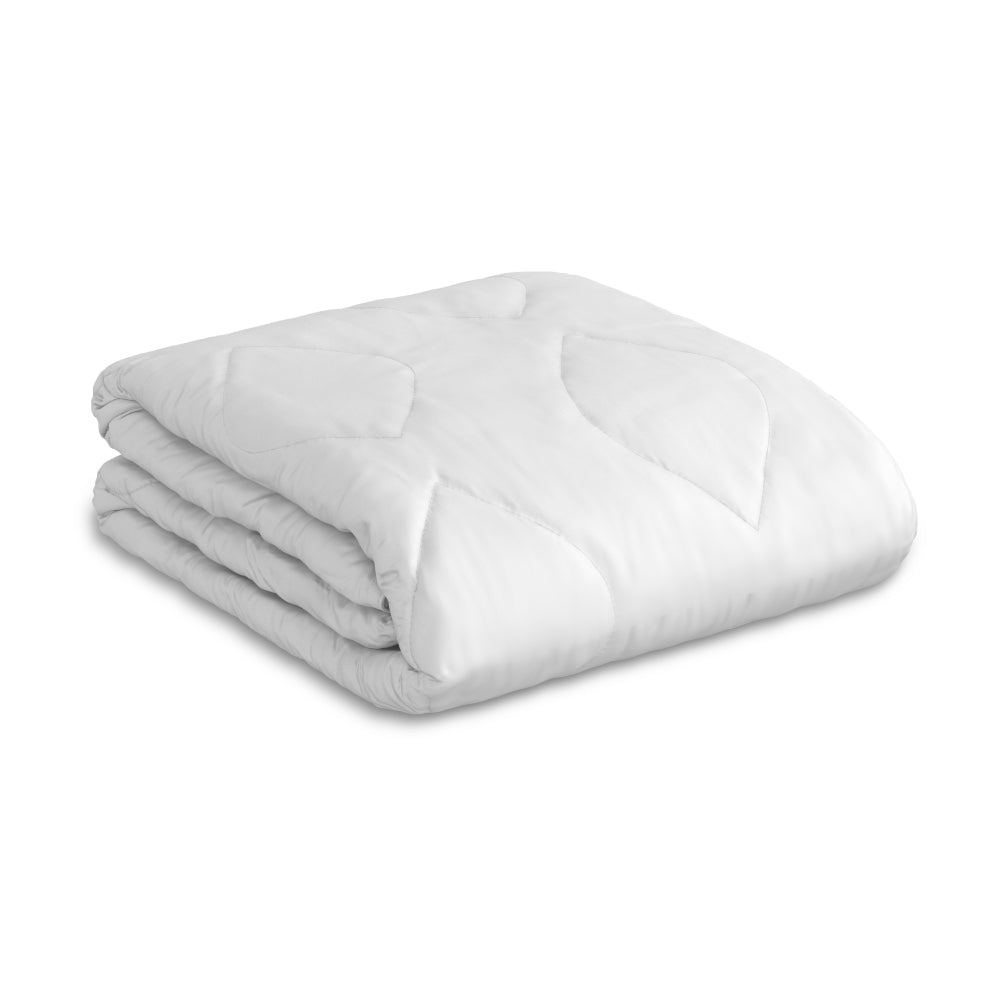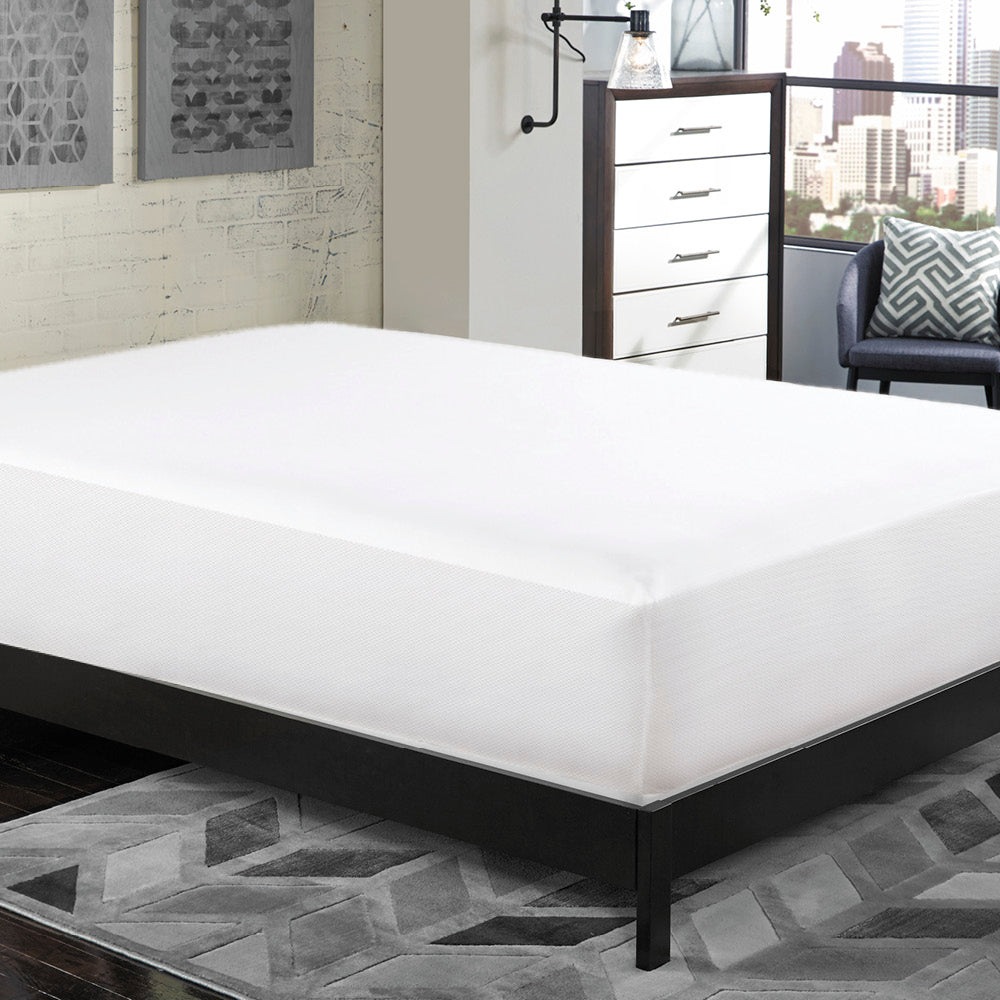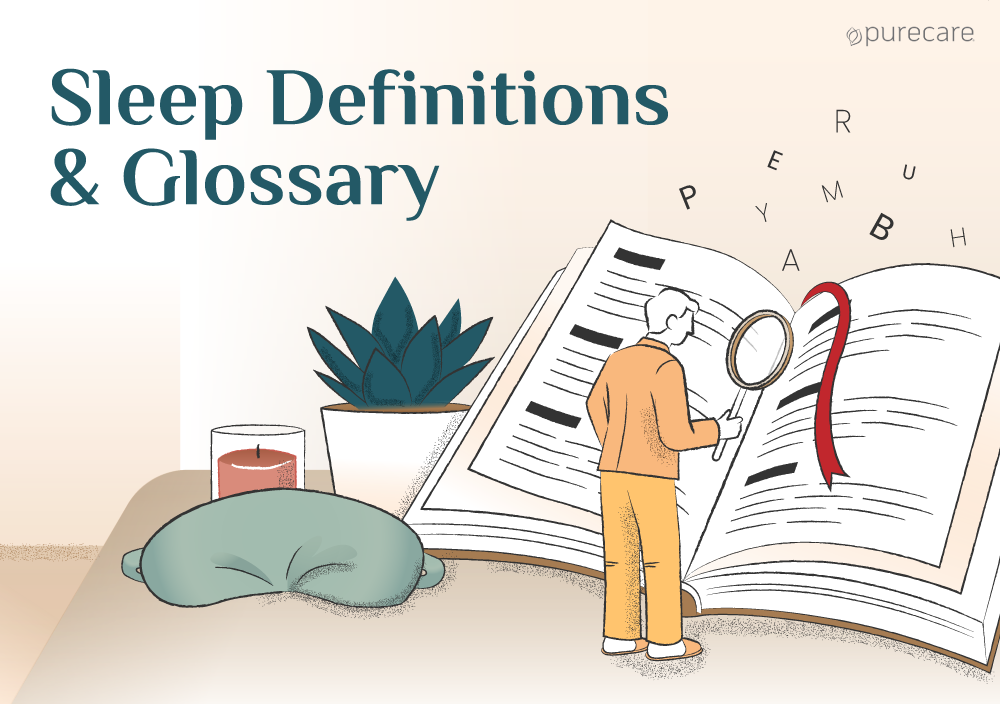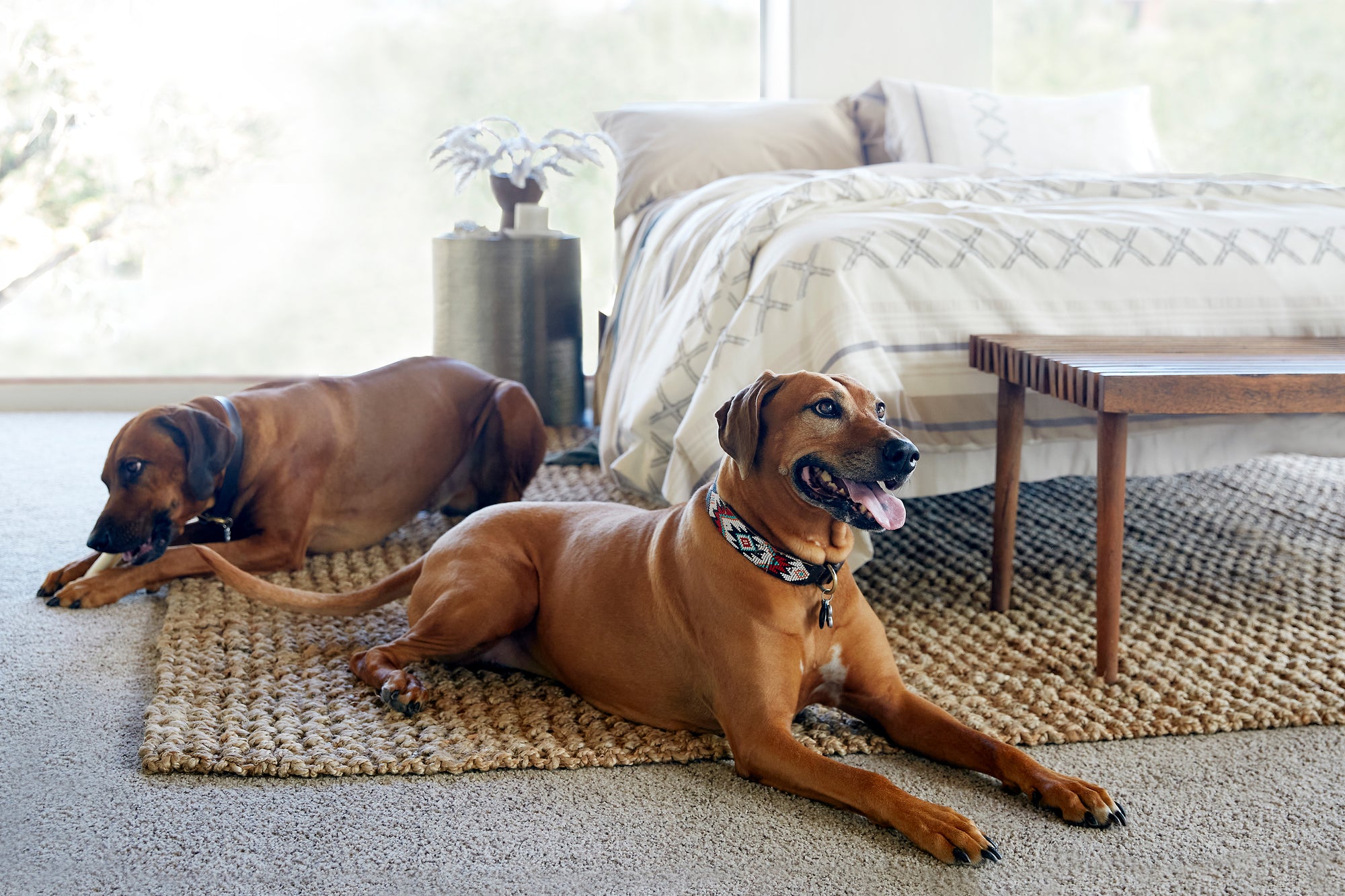Sleep is a biological necessity, but that doesn't mean that we all do it the same. From pressing the snooze bar to staying up worrying about elections, our sleep habits, hacks, and even problems differ from person to person.
We wanted to get a sense of sleepers' best habits as well as ways their sleep and sleep health have changed over time, what struggles with sleep have emerged, and what new sleep trends are helping us find our best night's rest. So we sampled some of the best facts and statistics about sleep from across the world. If you have ever wondered how everyone else is sleeping, take a peek at the state of sleep in 2024.
Sleep Hygiene and Bedtime Habits
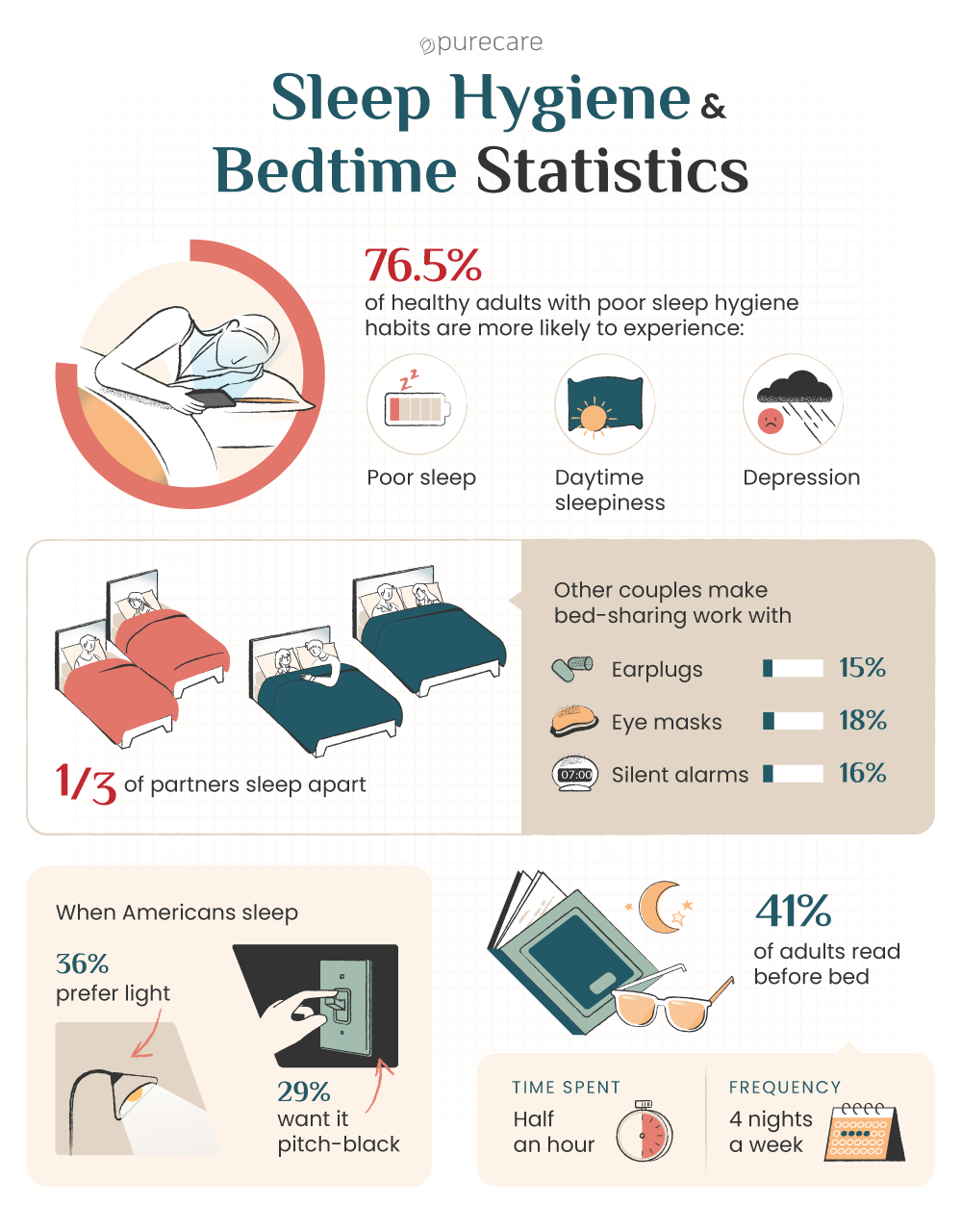
Sleep hygiene, referring to bedtime habits that make for restful sleep, is over 120 years old. 1899 was a banner year for sleep hygiene, which appeared in US newspapers for the first time. It was defined as "a sufficiency of rest repairs and strengthens; too much rest weakens and makes soft."
Neglecting a bedtime routine makes sleepers over 20% more likely to experience poor sleep. 76% of healthy adults with poor sleep hygiene suffer from poor sleep, daytime sleepiness, and depression.
Darker isn't necessarily better. 36% of Americans prefer some light, compared to 29% who opt for a pitch-black environment when they sleep.
Adults enjoy storytime. 41% of adults read before bed. It's part of their bedtime routine, and on average, they spend just over half an hour immersed in a book before falling asleep four nights per week.
We make compromises for our partners. While a third of partners sleep apart, others make bed-sharing work with earplugs (15%), eye masks (18%),
In Our Dreams
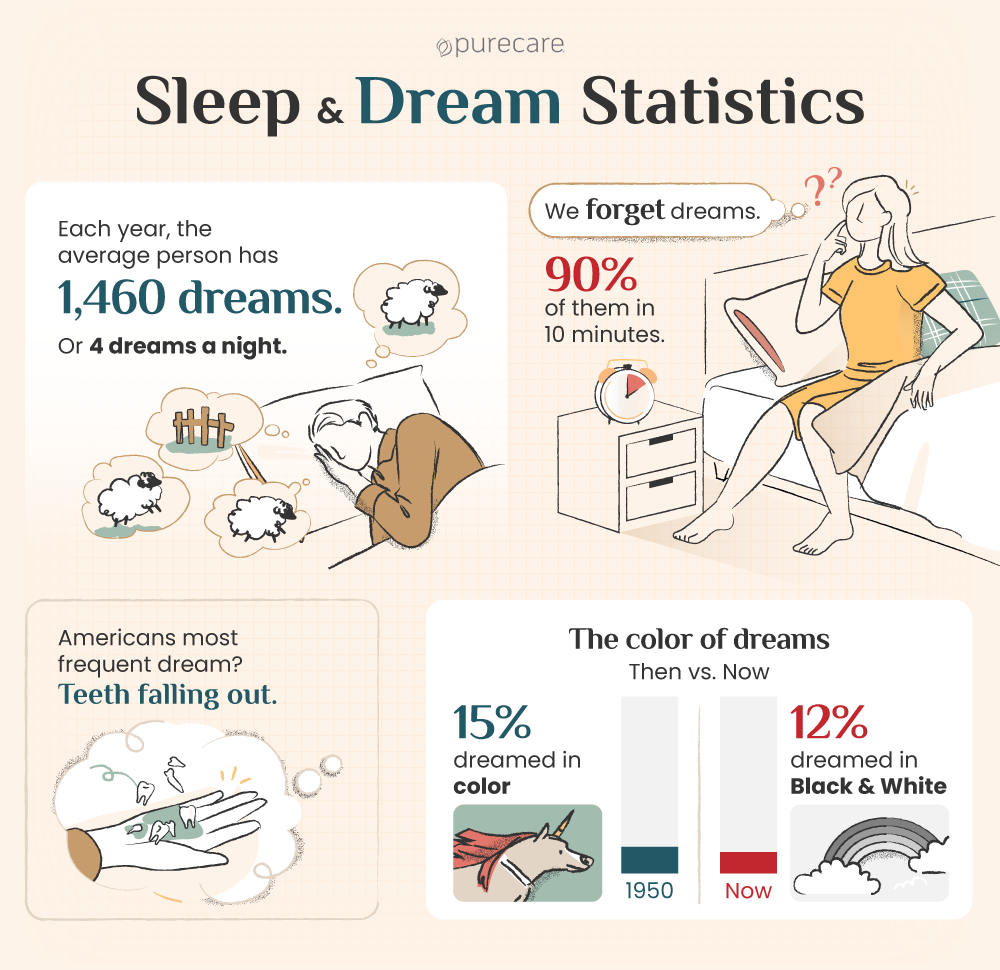
We dream much more than we know. The average person has 1,460 dreams per year (about 4 per night). Unfortunately, we tend to forget 90% of our dreams within 10 minutes.
Our pearly whites worry us in our dreams. The most common dream in the US is that our teeth are falling out.
12% of us dream in black and white. For our grandparents, the figure was much higher. In the mid-1950s, only 15% of us dreamed in color. Researchers even speculated that color dreams could be signs of psychological problems. Black and white dreaming plummeted in the 1960s.
Dreaming helps us remember...as well as forget. Because fetuses and newborns spend most of their sleep time in the rapid eye movement (REM) sleep stage when dreams occur, many believe dreaming is key to consolidating and internalizing what we experience during our waking hours. However, Francis Crick, of DNA-helix fame, has suggested that dreams exist so we can sort through and pare memories we don't need, "forgetting" information that's taking up valuable space in our brains.
We’re paralyzed in our dreams. In REM sleep, we experience muscle paralysis, also called muscle atonia, that makes it hard for us to act out our dreams. REM behavior disorder occurs when we maintain the use of our muscles while dreaming.
Sleep paralysis affects around 8% of the population. However, the number of people reporting sleep paralysis incidents ranges from 1.7% to 40%, with students suffering most. While it was once thought to indicate a nighttime encounter with a demon, the scary sleep disturbance that sometimes includes the belief that a figure is hovering above the sleeper is now more likely associated with parasomnias like narcolepsy.
Bedrooms and Bedding

An ambitious clockmaker invented the first alarm clock. He wanted to make sure he could get up early enough to sell plenty of clocks. The New Hampshire salesman made the device just for himself, setting it for 4:00 a.m. daily.
The ancient Chinese used duvets. One archaeological find suggests that duvets, or large bags filled with natural duck or goose down, were used 5,000 years ago. They caught on.
Chimpanzees invented the pillow. They're likely over 7,000 years old and made of wood, just like those preferred by chimpanzees, who were the first great apes to use wood block pillows while sleeping in trees.
Before fitted sheets, one French empress had her flat sheets re-sewn to her mattress daily. That’s because the fitted sheet is a fairly new invention. It was patented in 1959.
Today, comforter-sharing is a point of contention. 41% of Americans say they prefer to have their own comforter at night rather than sharing, even when they share the same bed with a partner.
Older Americans prefer top sheets. A recent poll showed that 70% of sleepers over the age of 70 always use a top sheet, while just 35% of 18 to 24-year-olds do.
How Much Sleep Do We Need?

Seven to ten hours is the sweet spot. While we need at least 7 hours a night, according to a study by the Centers for Disease Control and Prevention (CDC), more than 10 hours of sleep can predispose you to chronic diseases.
Ten hours isn't too much...if you're five years old. It turns out that 10 hours of sleep per night is associated with kindergarten success.
Four hours of sleep per night for 5 days straight can impair your cognitive ability as much as if you were drunk. Sleep deprivation, even measured by the hour, can take a toll on productivity.
Sleepy people rate the same pain as worse than those who aren't feeling tired. That might be because hormone levels change from day to night, which can impact how we perceive pain.
You don't need your 8 hours all at once. A single, uninterrupted night's sleep is a new concept. Until the Middle Ages, “biphasic” sleep let people stoke the fire and sleep in safe (i.e. partial daylight) conditions, so the practice has fallen out of favor.
But you need to cycle through all sleep phases. According to the Director of the National Center on Sleep Disorders Research, you need a certain number of hours per. night so you can cycle through all sleep phases, allowing your body to rest and repair.
How Much Sleep Do We Actually Get?

We don't get enough sleep. One-third of Americans report they're not getting the 7 hours of sleep recommended for adults by the CDC. While 1 in 3 of us feel drowsy, the problem is most common among older adults.
There are regional differences in sleep insufficiency. New research in 2024 indicates that the Americans with the fewest indicators of insufficient sleep live in the Far West.
We got more sleep in the 1940s. In 1942, we slept an average of 7.9 hours per night. By 2013, that number tumbled more than an hour, to 6.8 total hours per night.
The middle-aged sleep the least of all. With children at home and careers to nurture, 40-year-olds sleep less than all other age groups. The amount of sleep Americans get, on average, starts to rebound by age 50.
The Dutch sleep the most. They log 8 hours and 5 minutes every night. But there are 5 countries where residents report more than 8 hours per night: The Netherlands, New Zealand, France, Australia, and Belgium.
Who gets the least sleep? That's Singapore, logging just under 7 hours and 24 minutes per night.
Need a sleep role model? Look to the koala. It sleeps 20 to 22 hours per day. However, if human newborns were listed among the animals that need the most sleep, they'd come in at #8, with 16 daily hours of slumber.
What Happens in Our Sleep?
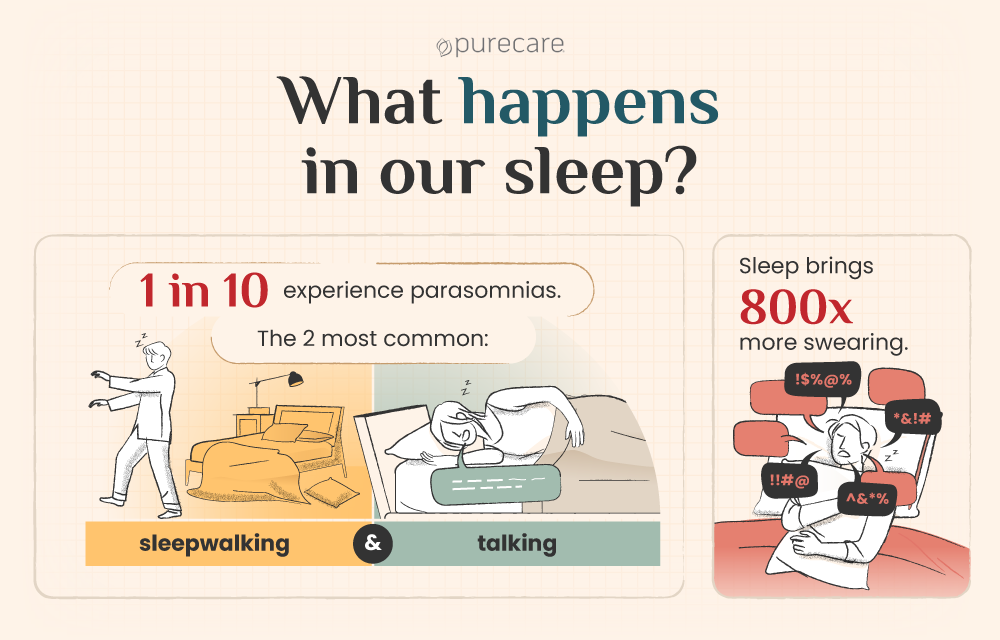
We practice new skills asleep, with our brain neurons firing in the same order they did when we did new tasks during our waking hours. Scientists think this is how we make new long-term memories.
6 to 8% of participants reported sexomnia, participating in sexual activity while asleep. It's more likely to occur in conjunction with other sleep disorders.
When we talk, we let it all out. About 10% of the speech we utter while asleep is swearing. In fact, we swear 800 times more often while sleeping than we do in regular speech.
One lifelong sleepwalker and orchestral conductor has not only taken strolls in his sleep but once sat up in bed and sang out all the parts of a symphony while conducting. The downside: his wife recorded the incident.
About 10% of us experience parasomnias. We experience episodes where the normal rules of REM sleep are broken, and we're able to move (or even conduct a symphony) in our sleep. Sleepwalking and talking are the two most common parasomnias. While 7% of us have experienced an episode of sleepwalking, it's most common in children.
We maintain our weight while we're asleep. That's because sleep hormones respond to our sleeping body's diminished need for energy. Hormones that control feeling full, as well as those triggering hunger, get balanced. One study finds that even just a few nights of restless sleep puts us at greater risk for obesity and diabetes.
Not Enough Sleep?

Sleepiness behind the wheel can be deadly. 100,000 motor vehicle accidents occur in the US each year because the driver falls asleep while driving. Of those, 1,550 Americans died.
Almost all workers are tired. One report asserts that 97% of workers have at least one risk factor for workplace fatigue, while over 80% have 2 or more. Since 13% of workplace accidents are caused by fatigue, getting a good night's sleep cuts your risk of injury.
Increasing your sleep from 5 hours to 7 hours per night cuts your risk of workplace injury by a factor of 3.
While 44% of American workers say they're experiencing physical fatigue, a 38% increase from 2019, more feel worn out in other ways. More than a third say they also experience "cognitive weariness" while 32% claim "emotional exhaustion."
Low and middle-income sleepers, as well as women, are more likely to use sleep medication to get to sleep. According to the CDC's National Health Interview Survey, 10.2% of women and 6.6% of men take medication to get to sleep. Sleep aid use is lowest among high earners.
Sleep Disorders
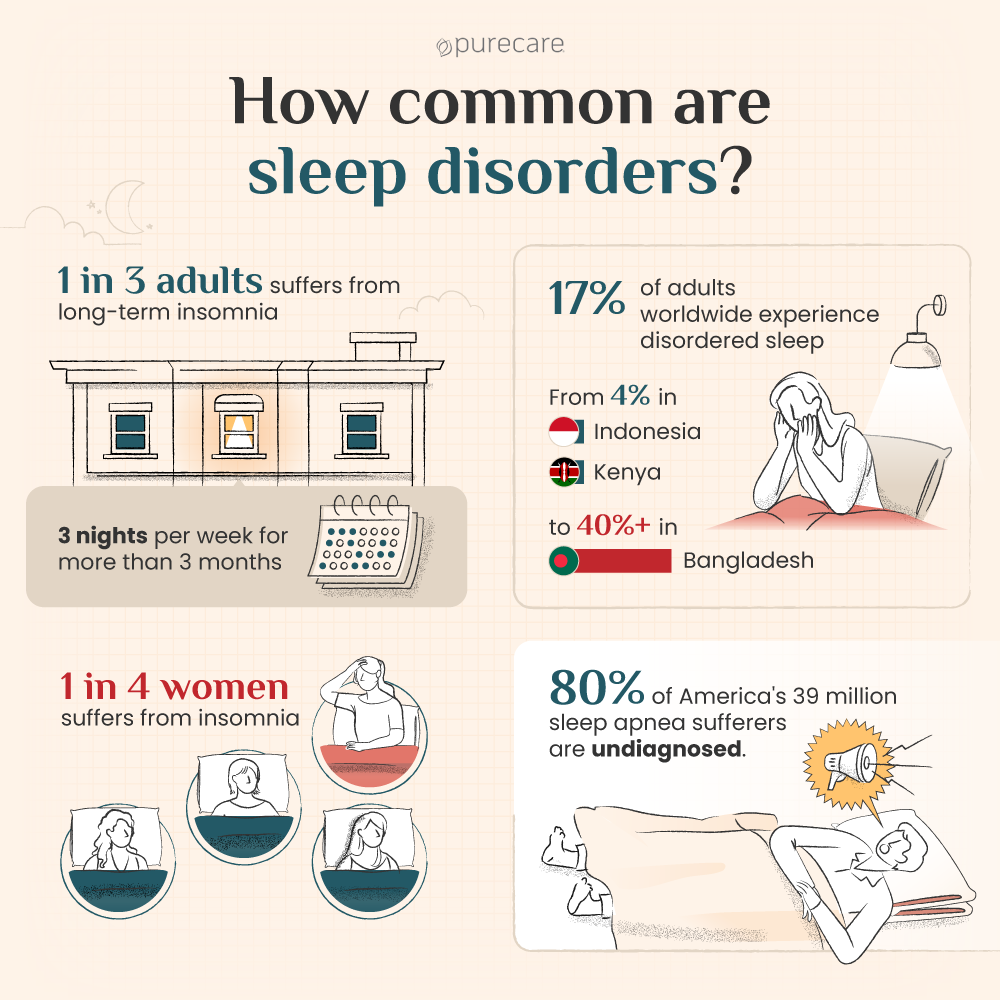
Insomnia is common. Over 40% of Americans say they've experienced trouble getting or staying asleep over the last year, according to a 2023 sleep survey from US News. It's one of the most common healthy sleep problems facing Americans.
Chronic, long-term insomnia is also common. One in 3 adults suffers from long-term insomnia, lasting 3 nights per week for more than 3 months.
Sleep disruption is gendered. Women are more likely to experience disrupted sleep across all life stages compared to men. Overall, 1 in 4 women suffer from insomnia. Sleep health is a keystone of women's health.
Disordered sleep is a global issue. Worldwide, about 17% of adults experience disordered sleep. But the numbers vary greatly, from just 4% in cities in Indonesia and Kenya to over 40% in Bangladesh.
Sleep Apnea is nothing to snore at. Eighty percent of America's 39 million sleep apnea sufferers are undiagnosed. And that's a problem, since treatment comes with serious benefits, like lower blood pressure.
Going without sleep is dangerous. But we don't know exactly how long it takes to kill you. Here's what we do know: in 1963, teenager Randy Gardner went just over 11 days without sleep.
Rats die after two weeks deprived of sleep, and holding out just 3 days can be "very dangerous," leading to hallucinations, paranoia, and eventually, brain disorganization that causes organ failure and death.
West Virginia is the state most concerned with sleep disorders. Based on the number of Google searches on sleep disorders, West Virginia is suffering the most. Their top concerns? Restless leg syndrome and narcolepsy, and they rank #1 in the country for both.
New Trending Sleep Habits on Our Radar for 2024

Mattresses are getting smart. One 2024 study investigated how to distribute pressure evenly across a sleep surface, making way for future product development to keep our bodies perfectly aligned and supported all night long. Another used machine learning and pressure sensors to assess body position accurately – so get ready for artificial intelligence breakthroughs in sleep science.
Wearables, rings, and apps that monitor your sleep are surging in popularity, with 21% of survey respondents saying they help them get better sleep. New products, like alarm clocks that wake you during your ideal sleep stage build on these technologies, promising more ideal mornings.
According to the American Academy of Sleep Medicine, US patients increased their use of telemedicine 68% even before the pandemic helped lower barriers even more. And today, usage is 15 times higher than it was before the pandemic.
Sleep wellness is a rising star. About a fifth of Americans have adopted some kind of sleep innovation. But a much larger 34% of adults want to. That's the biggest gap between desire and doing among all wellness categories.
Going natural is popular in 2024. Google searches for sleep supplements have risen 28% this year. That's outshining Google Trends results for specific supplements like melatonin (up 3%), valerian (up 1%), chamomile (up 3%), and even trendy newcomer apigenin, a flavonoid found naturally in chamomile (up 85%).
May of them work! Valerian has been shown to improve sleep for 81% of users.
Elderberry's use as an ingredient in sleep aids has skyrocketed 1400%.
Scandinavian Sleeping is totally Hygge. Couples share a bed, but separate their sleep spaces and bedding. The trend's been searched 10% more this year than last, but has rocketed in popularity in fall 2023, with Google search volume rising 155% during that time. Want to improve your quality of sleep without heading to the guest room? Scandinavian sleeping may be the answer.
Get Enough Sleep...With Purecare
Sleep's changing.
But here's one thing that's not: our bodies need a good night's rest to be ready to start the day.
The current sleep data and statistics show this isn't always happening. But they also show that we're increasingly interested in how we can transform our modern bedrooms and technology to minimize sleep impacts, get a healthy sleep duration every night, and balance our circadian rhythms with modern life.
Simple ways you can take back sleep include making your bed a place of rest. Cooling bedding can set the stage for comfortable sleep, and soft, moisture-wicking fabric can keep sleepers happy and snoozing soundly longer.
And don’t forget—Mix, Match, and Save up to 40% off all season long when you refresh your favorite sleep wellness essentials with us at purecare.com.
